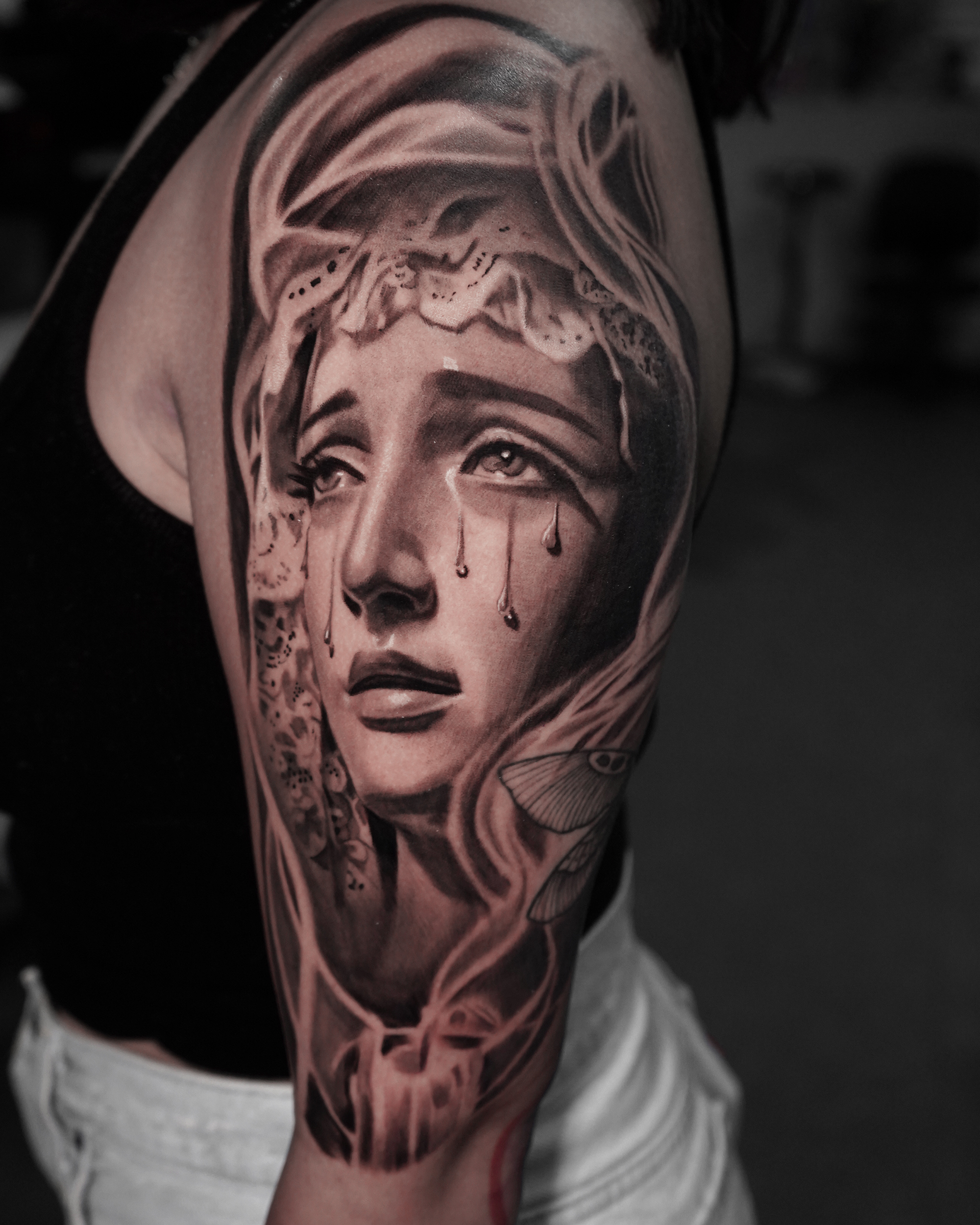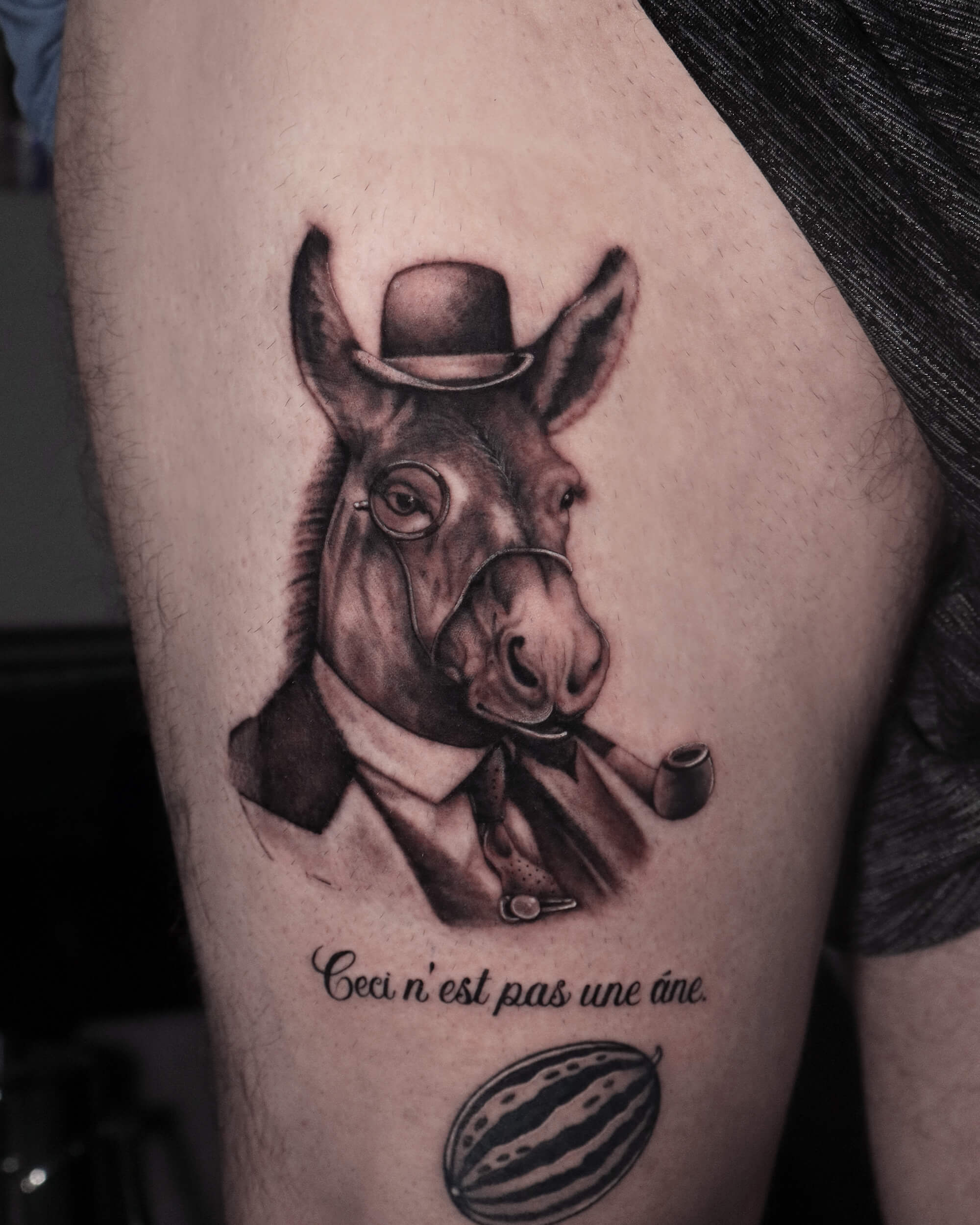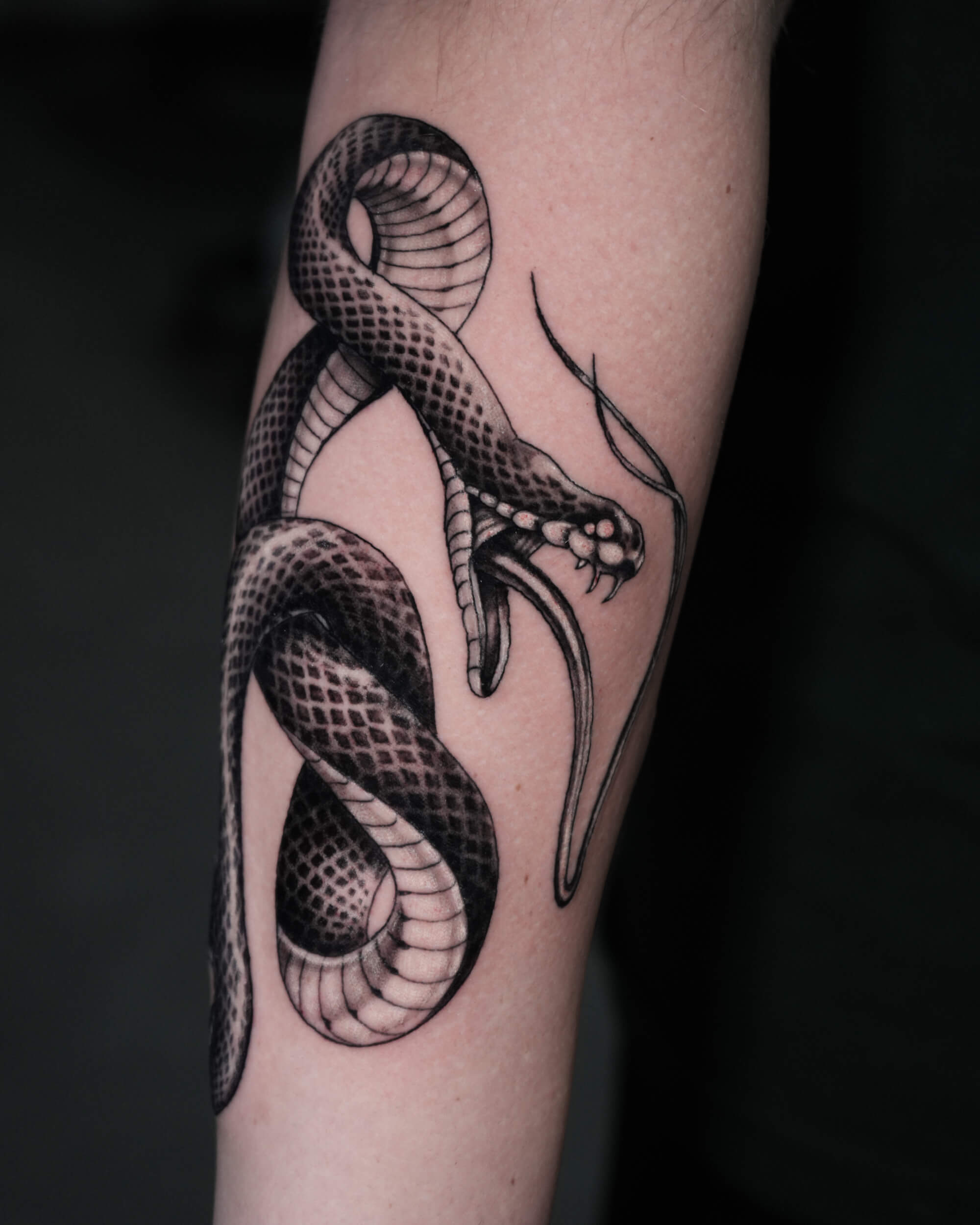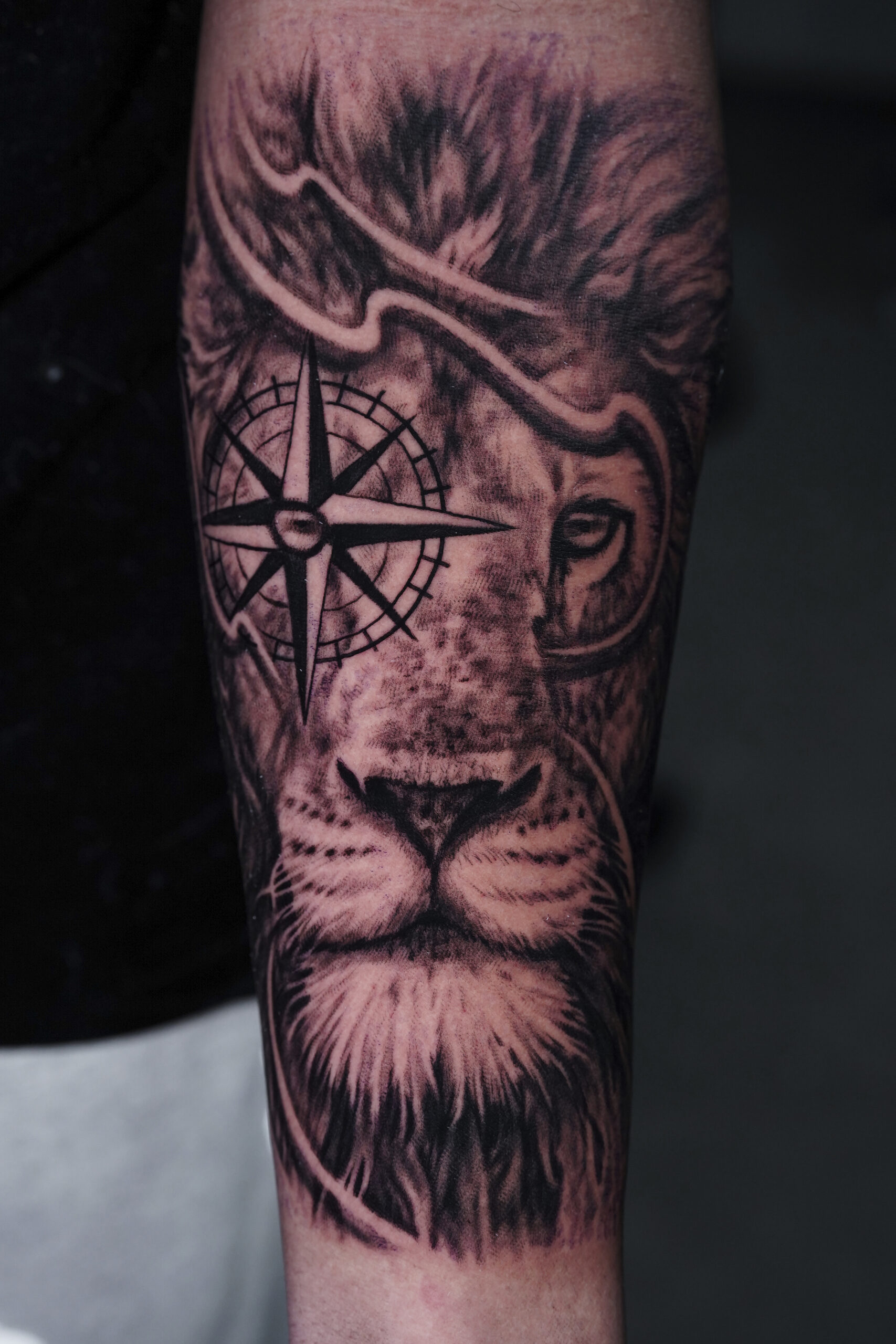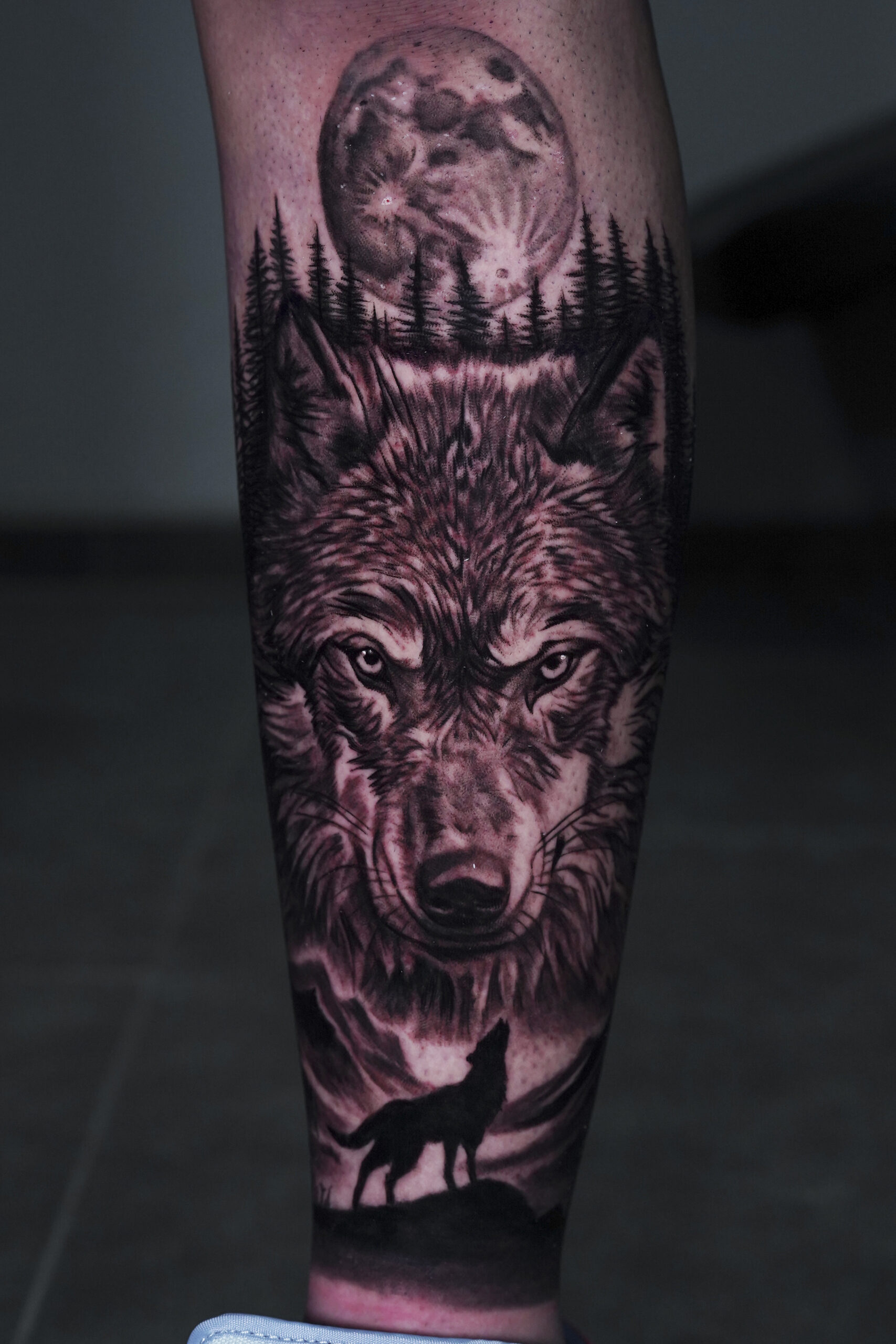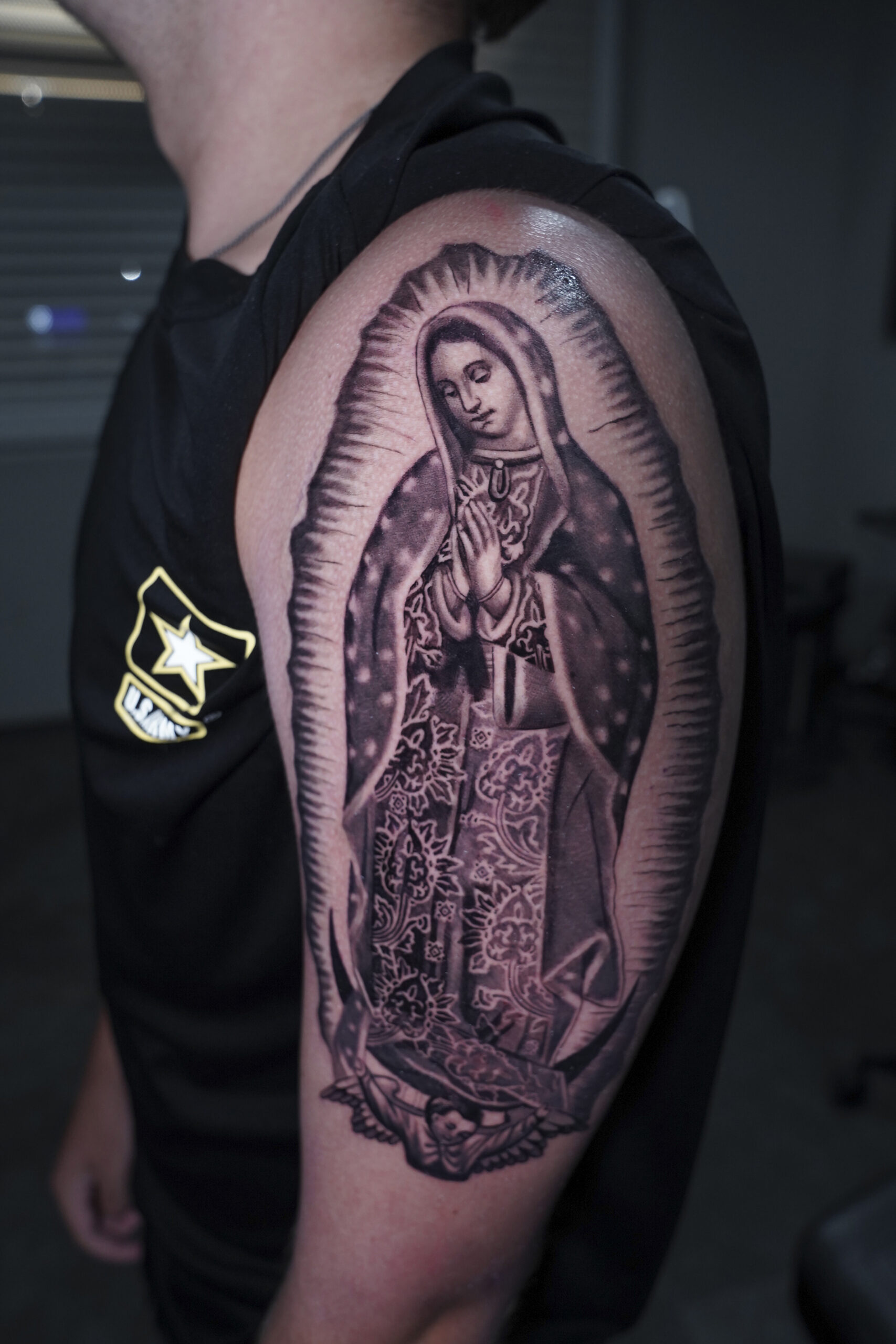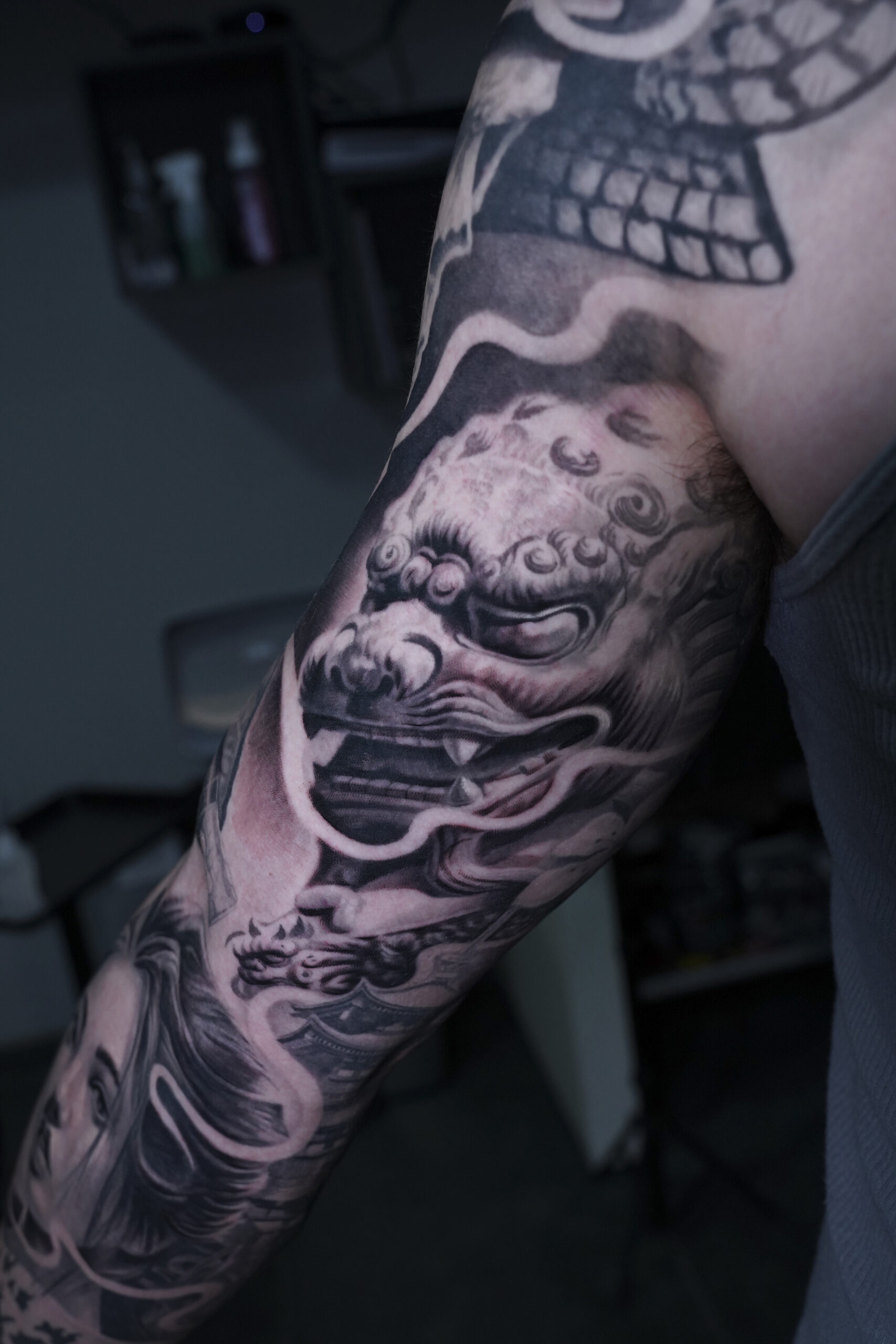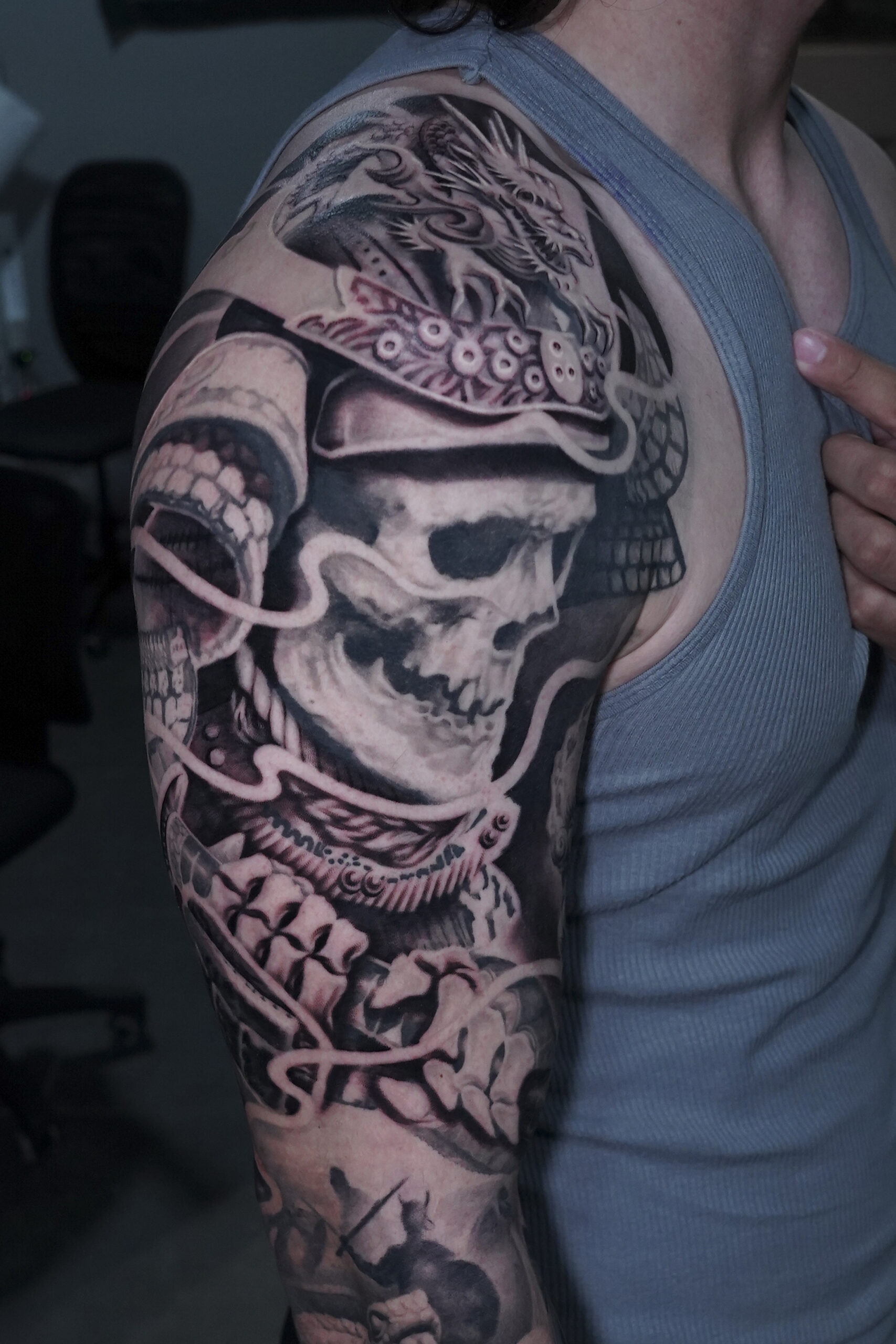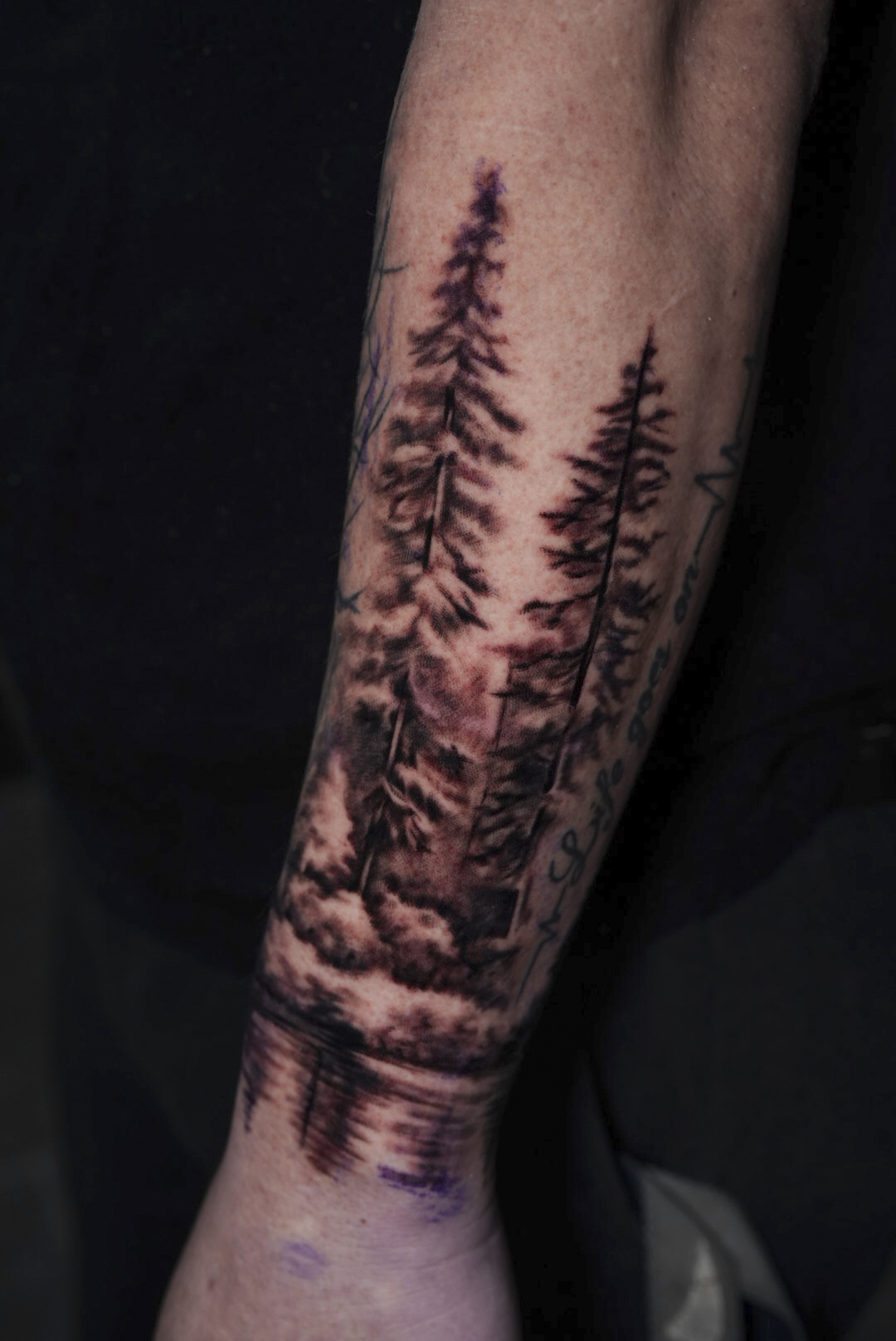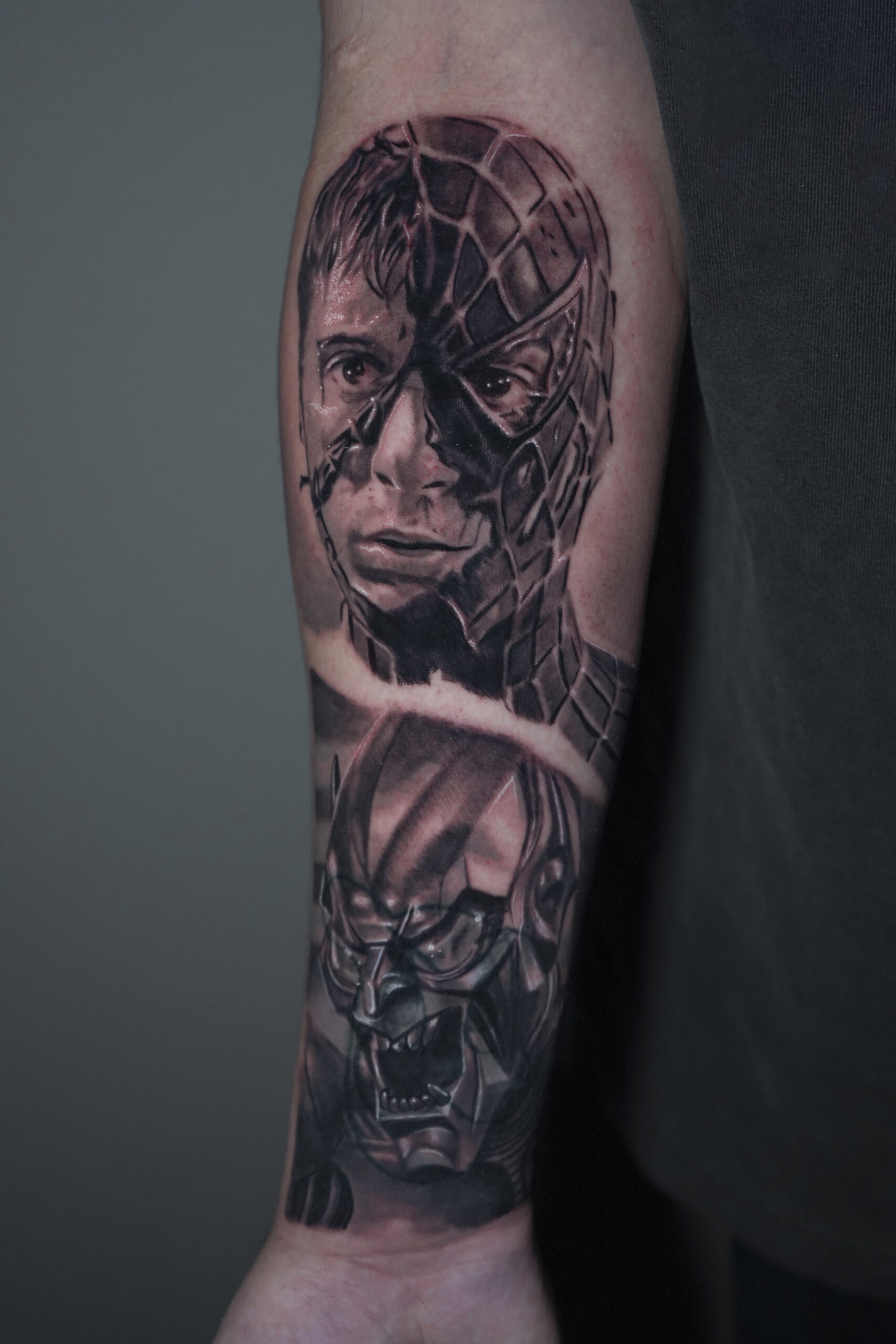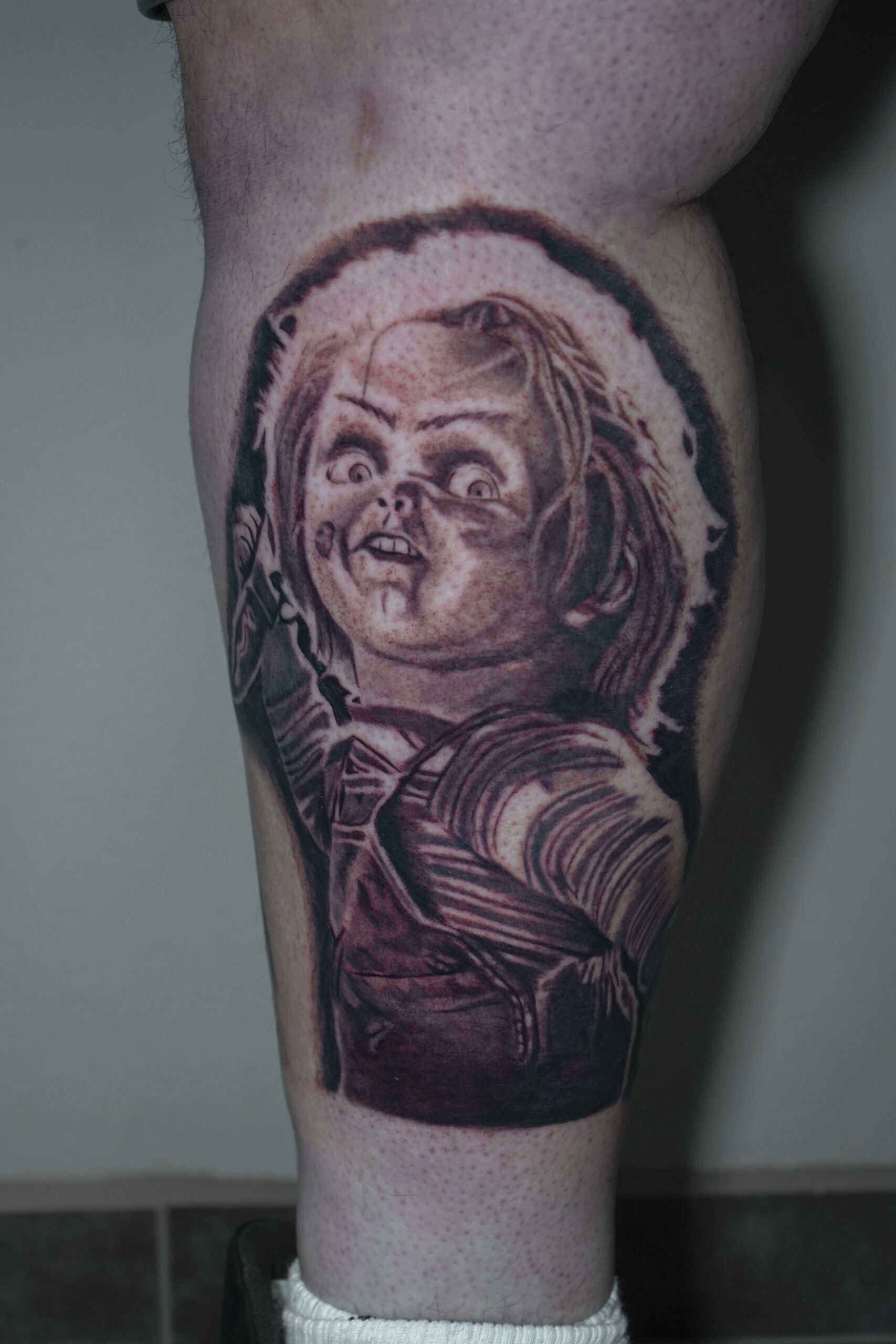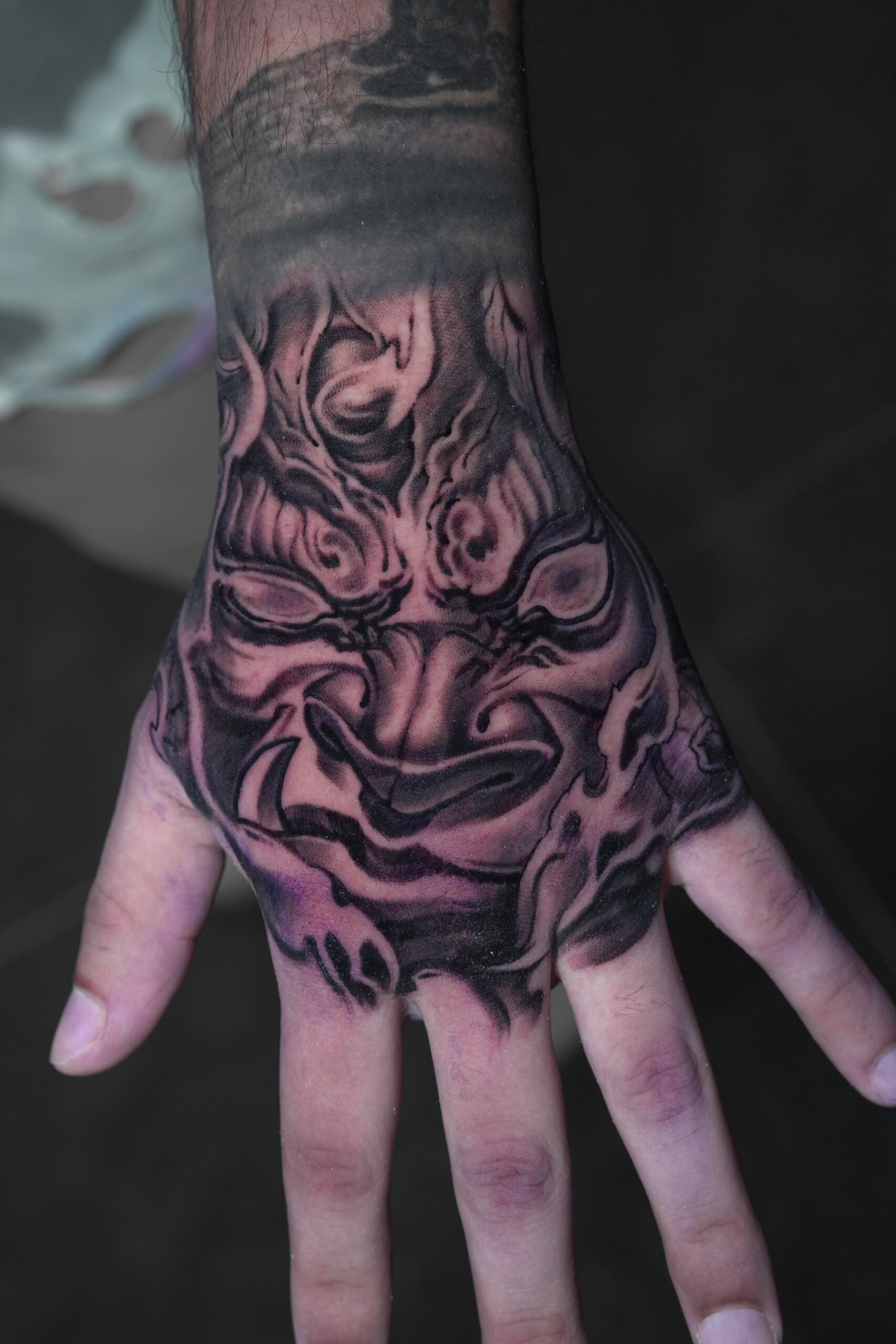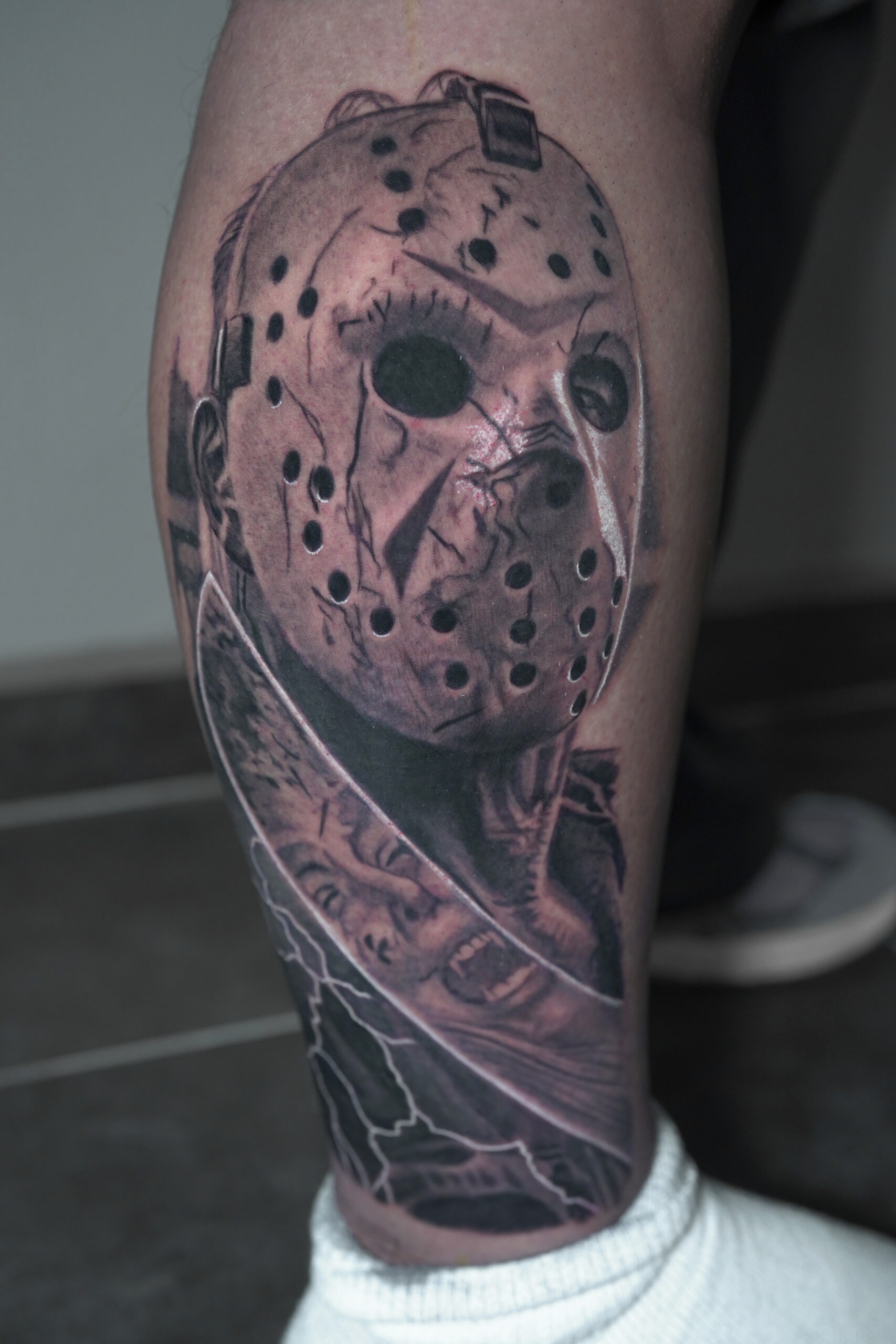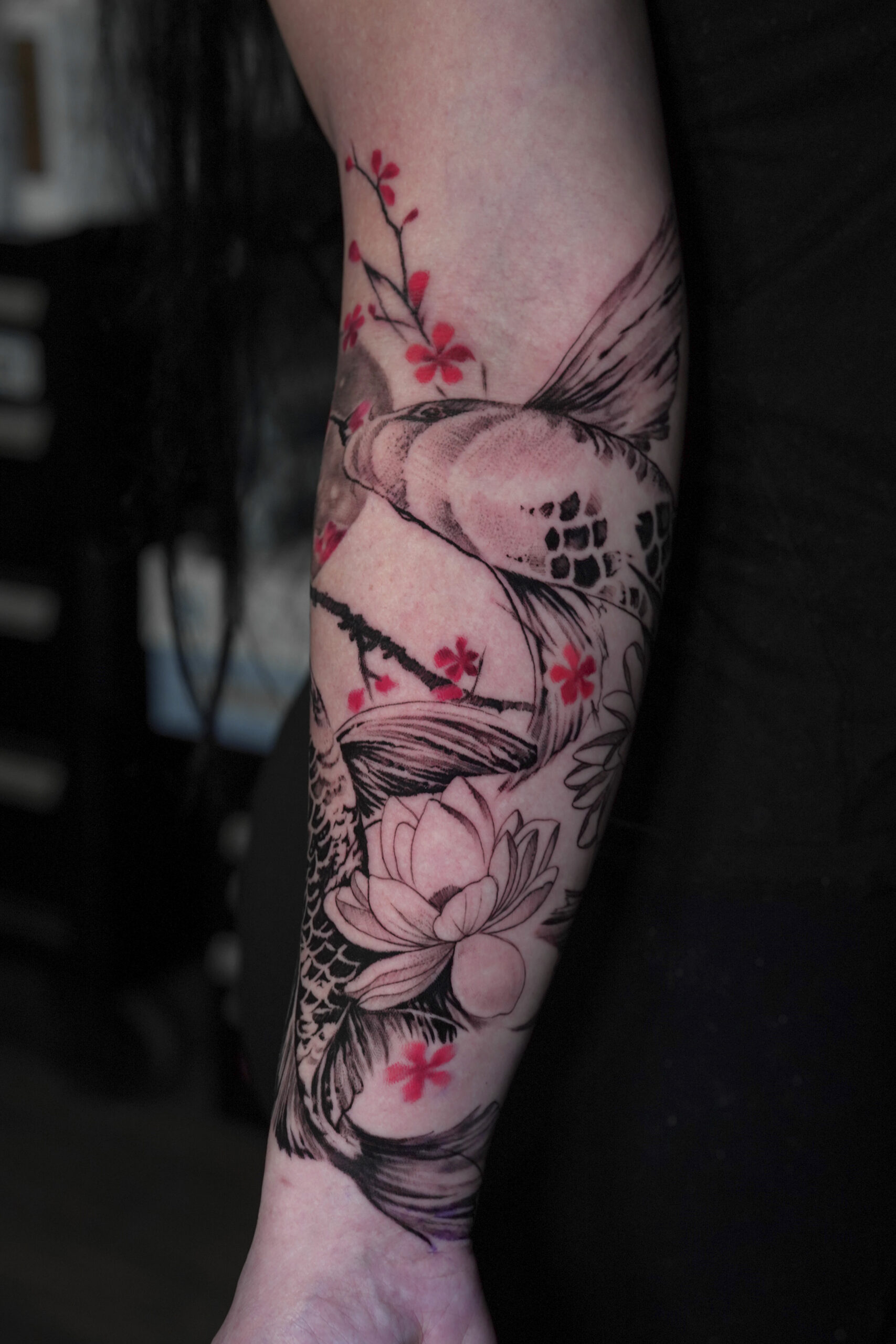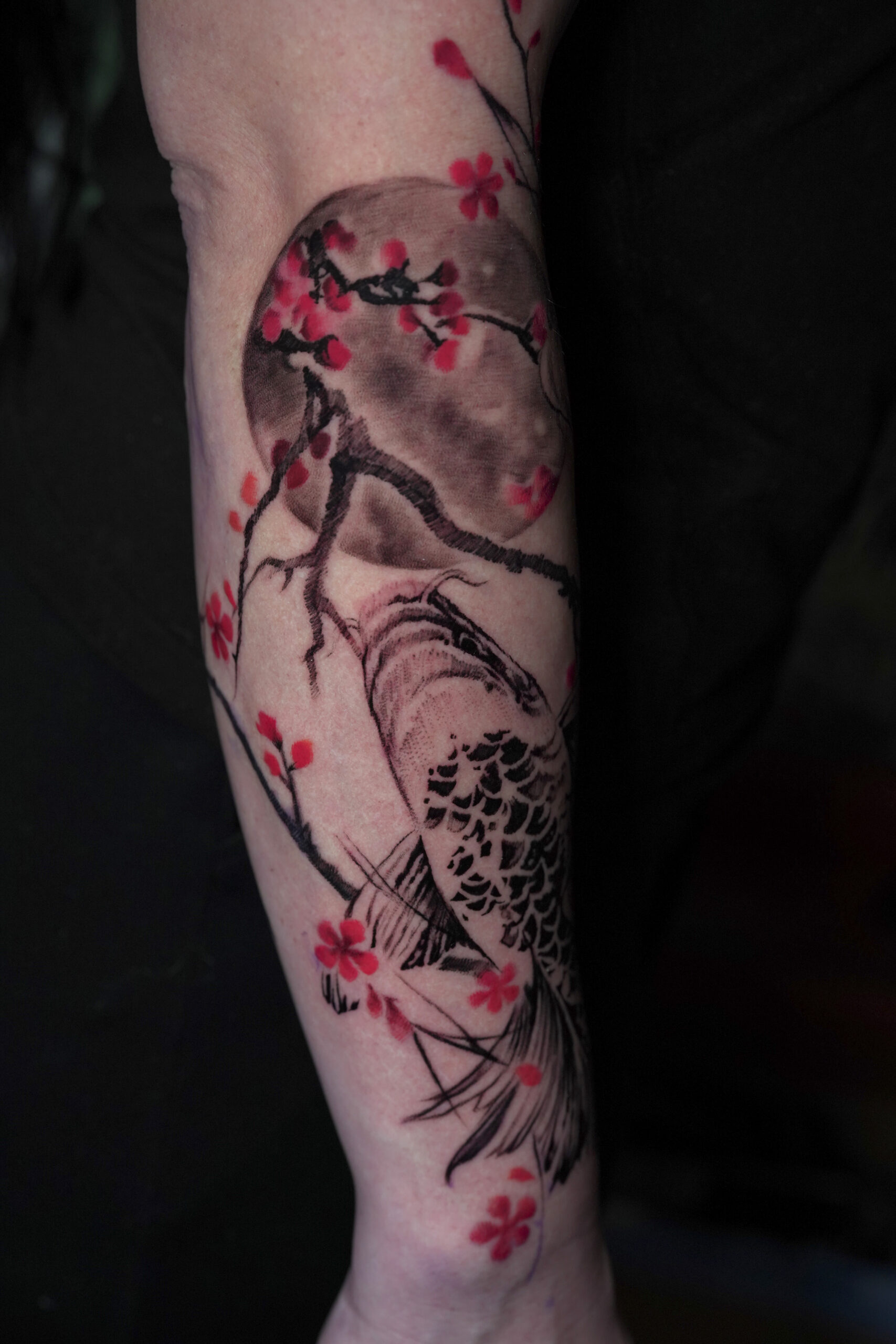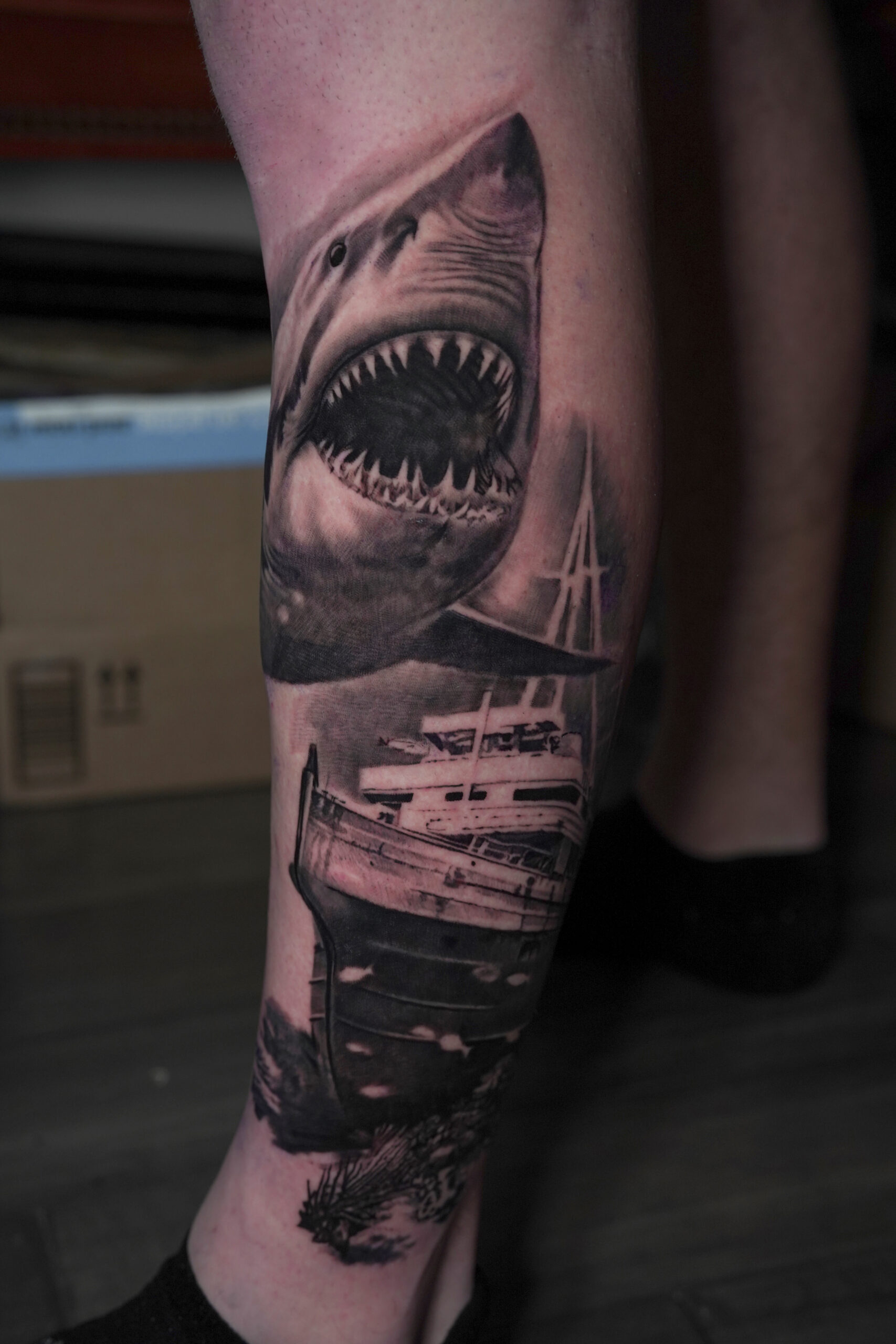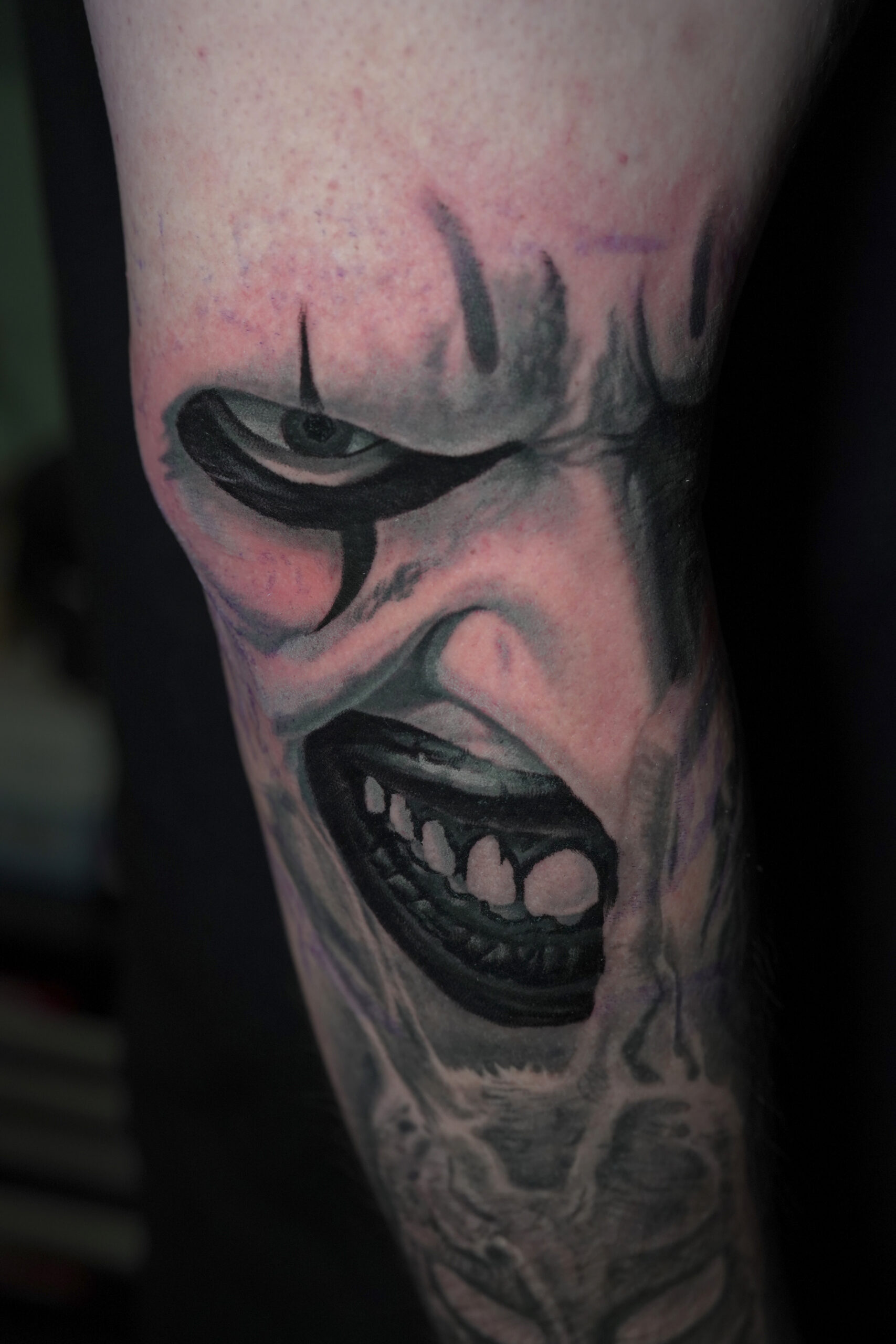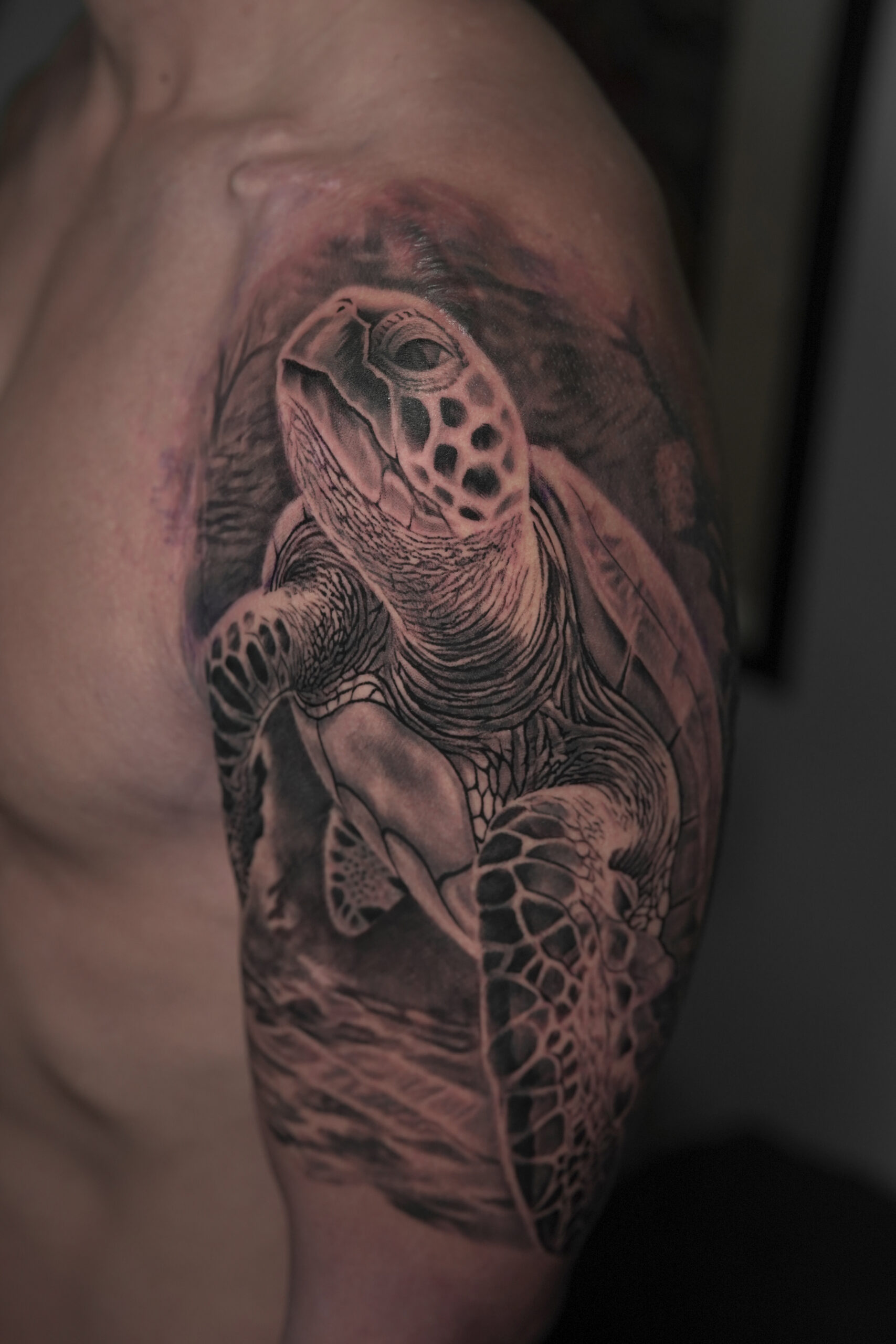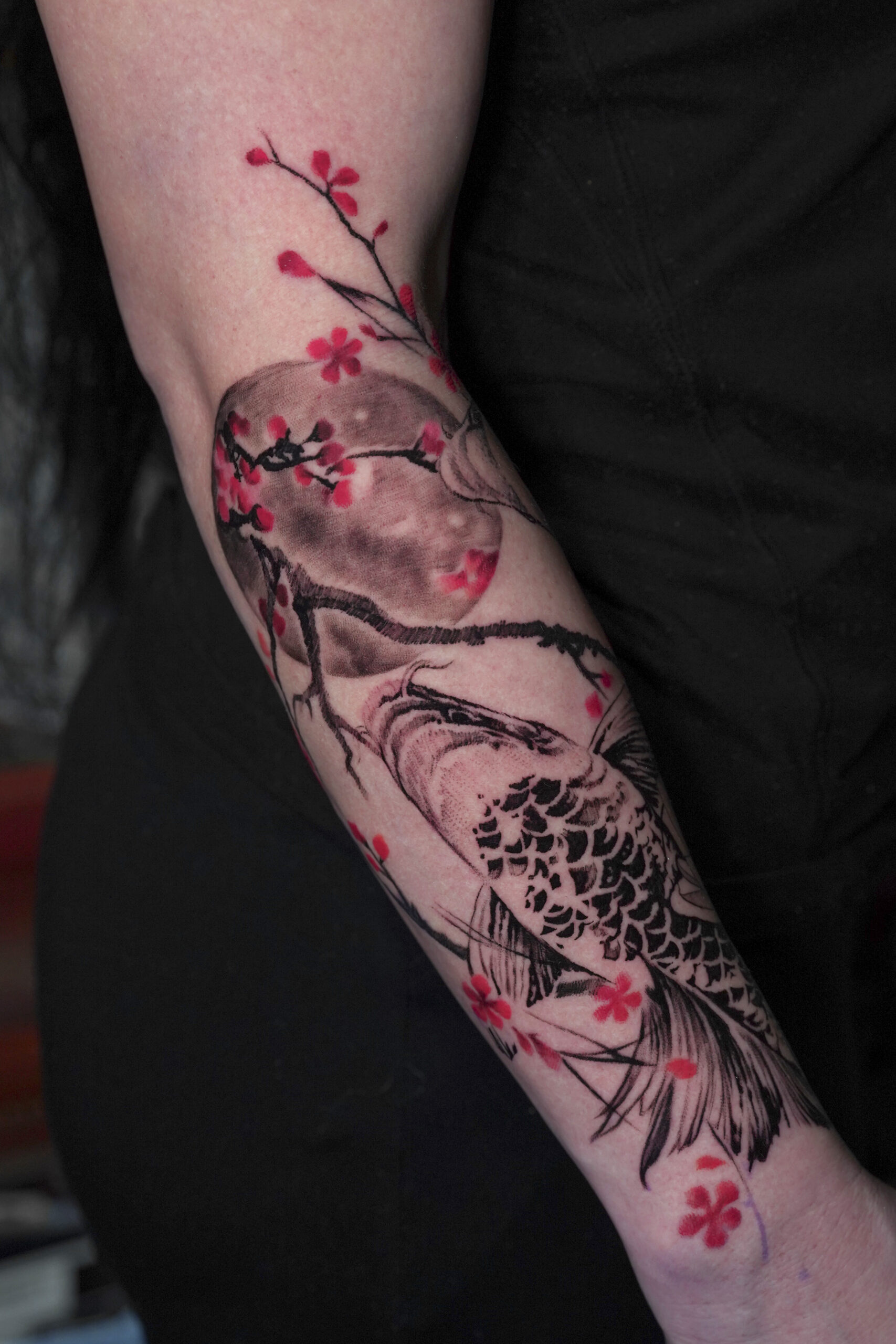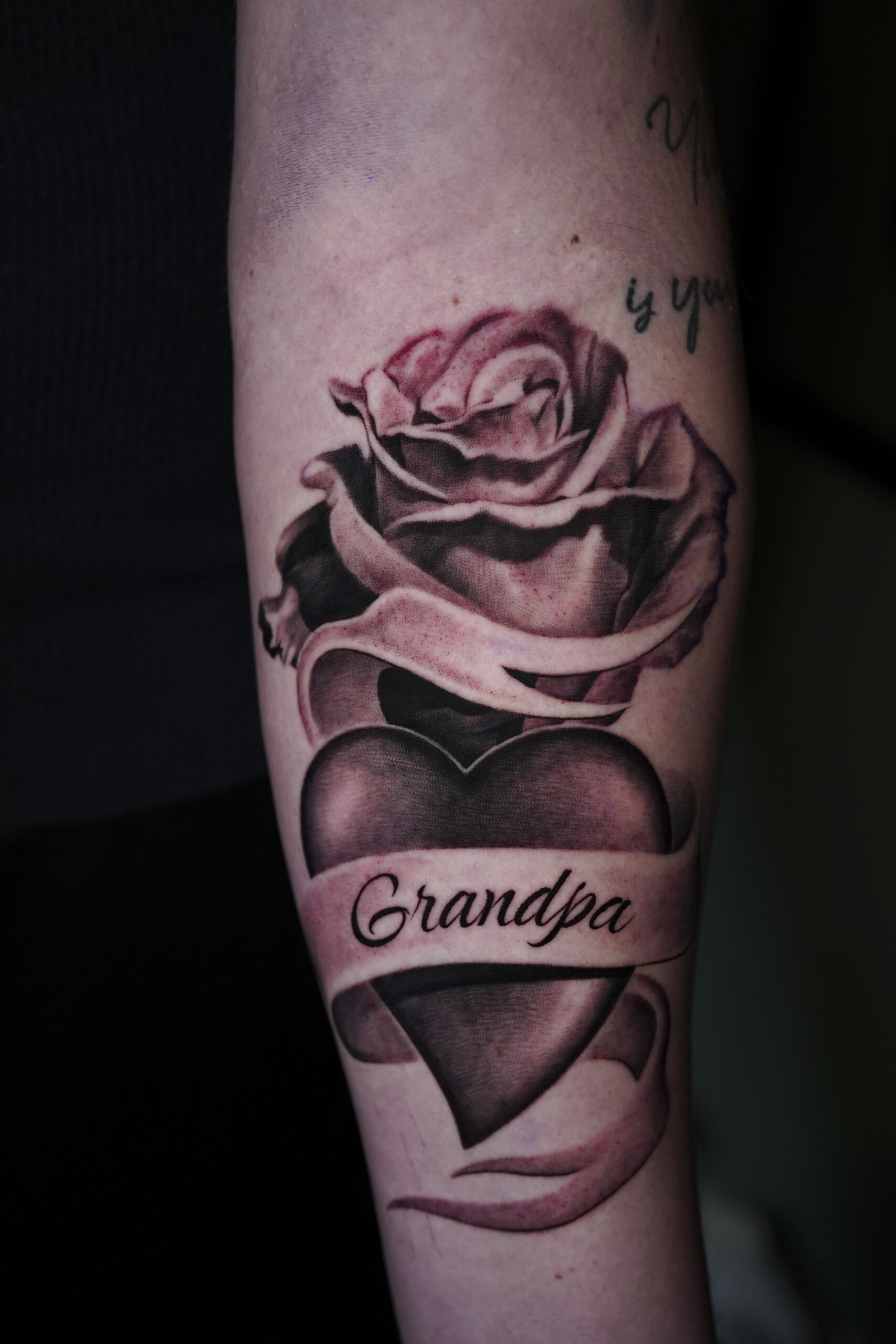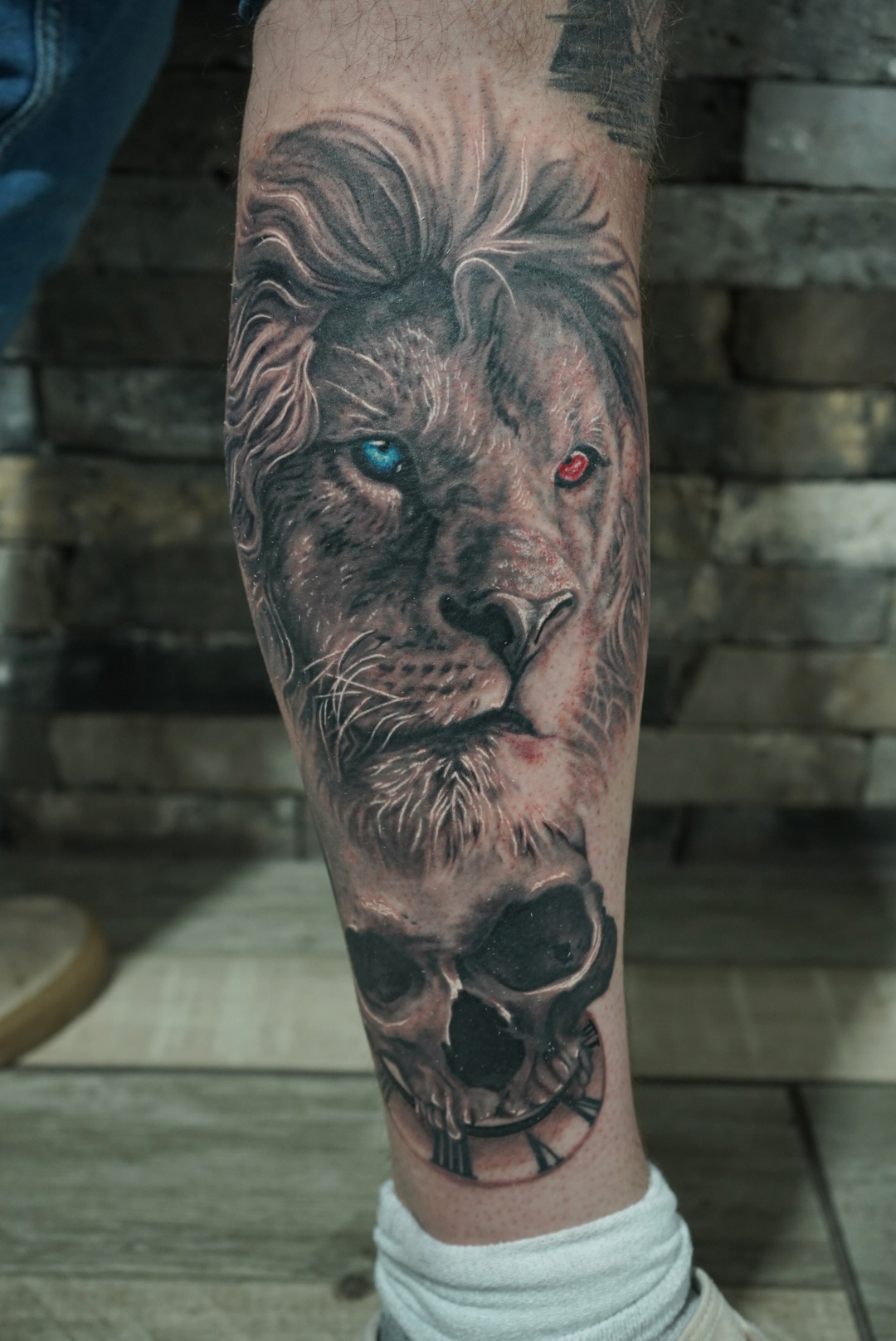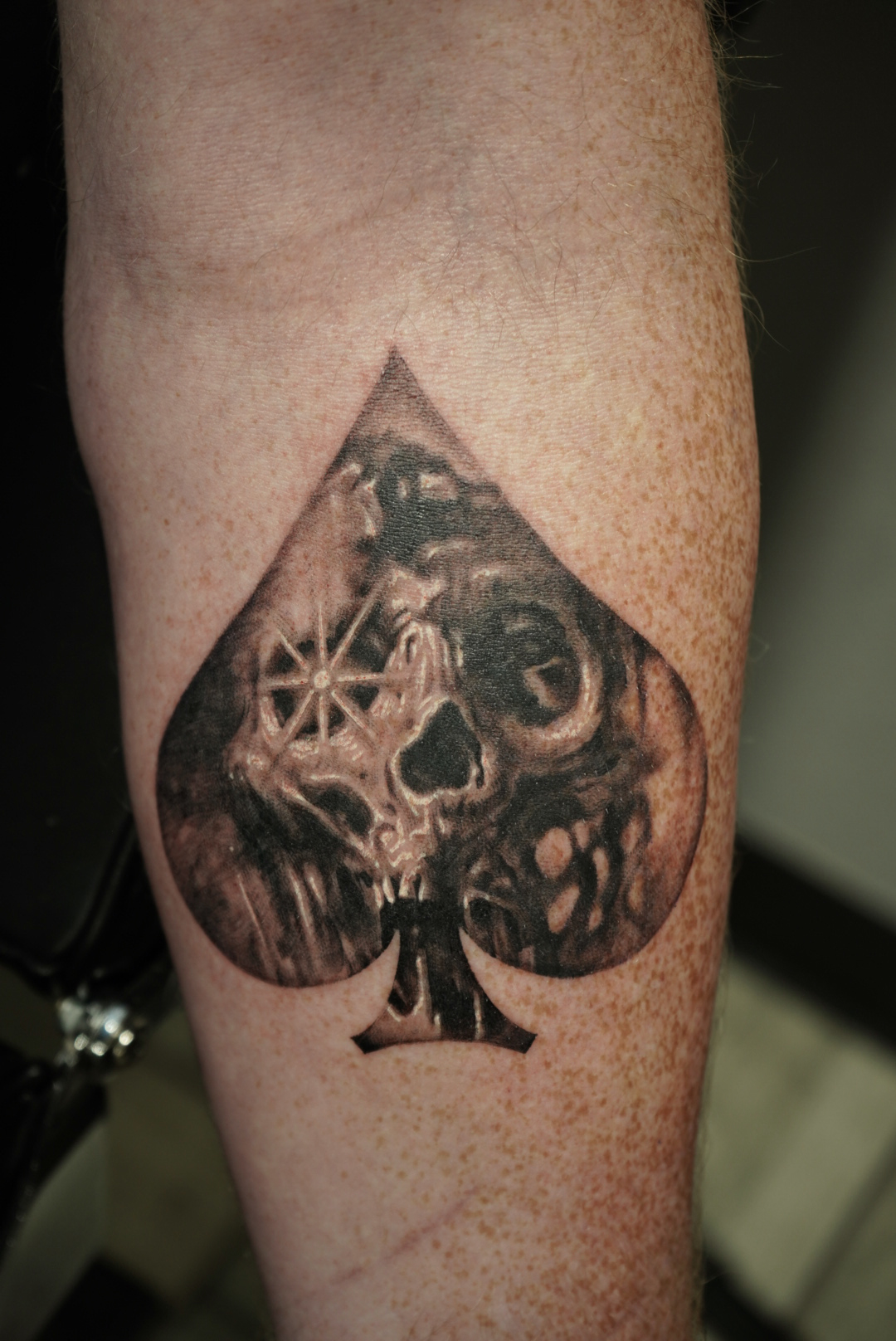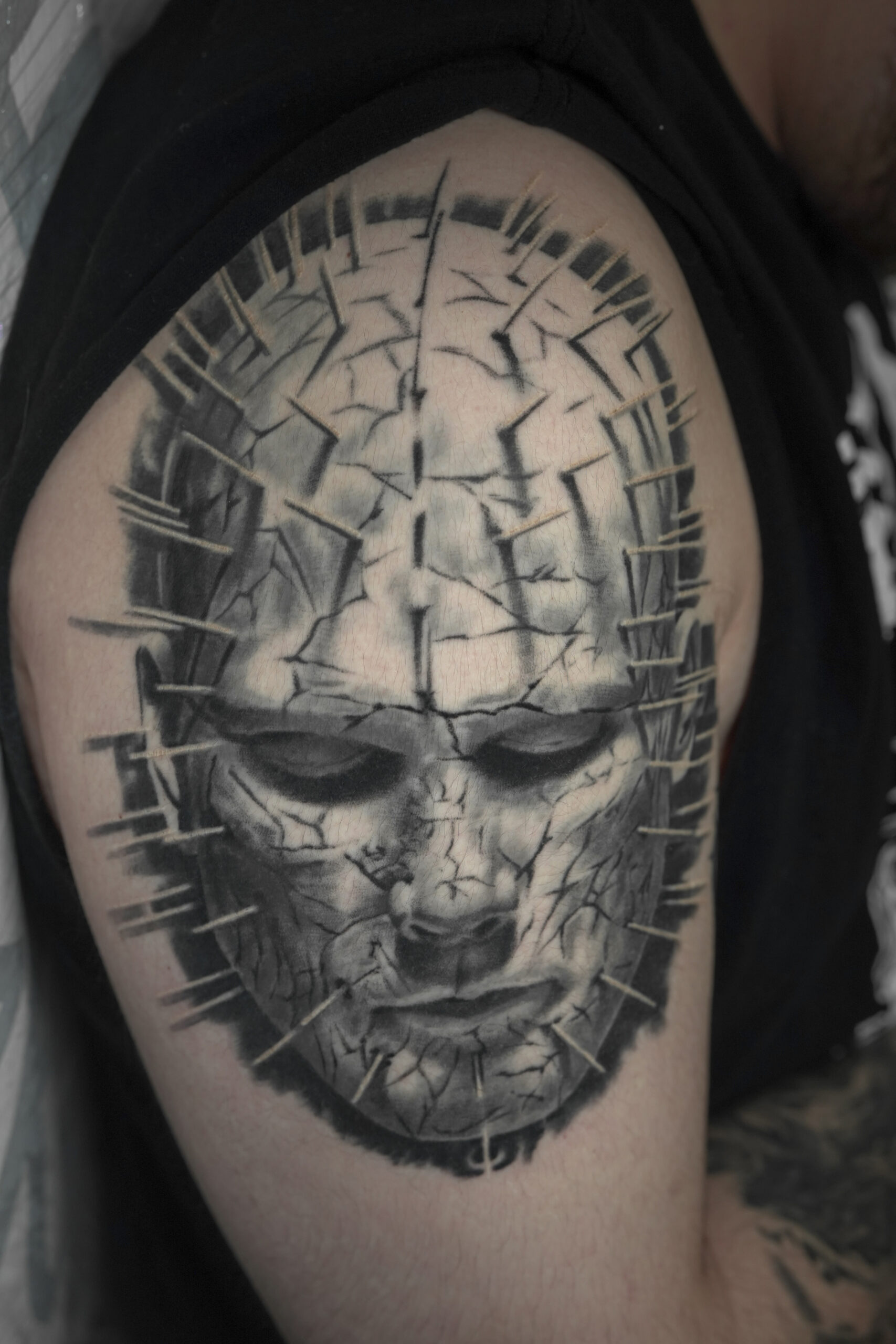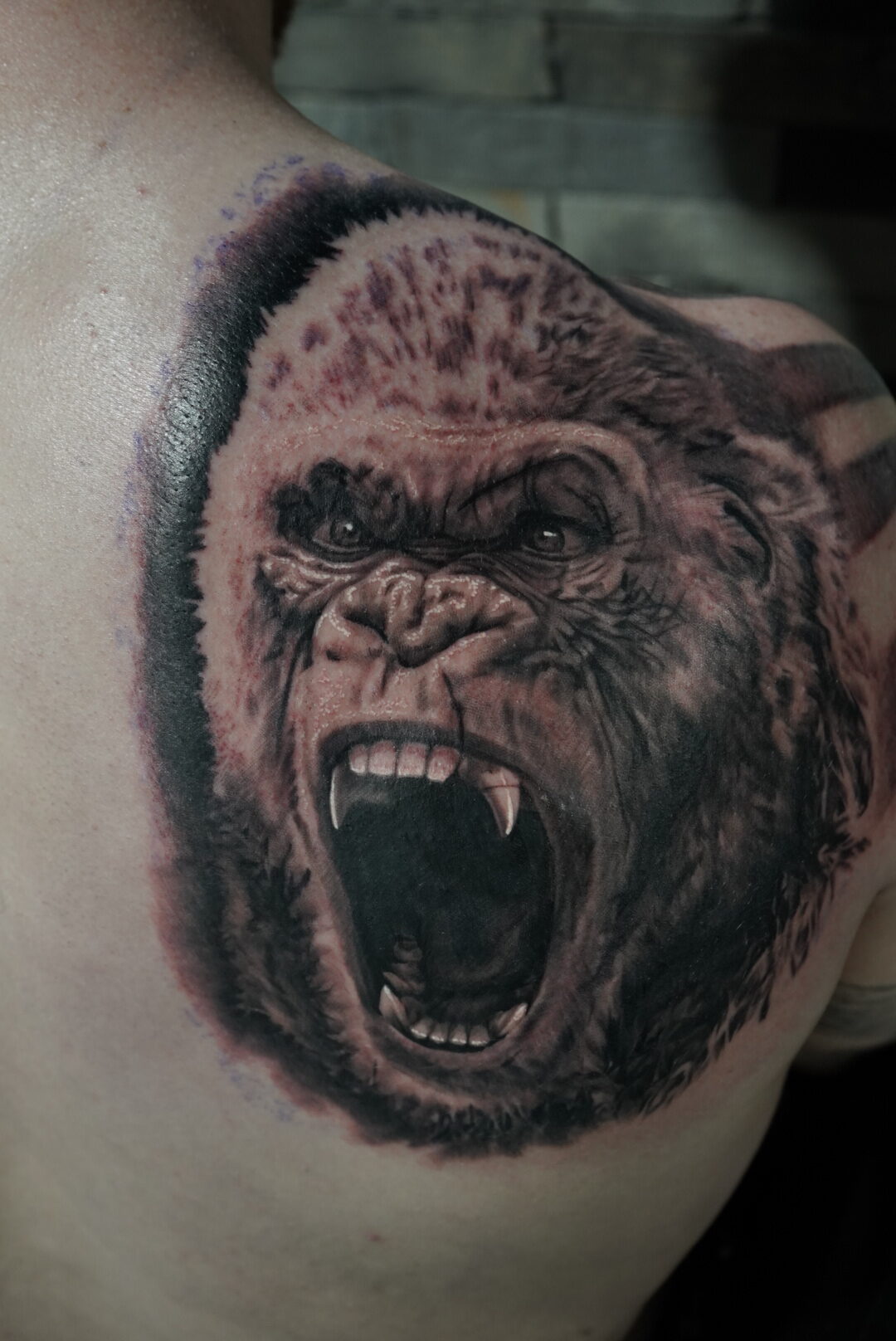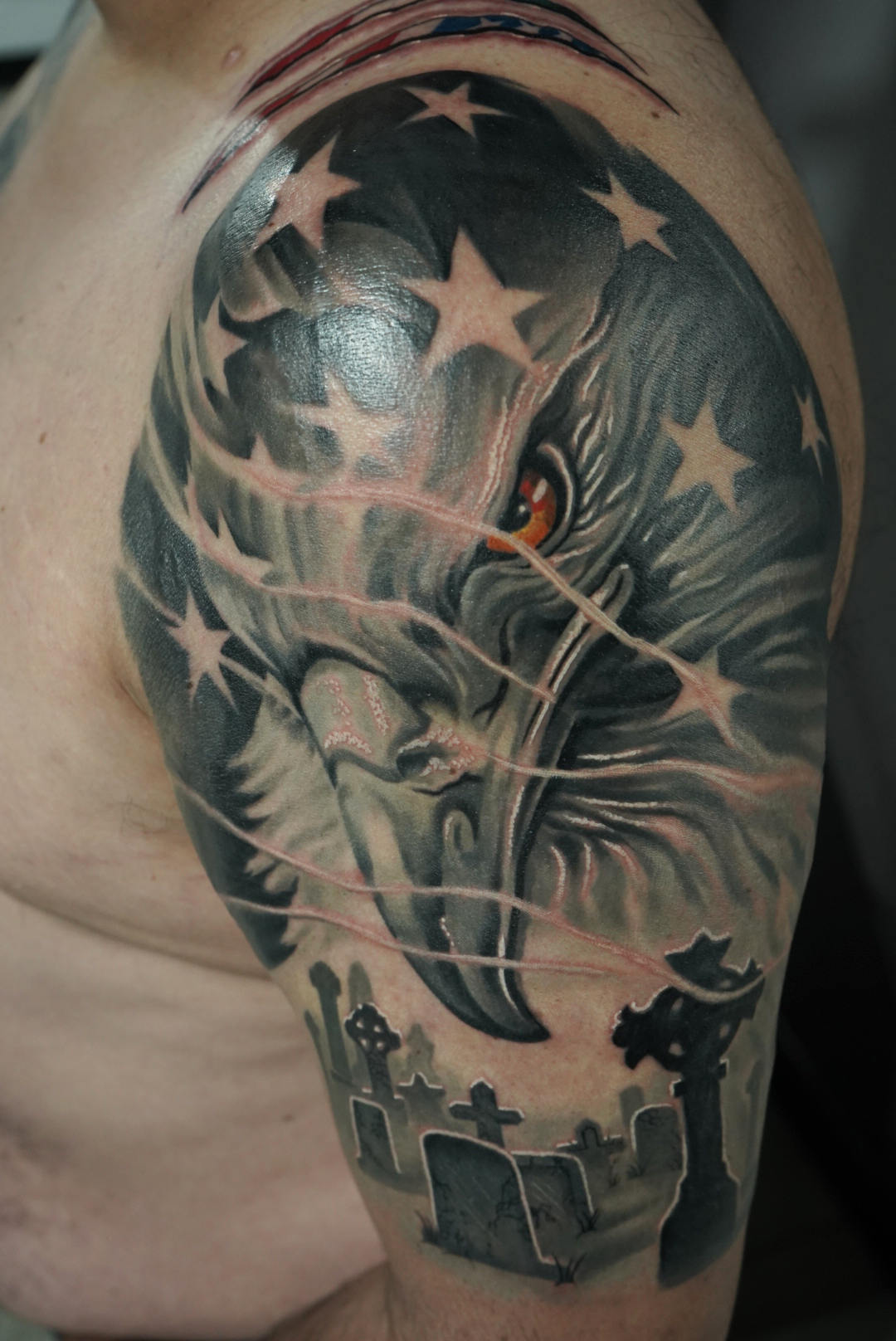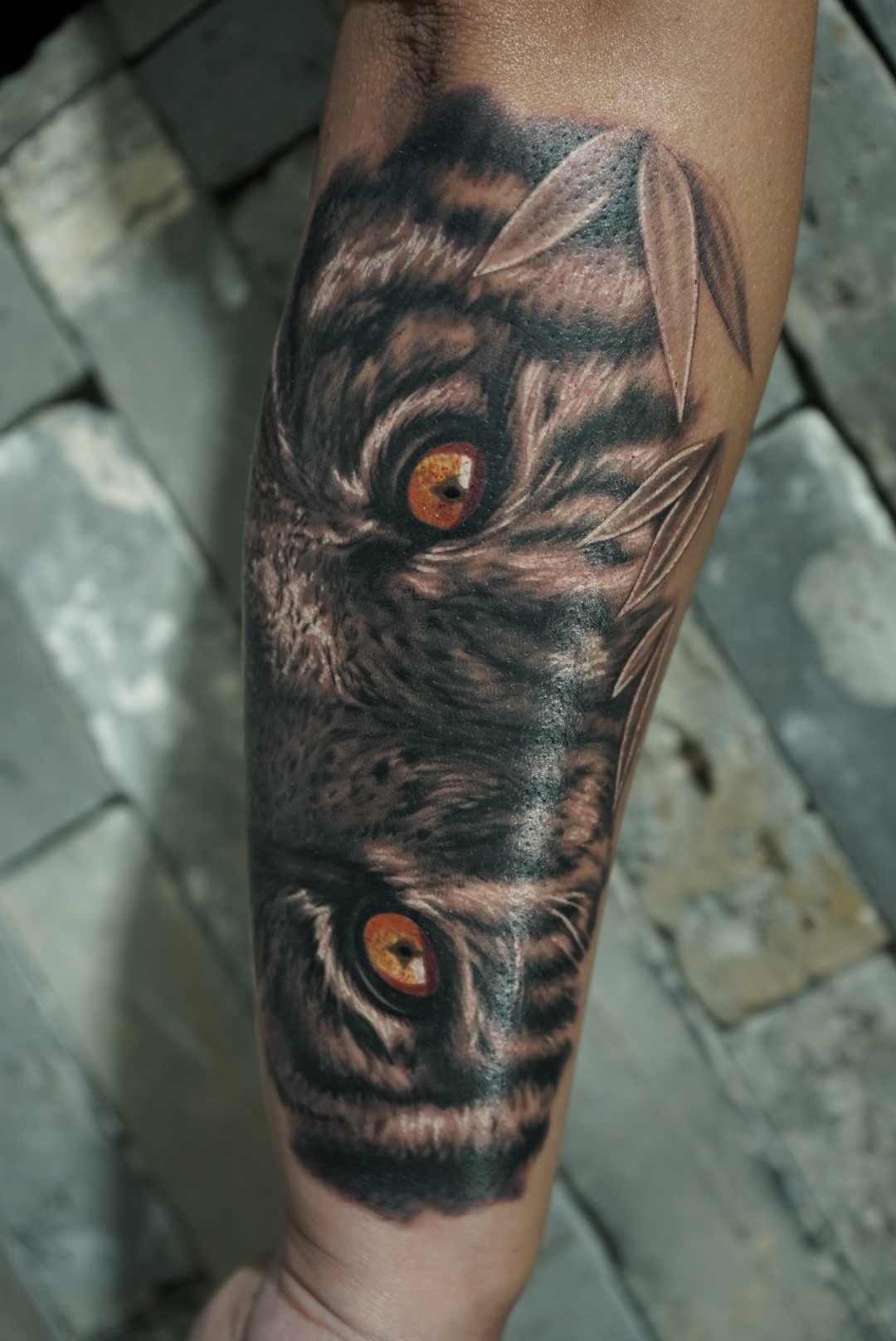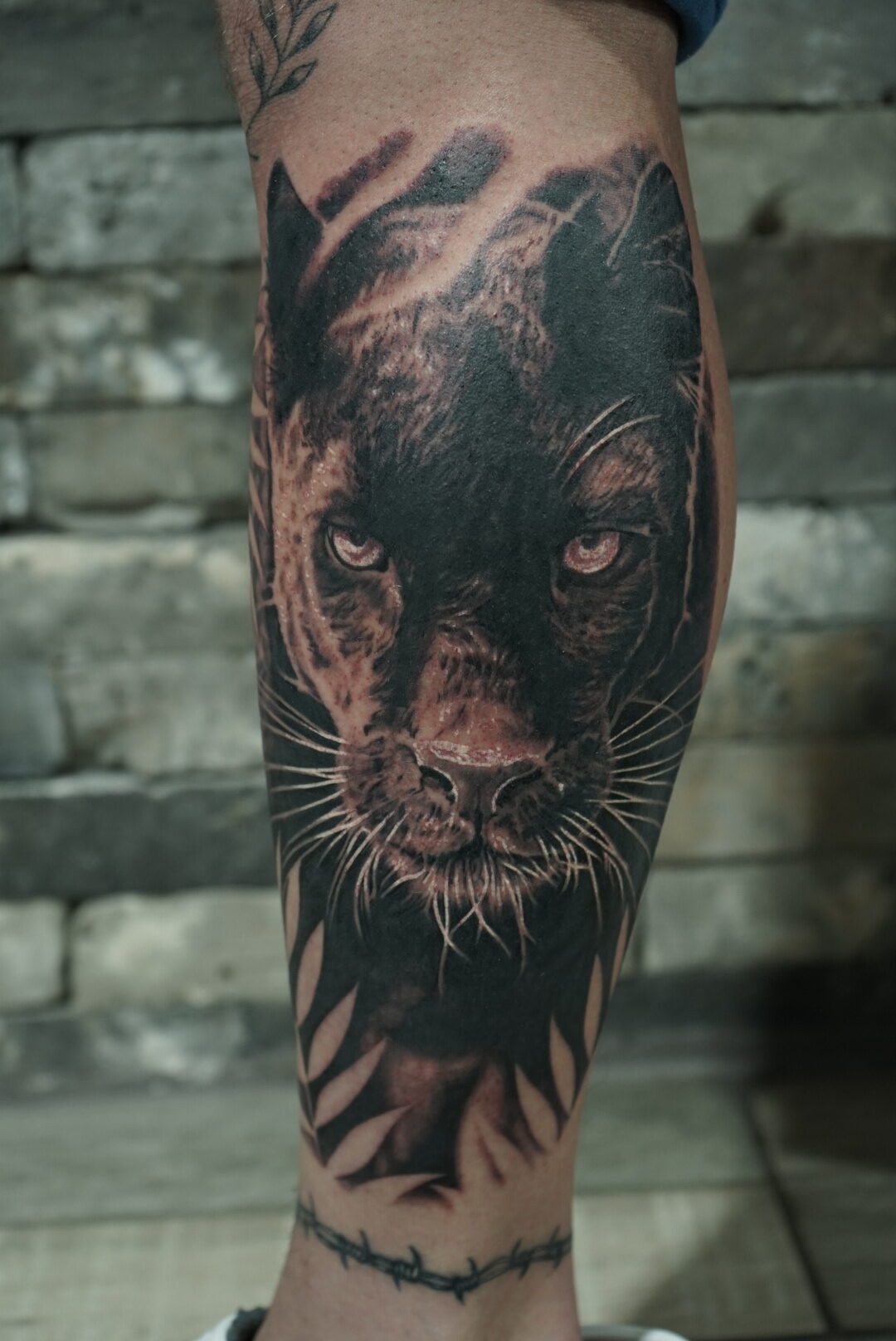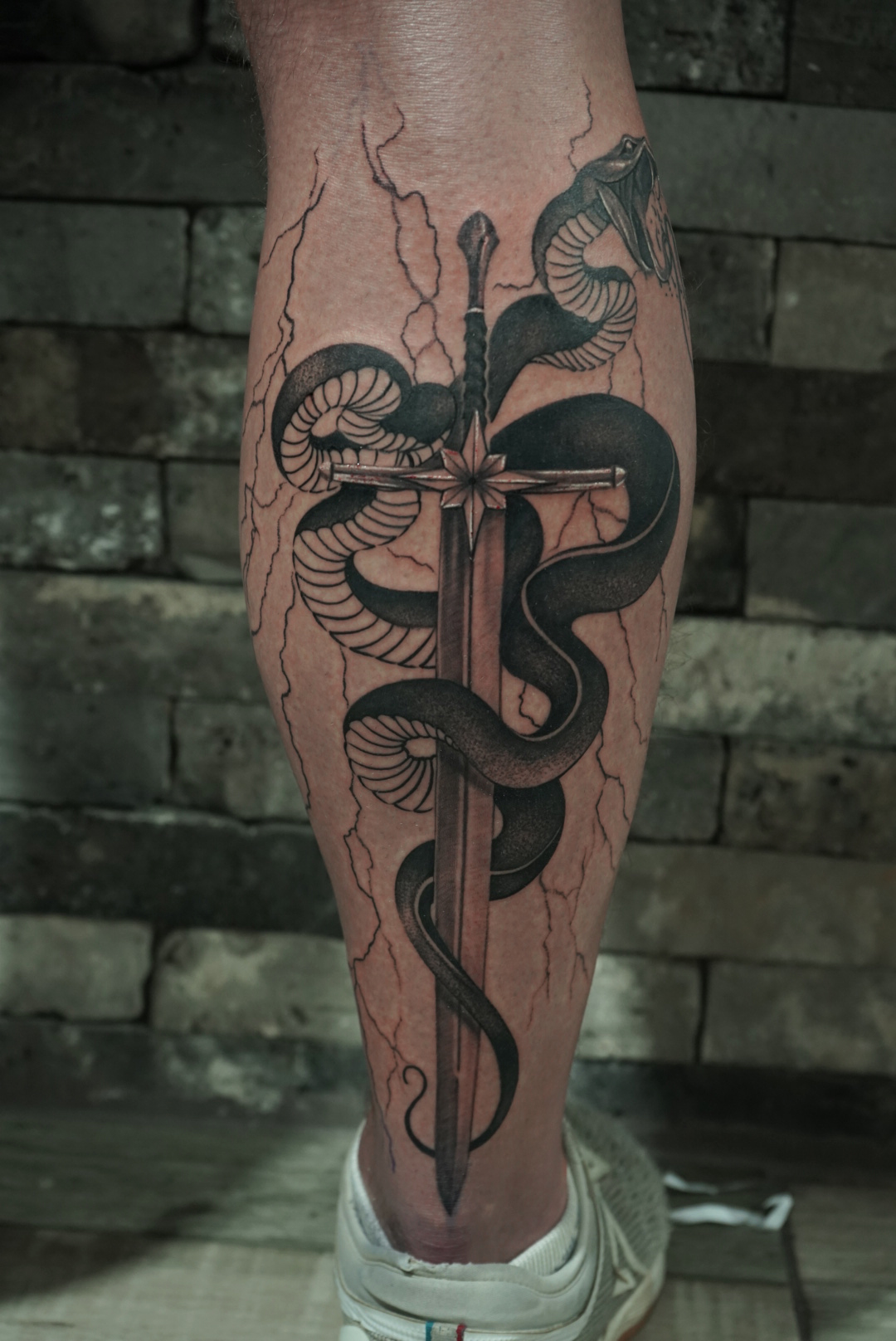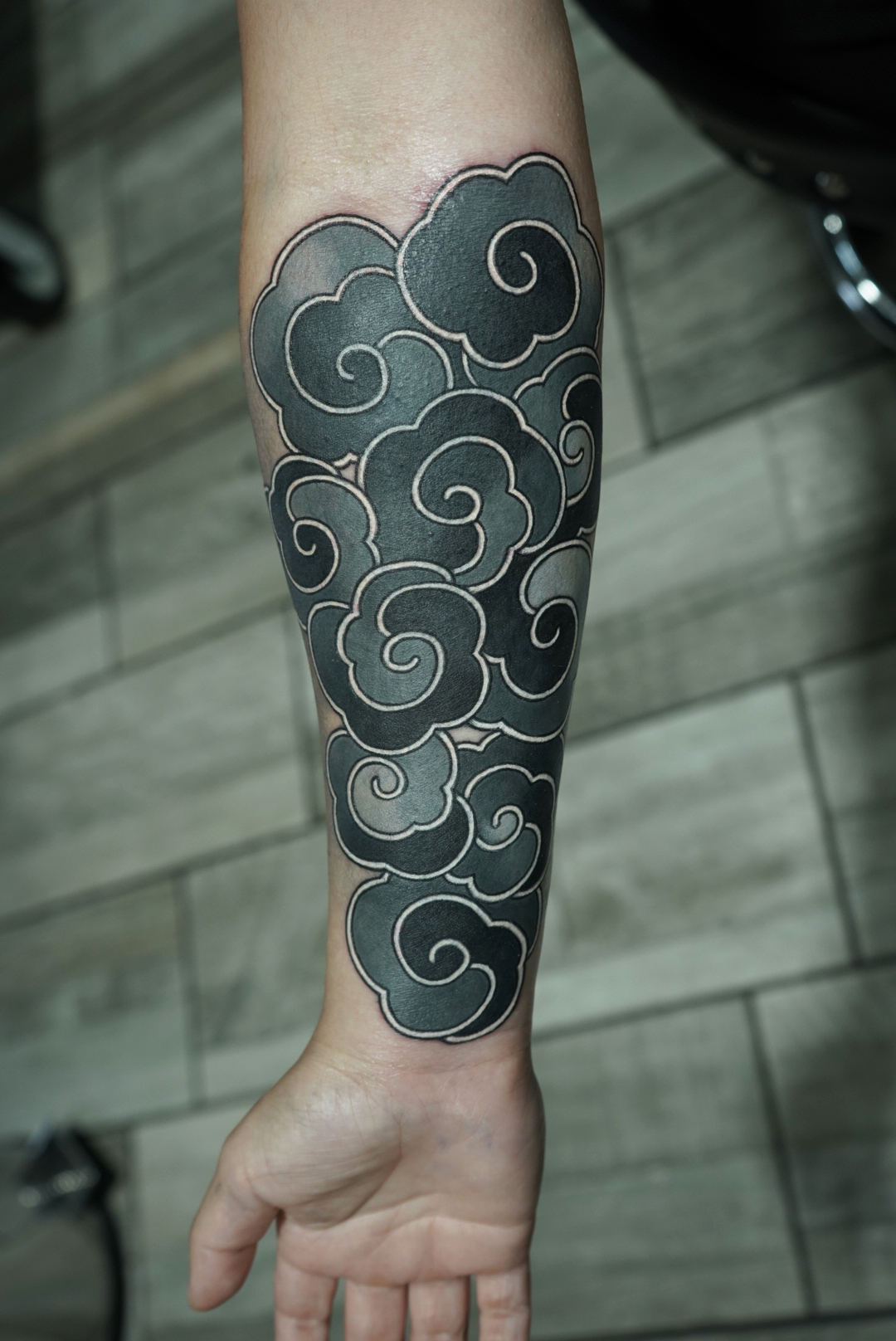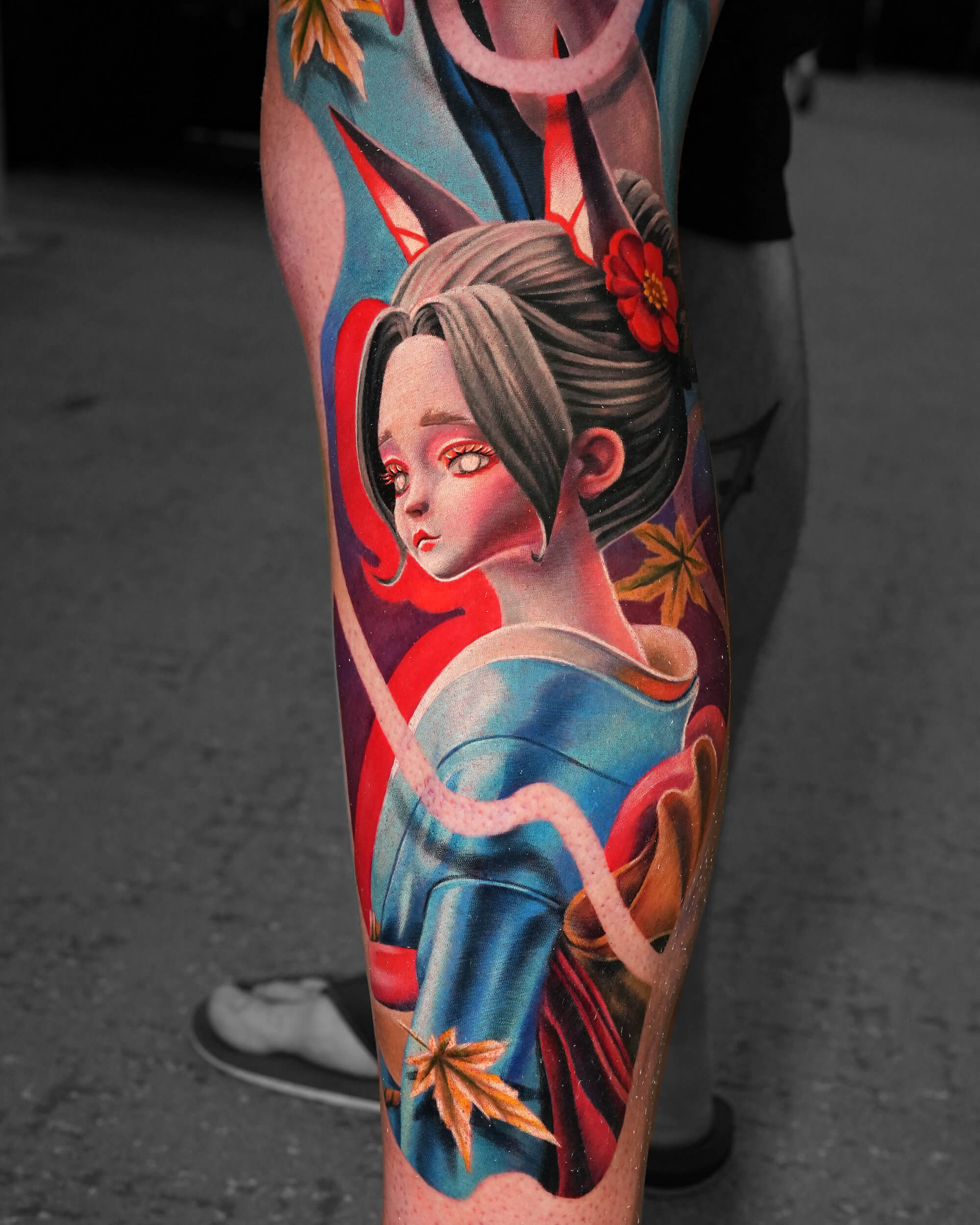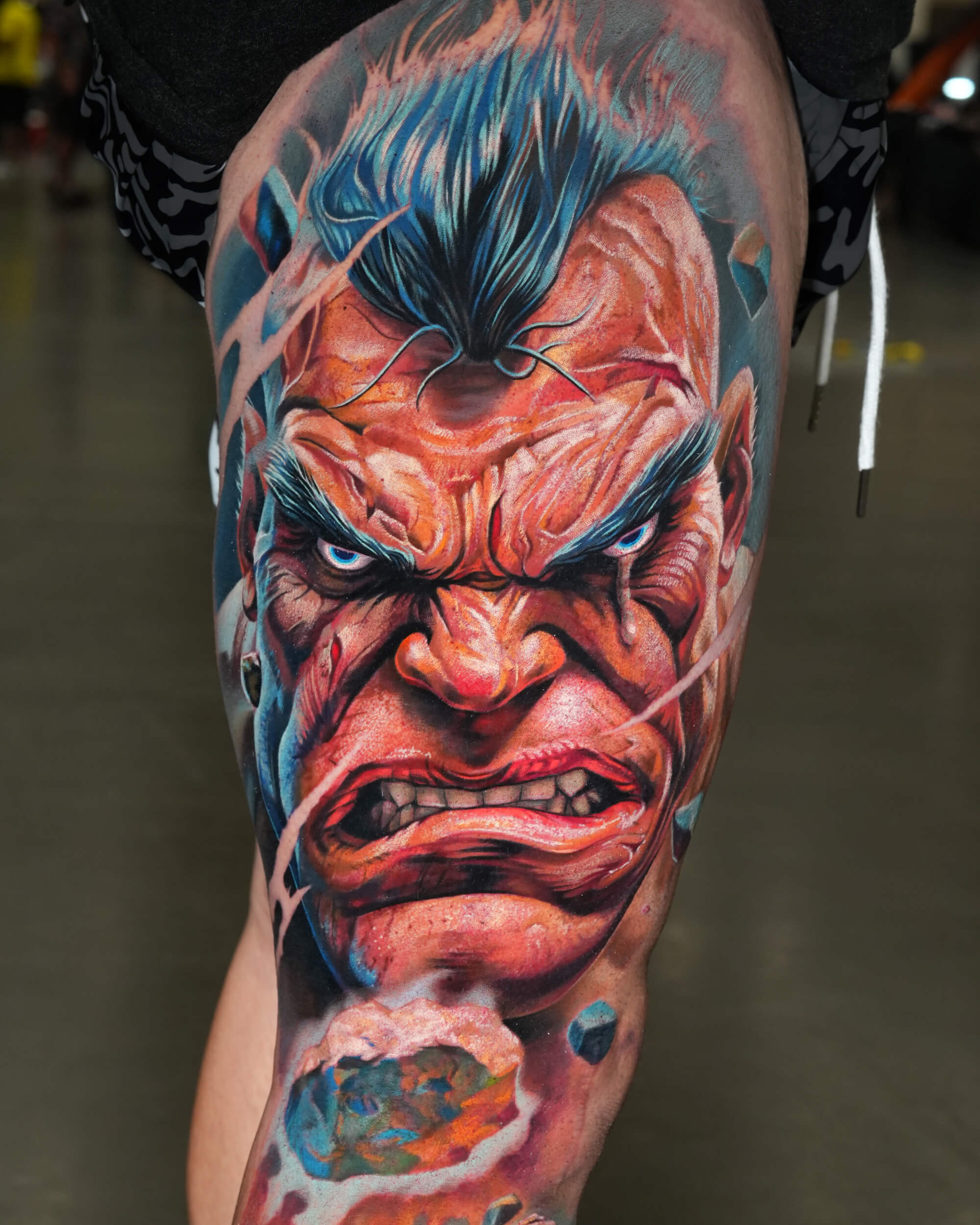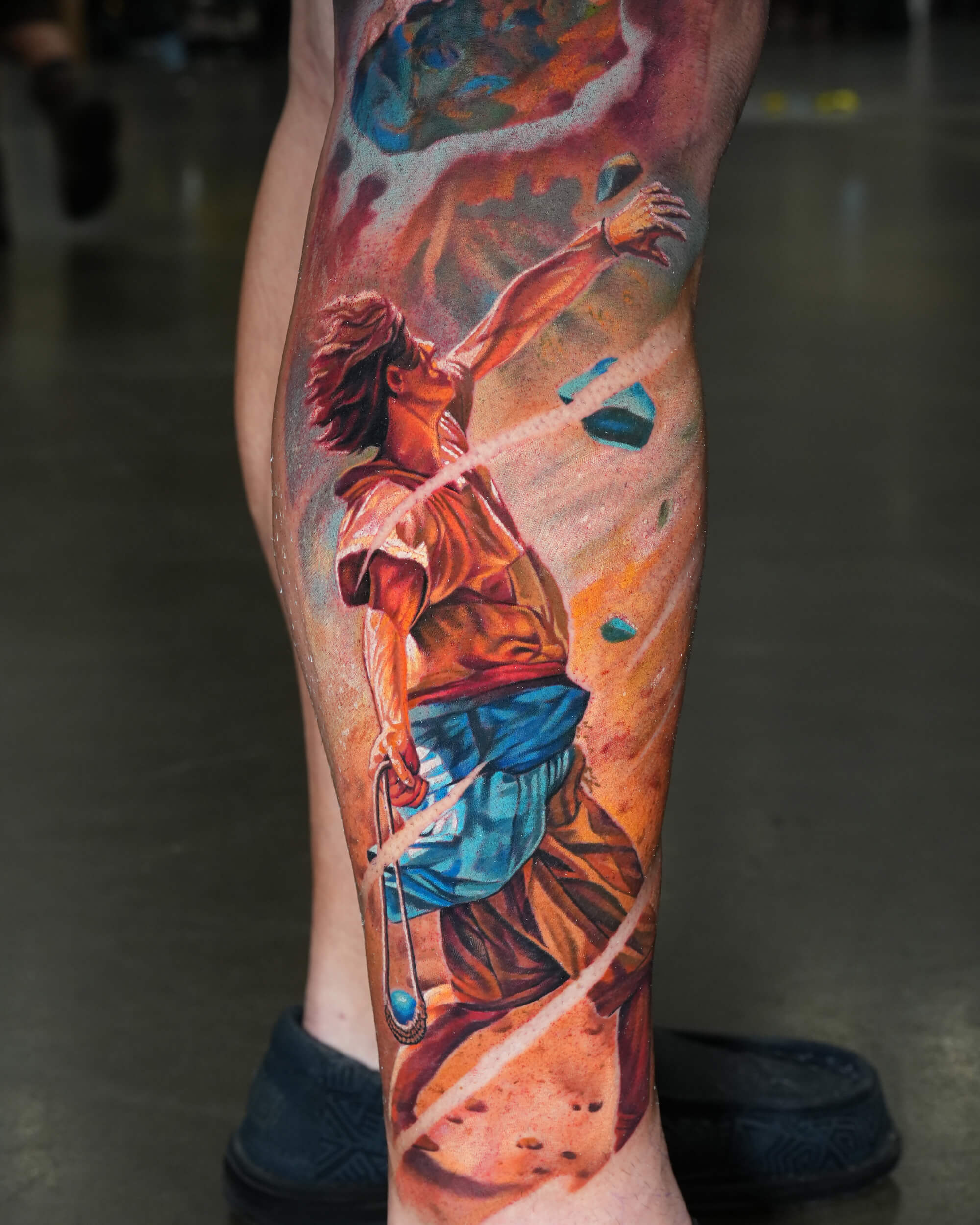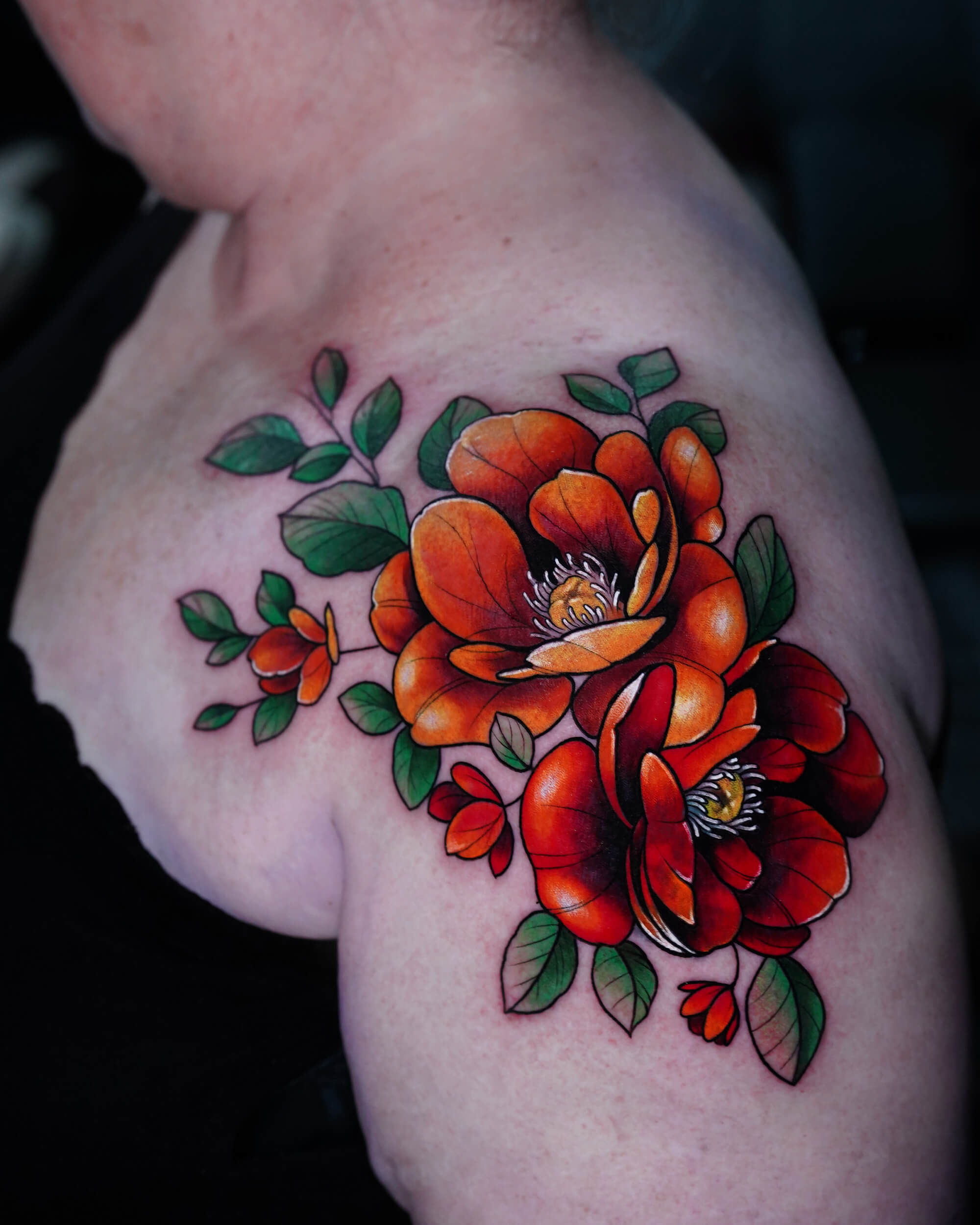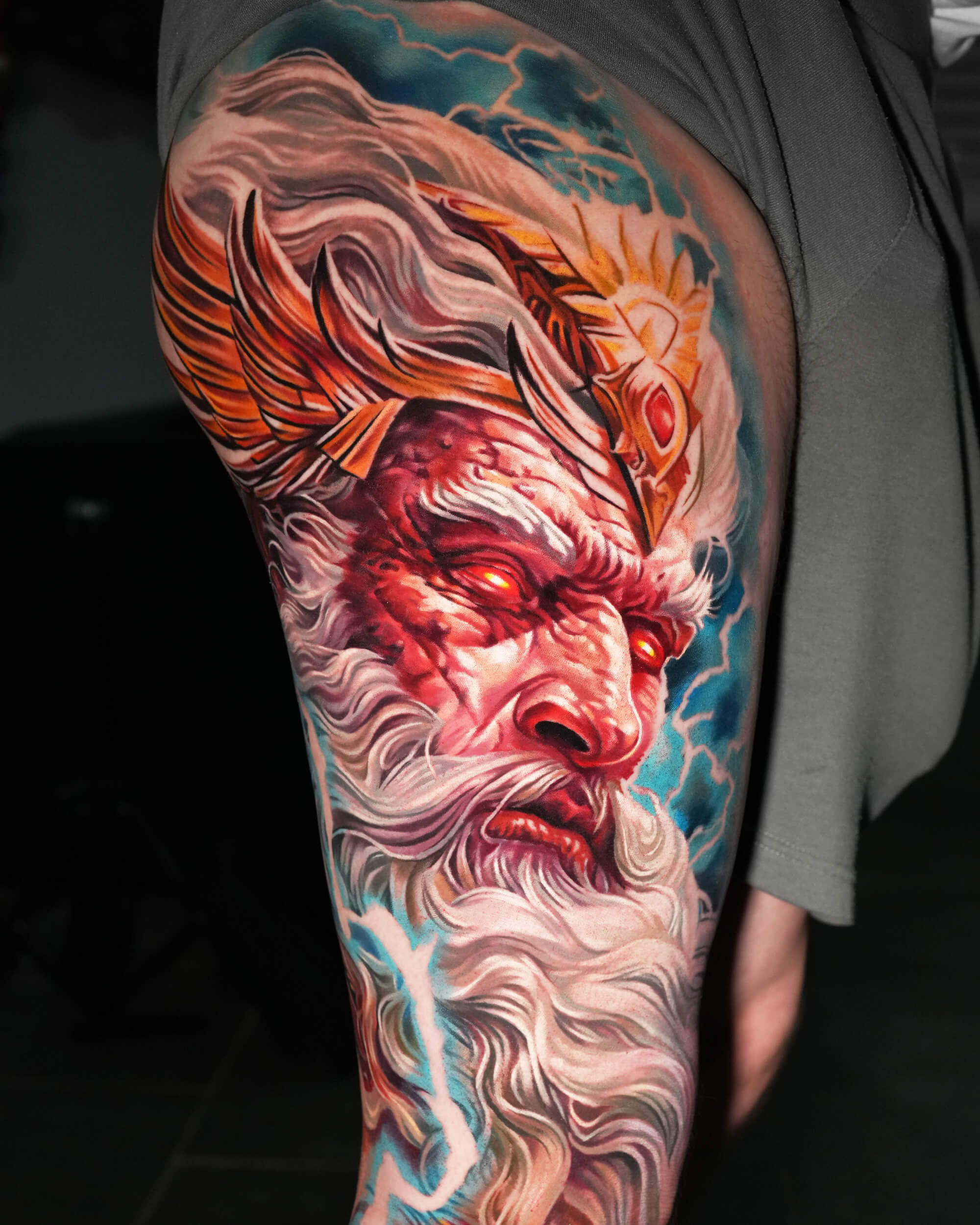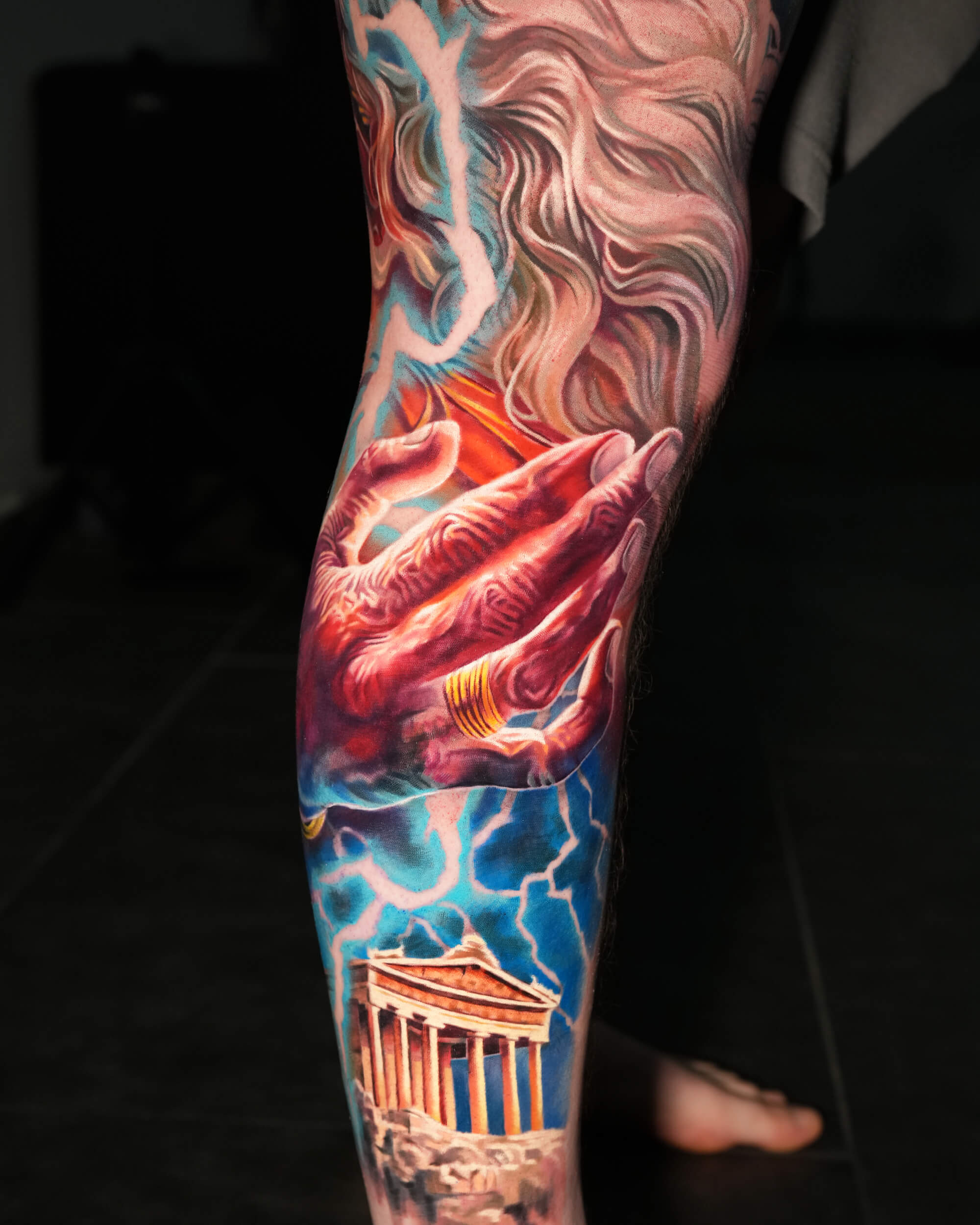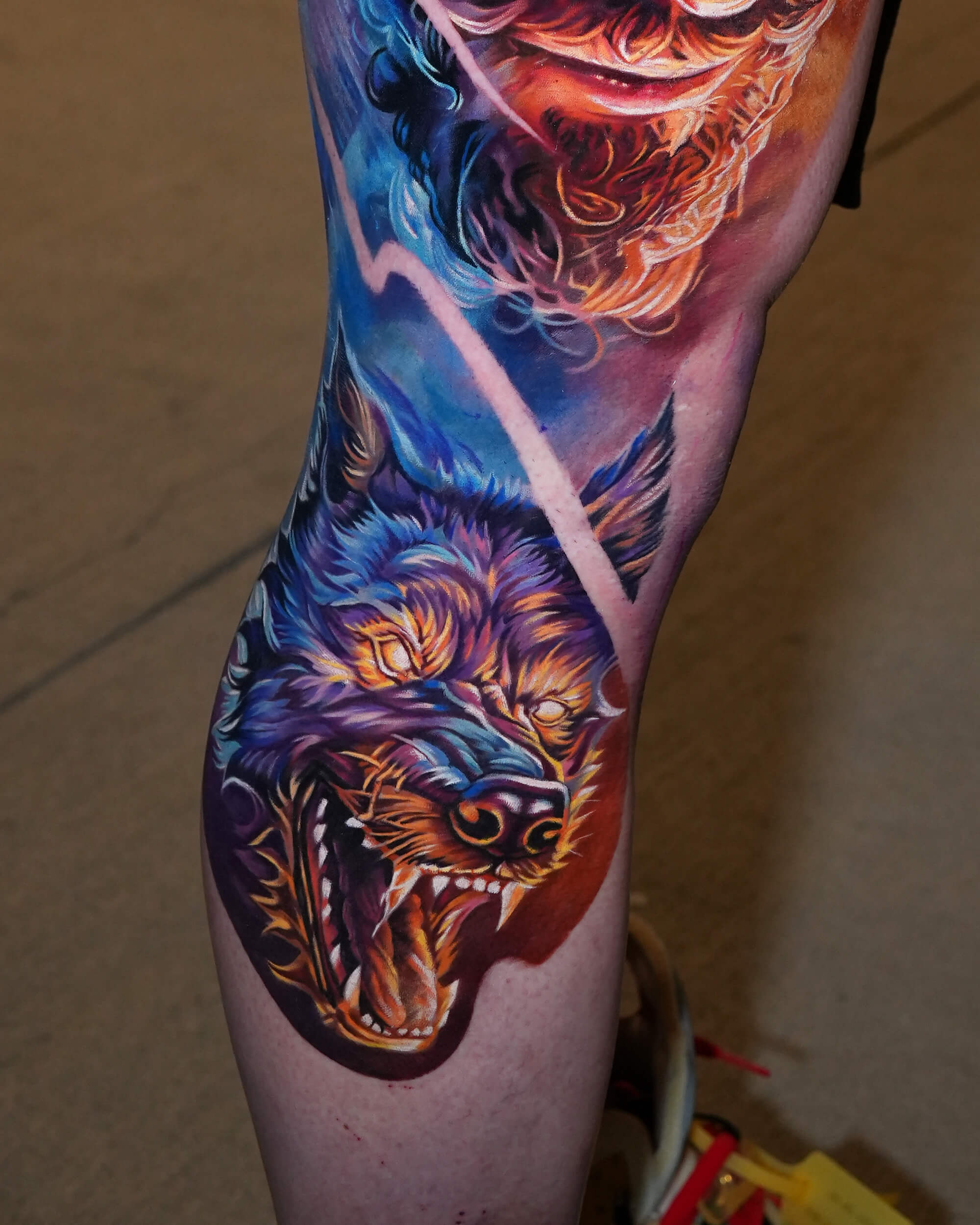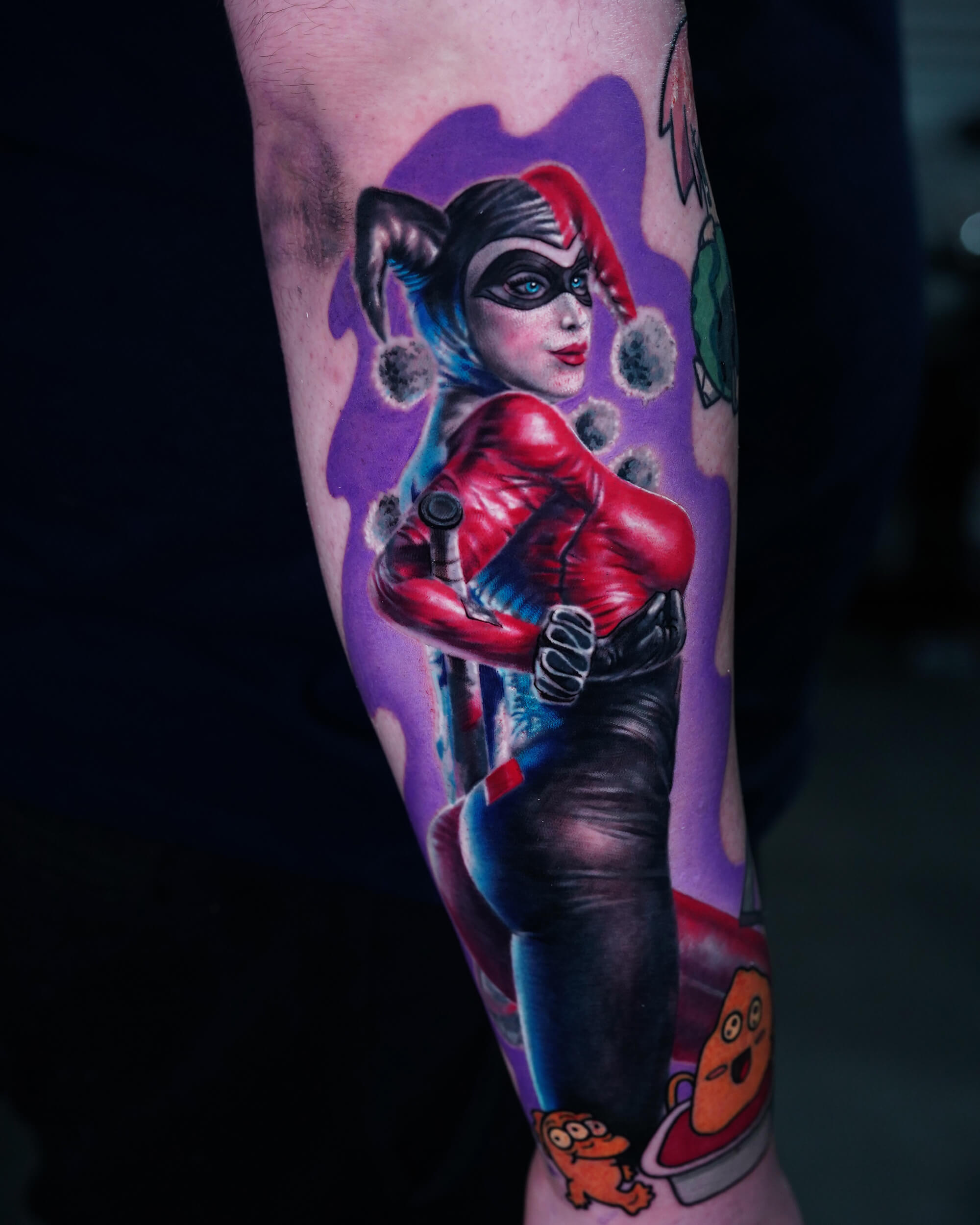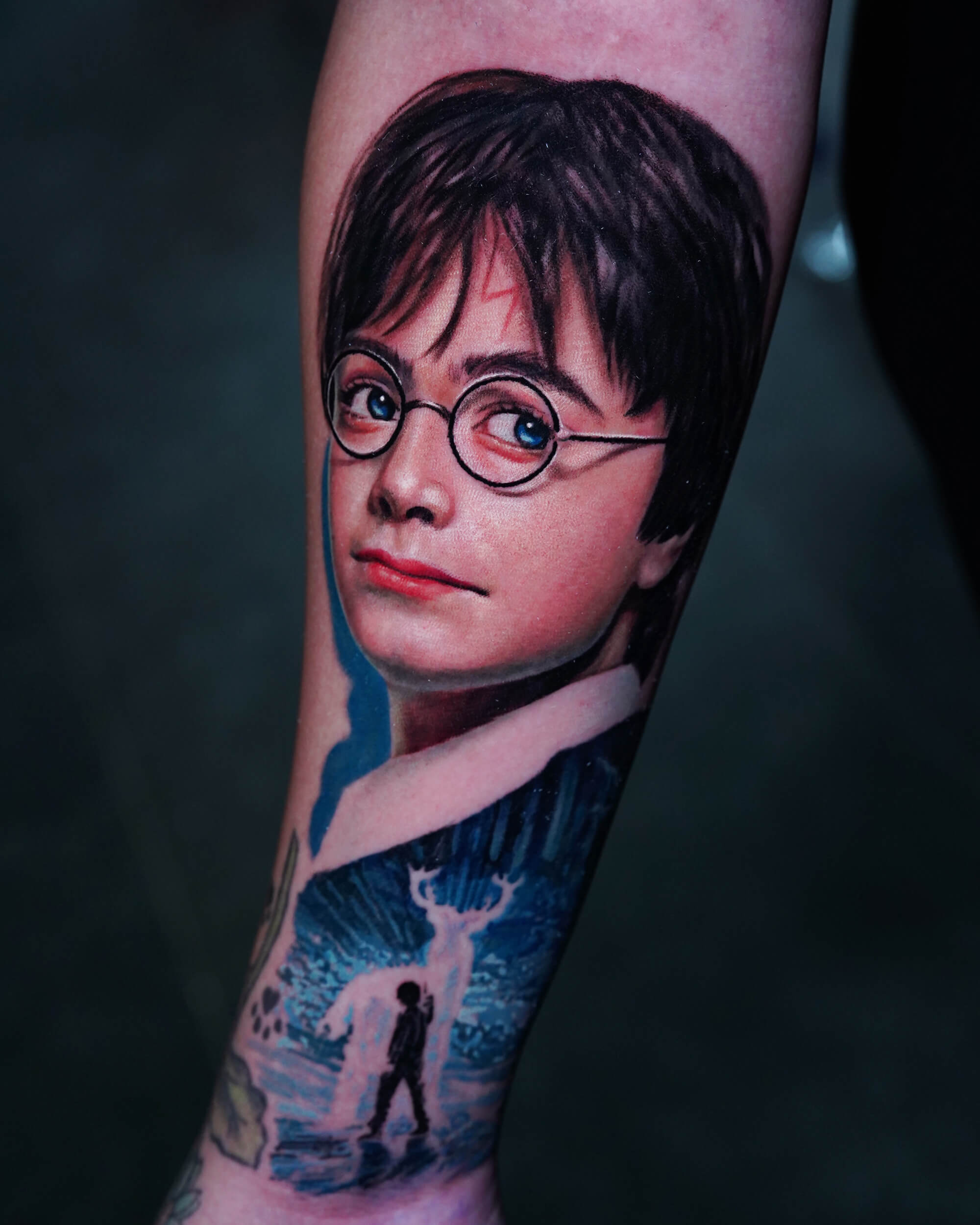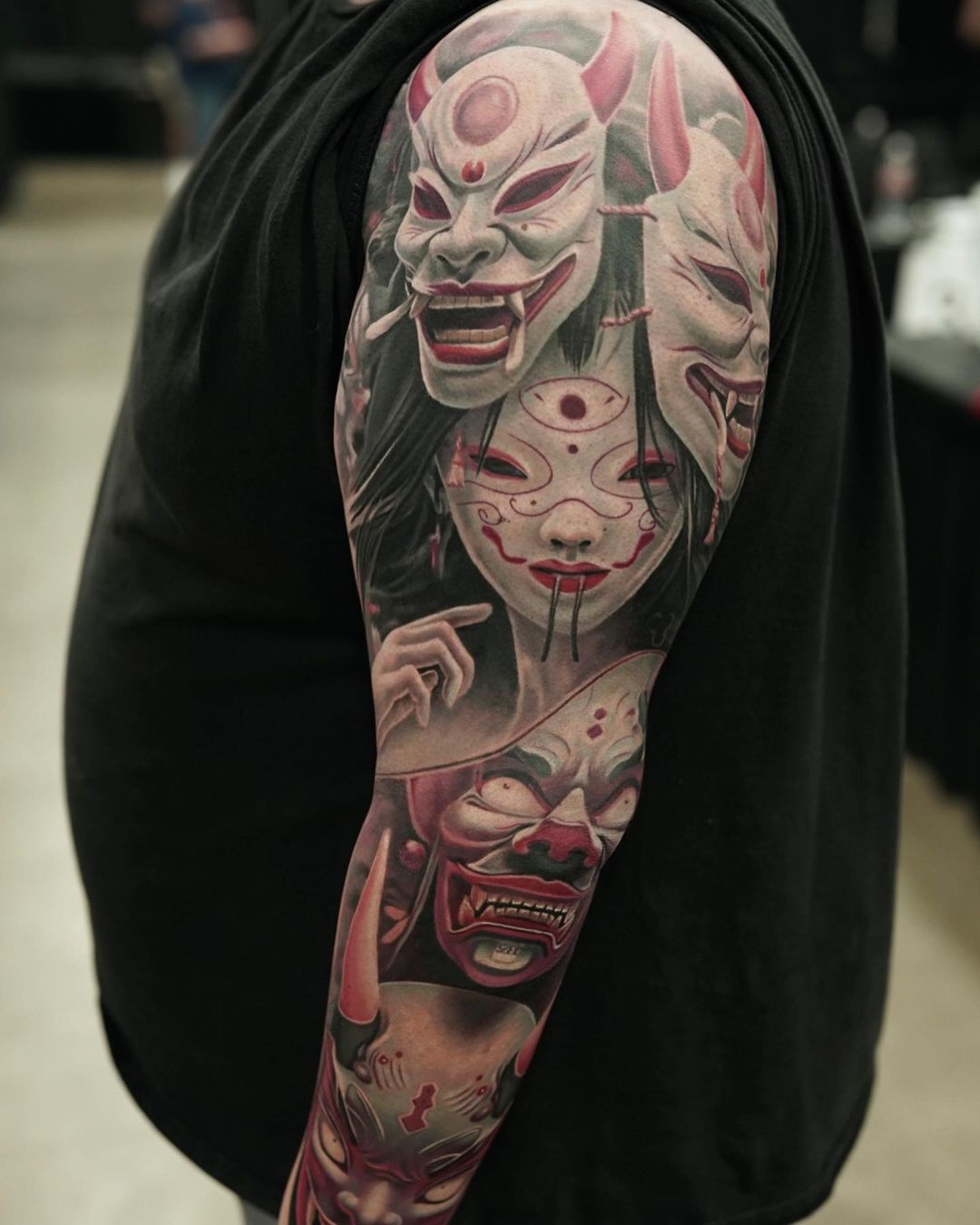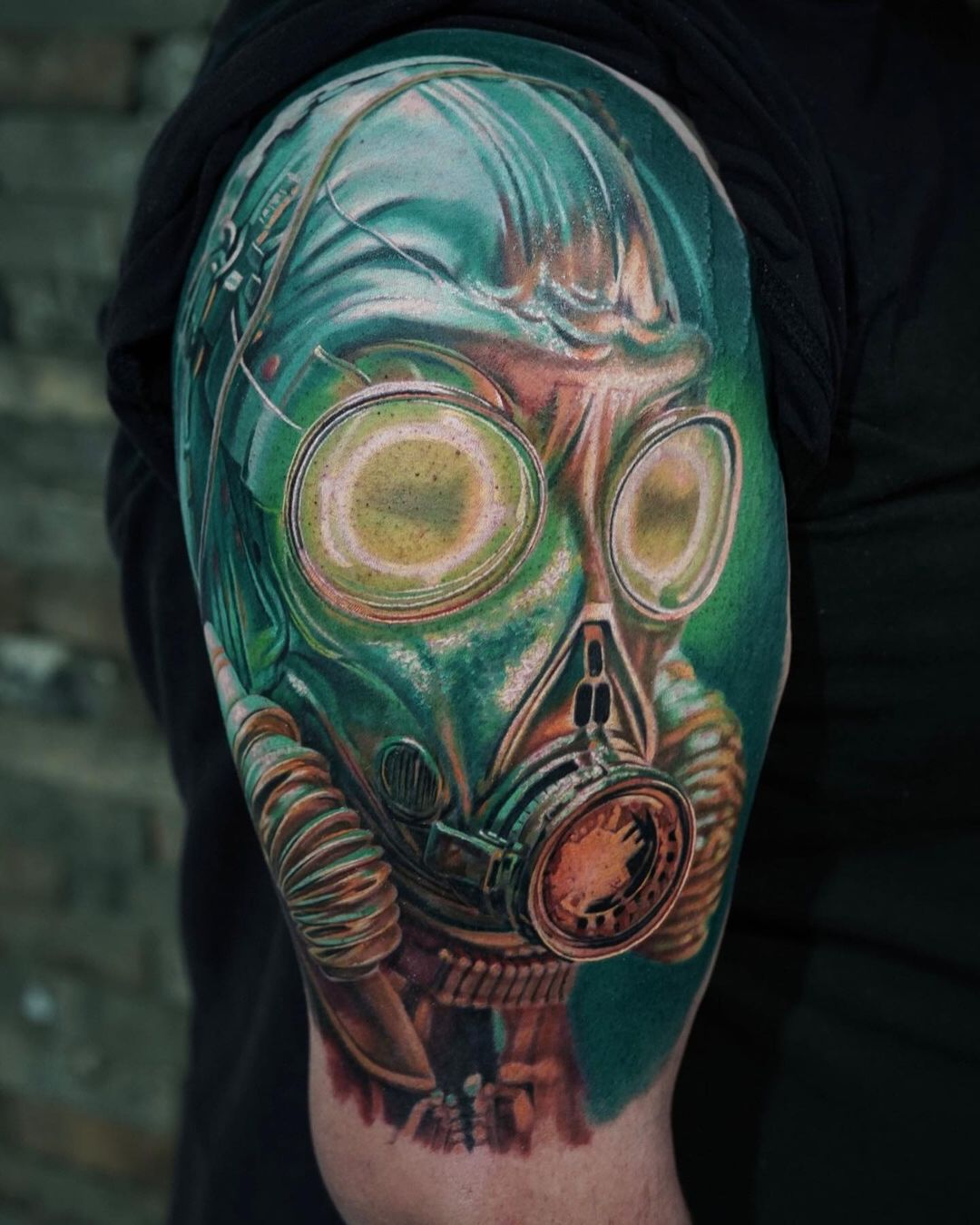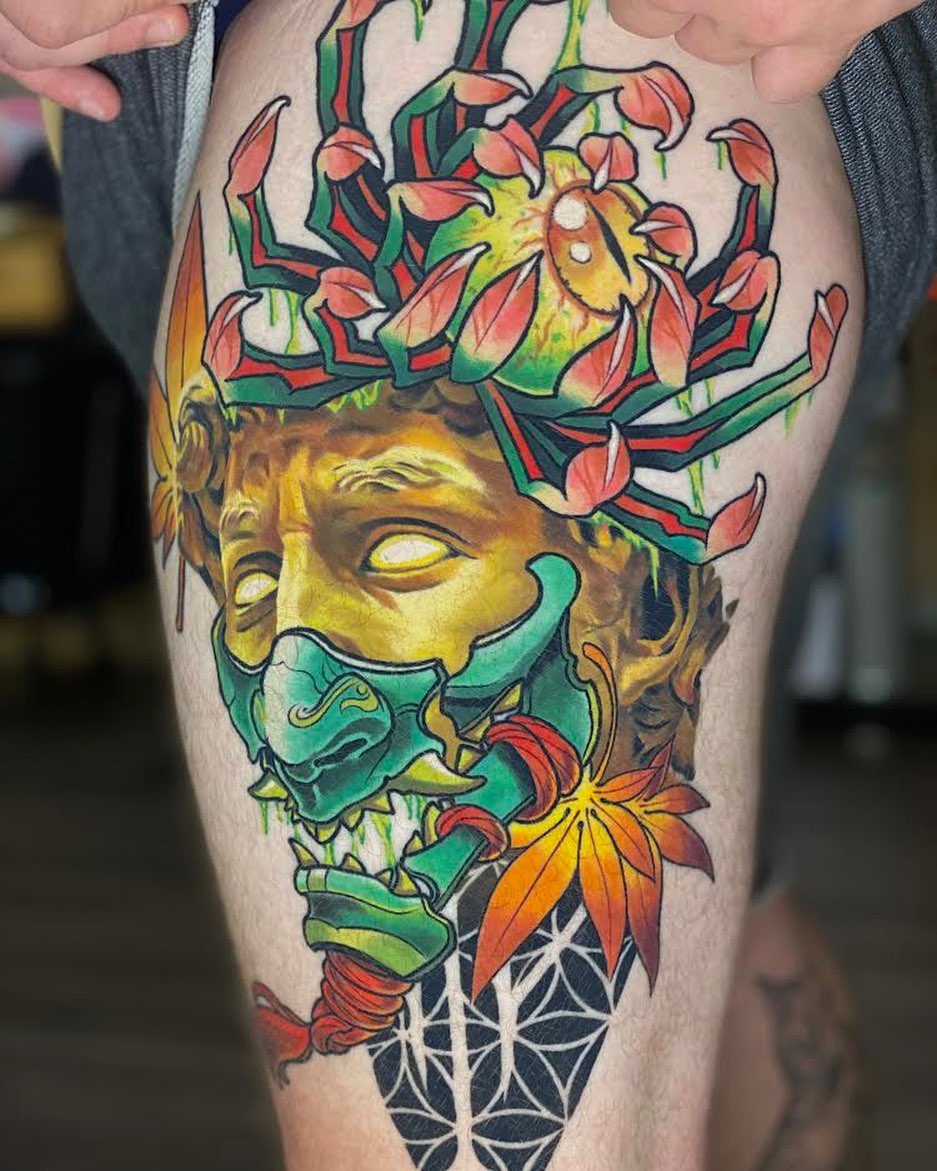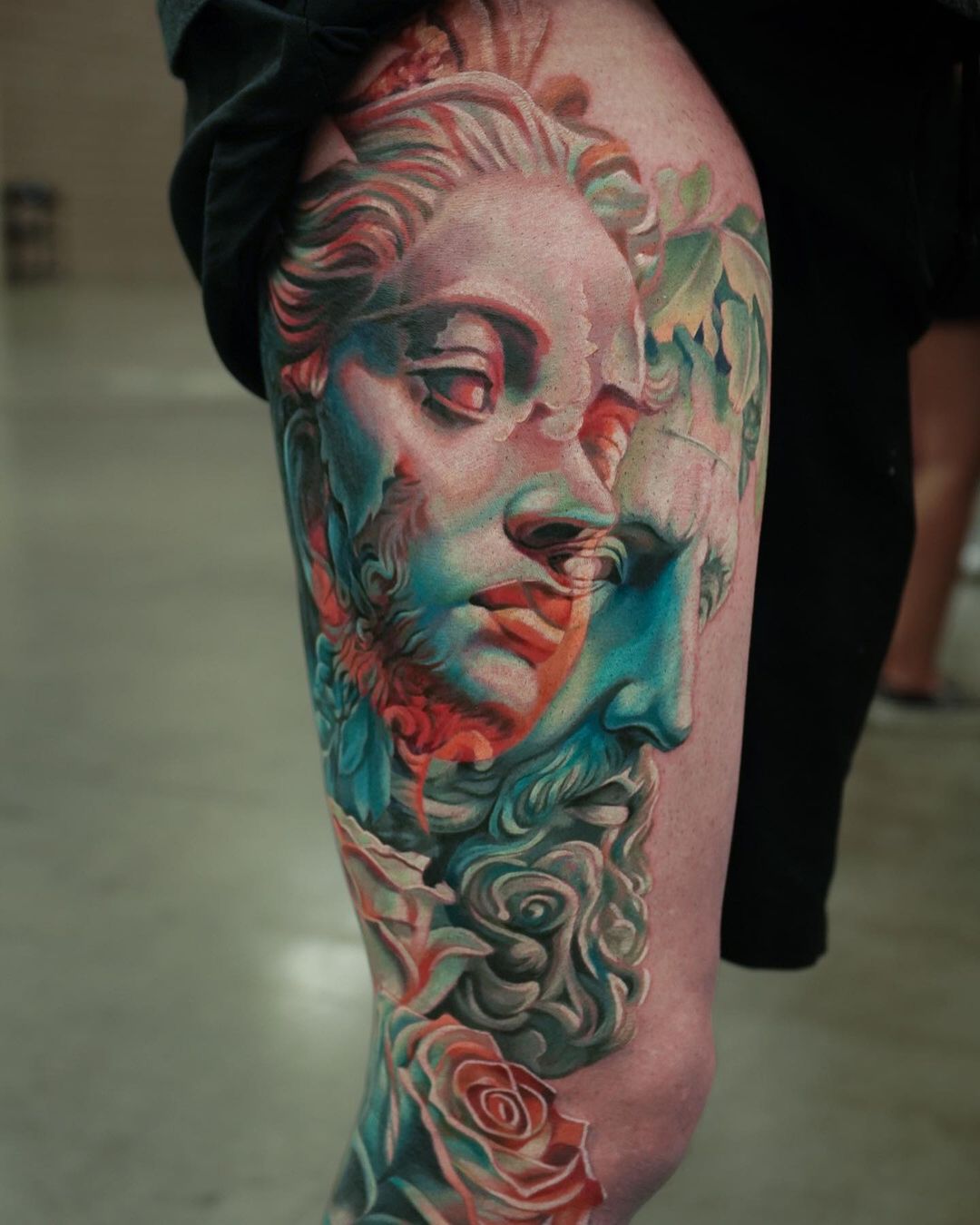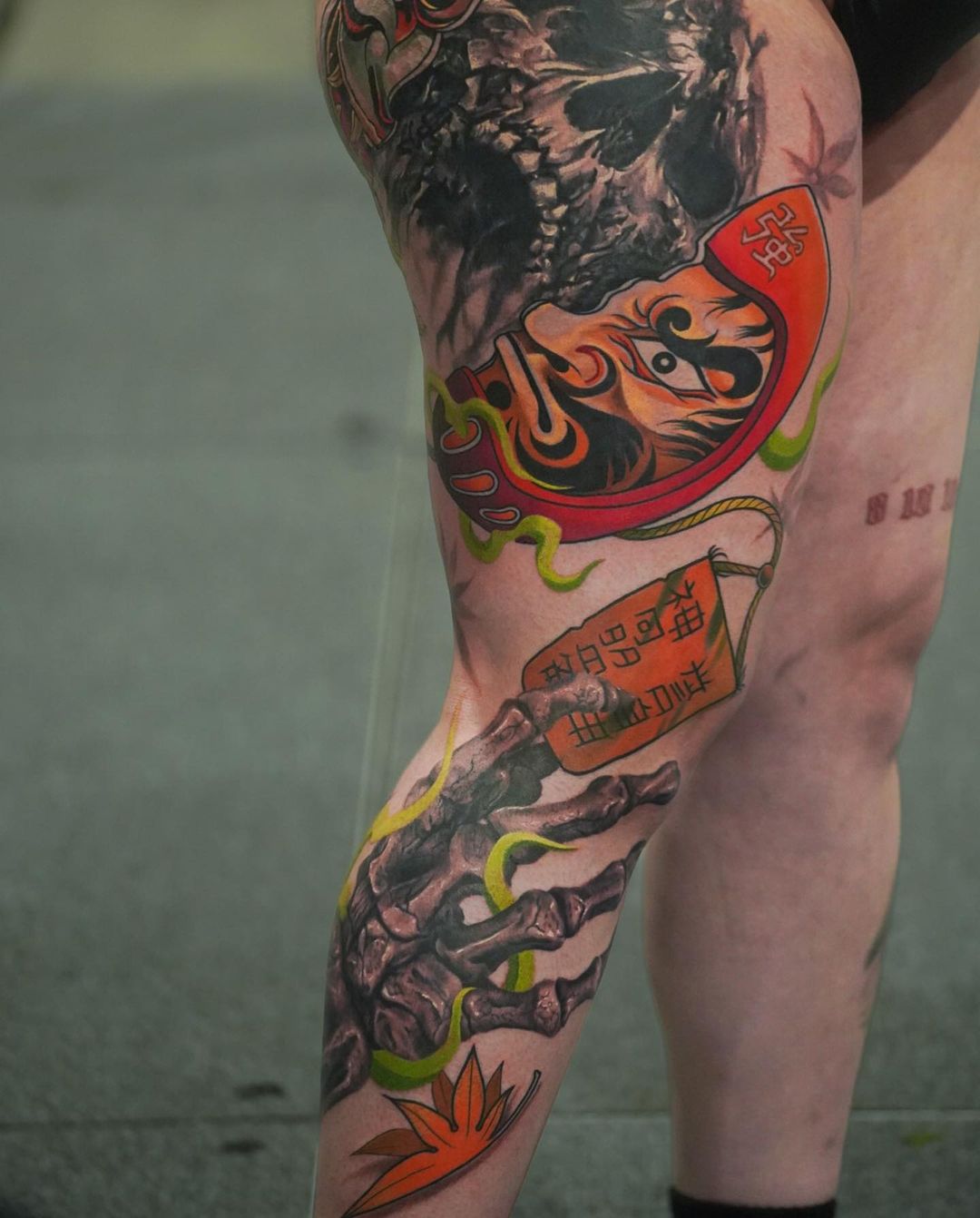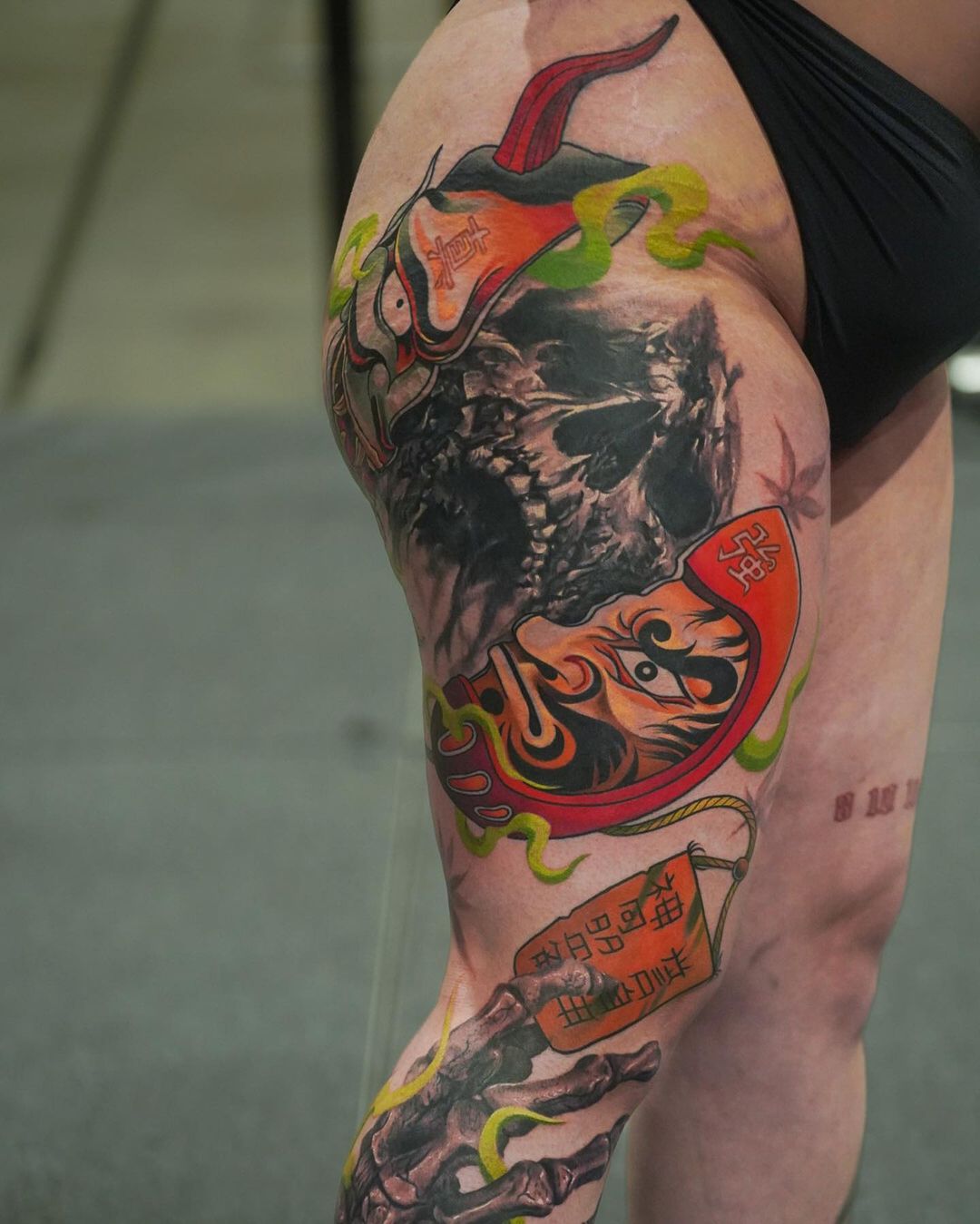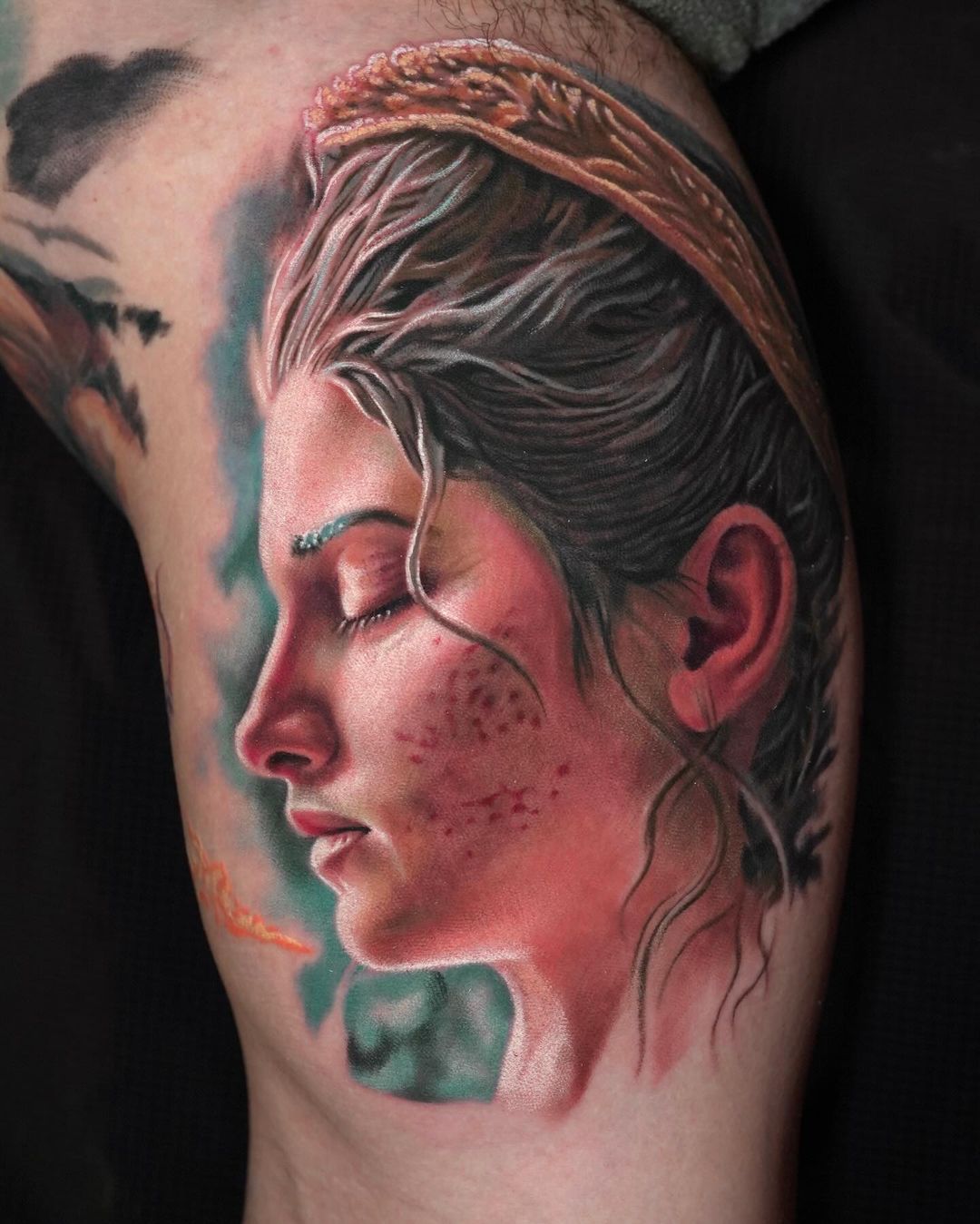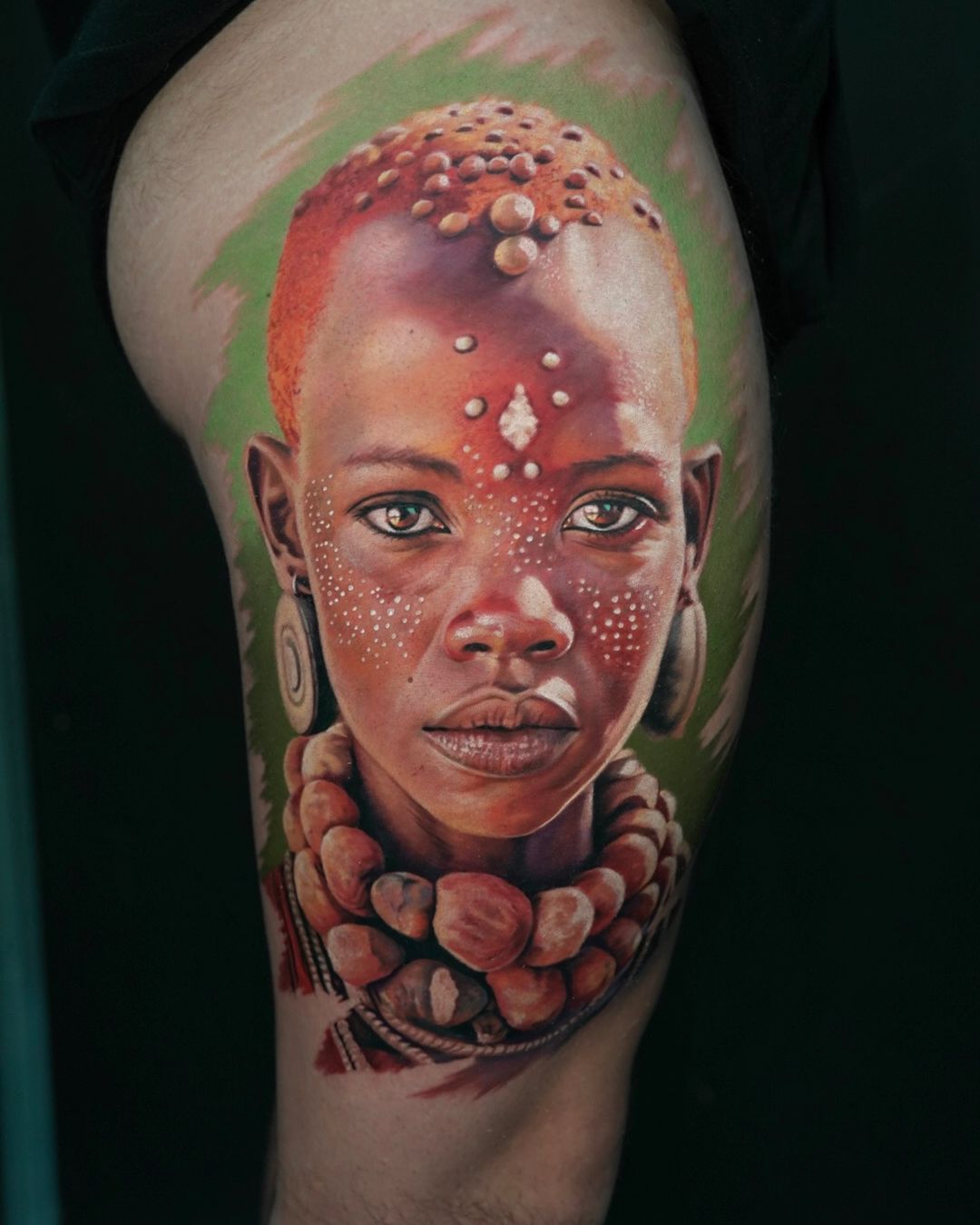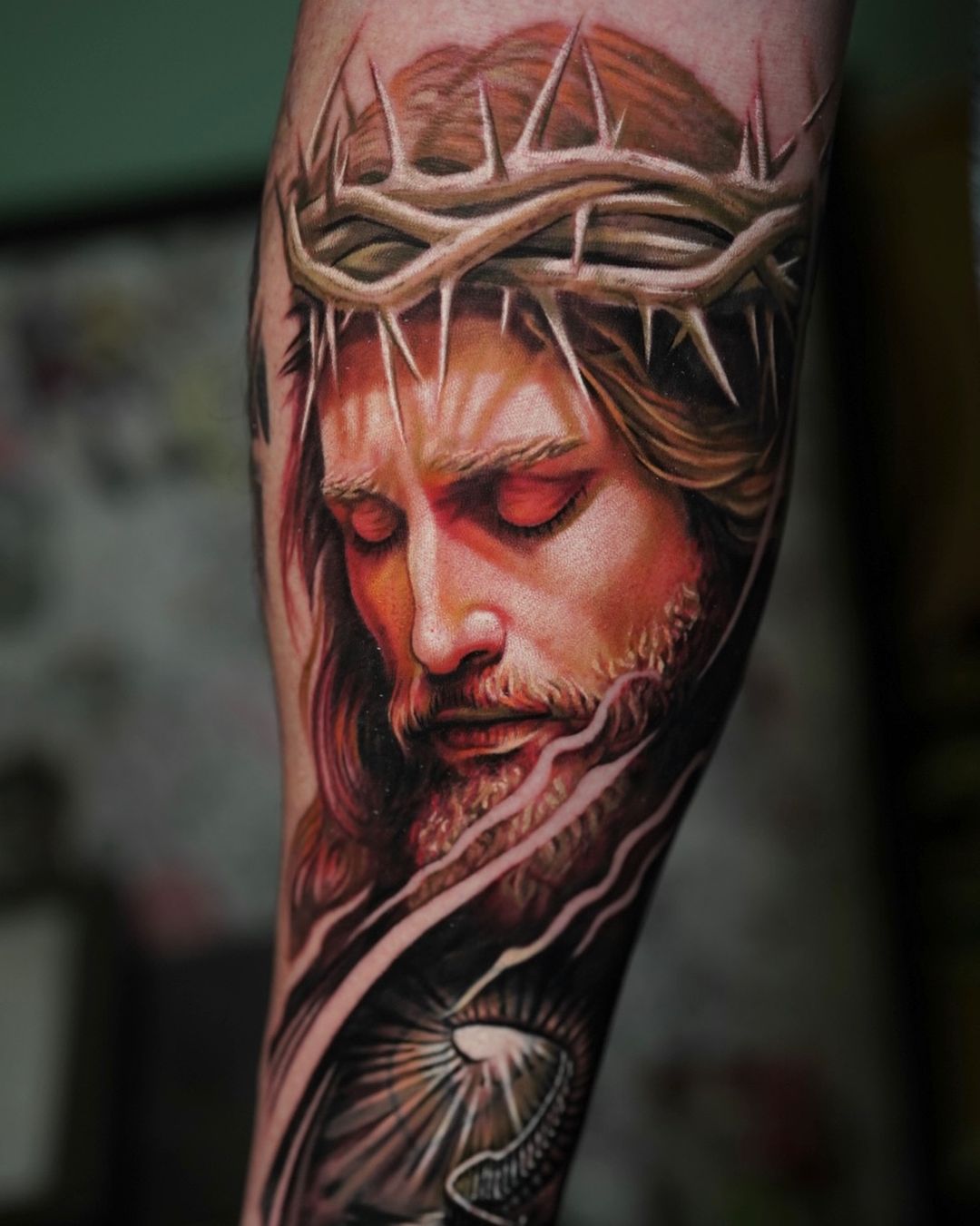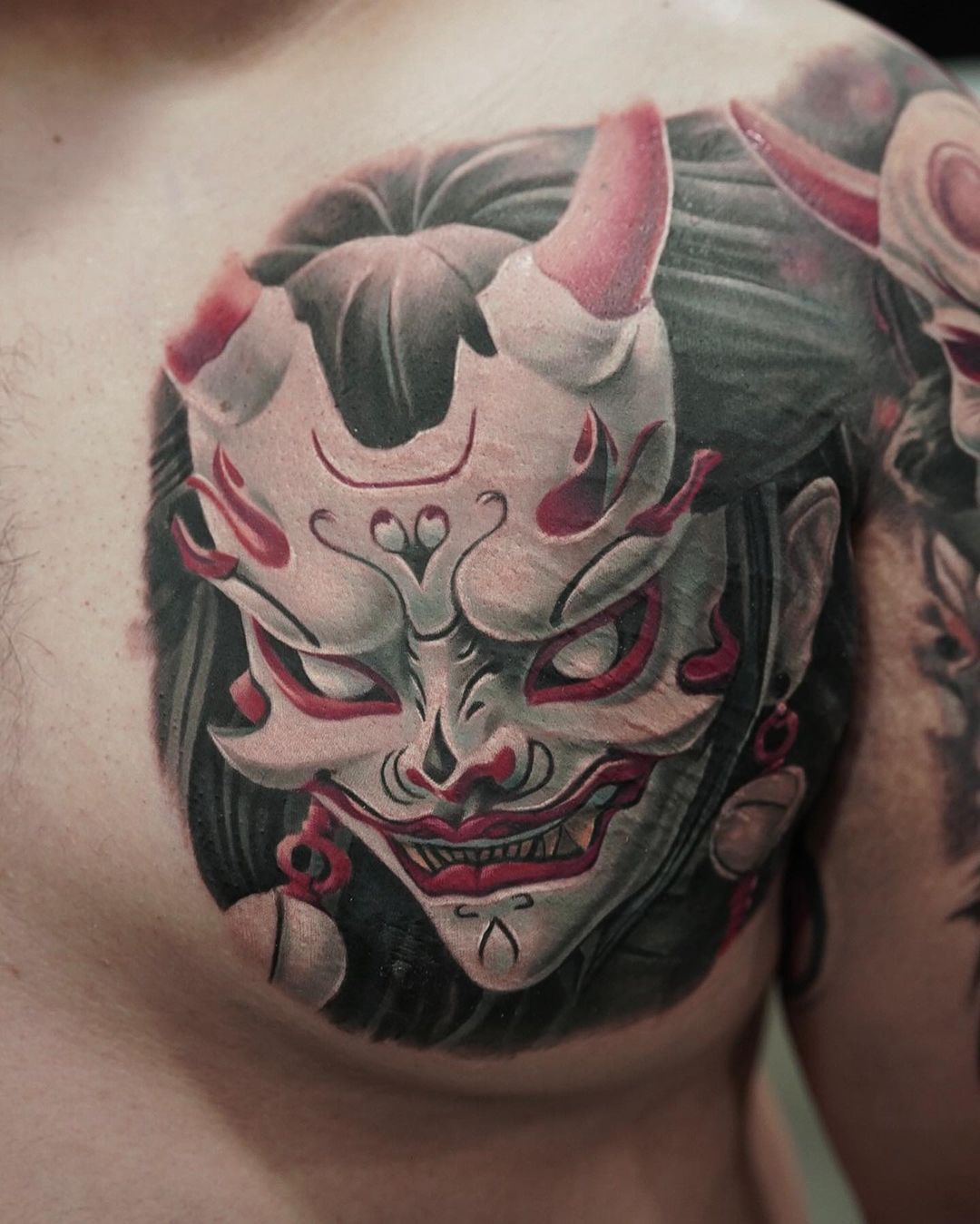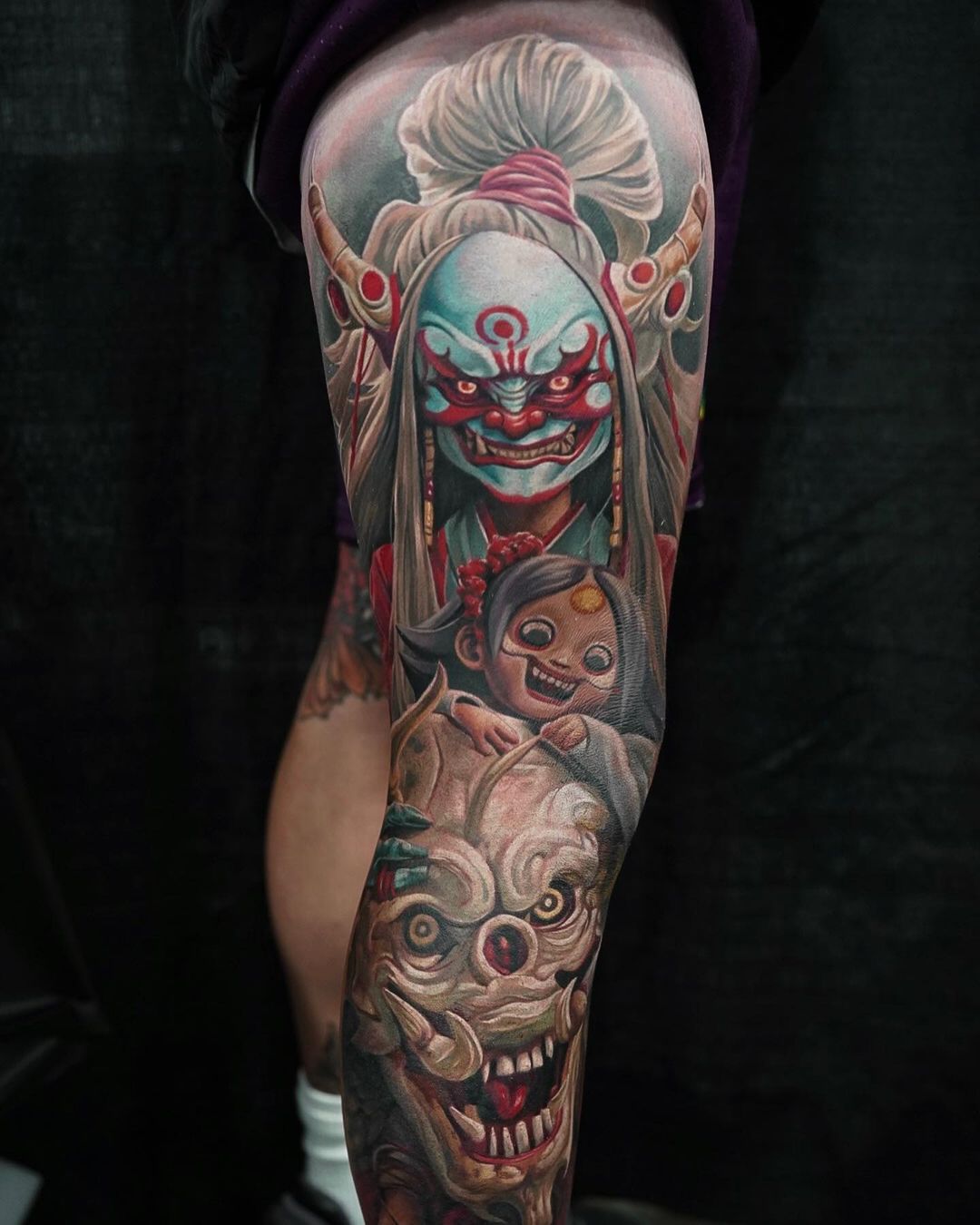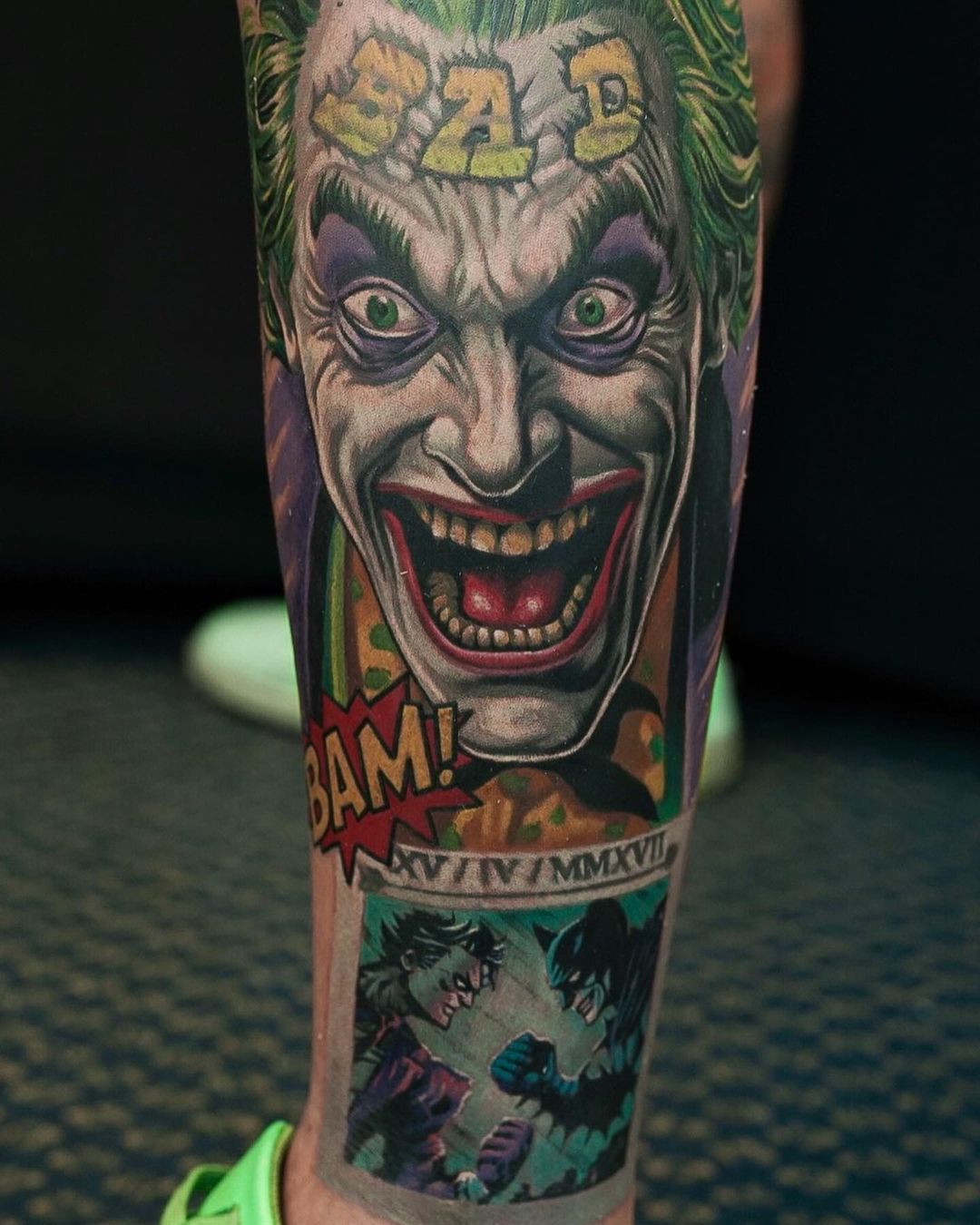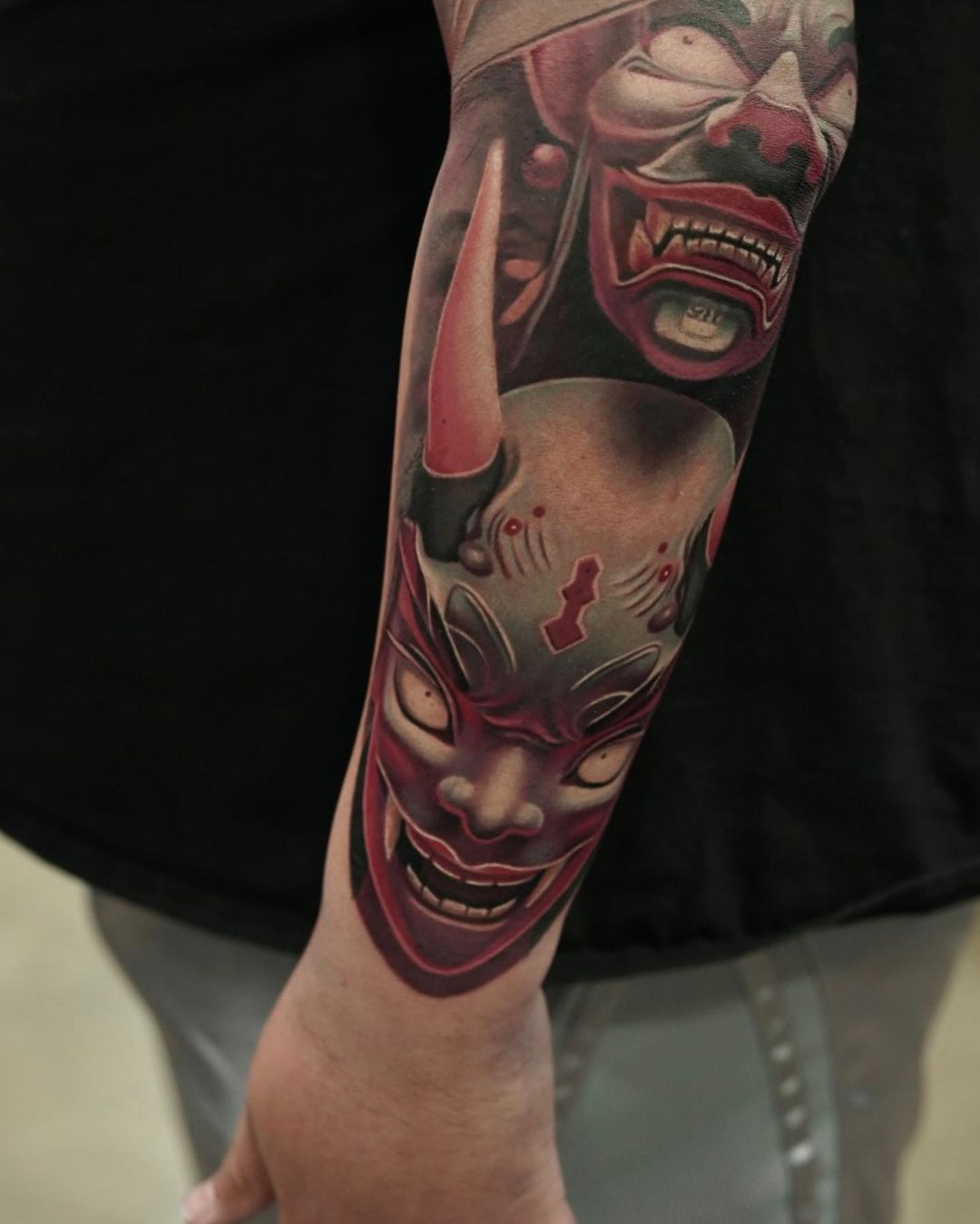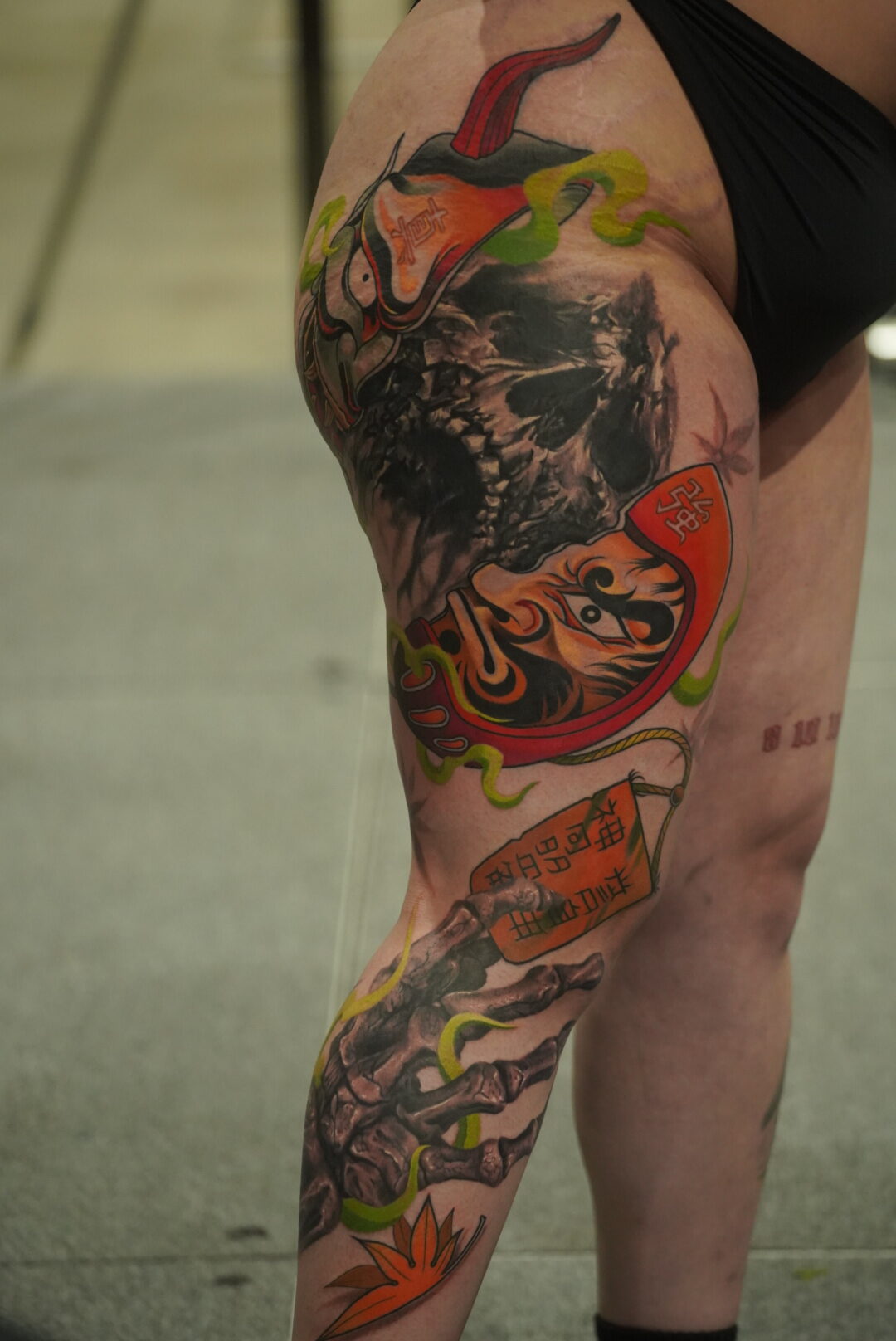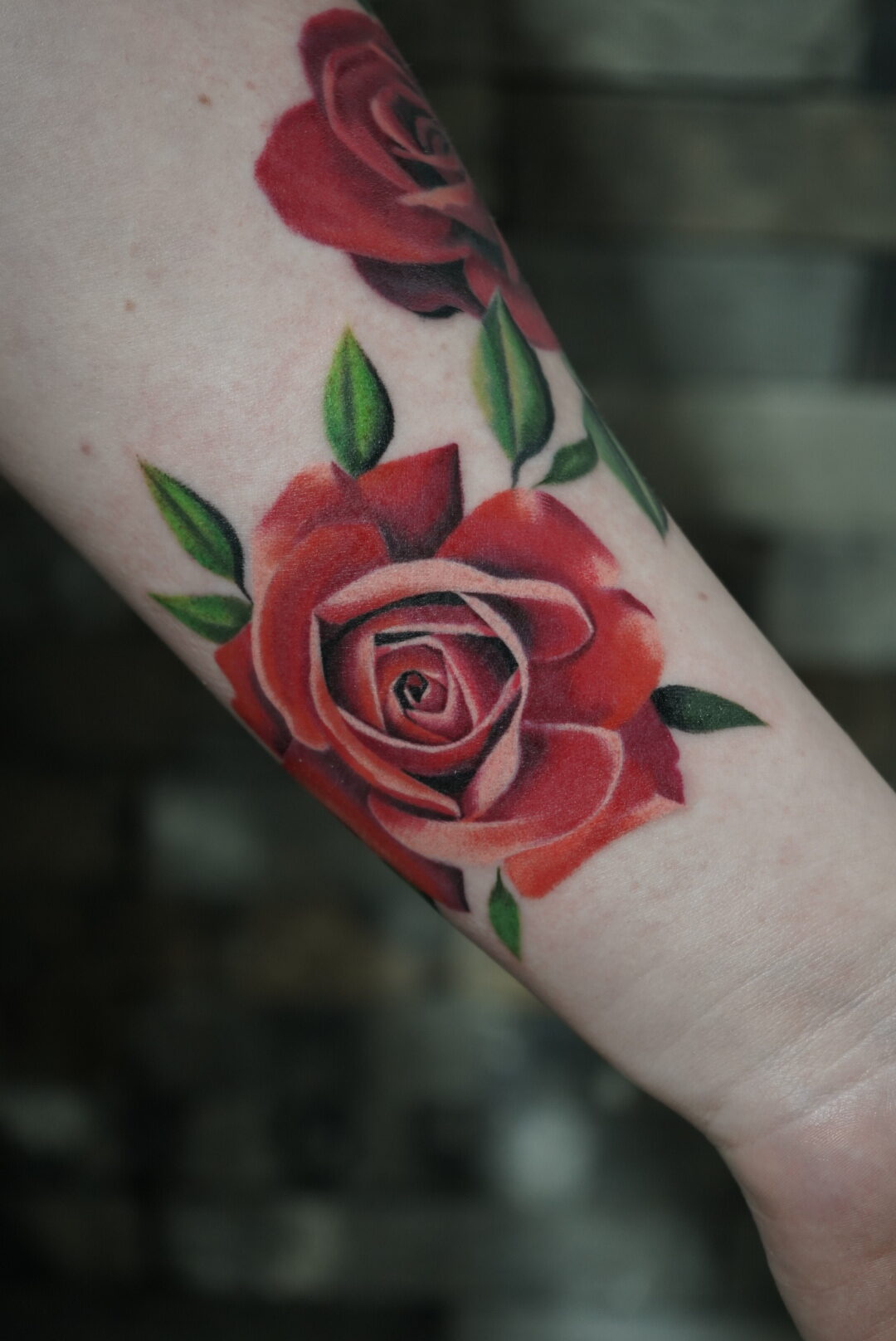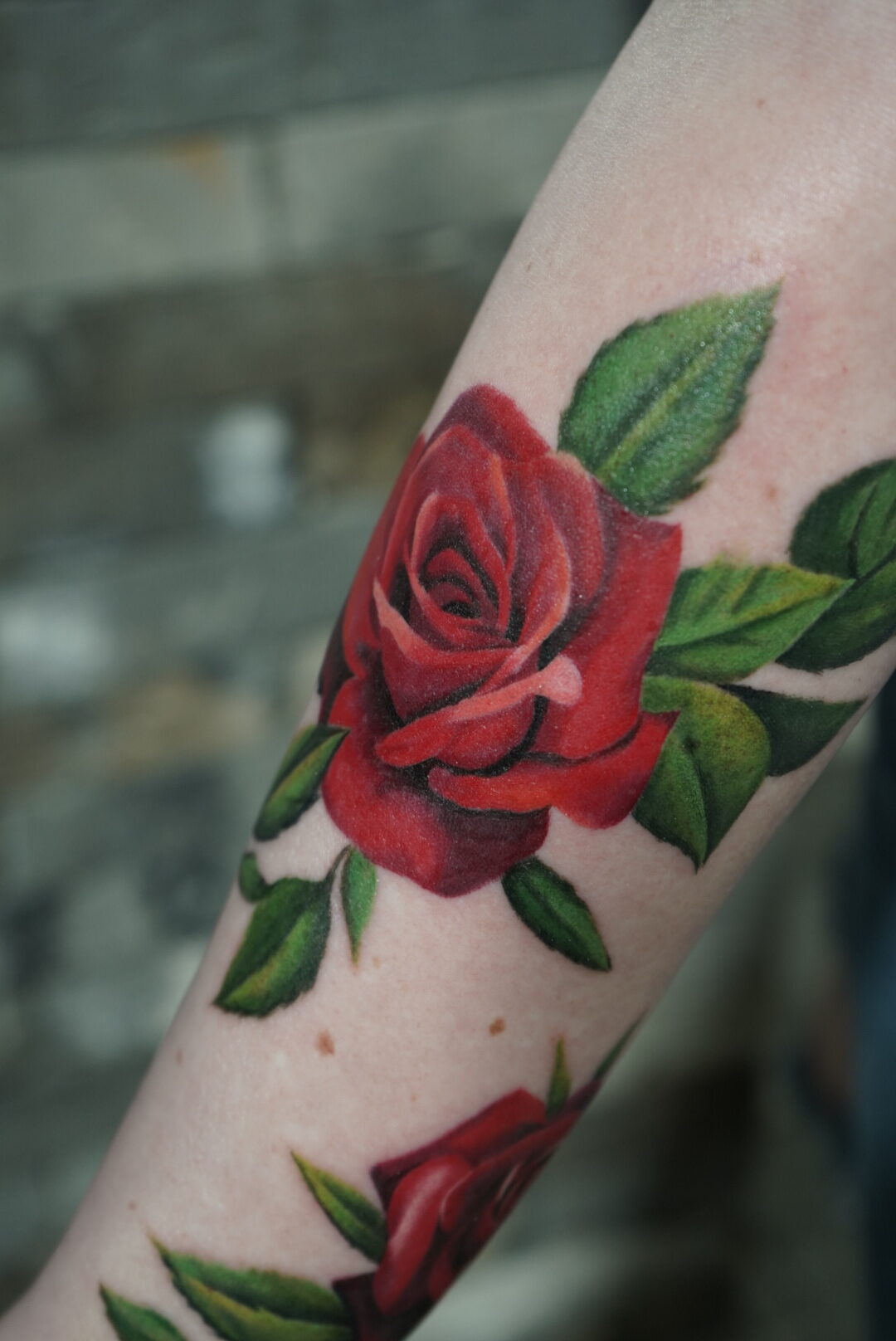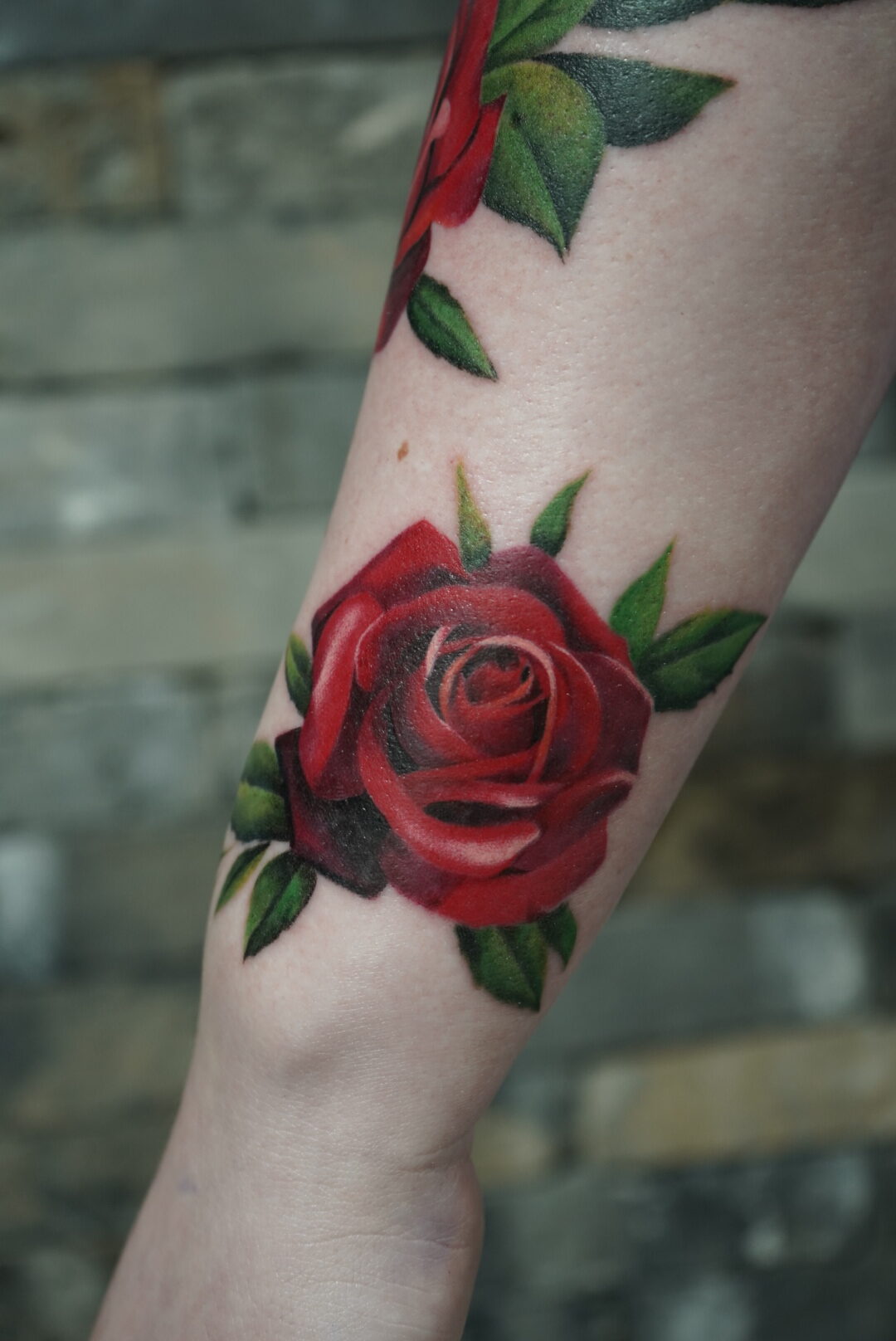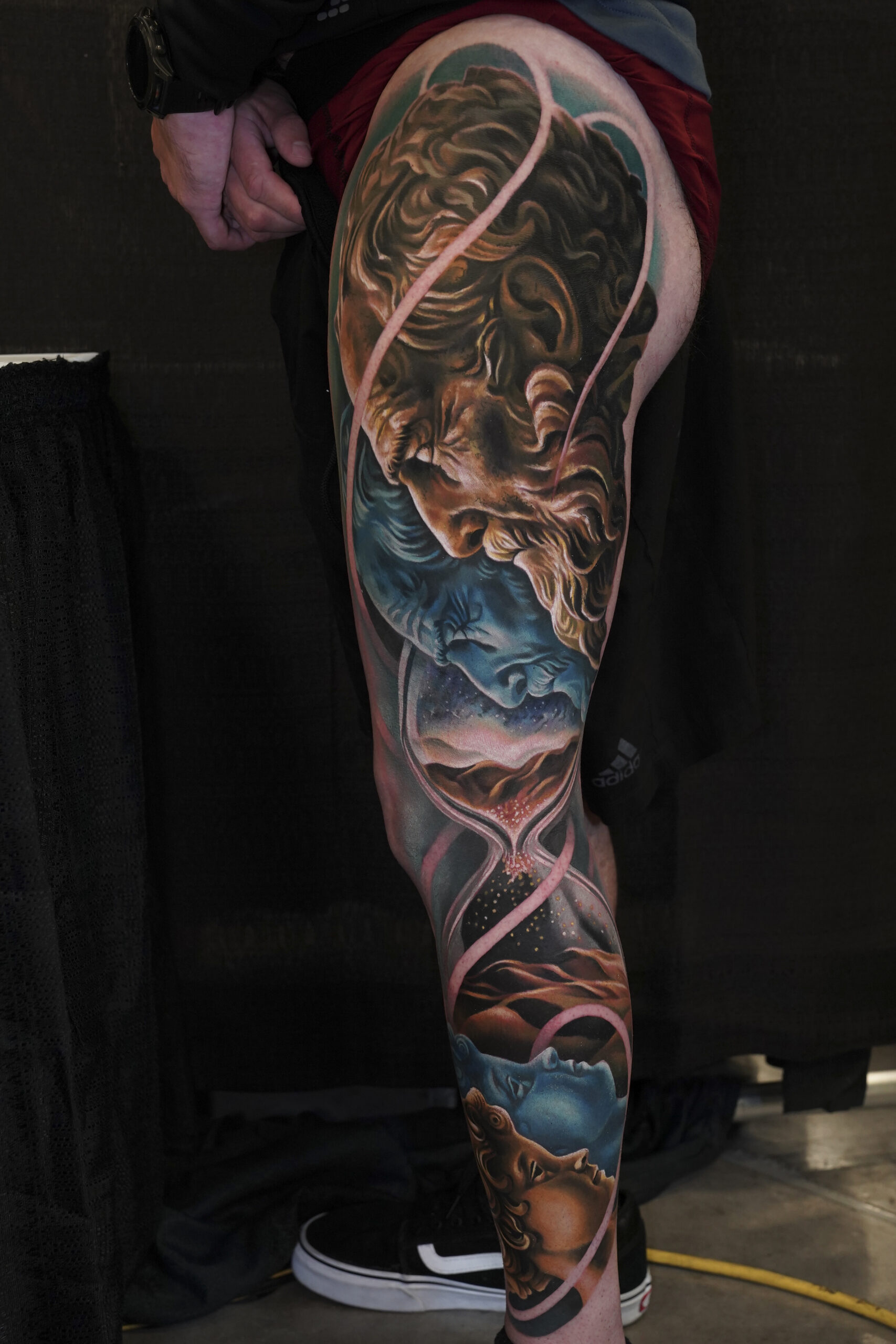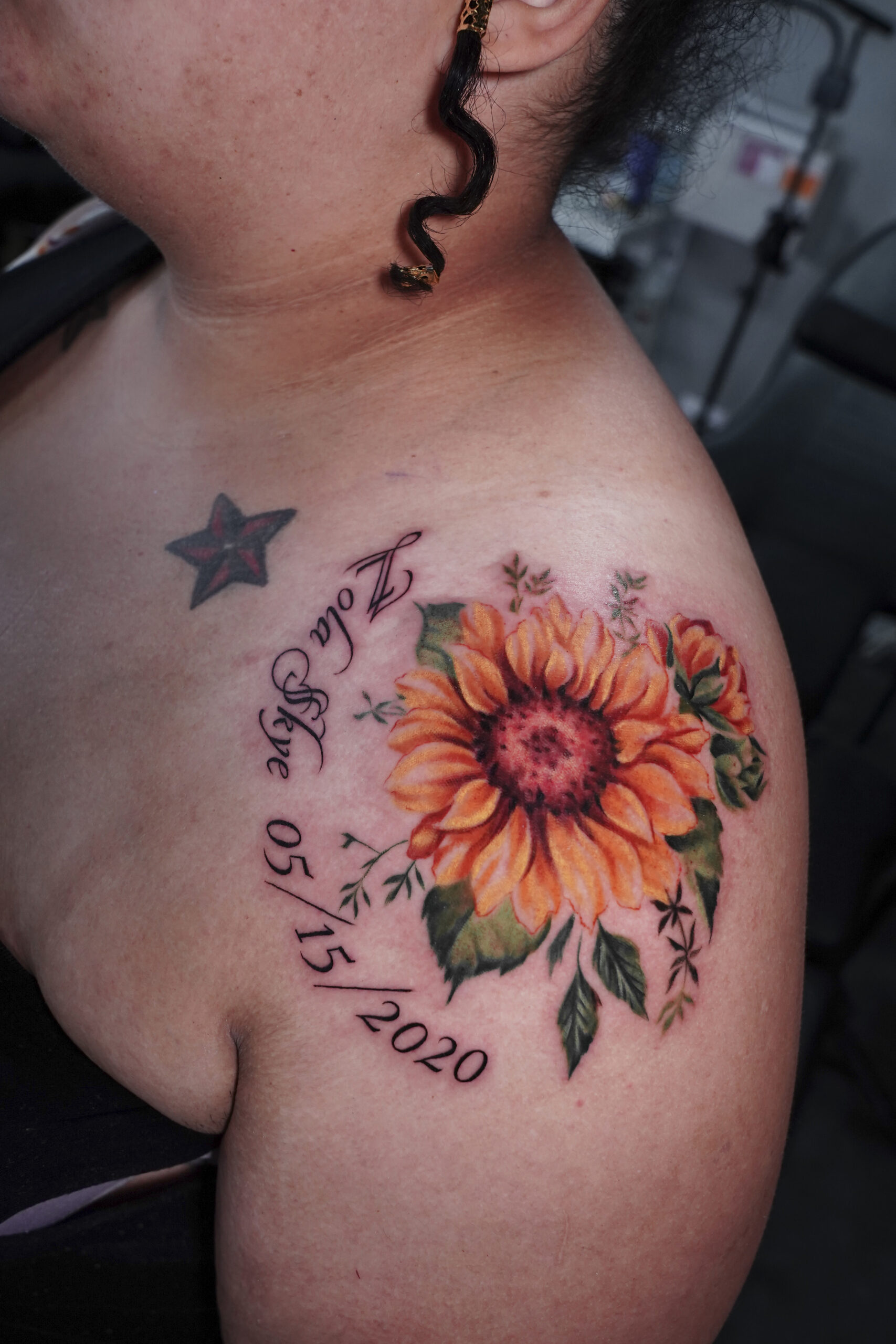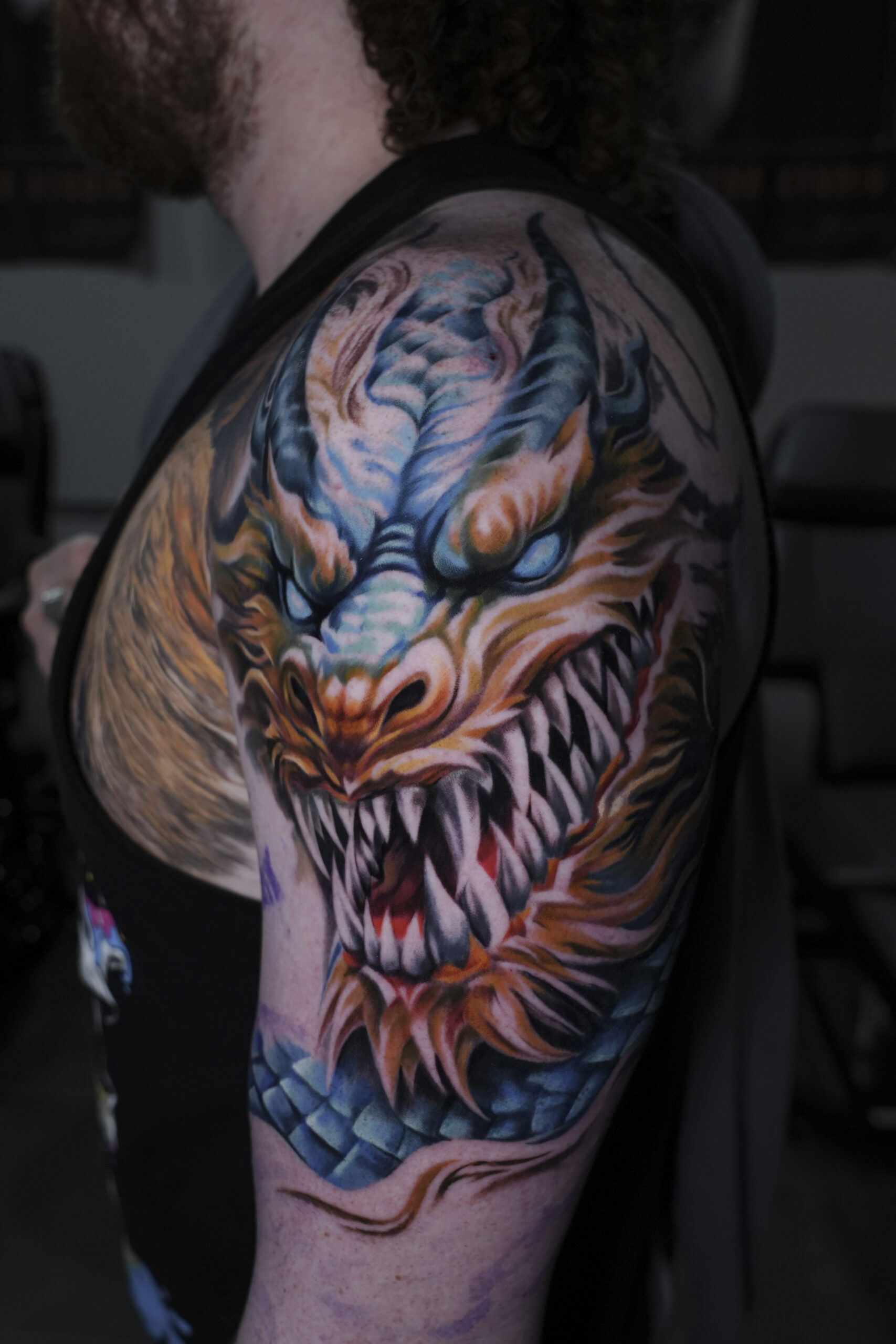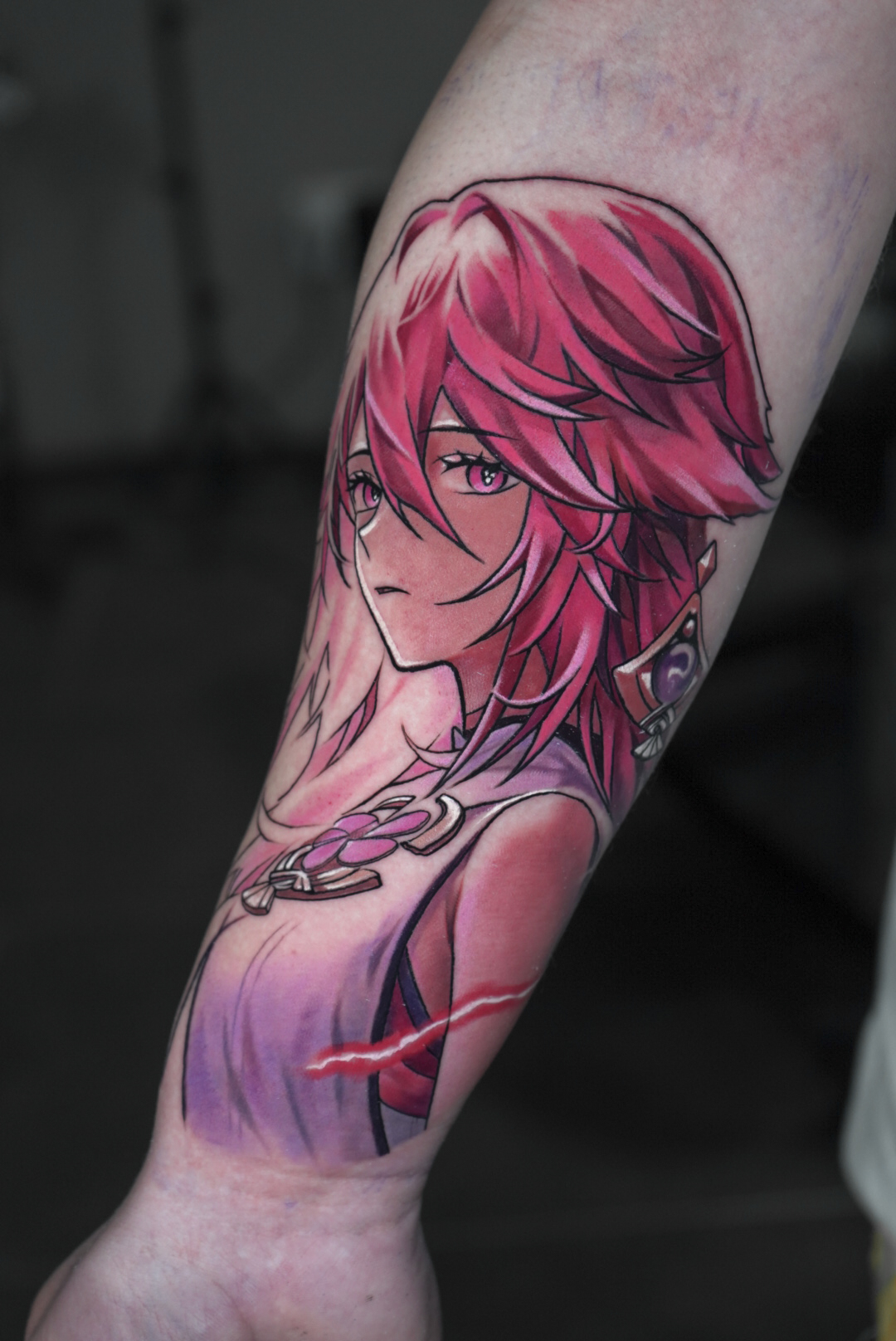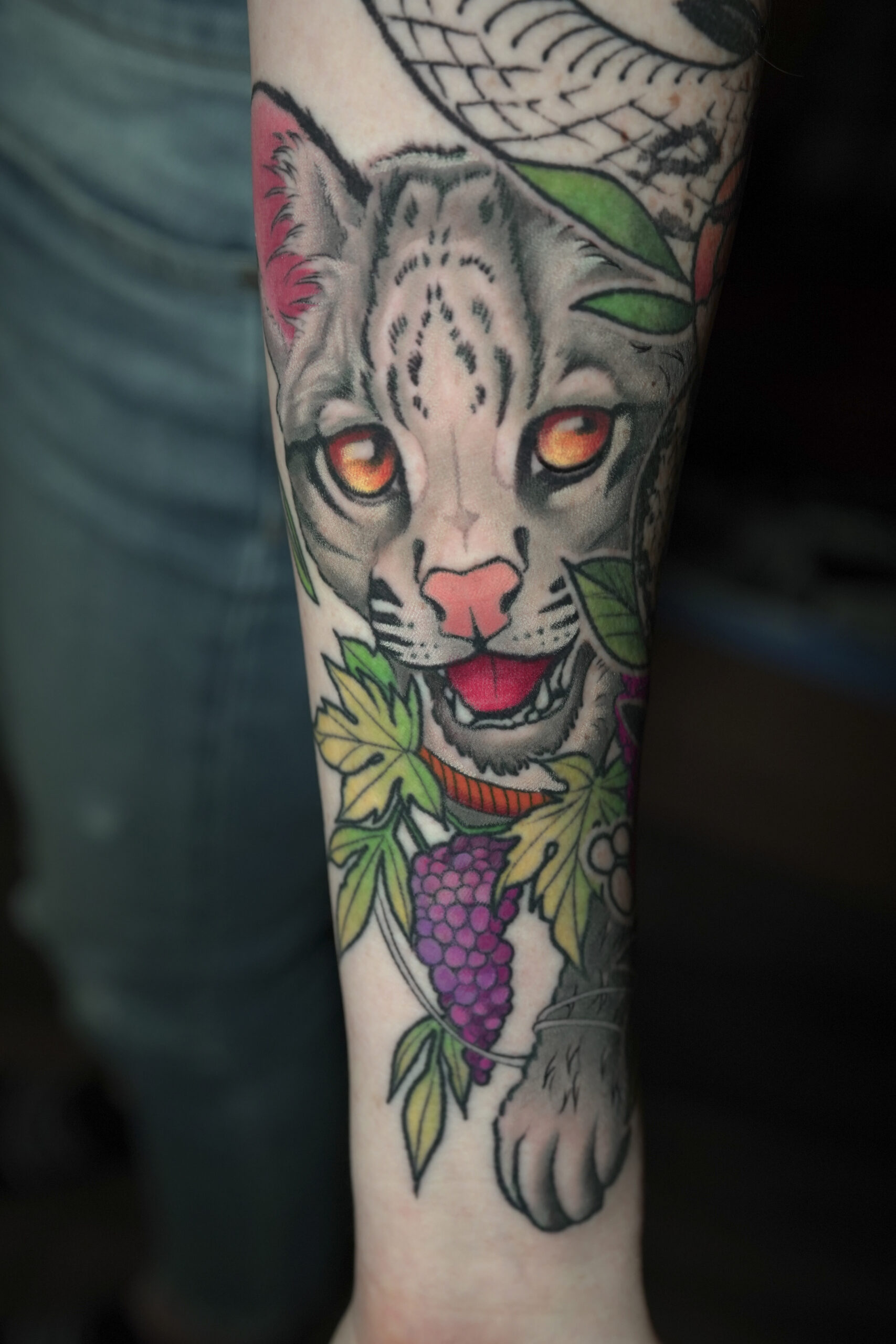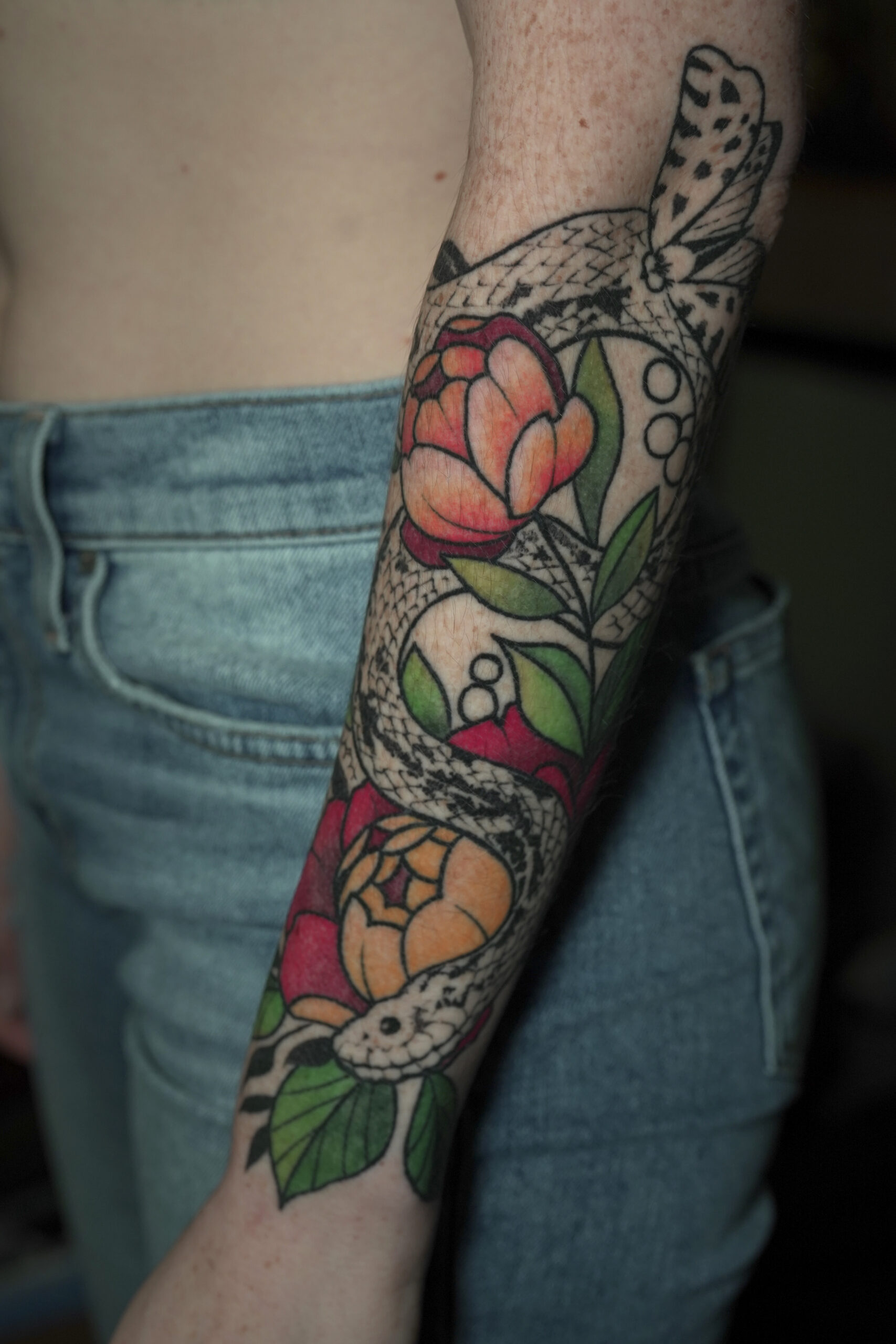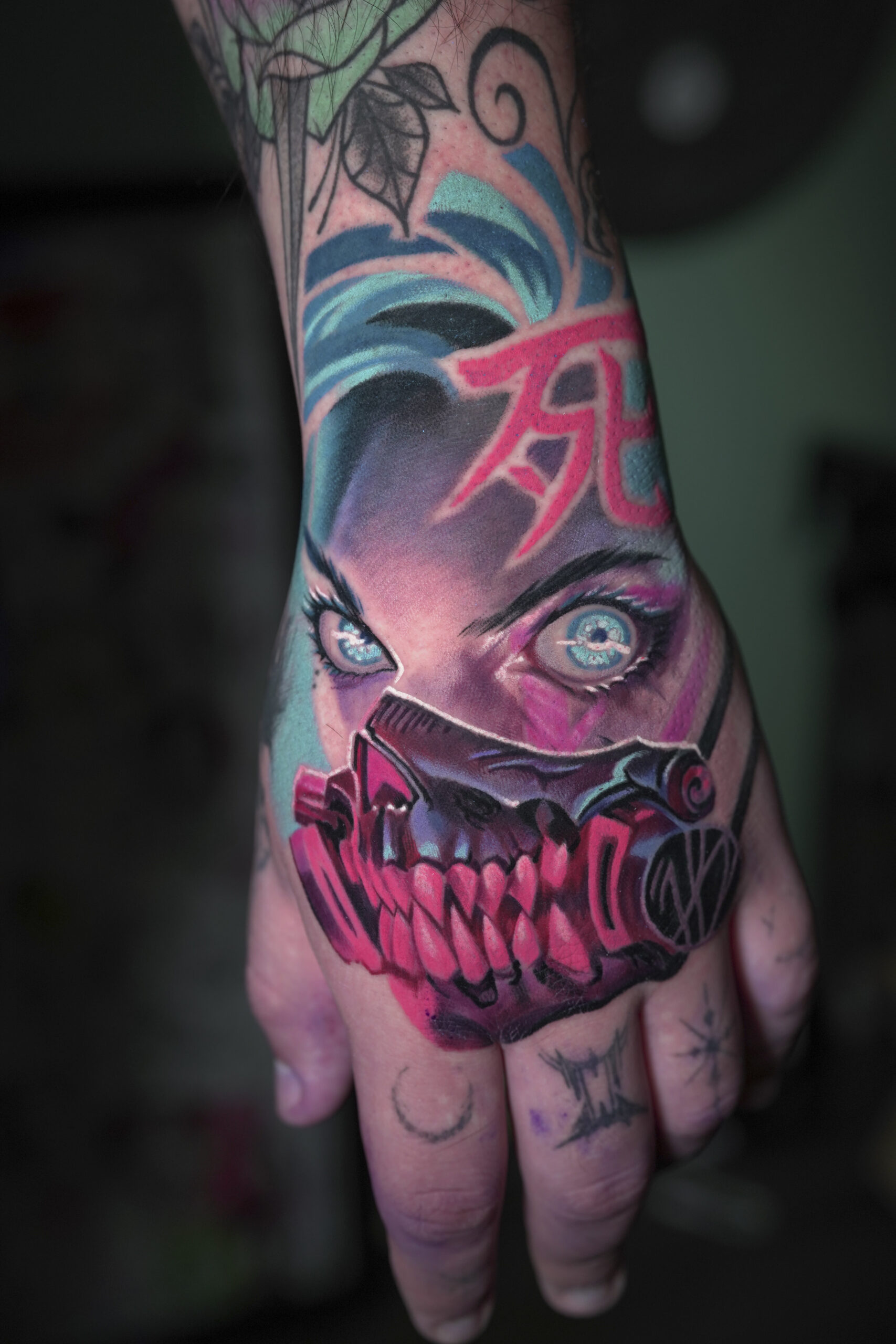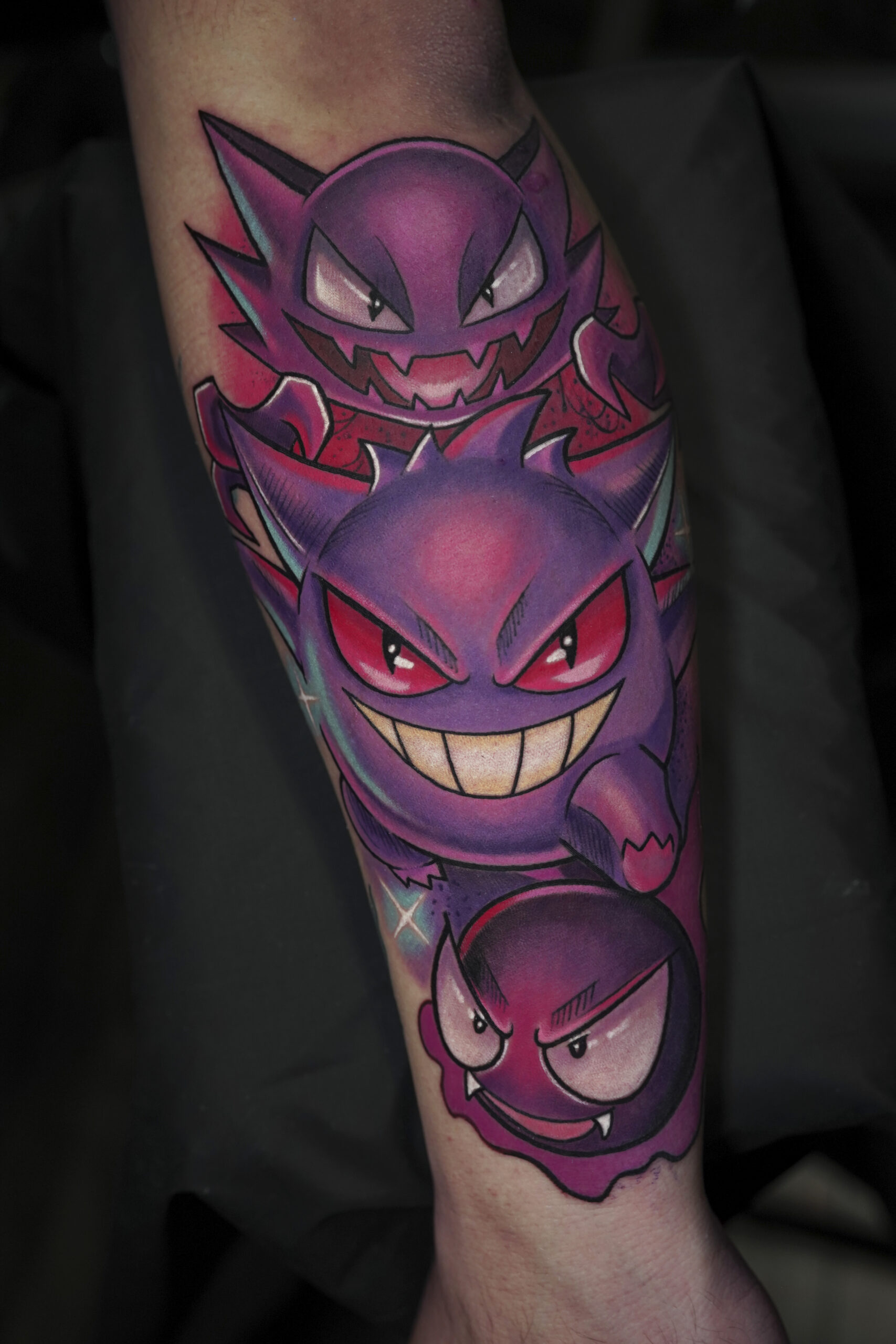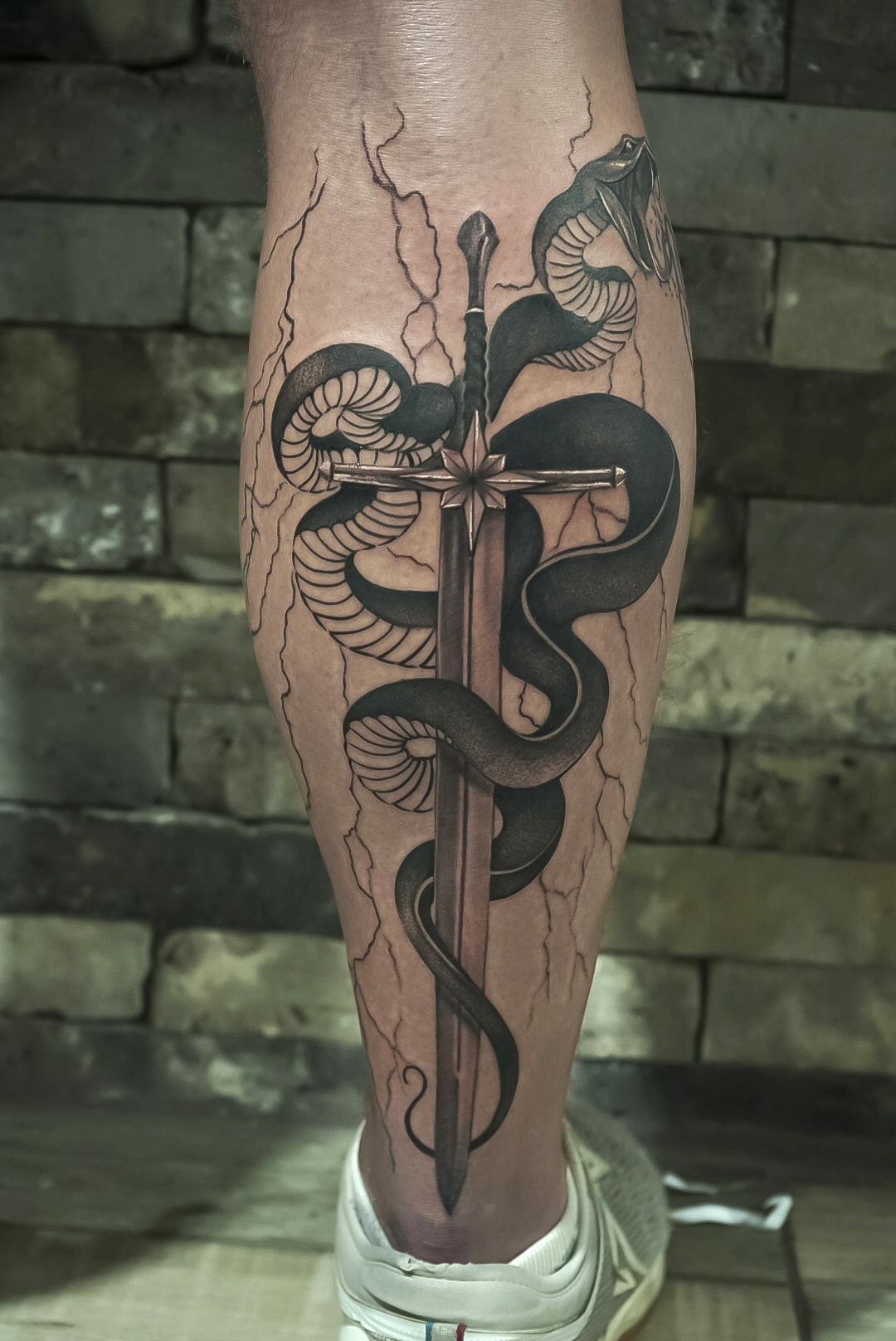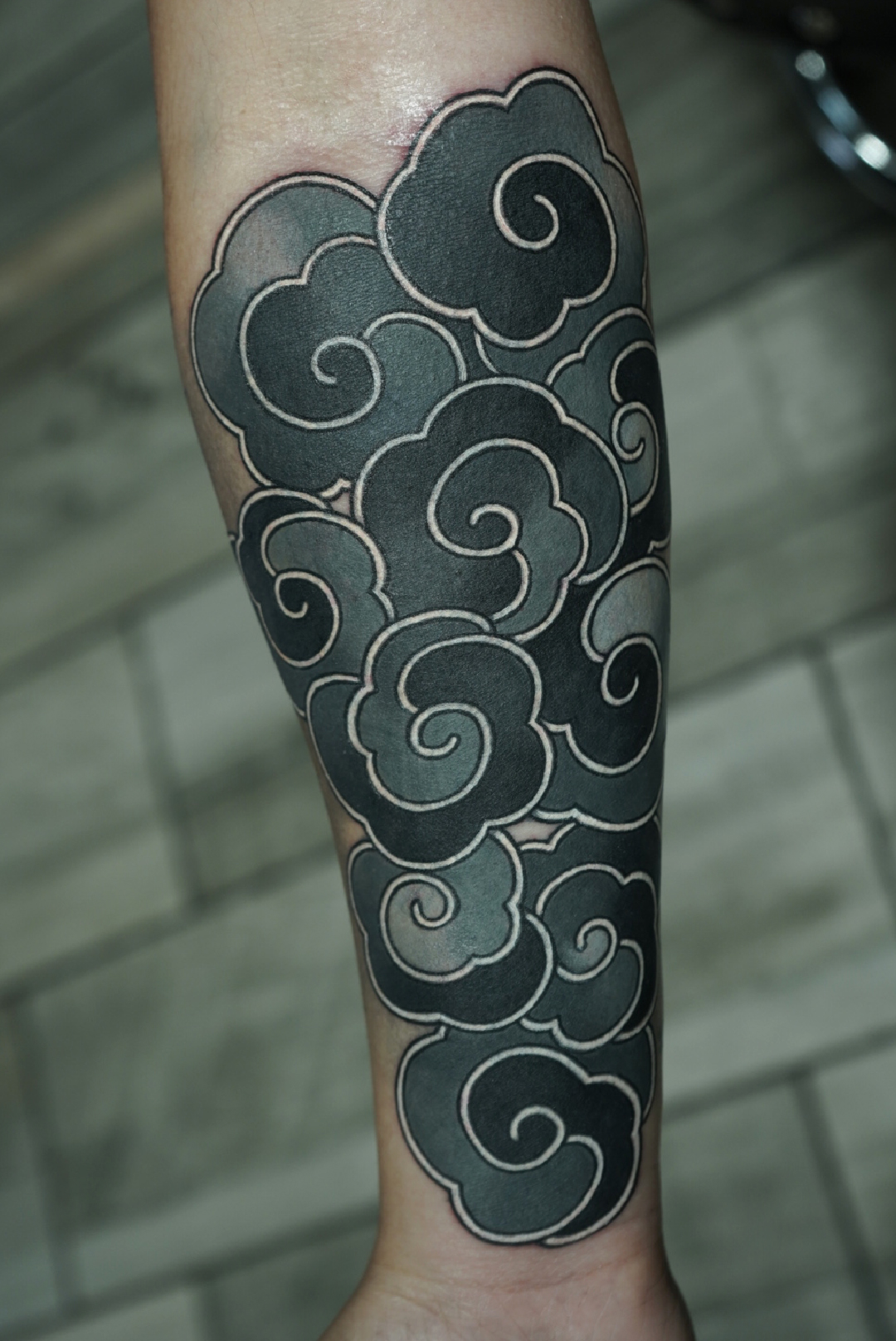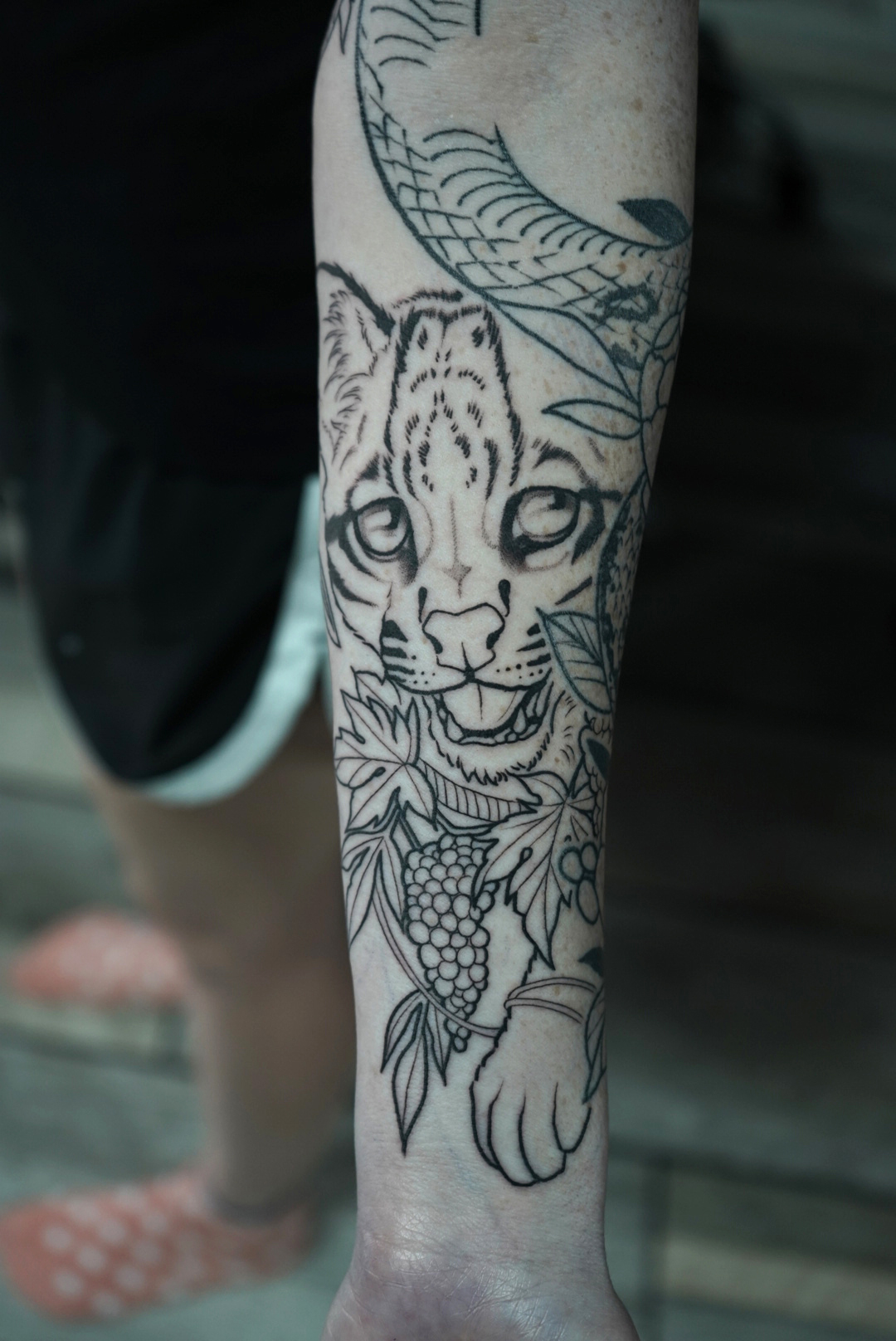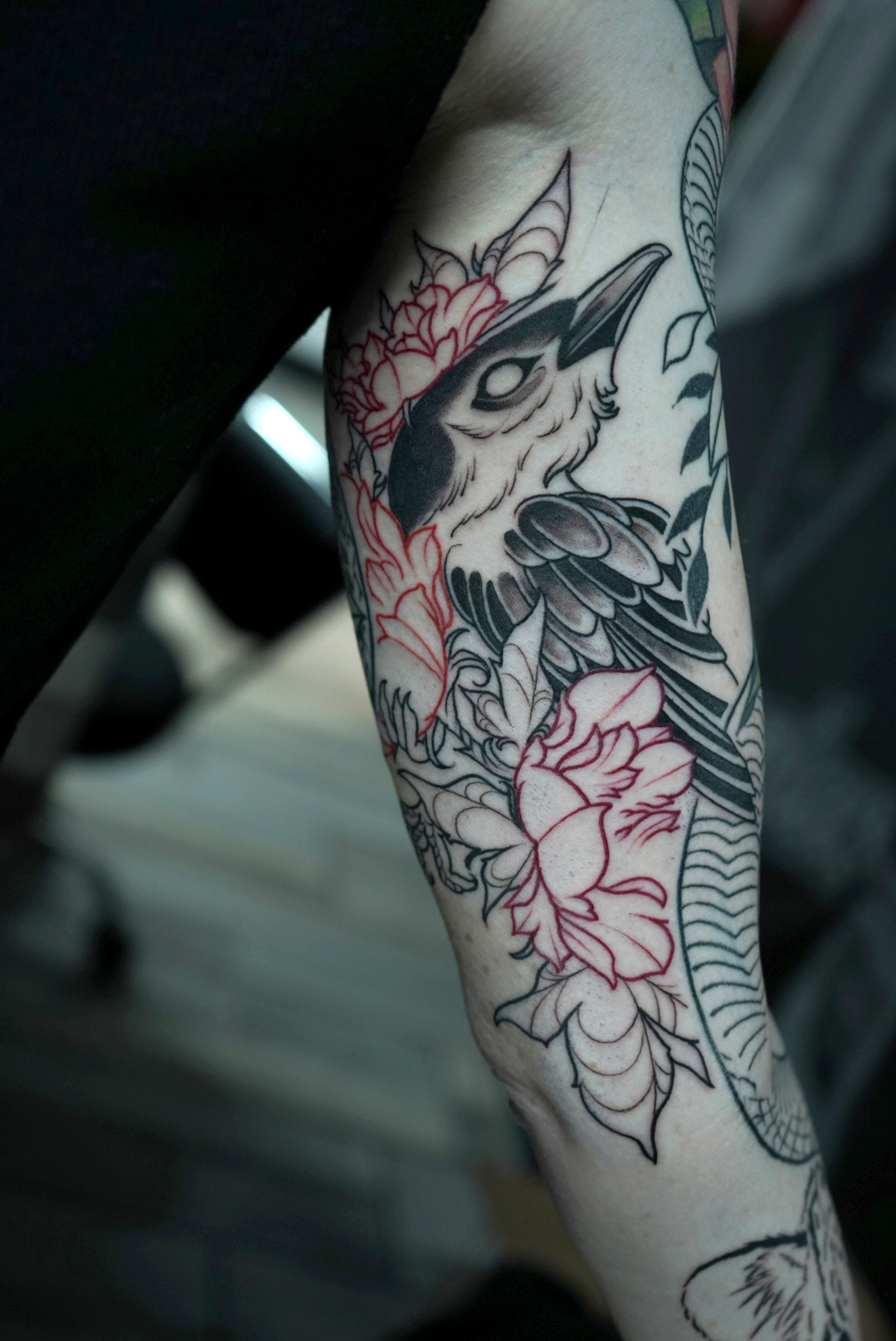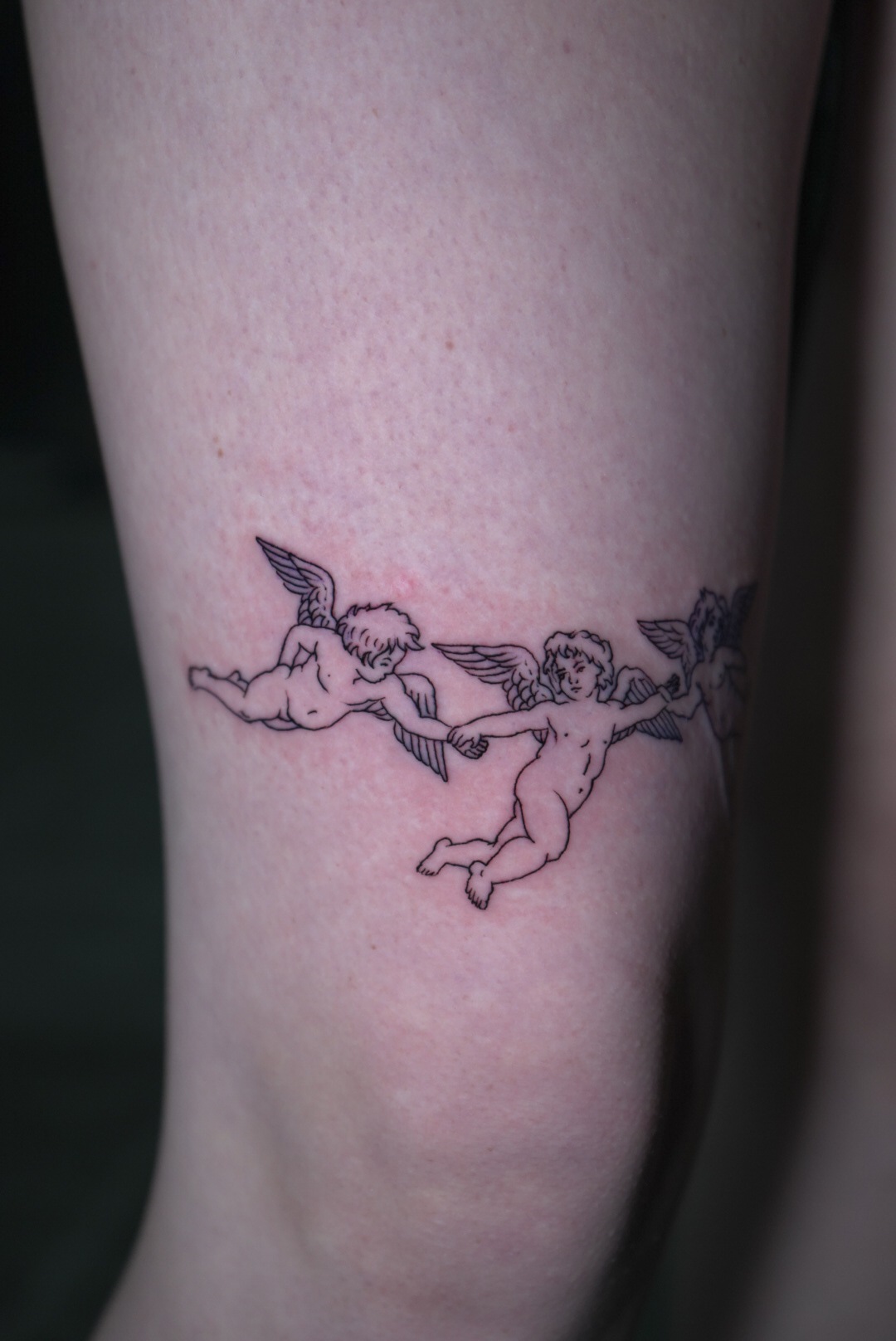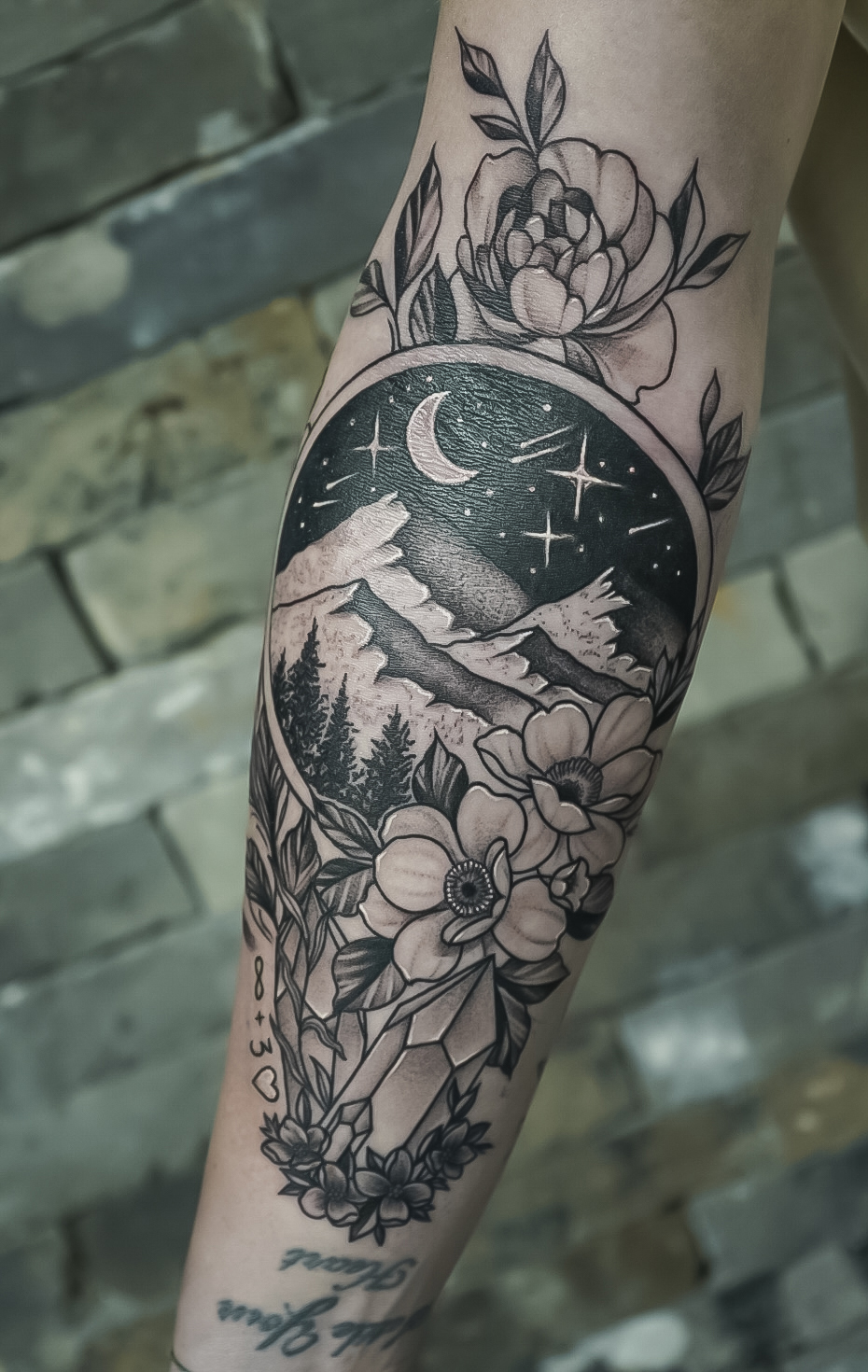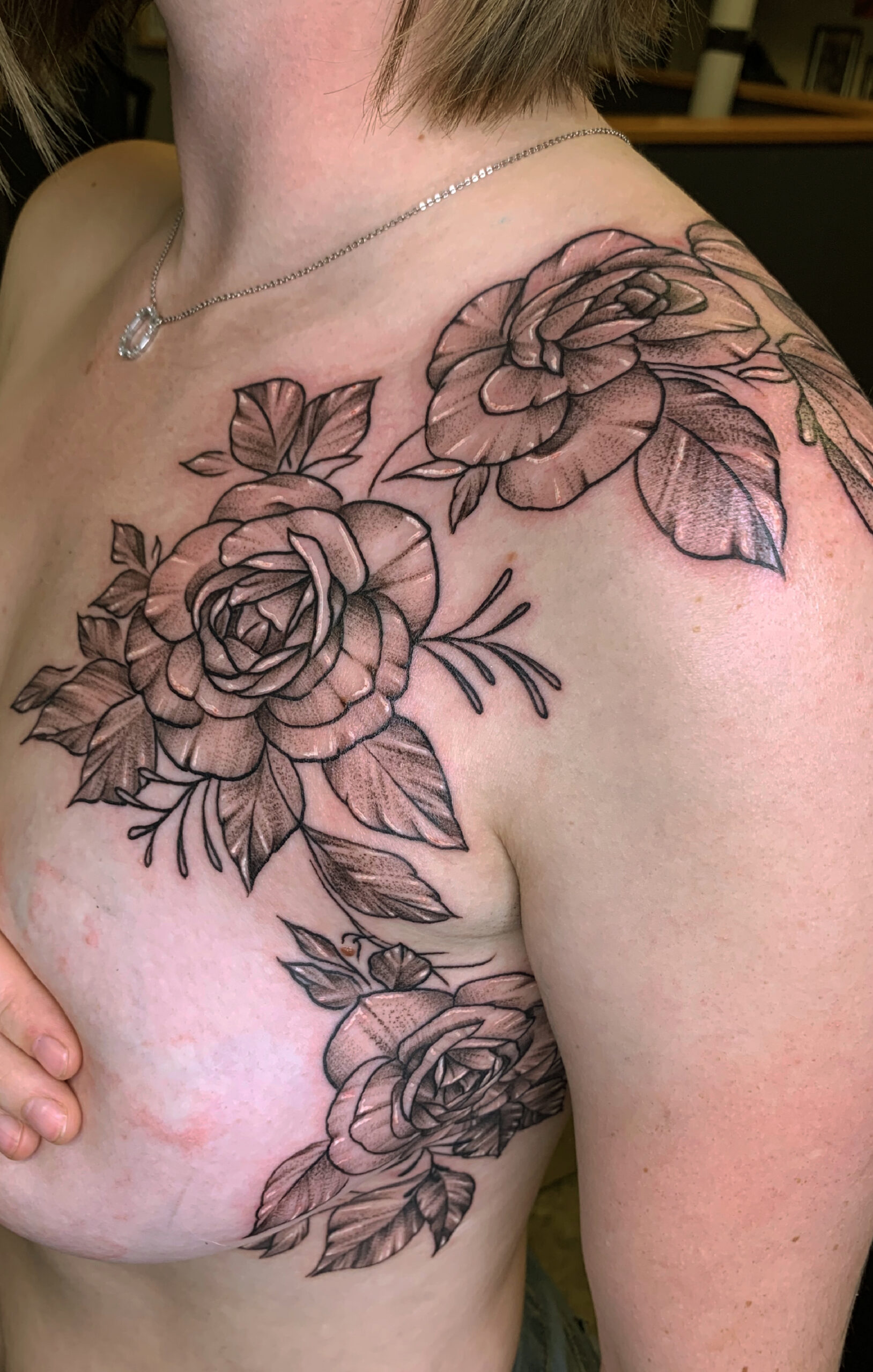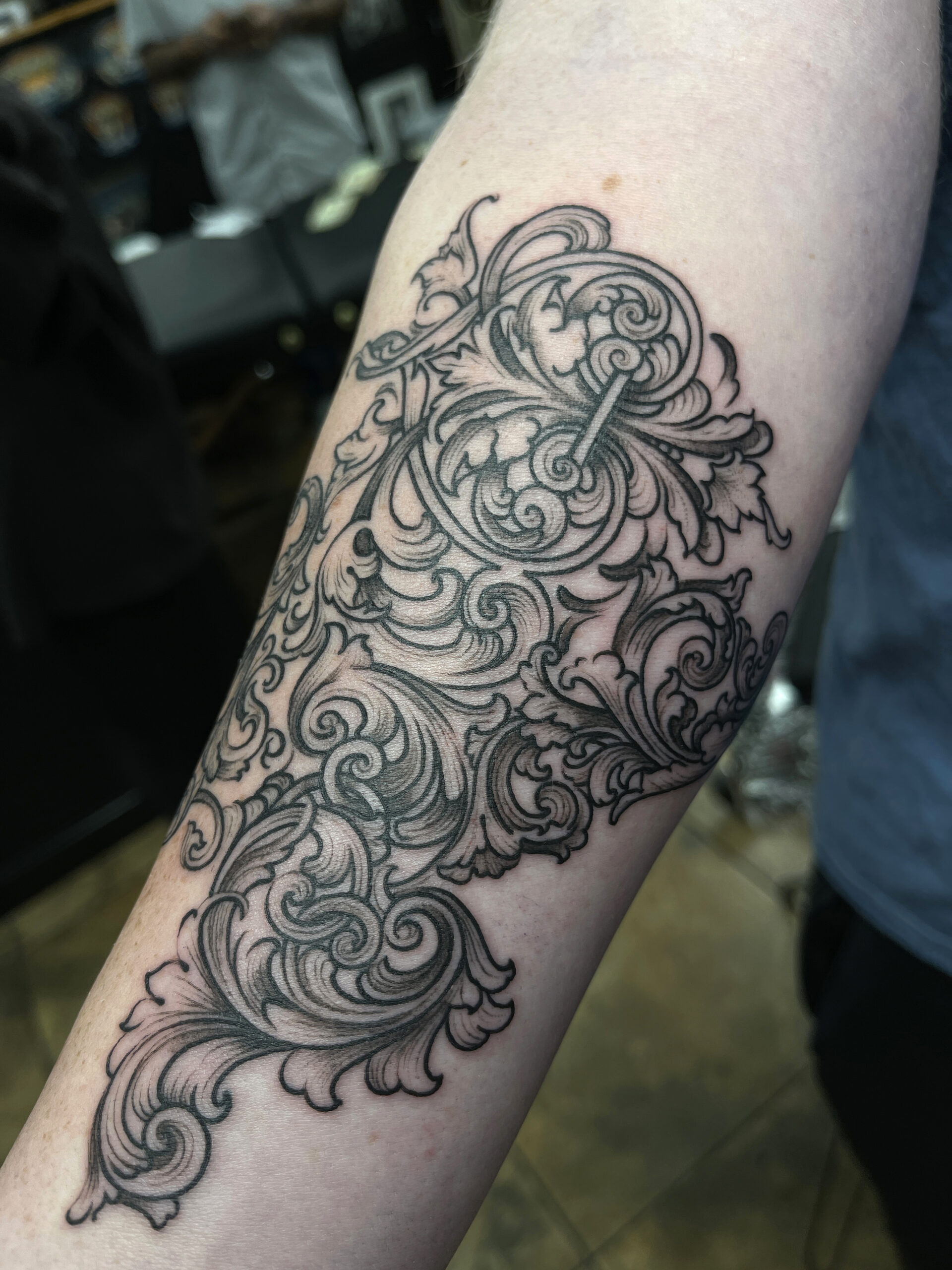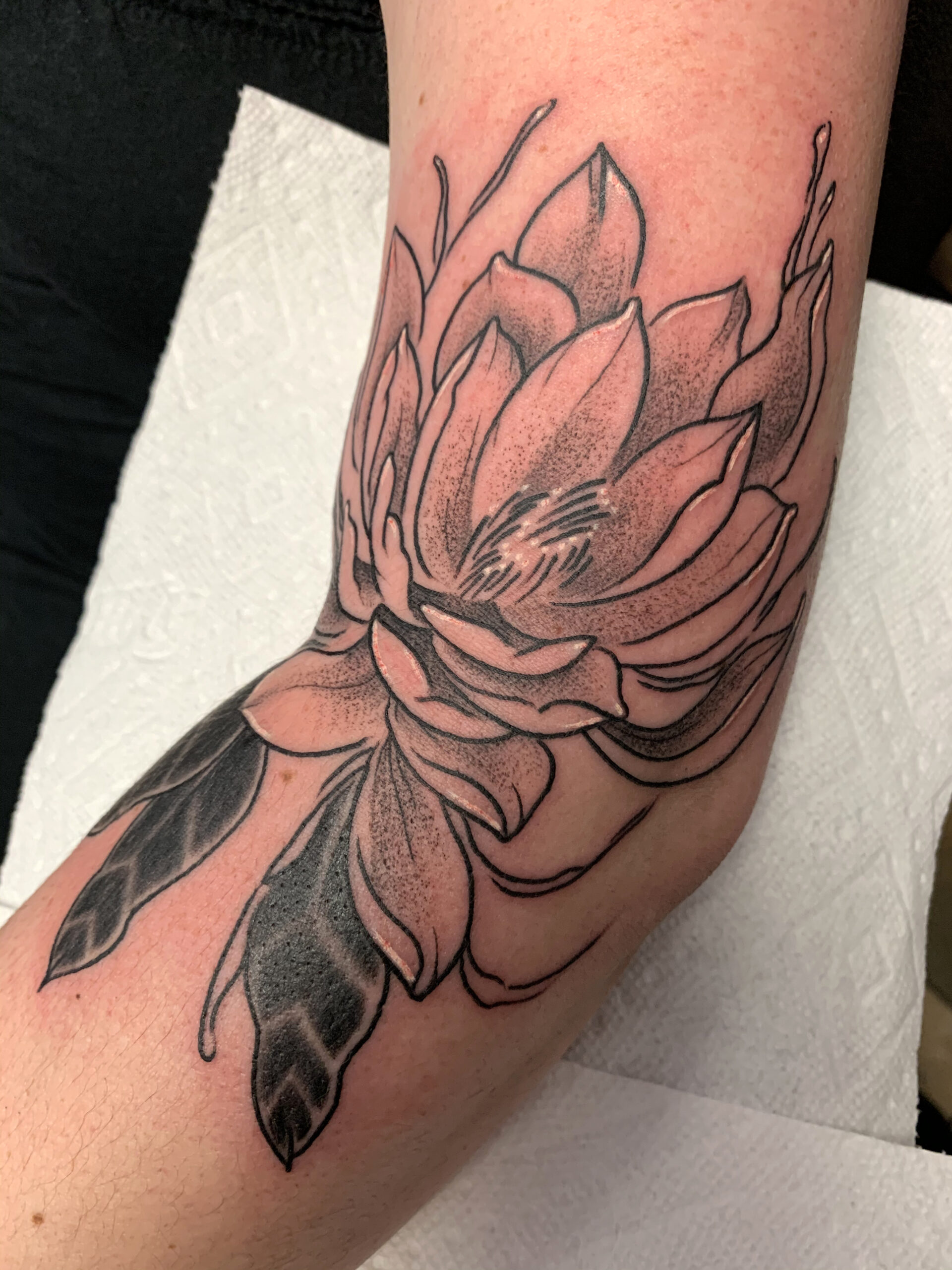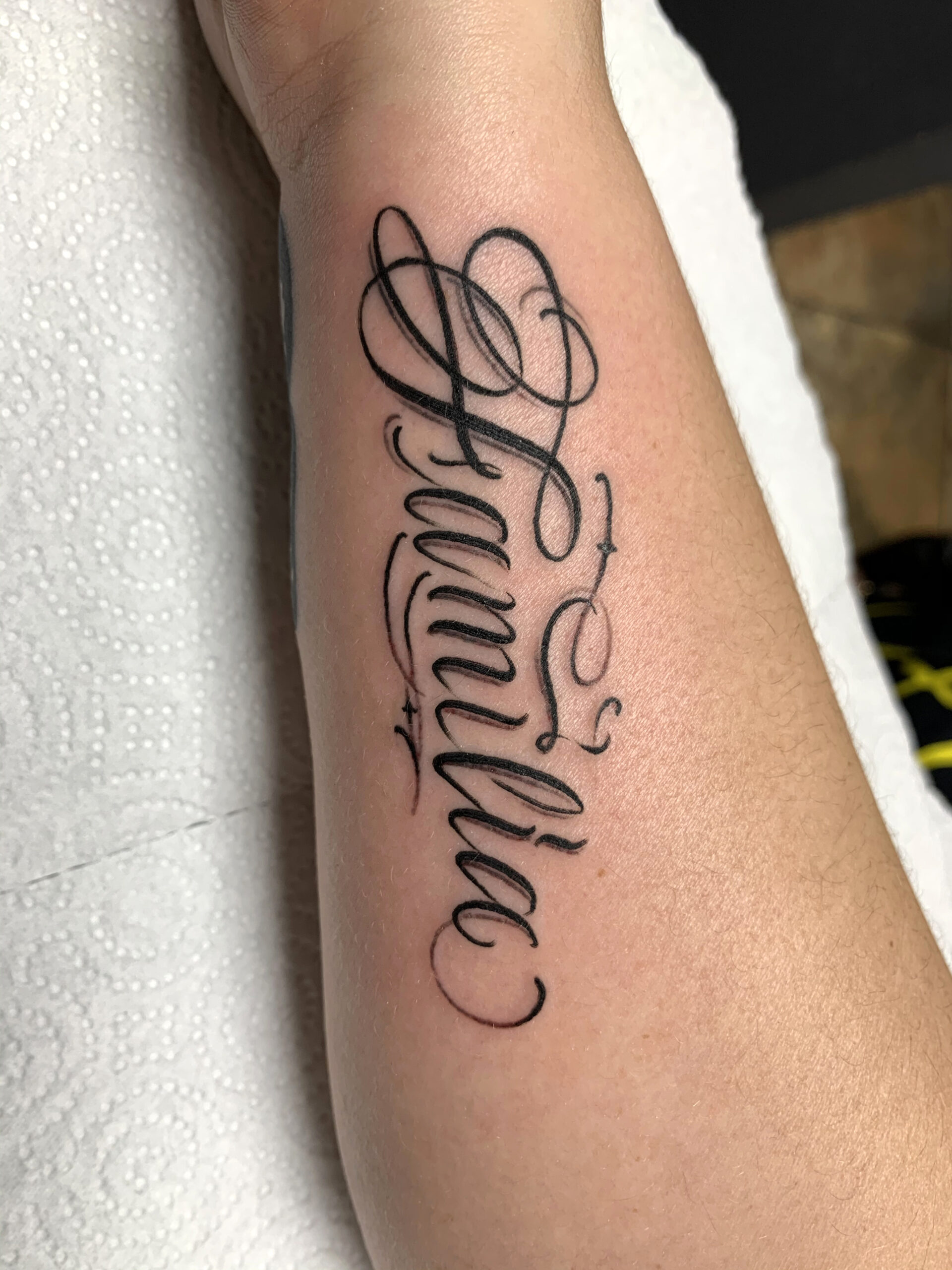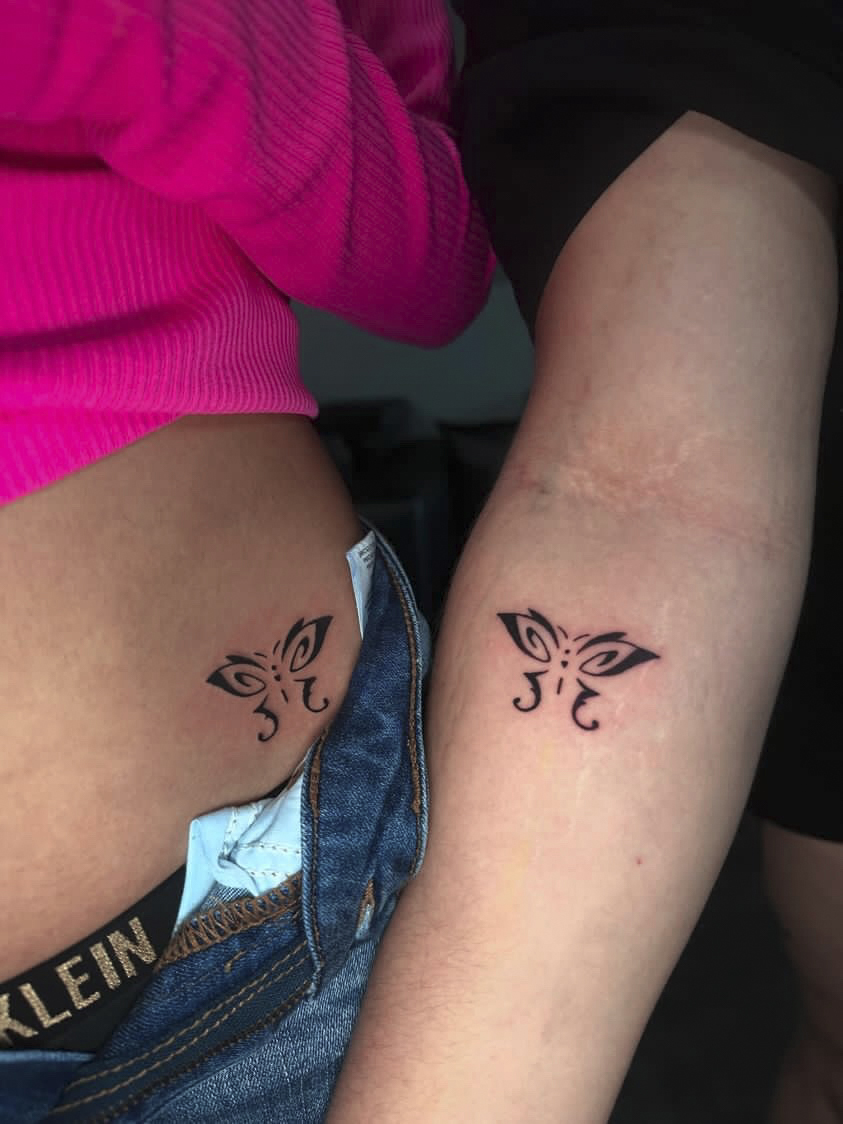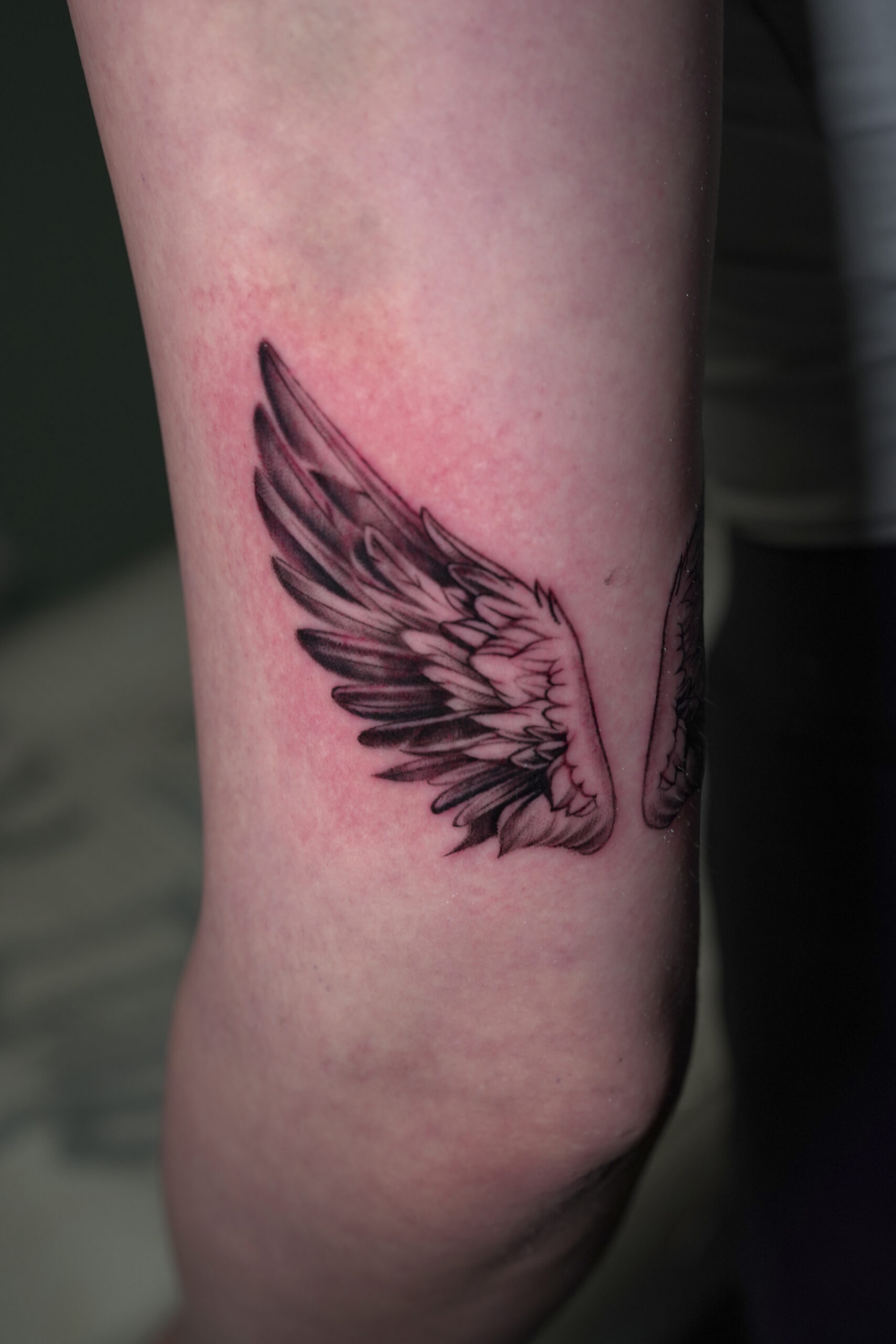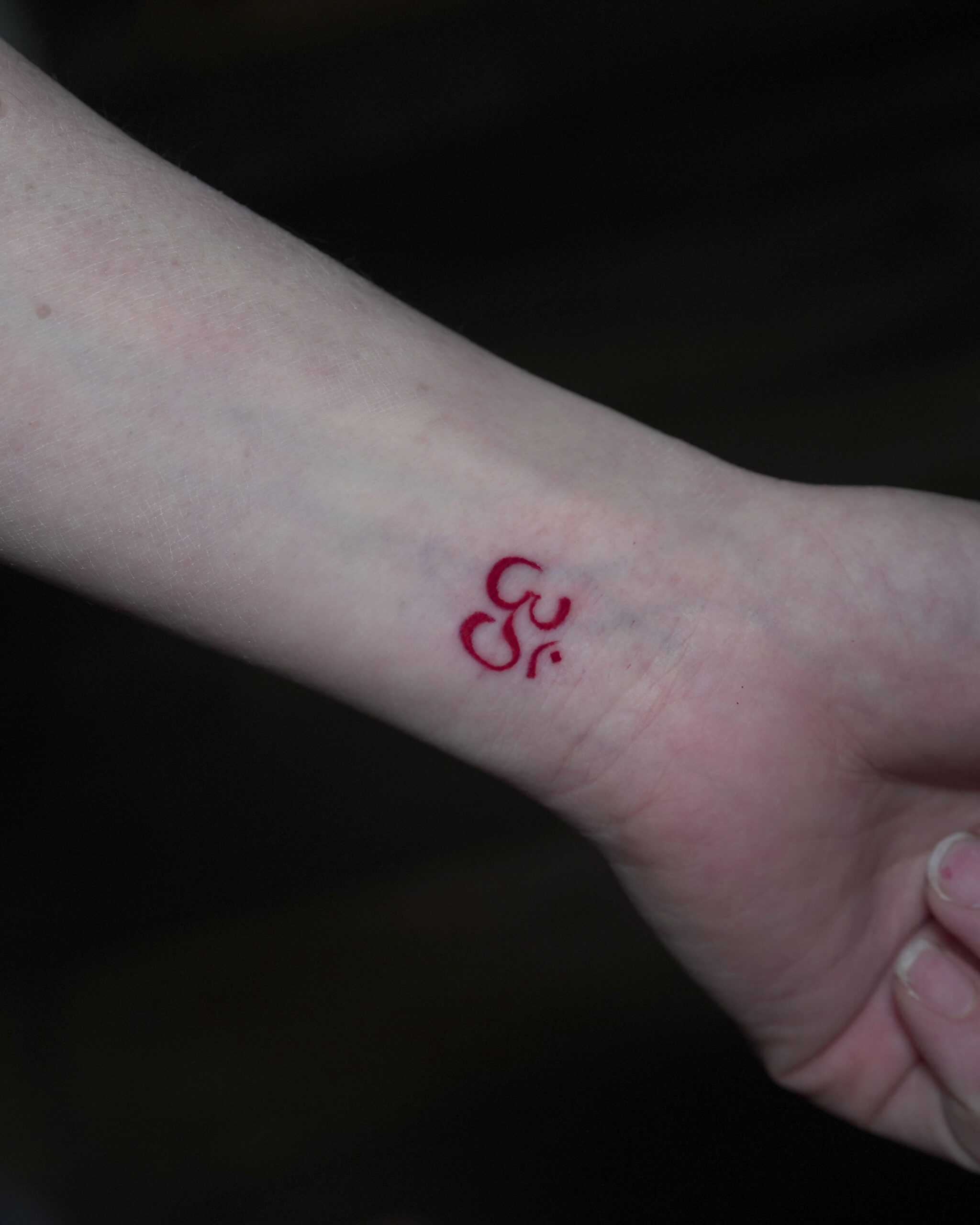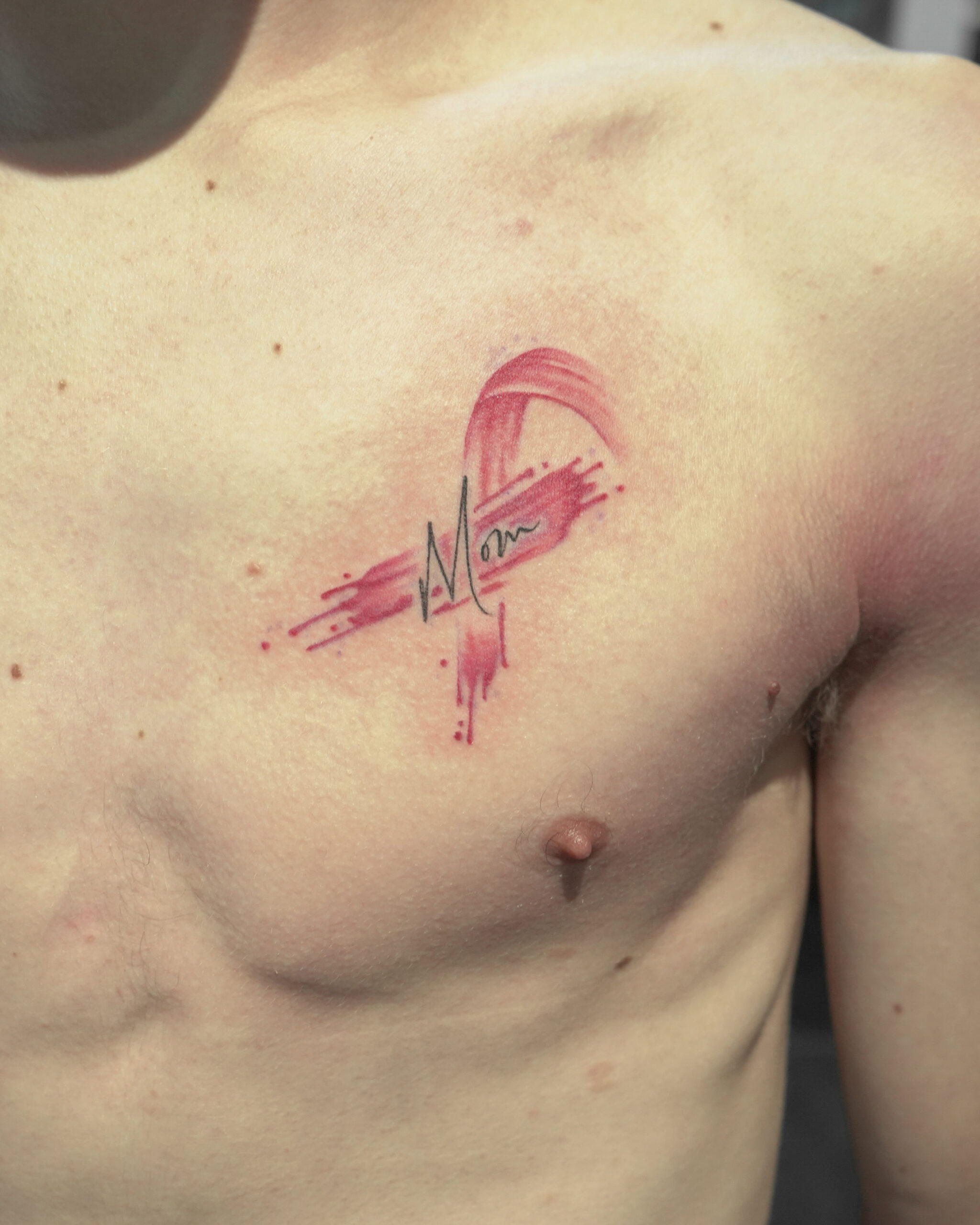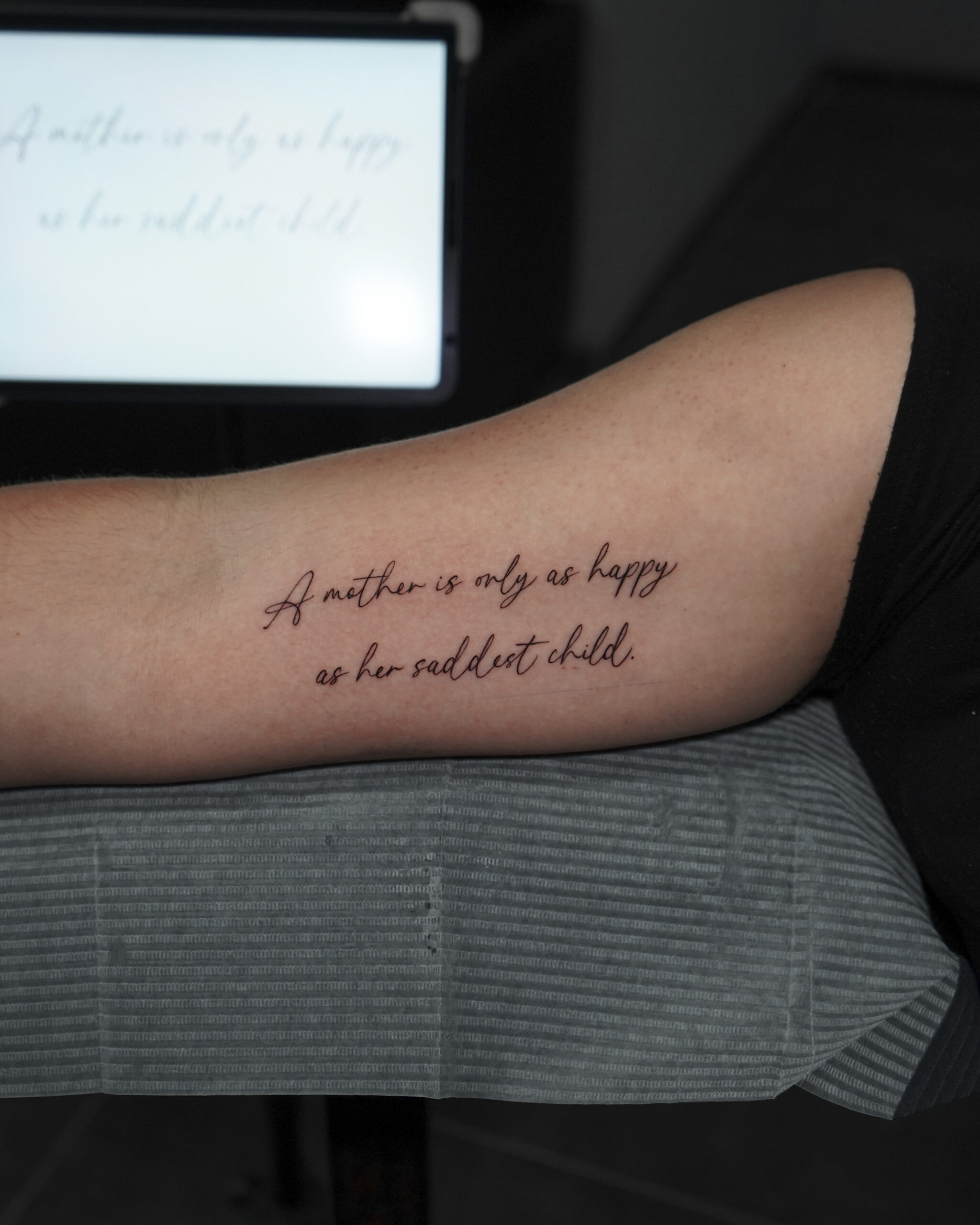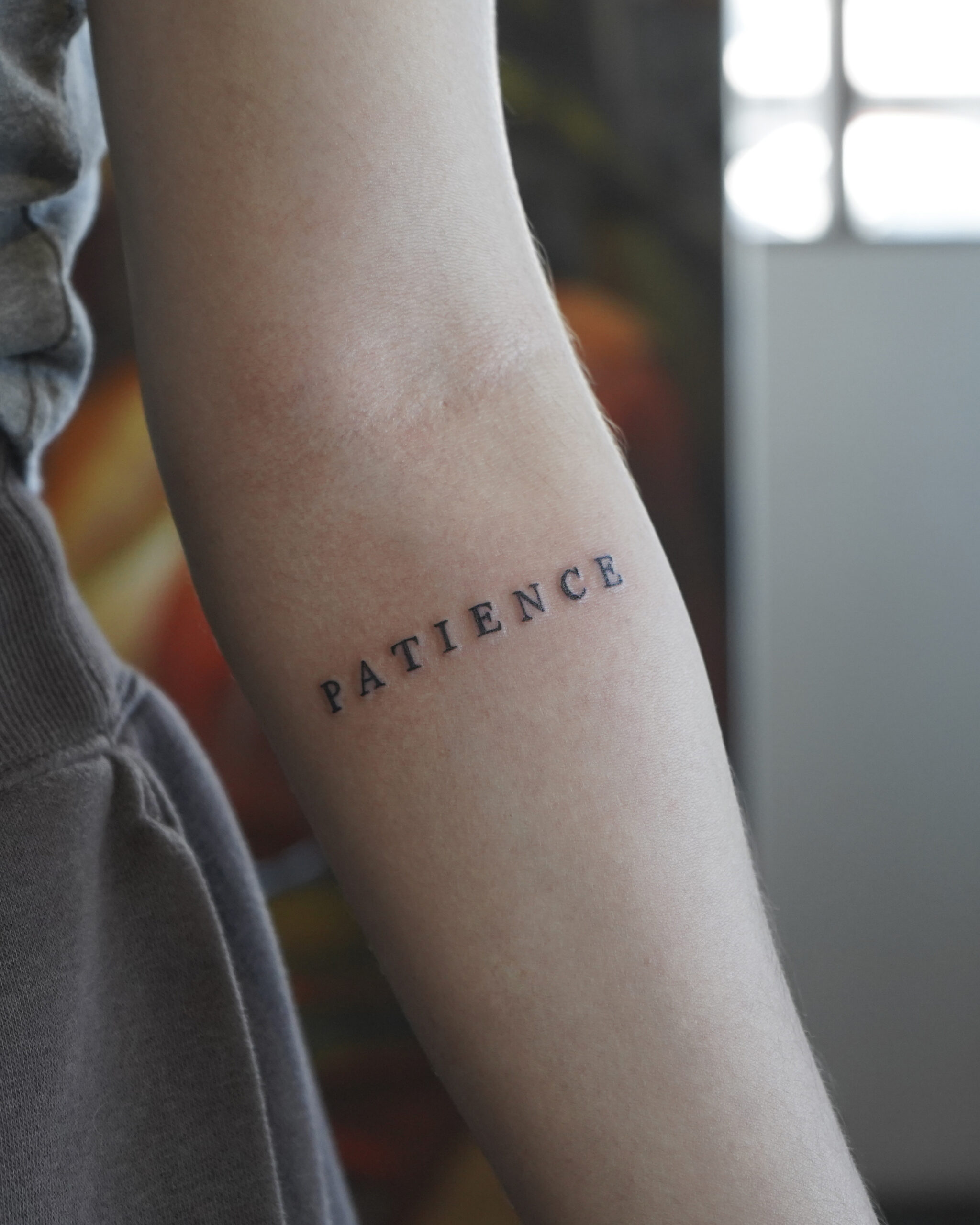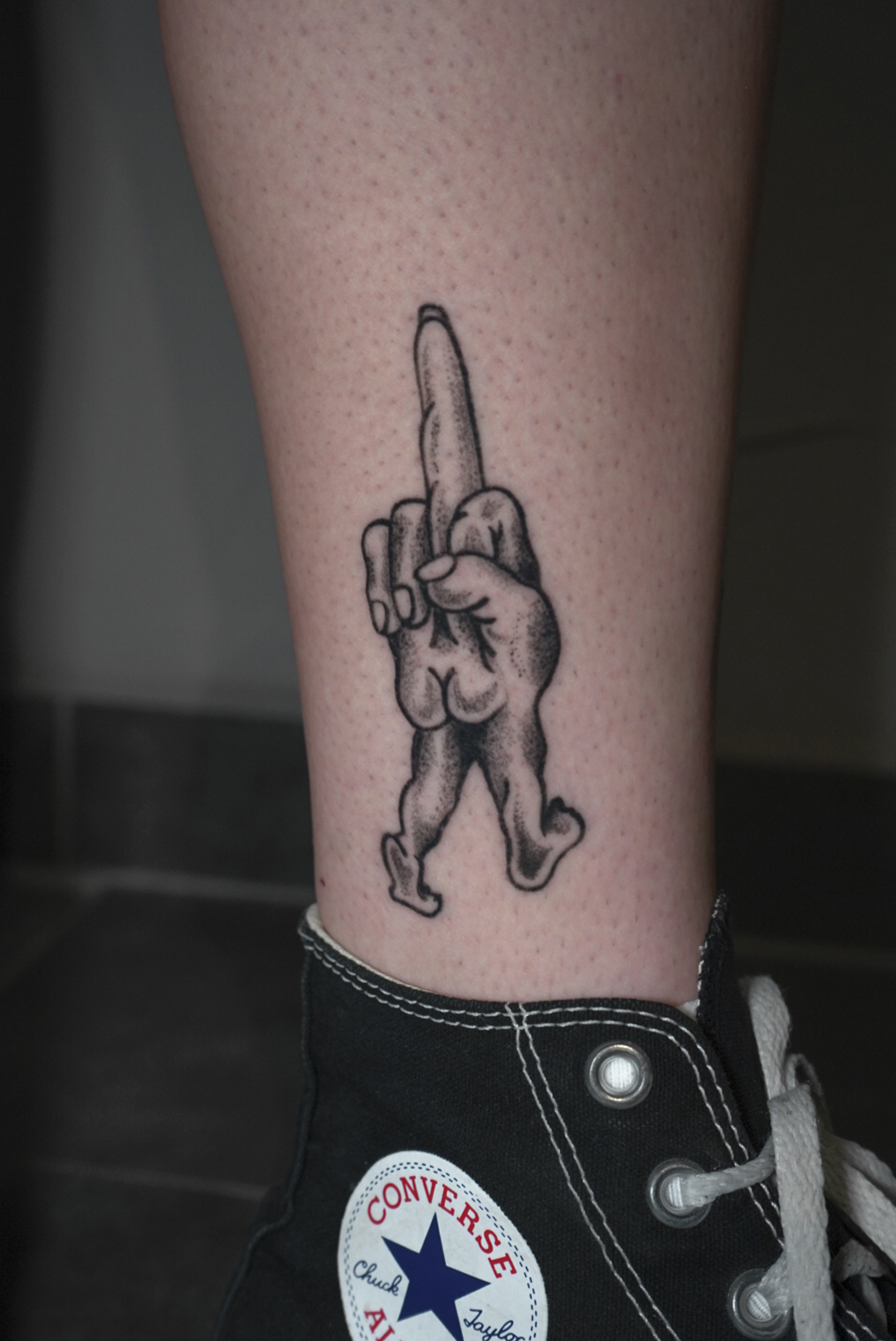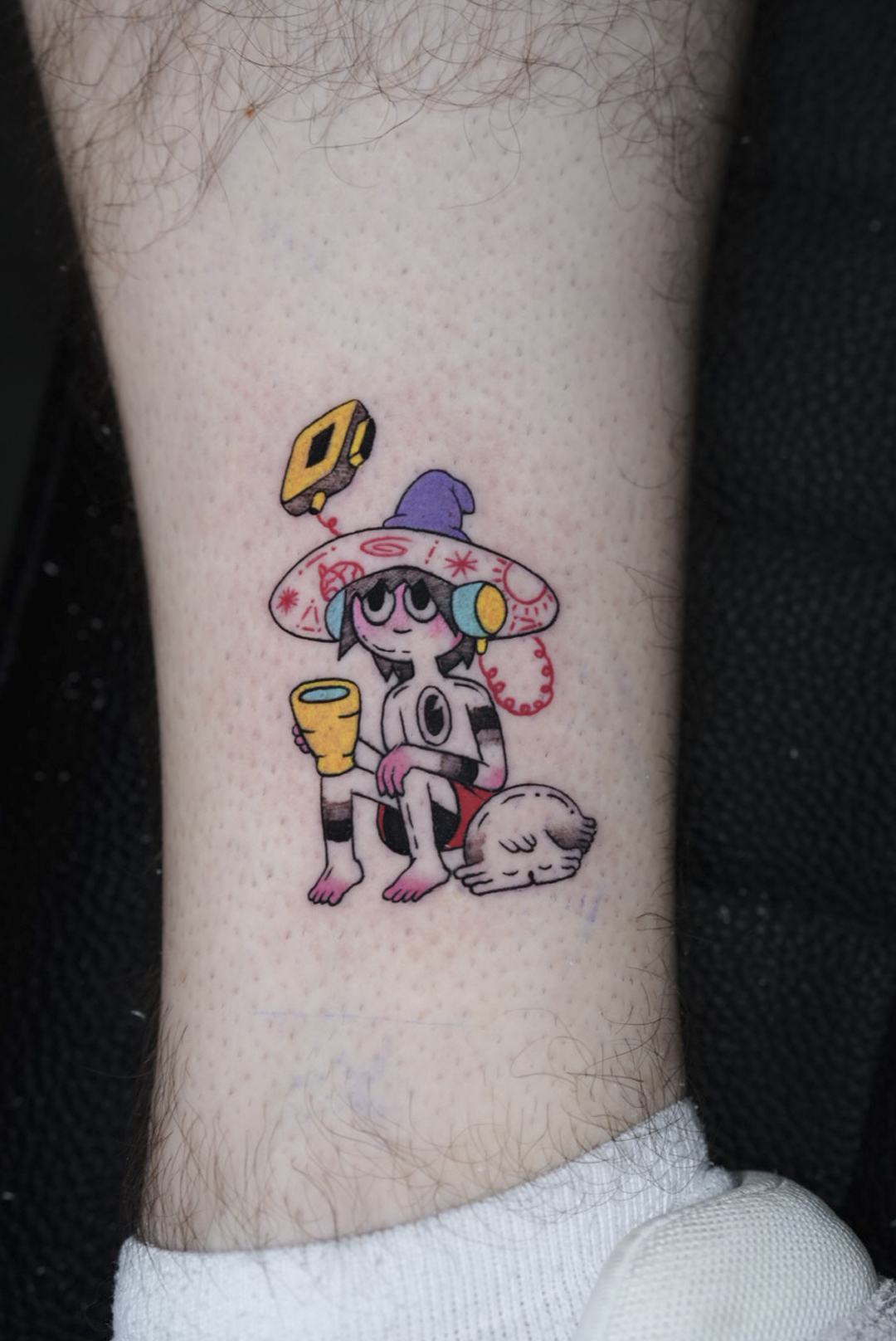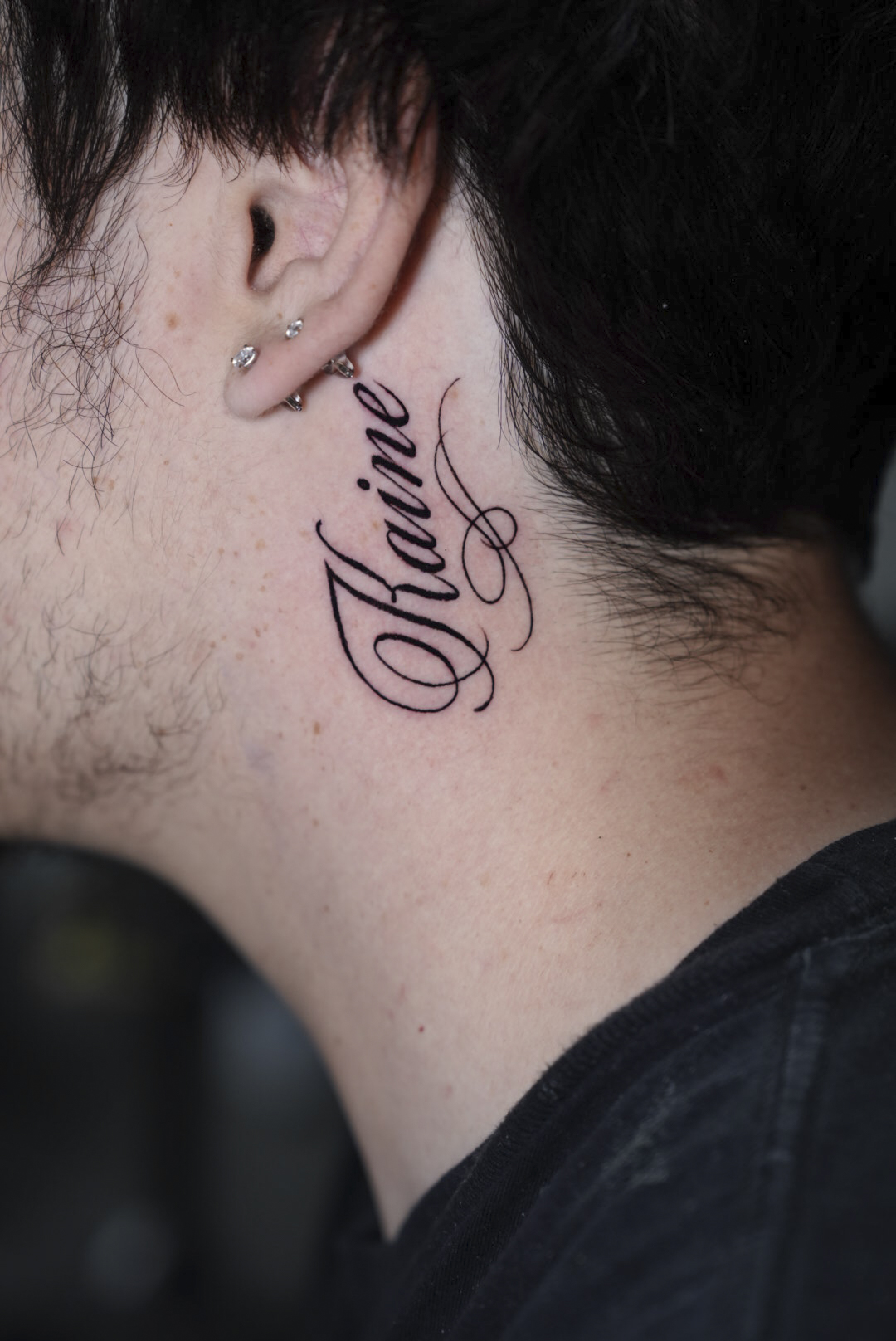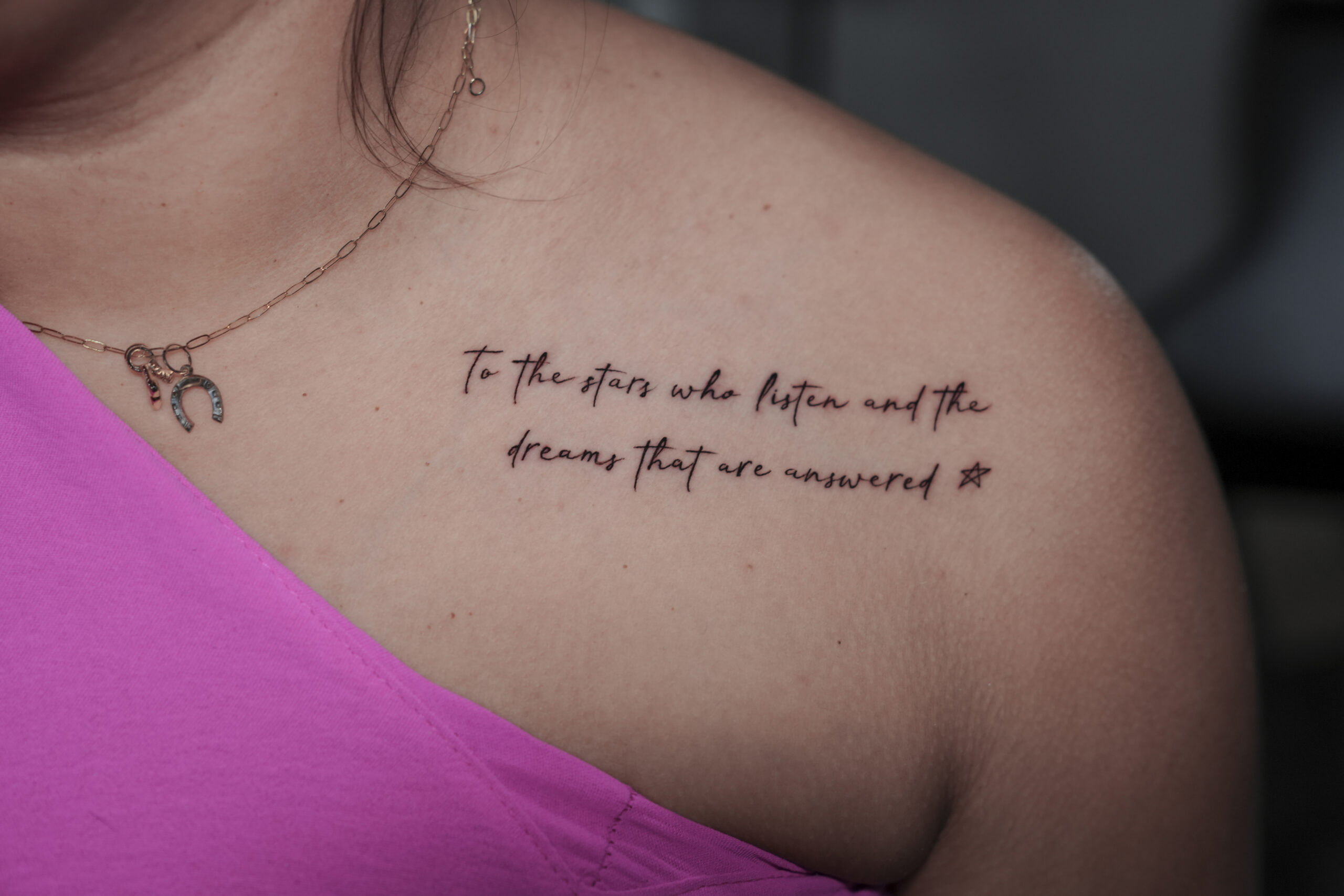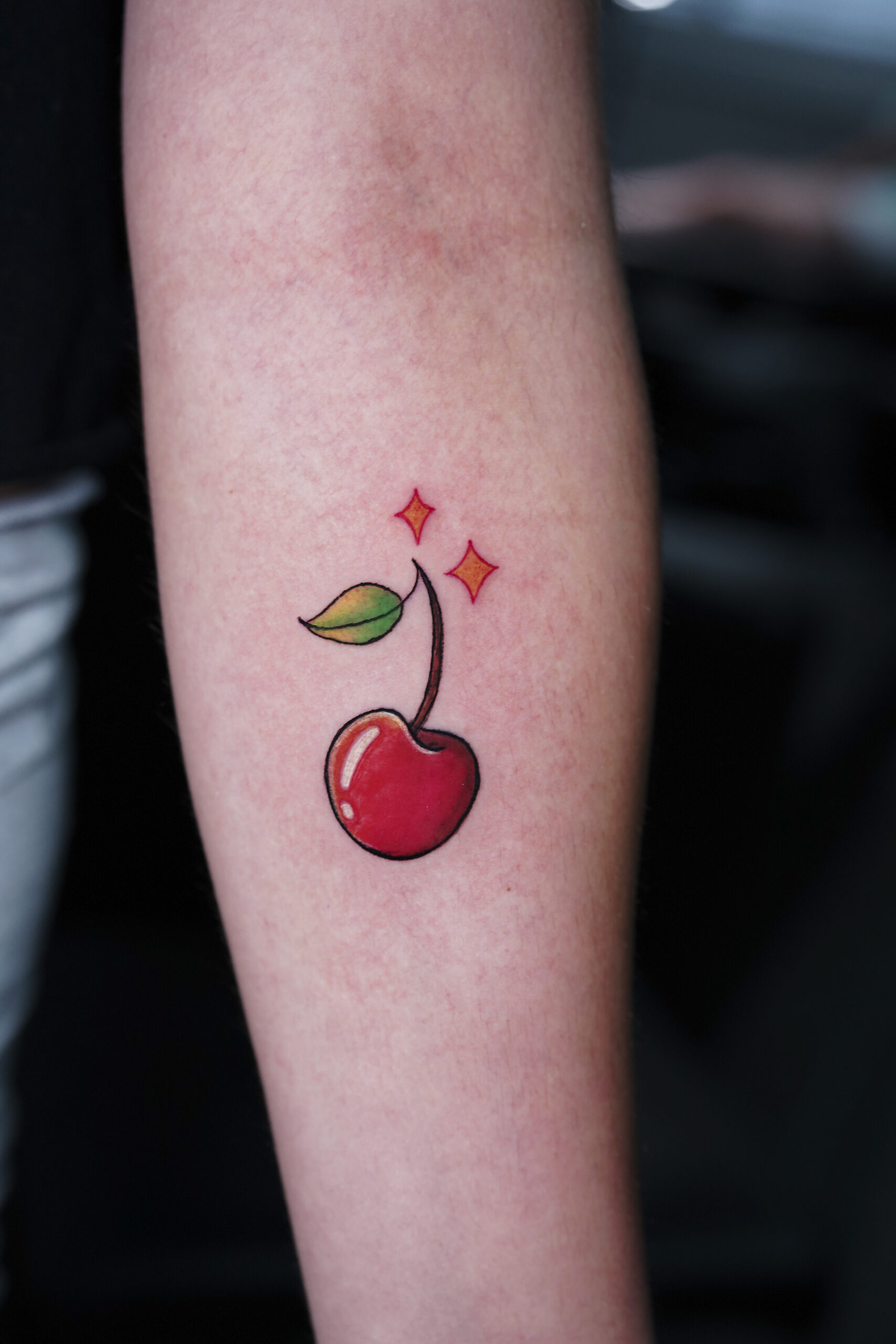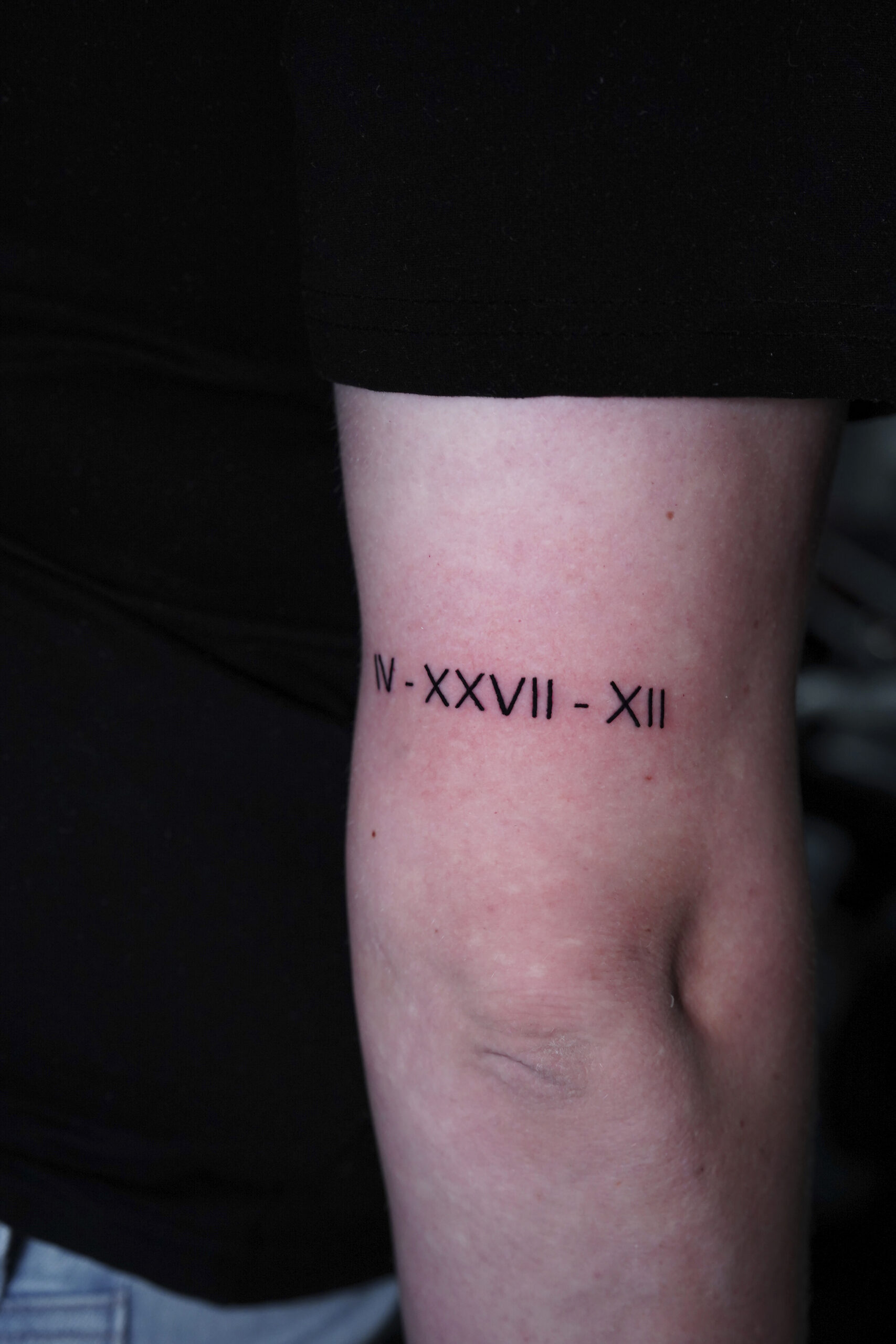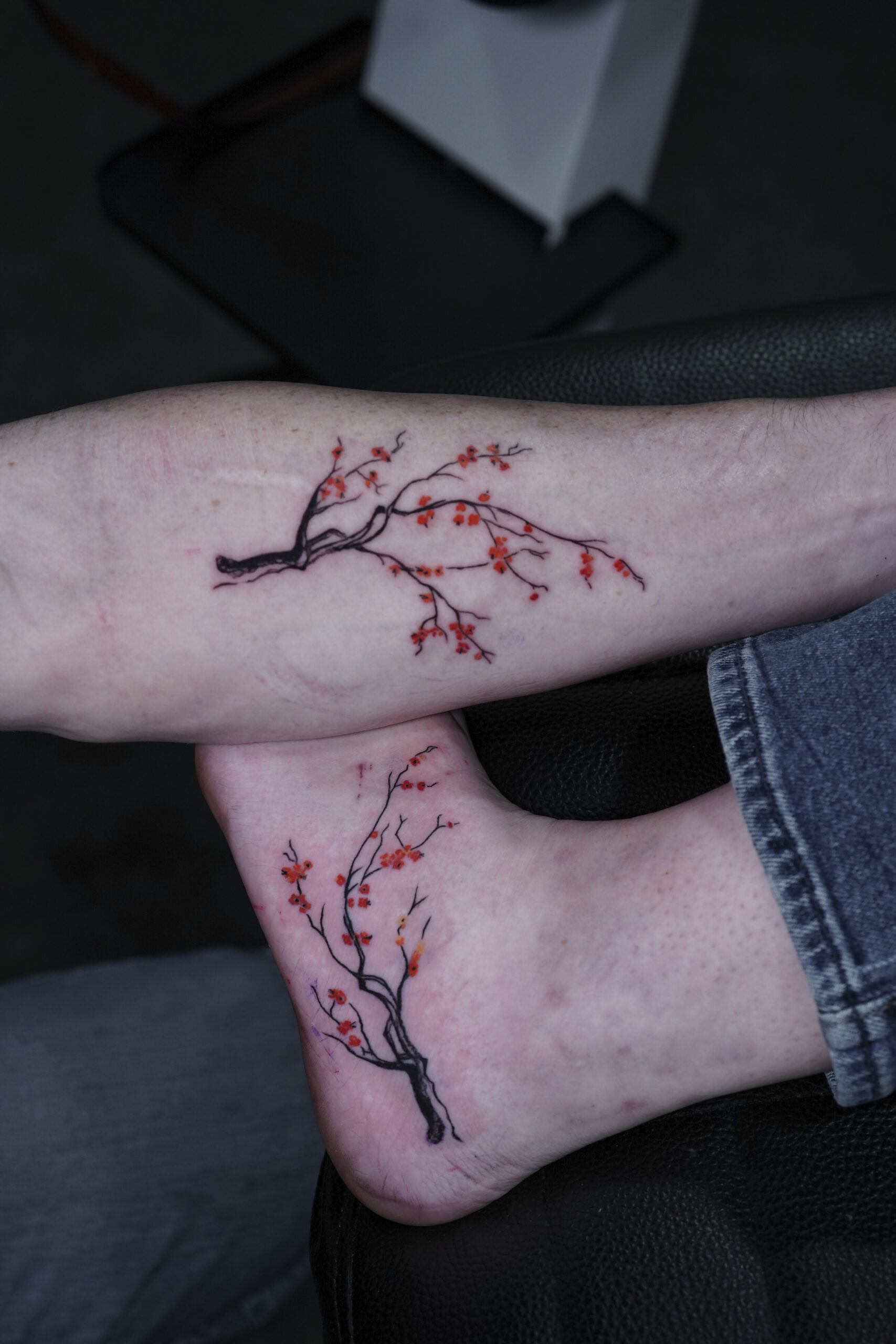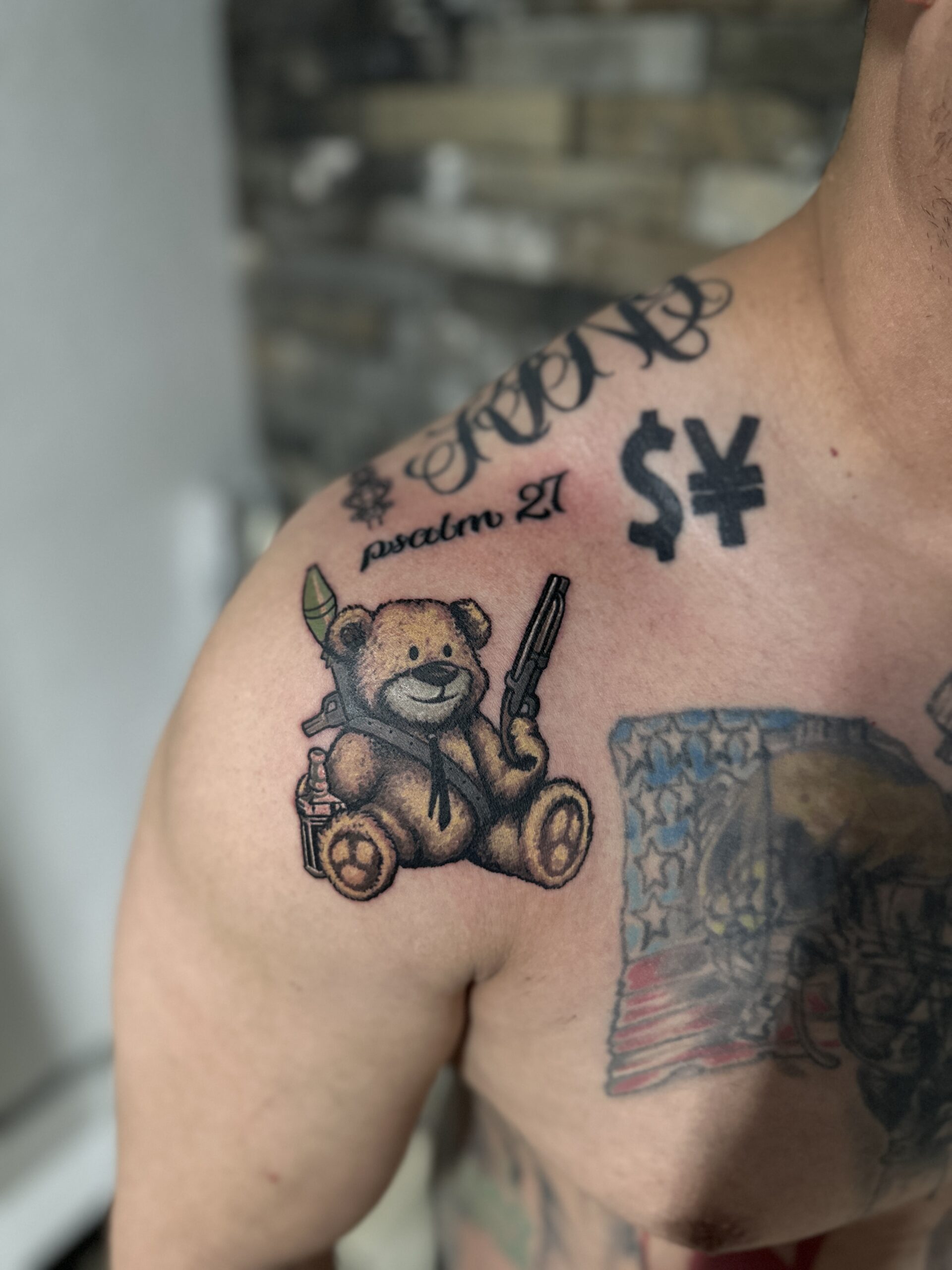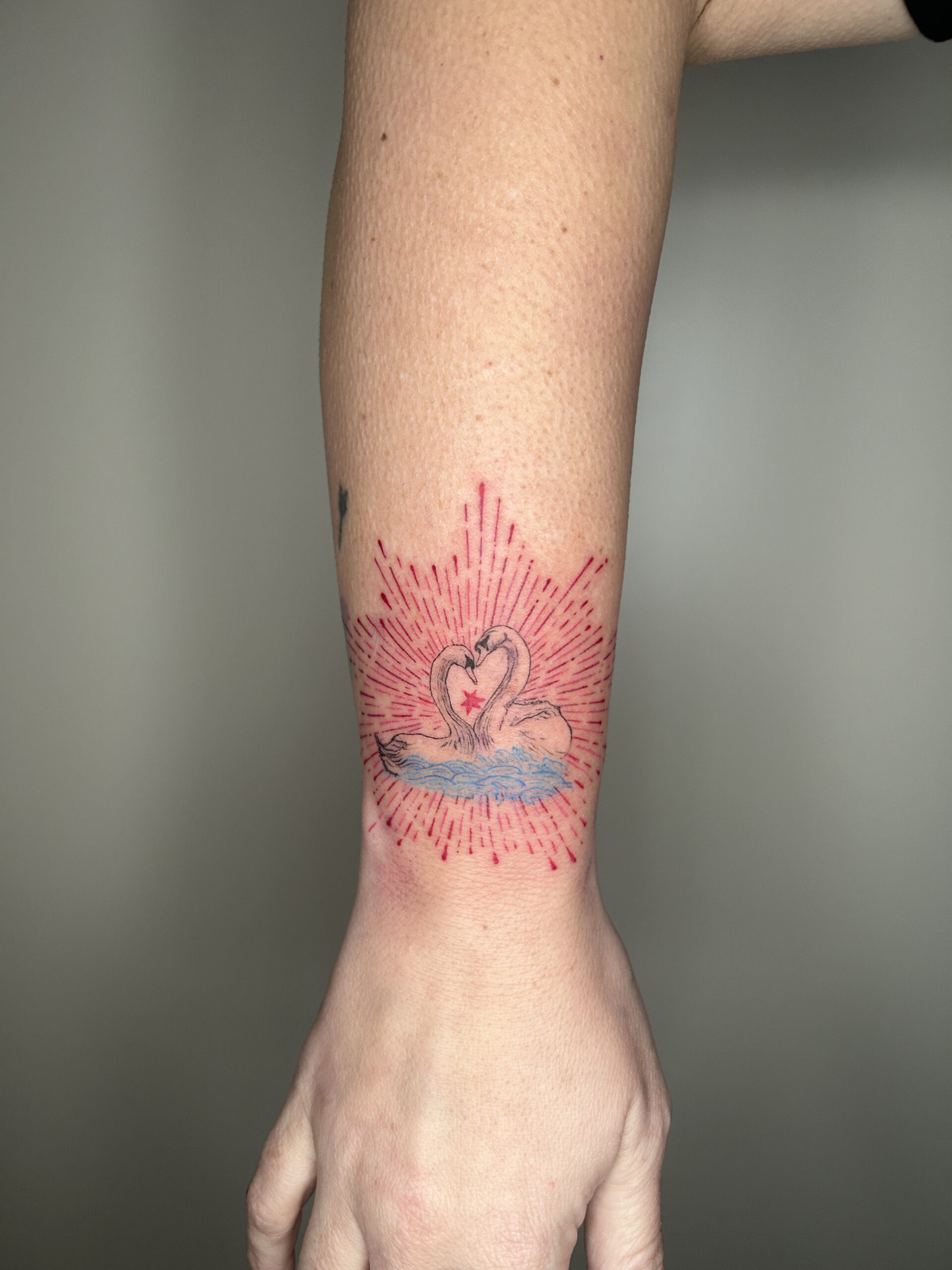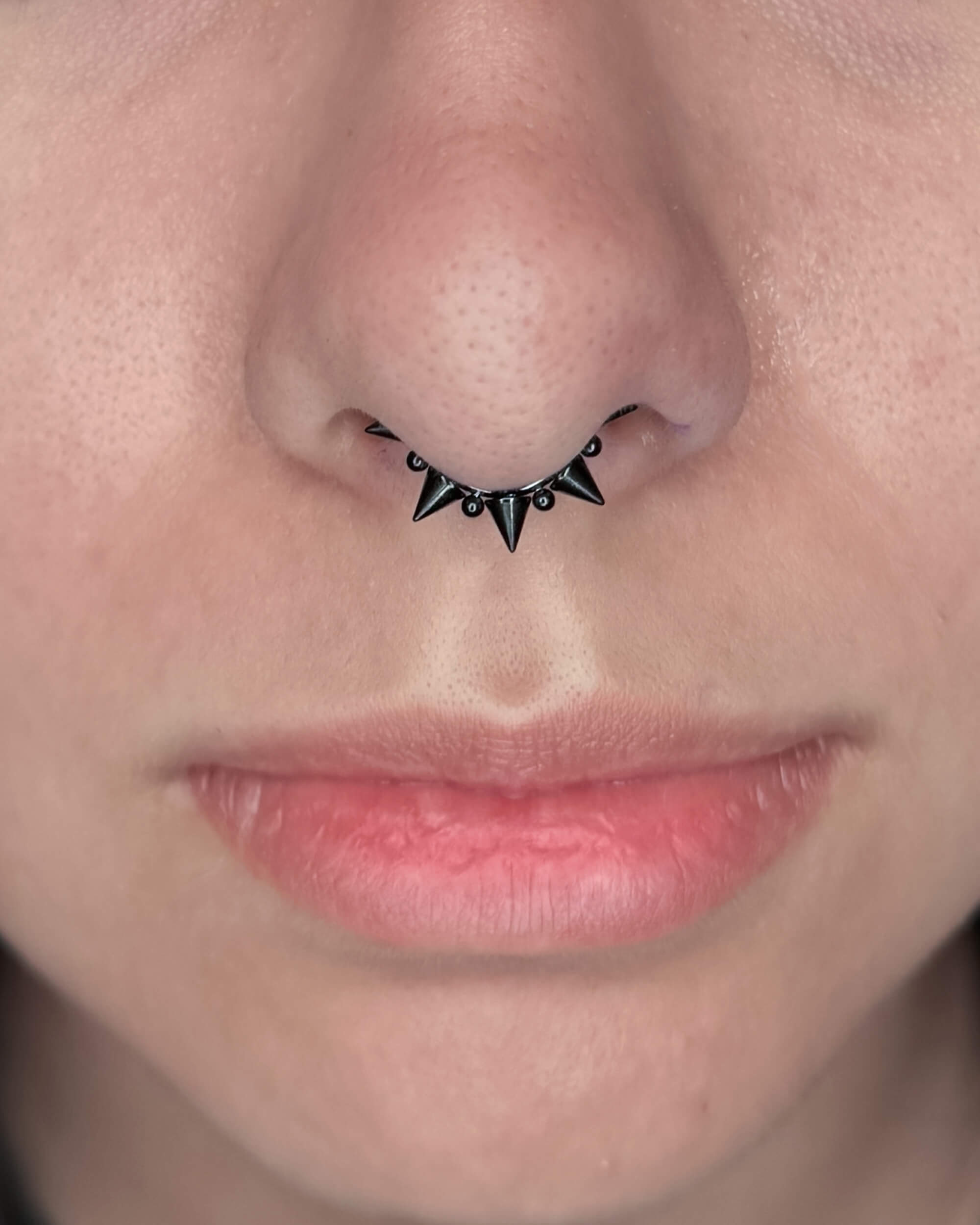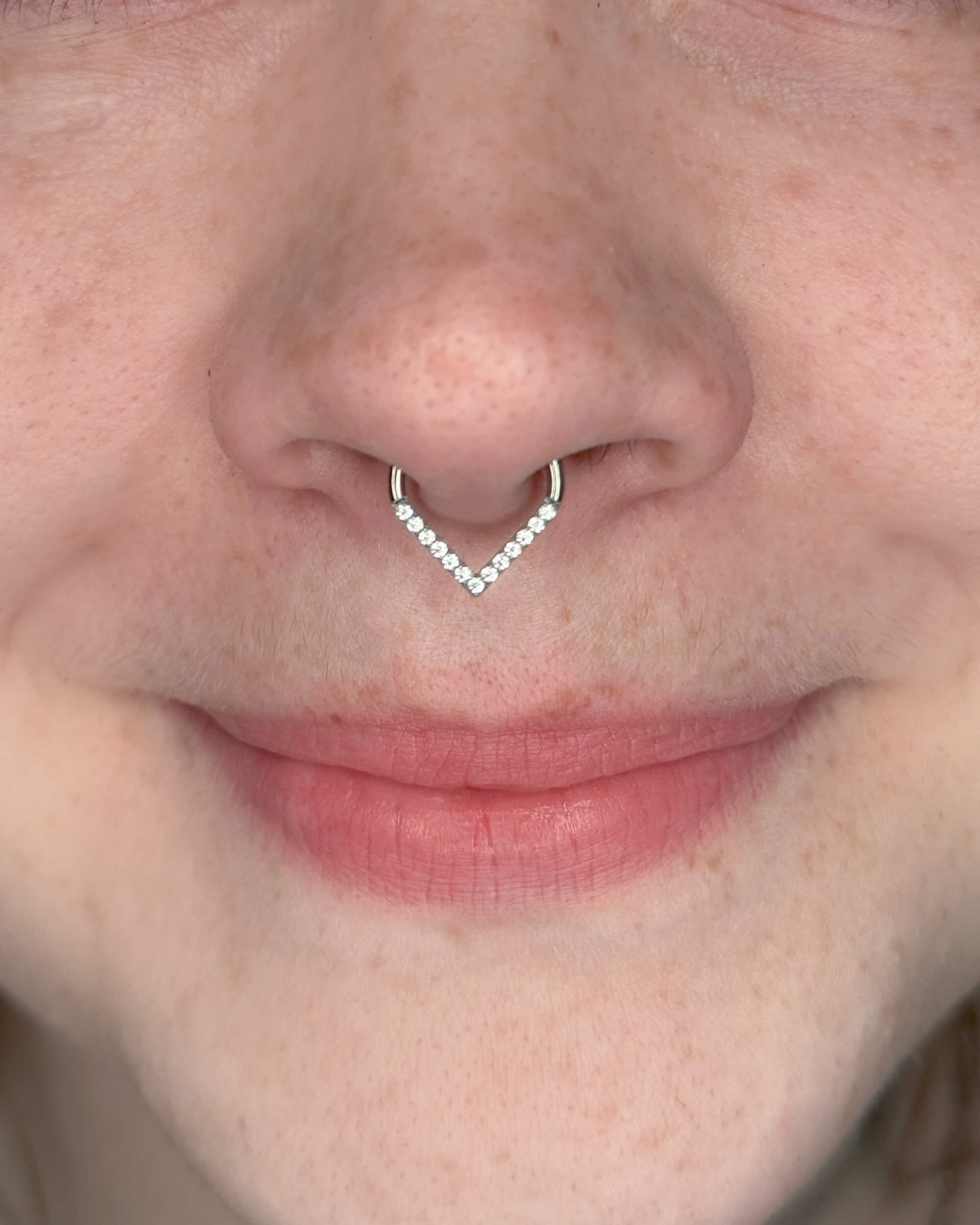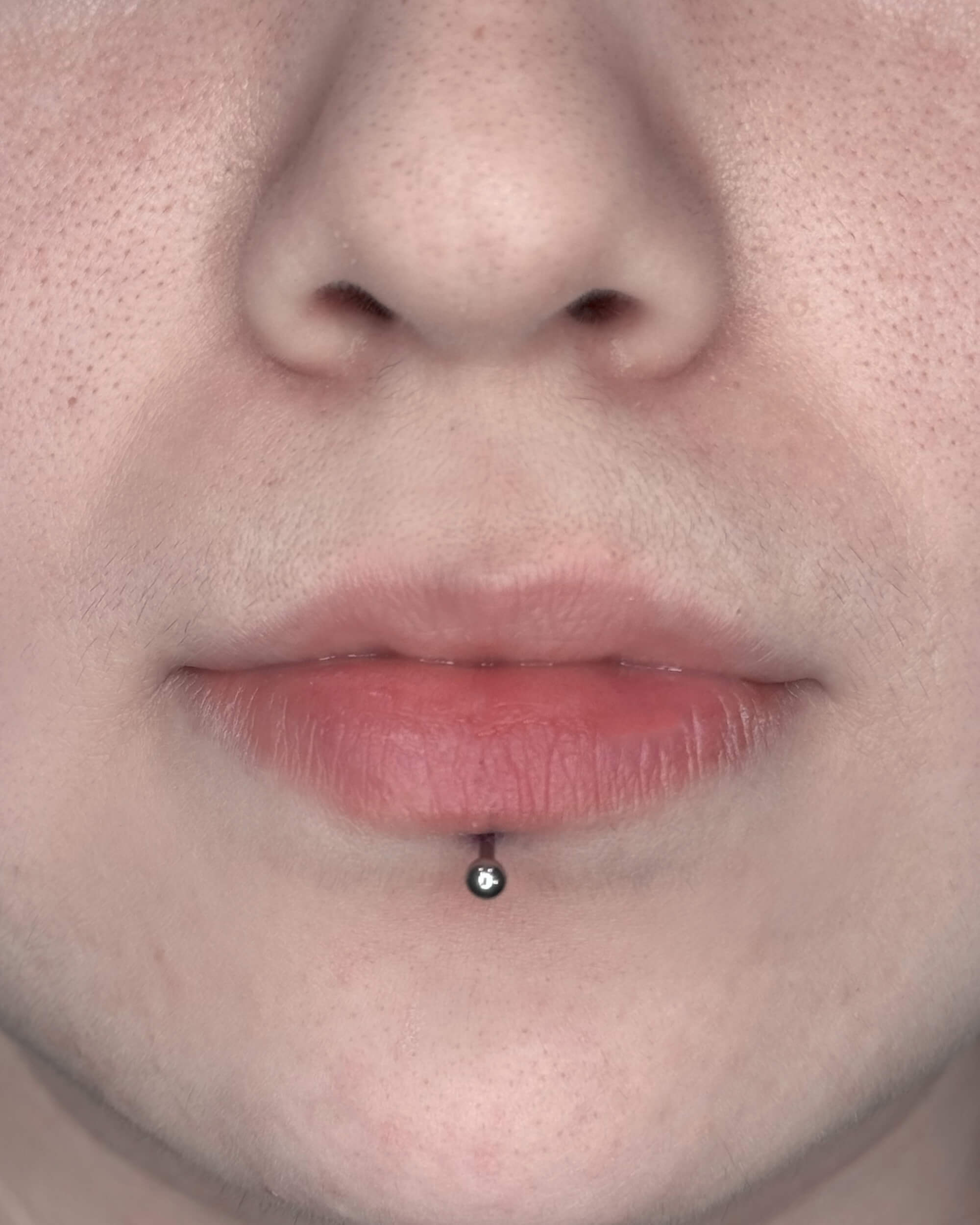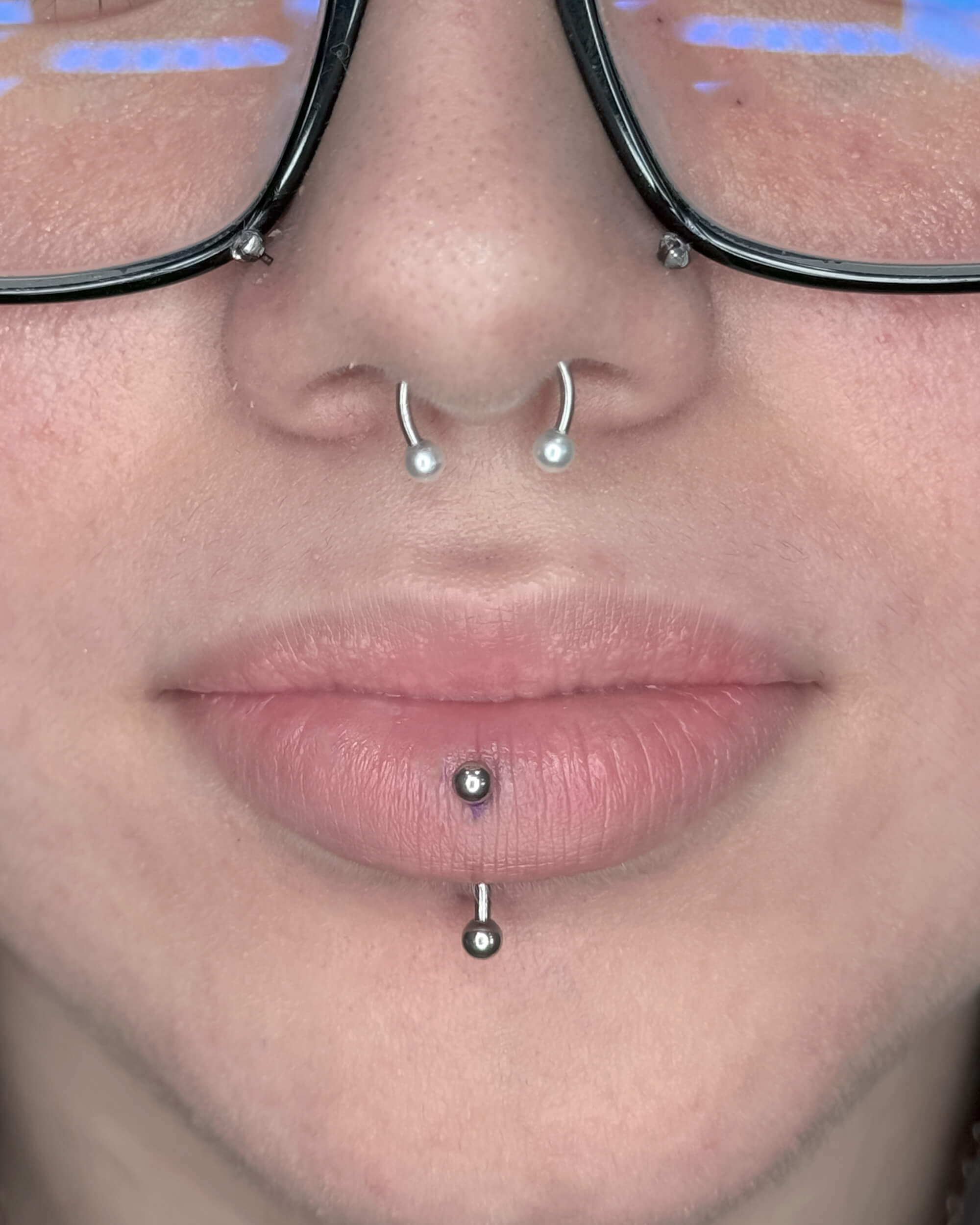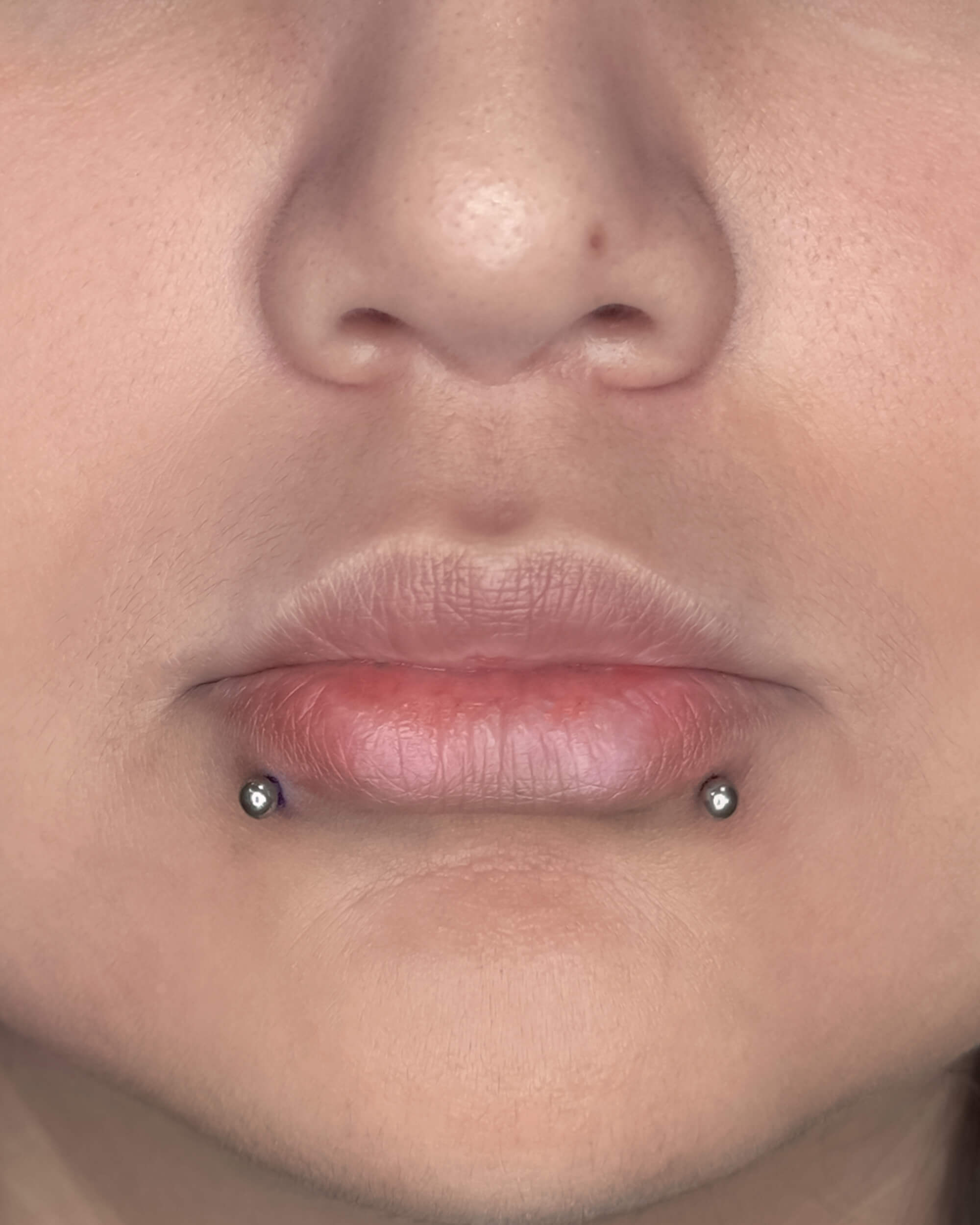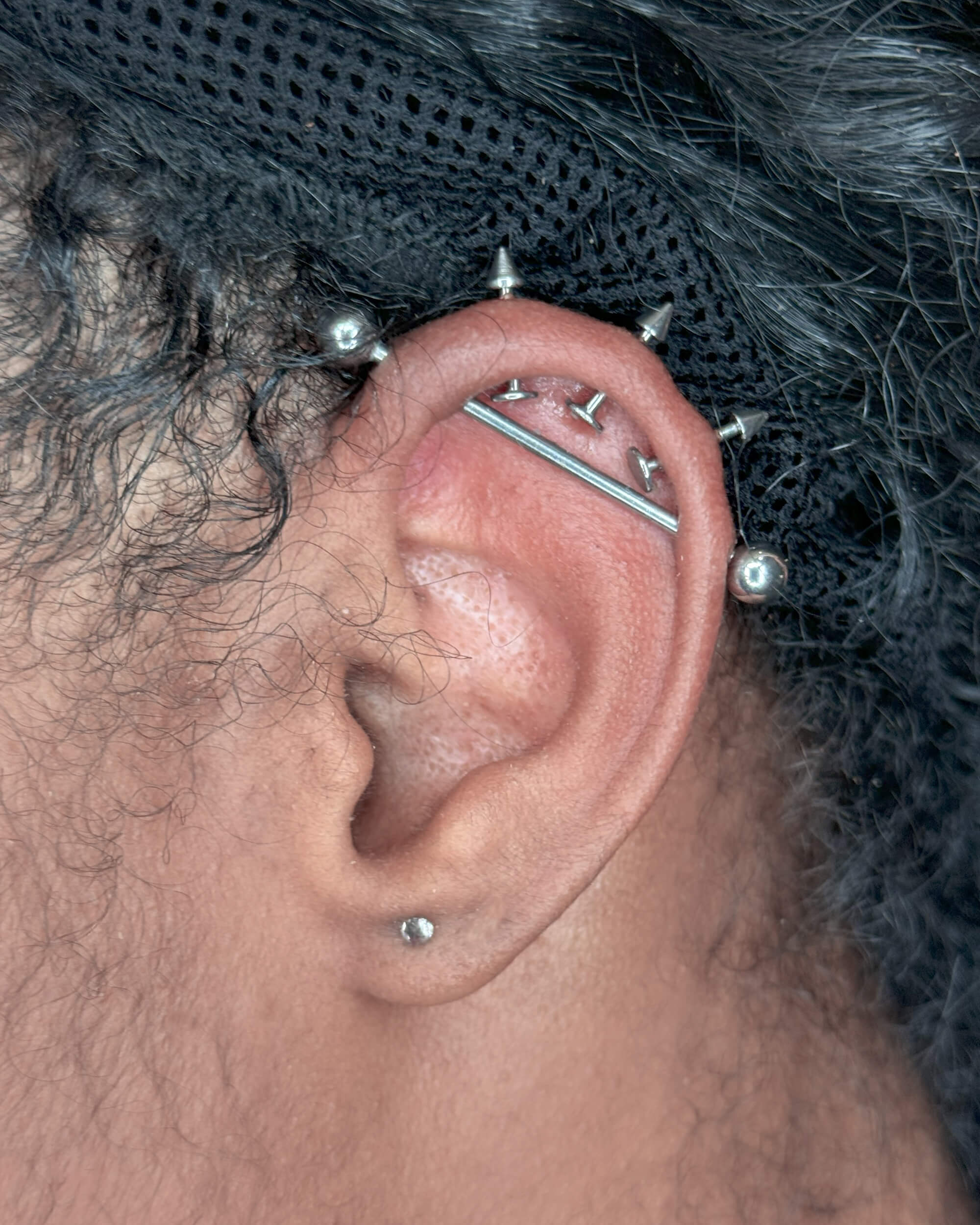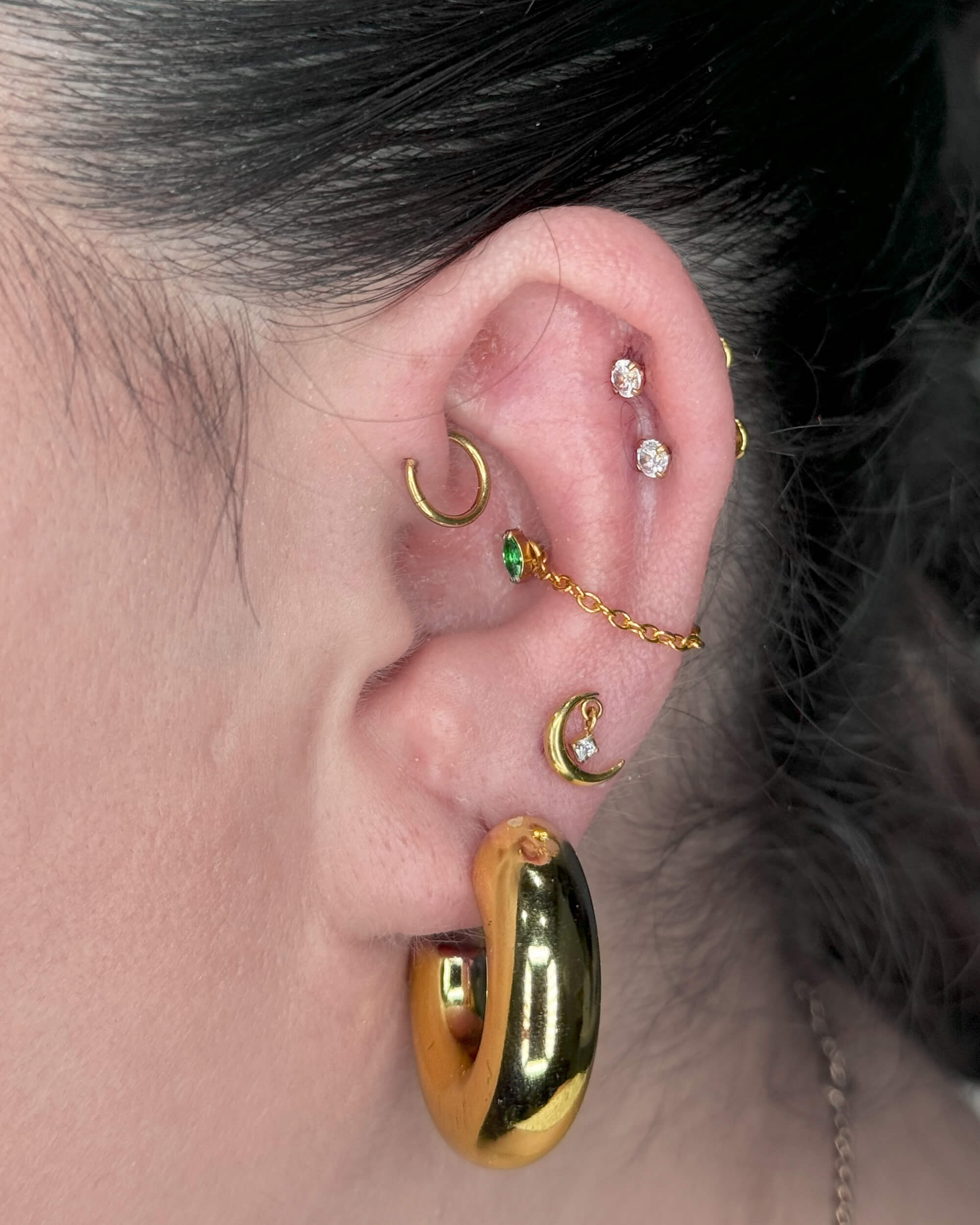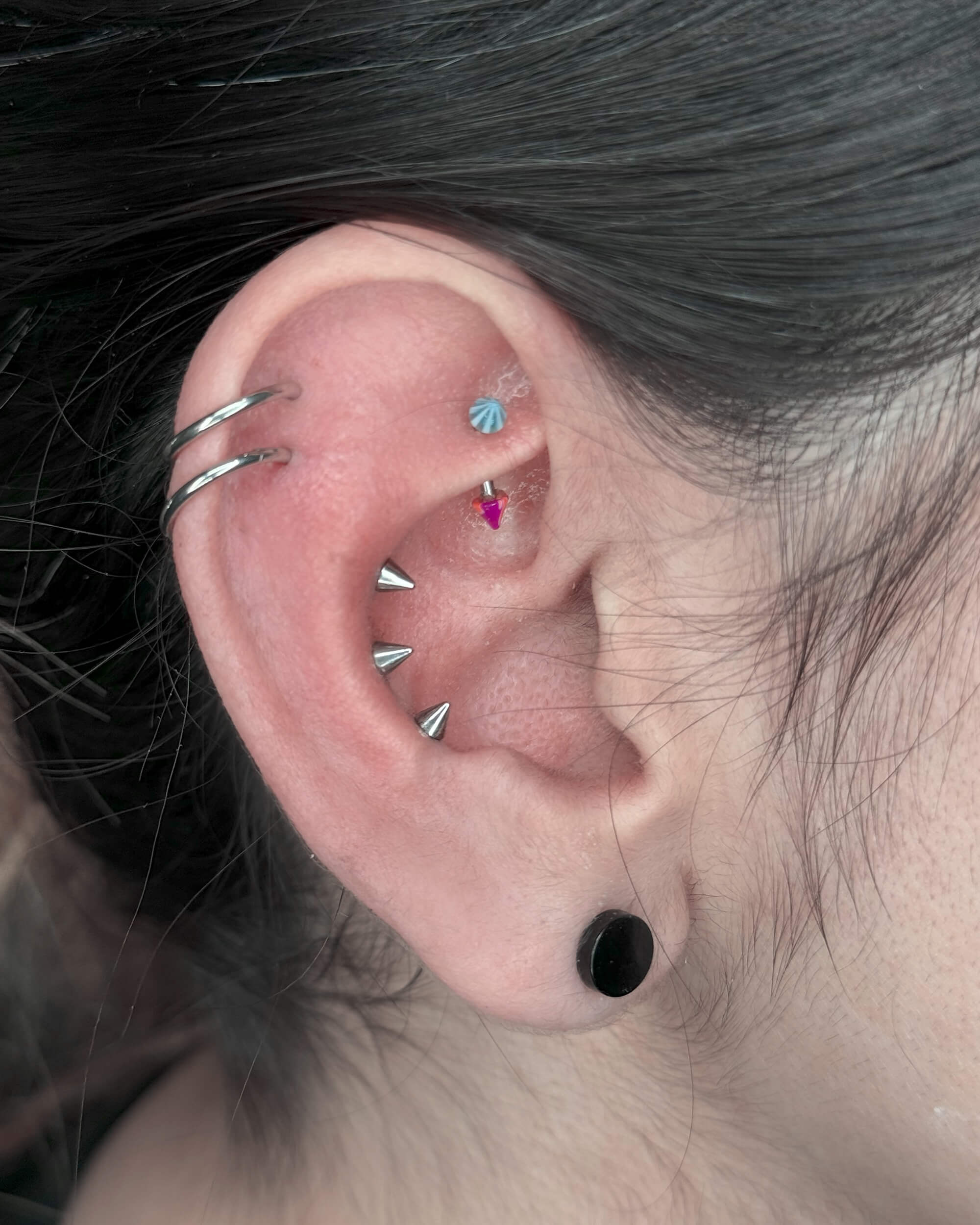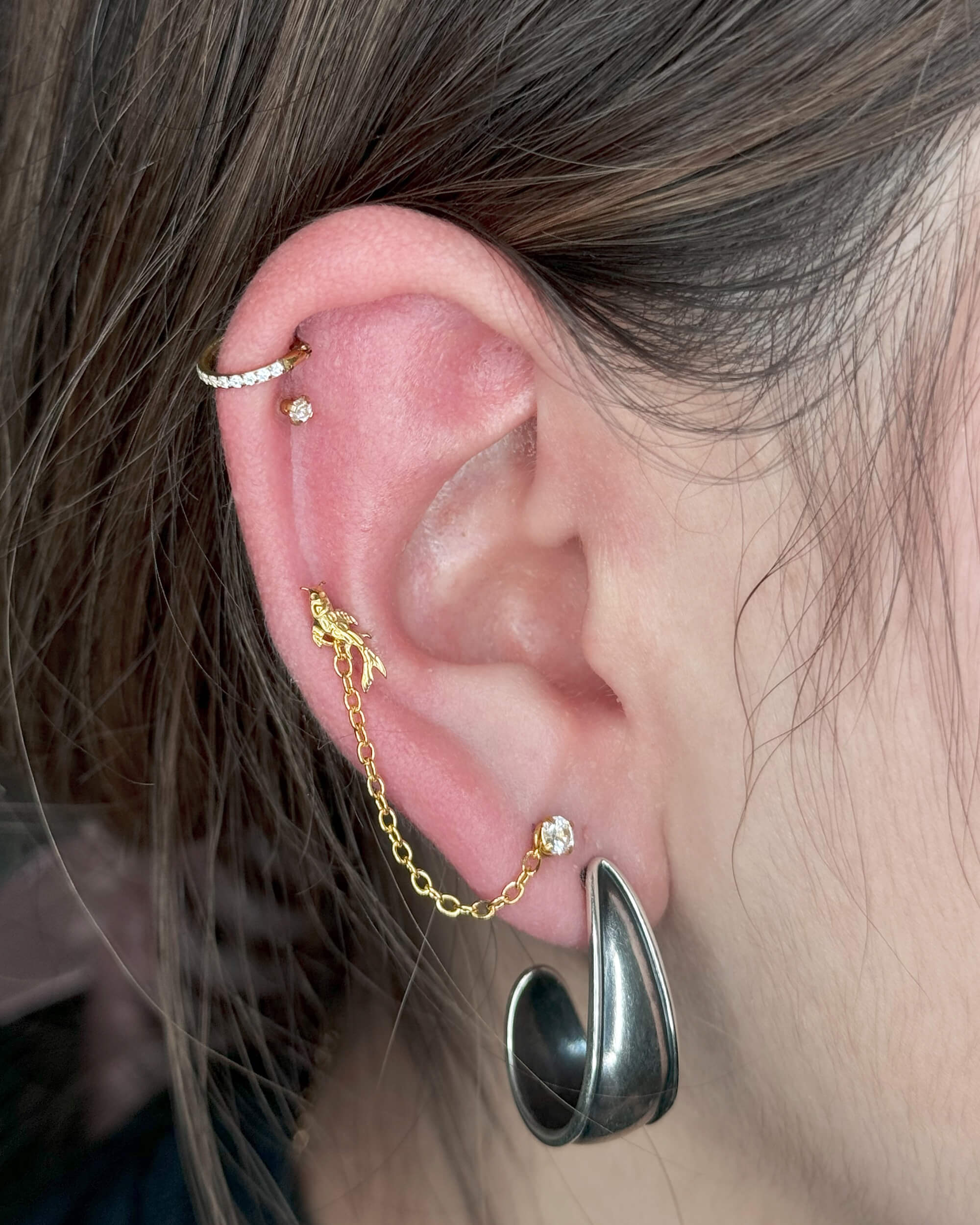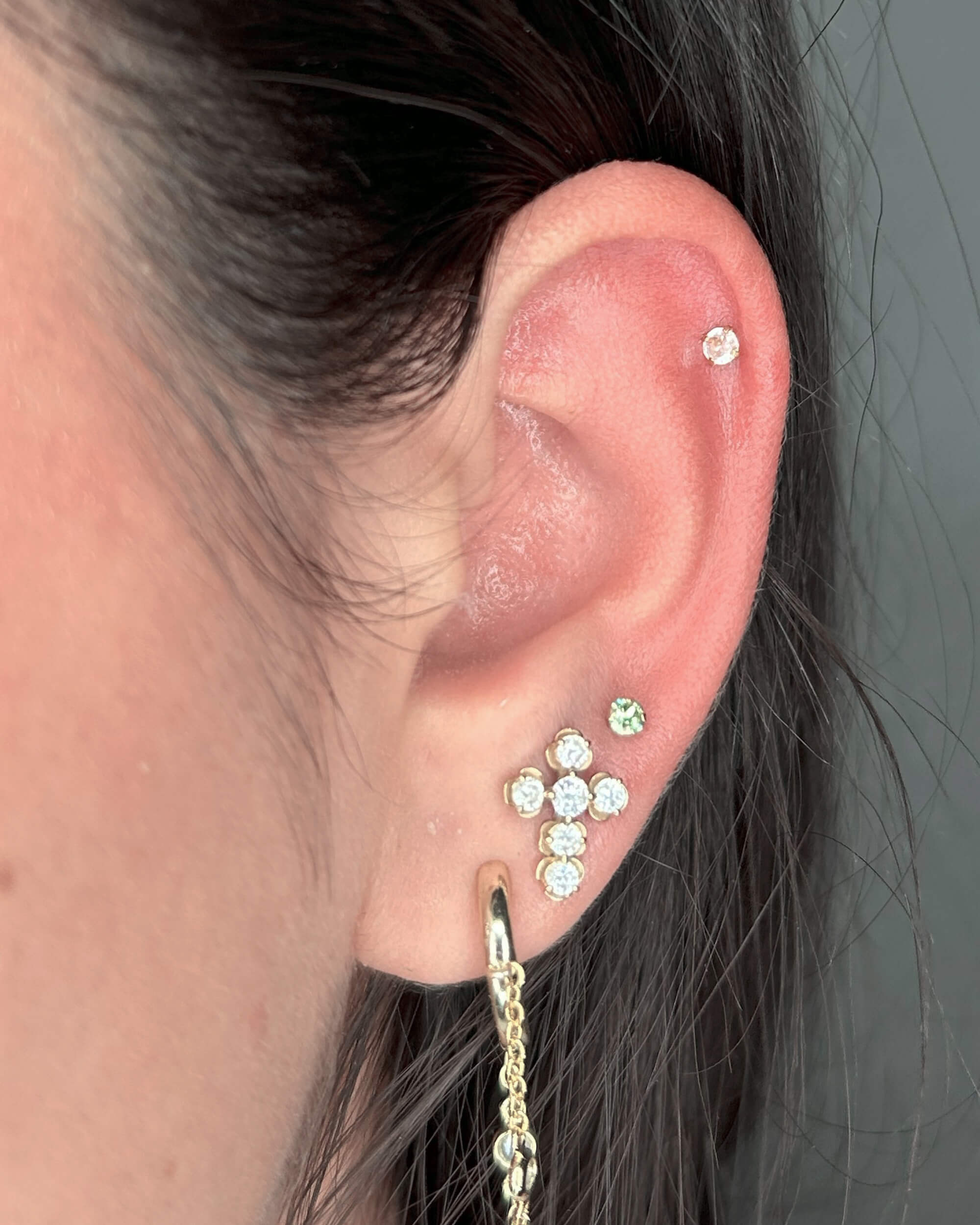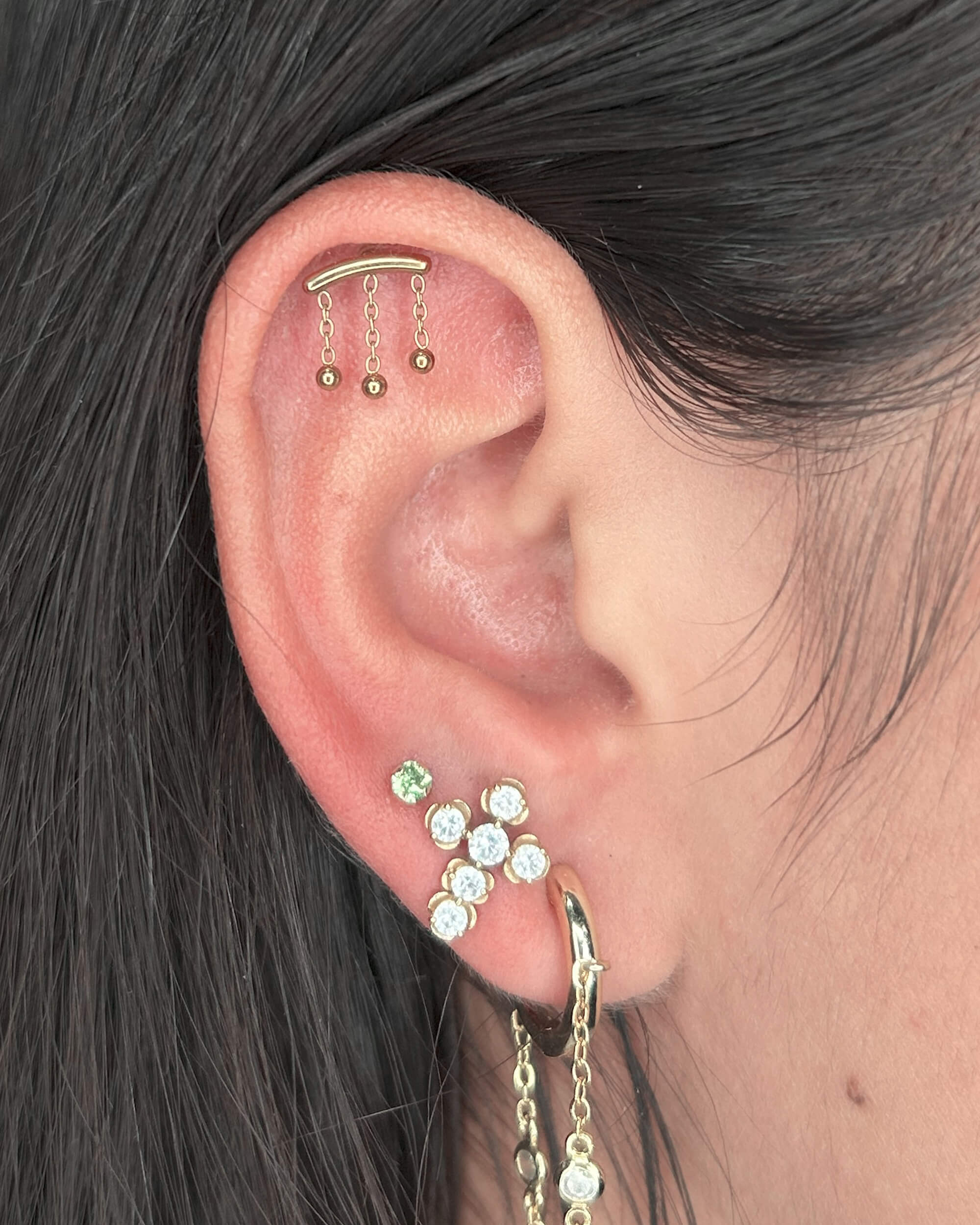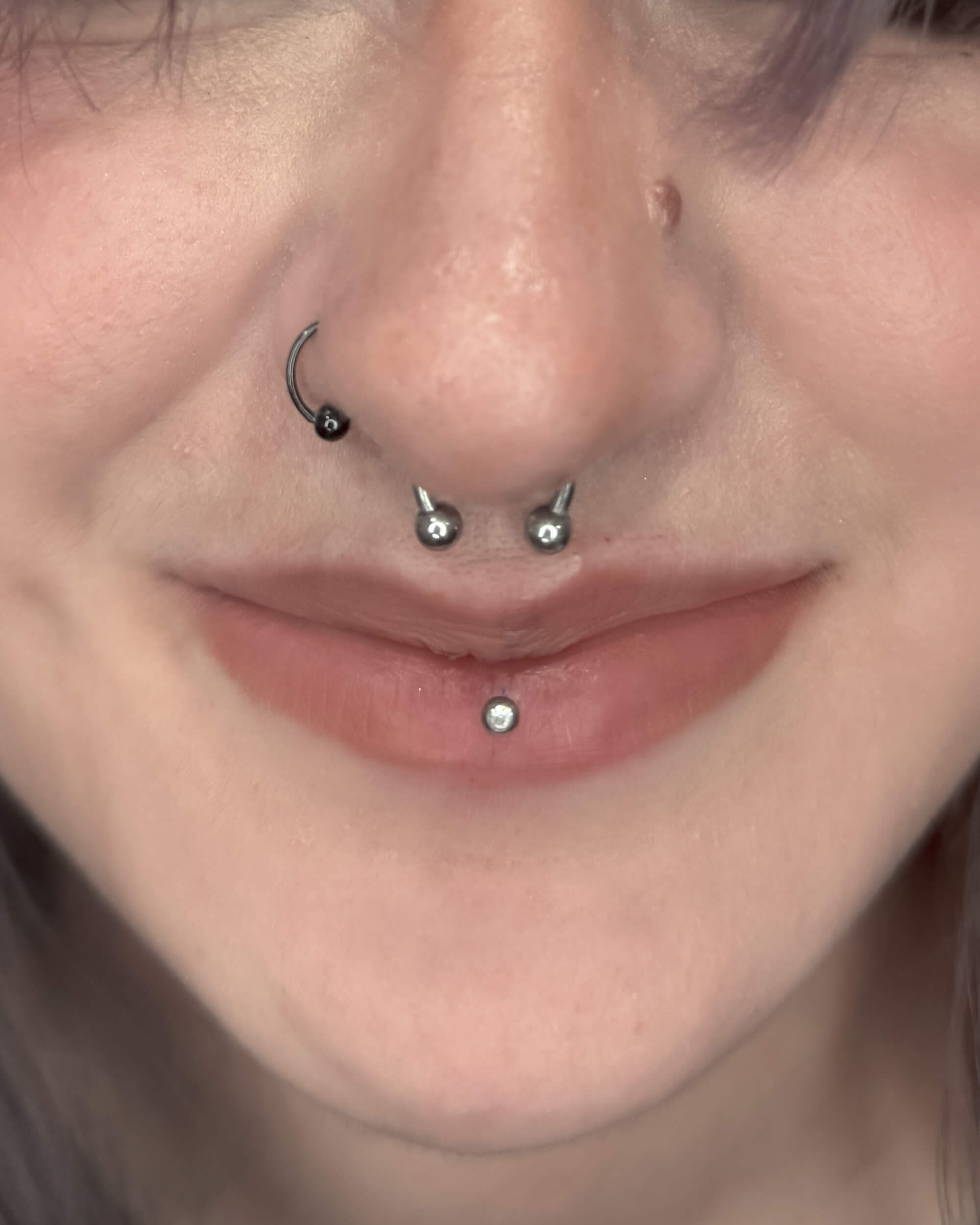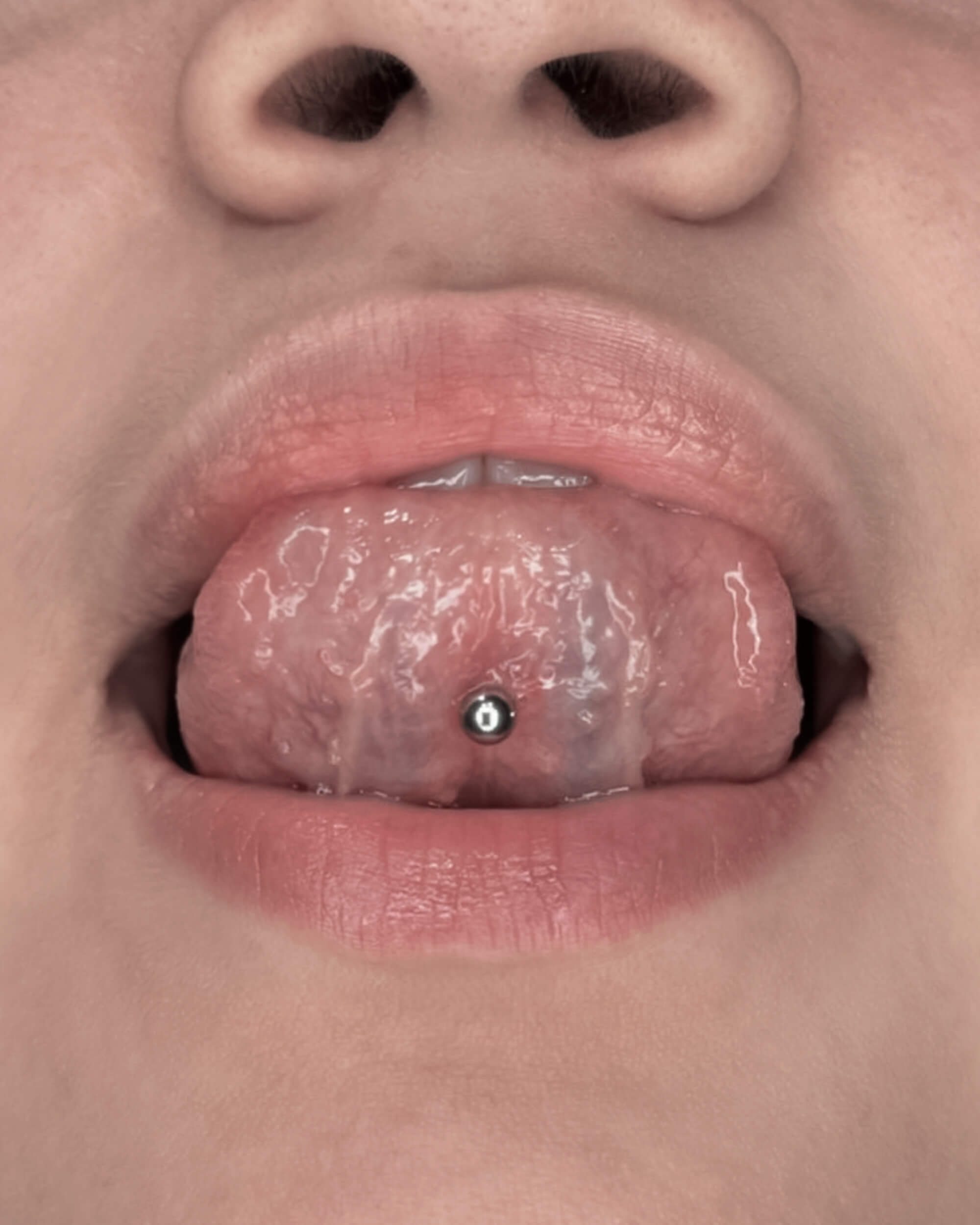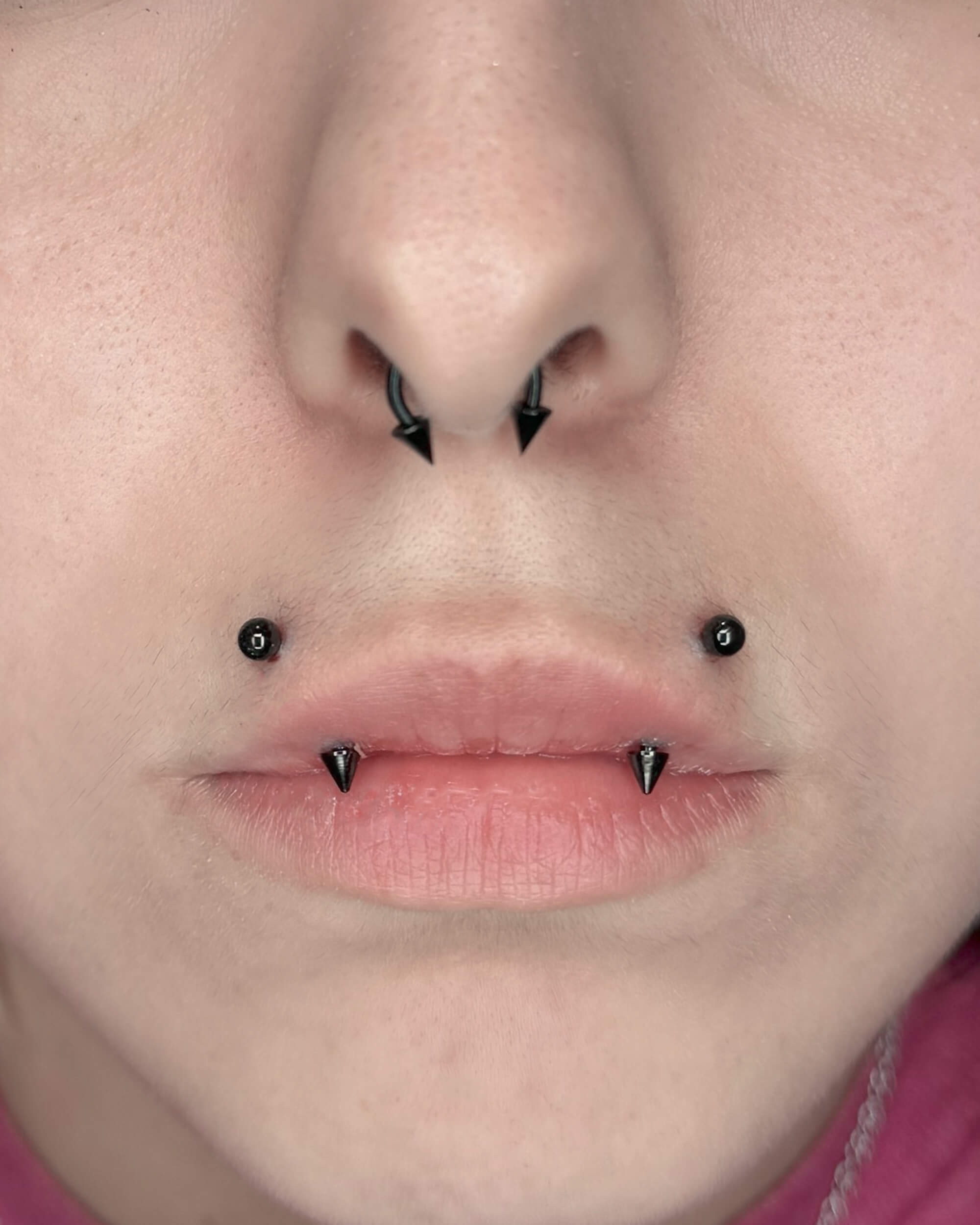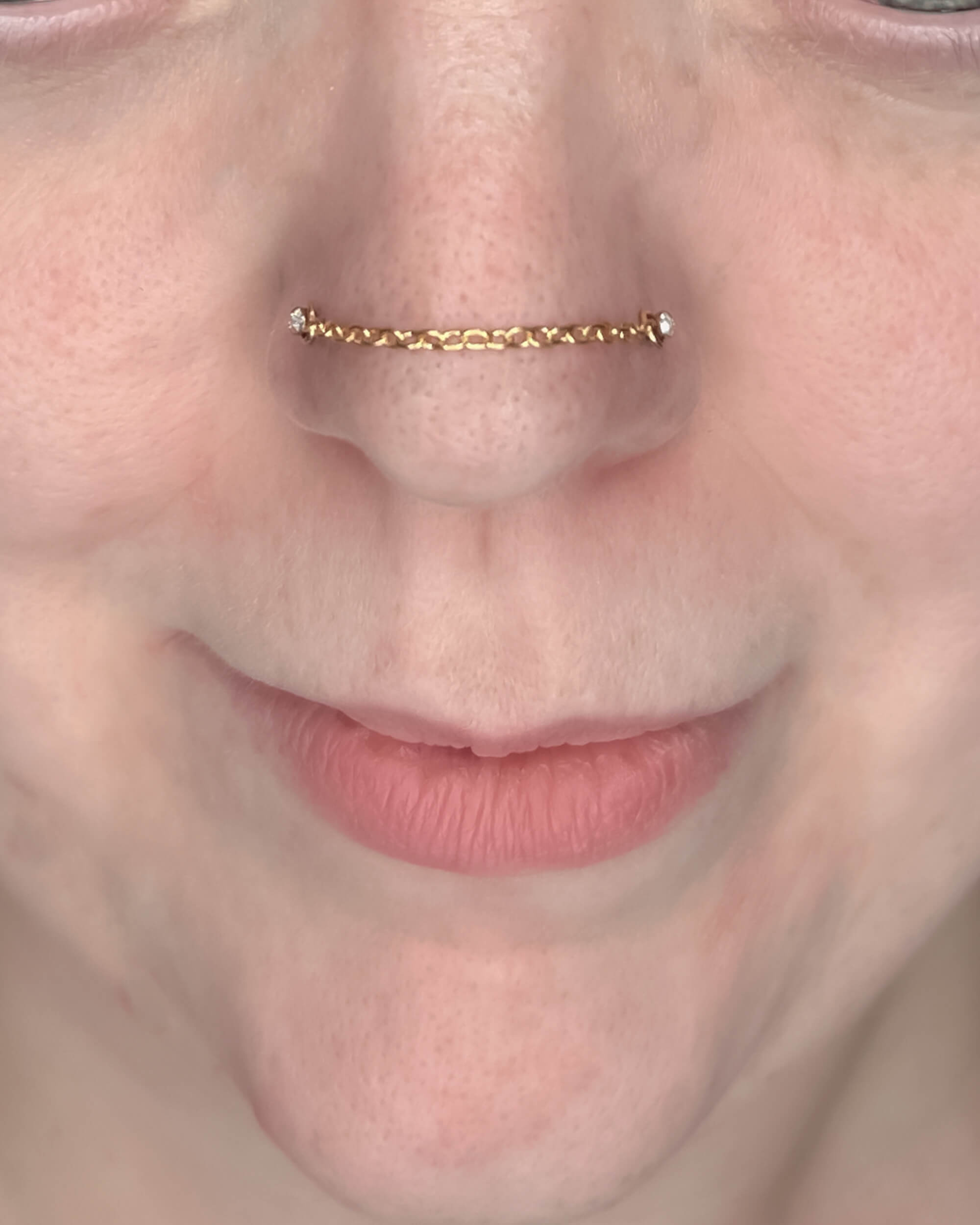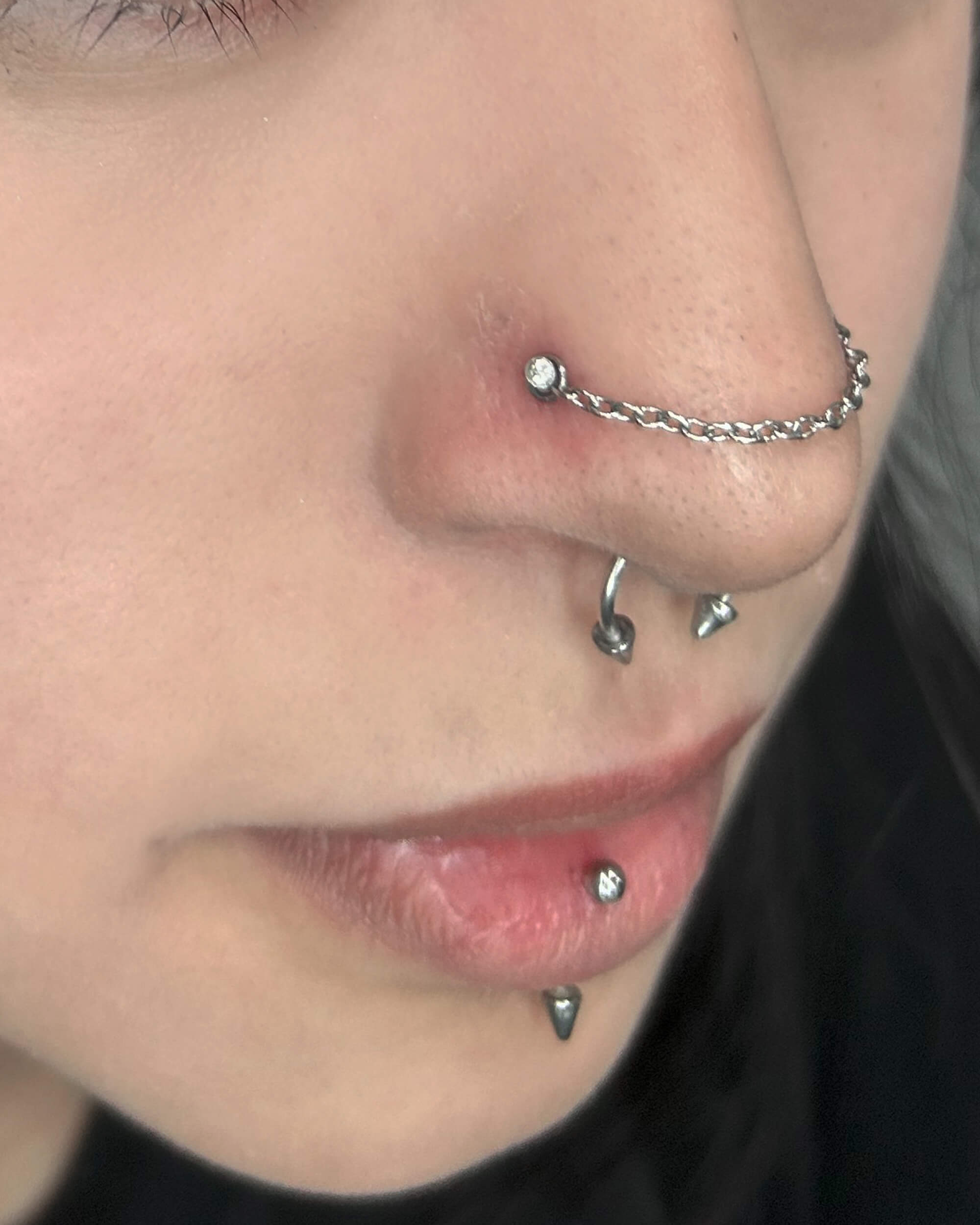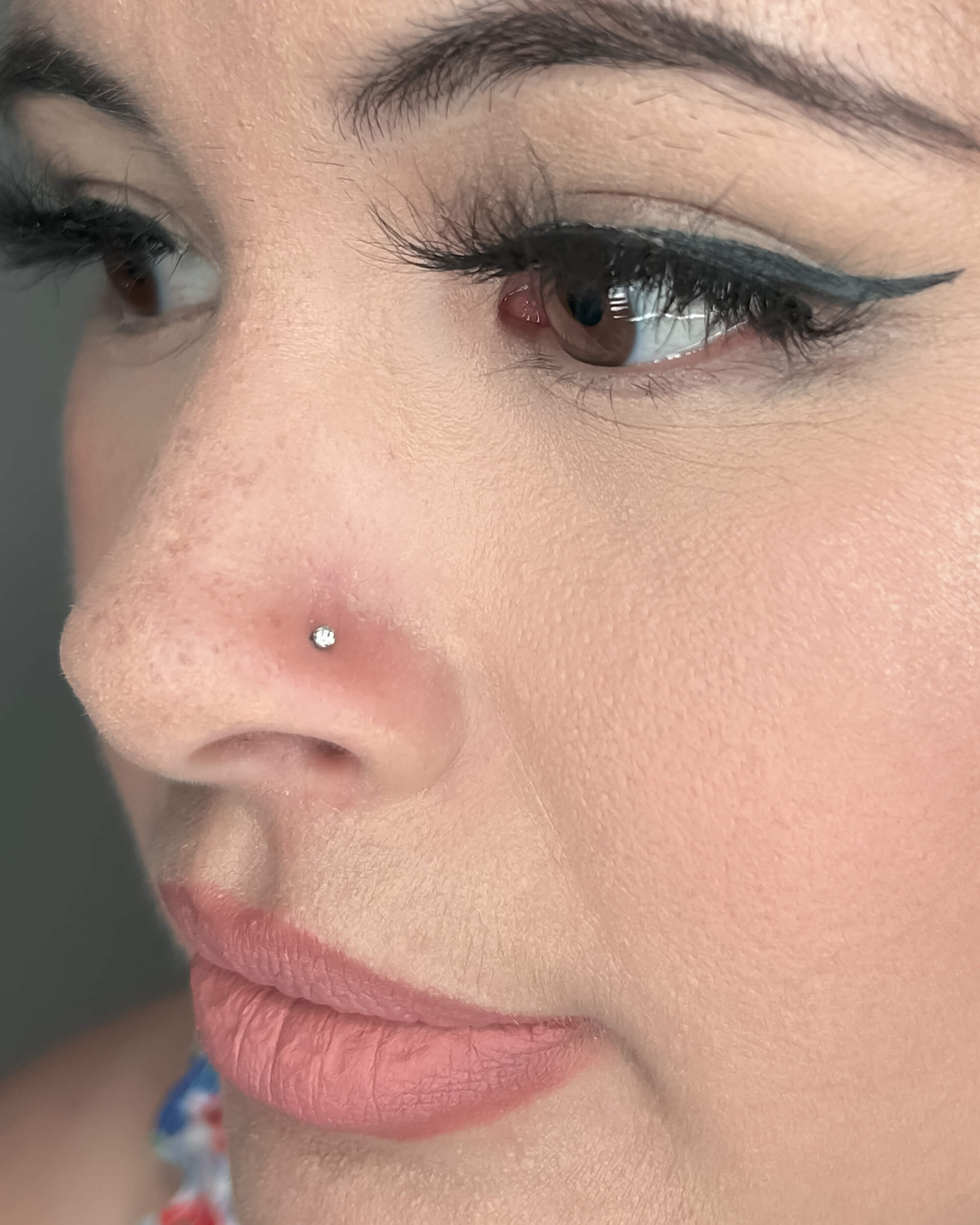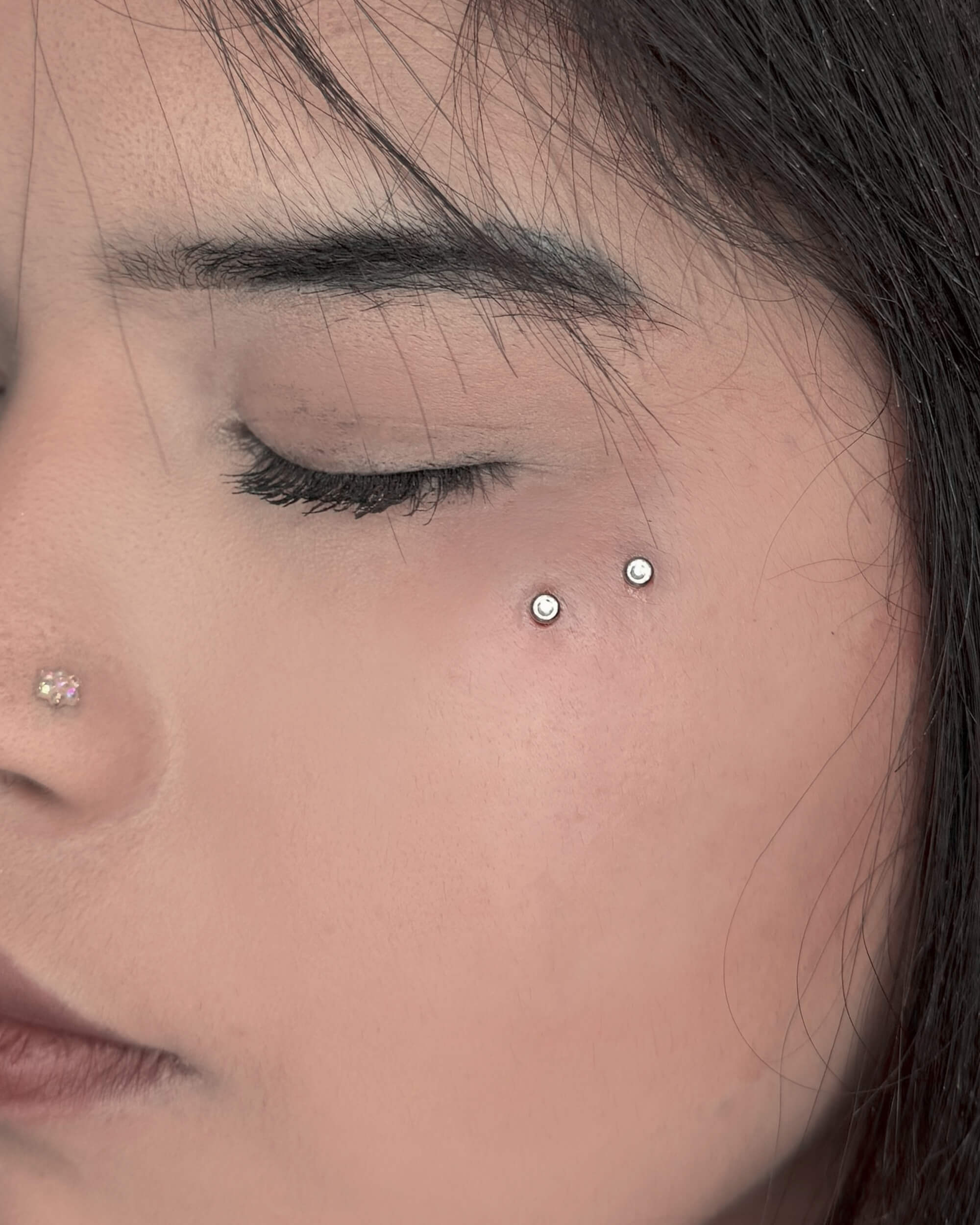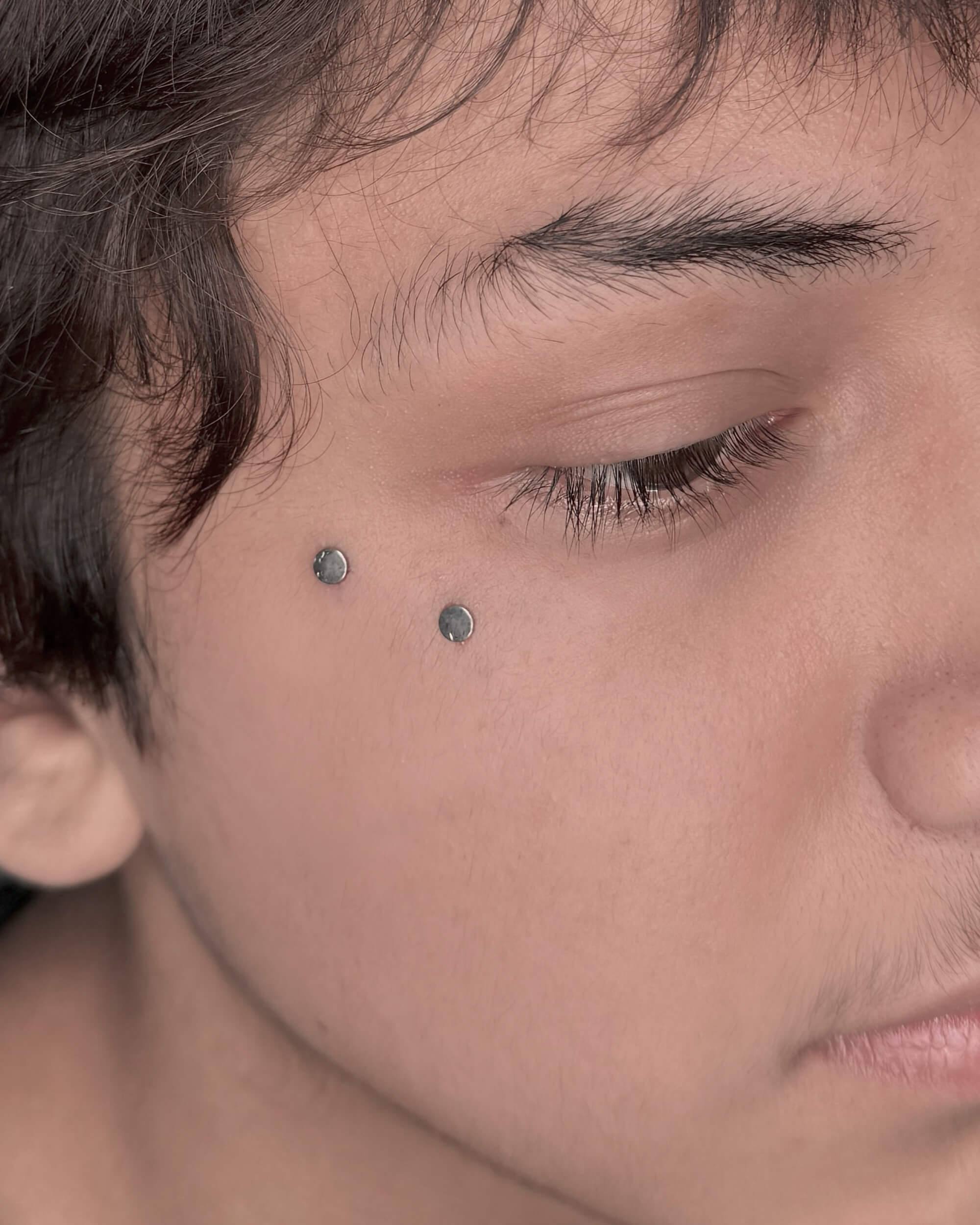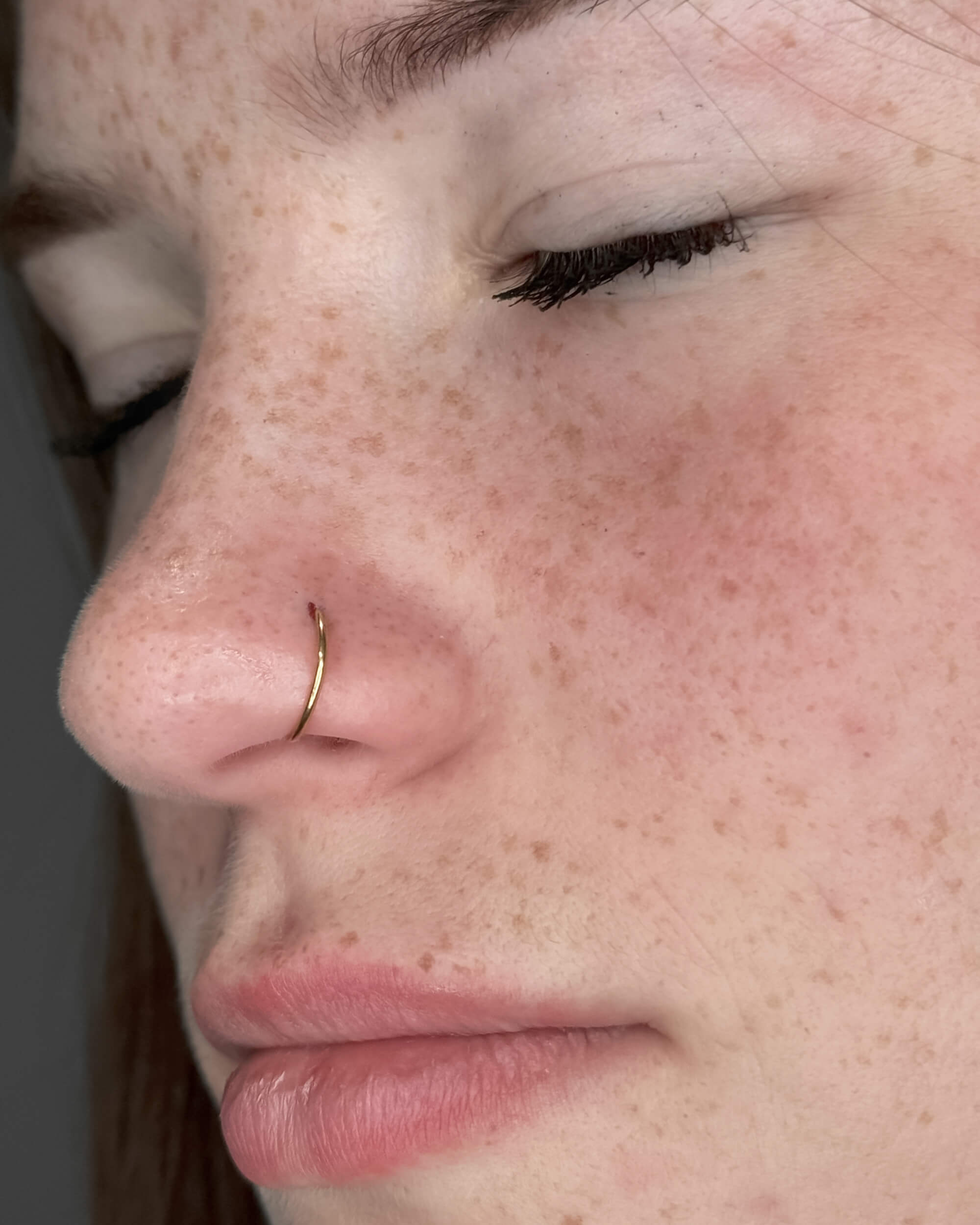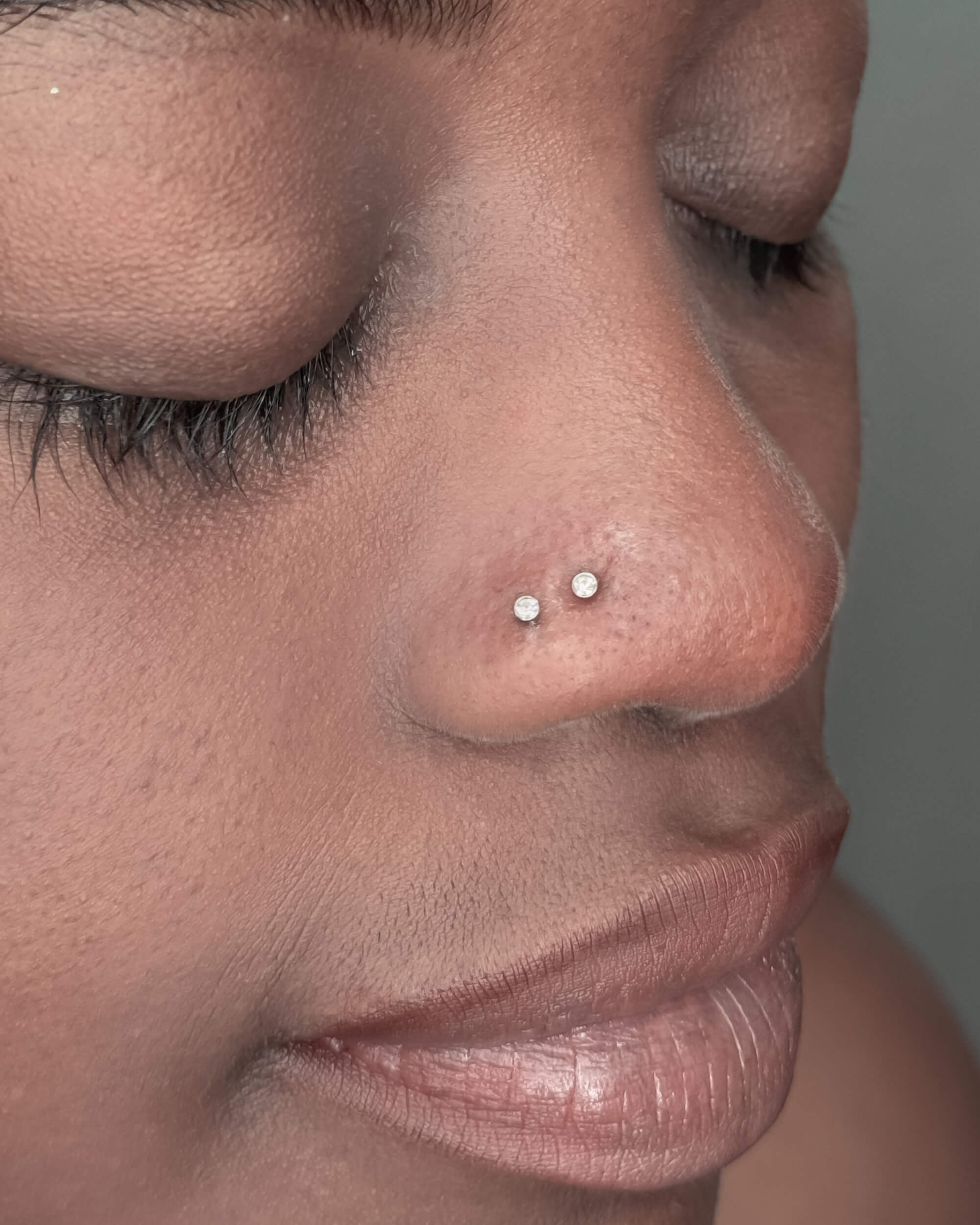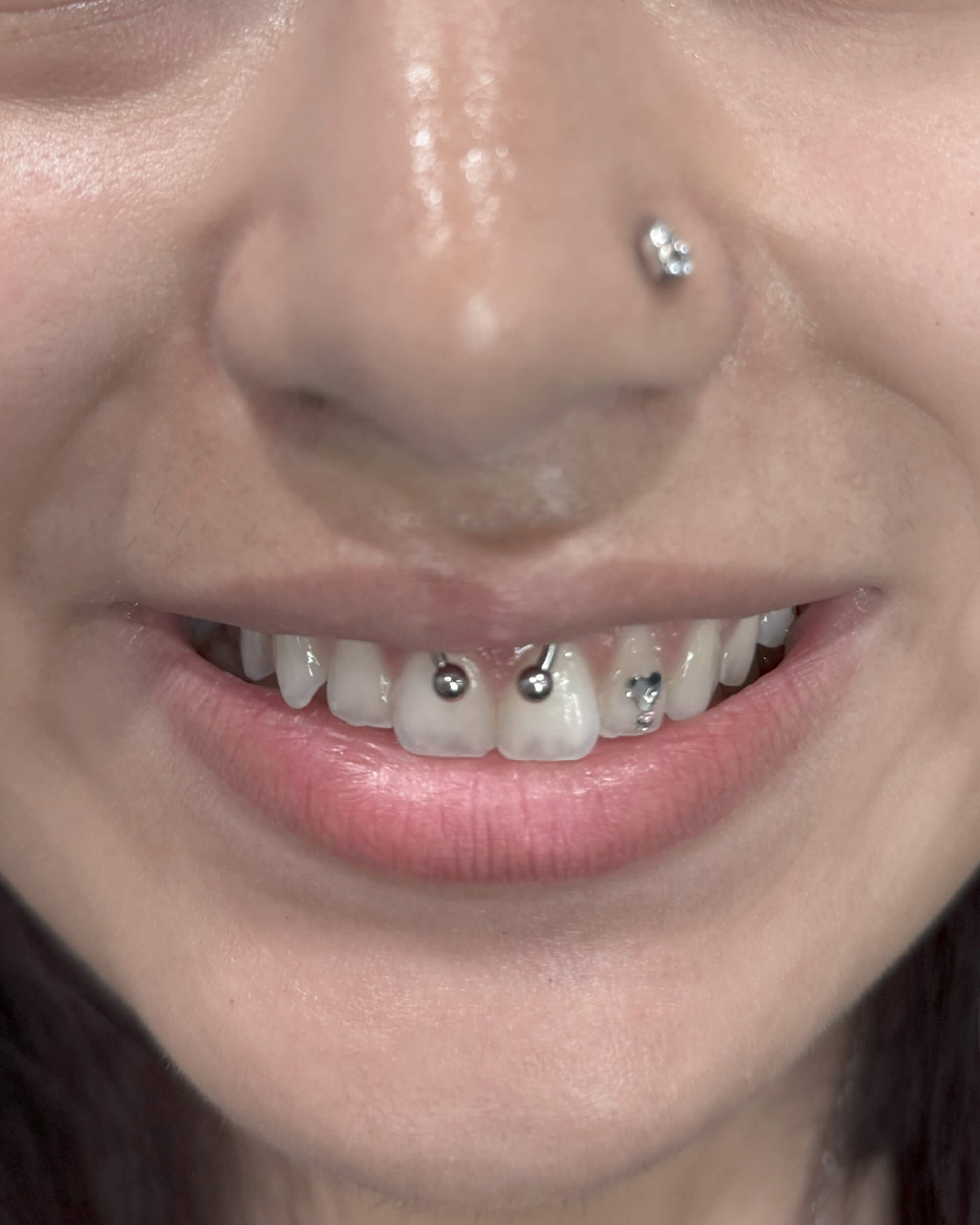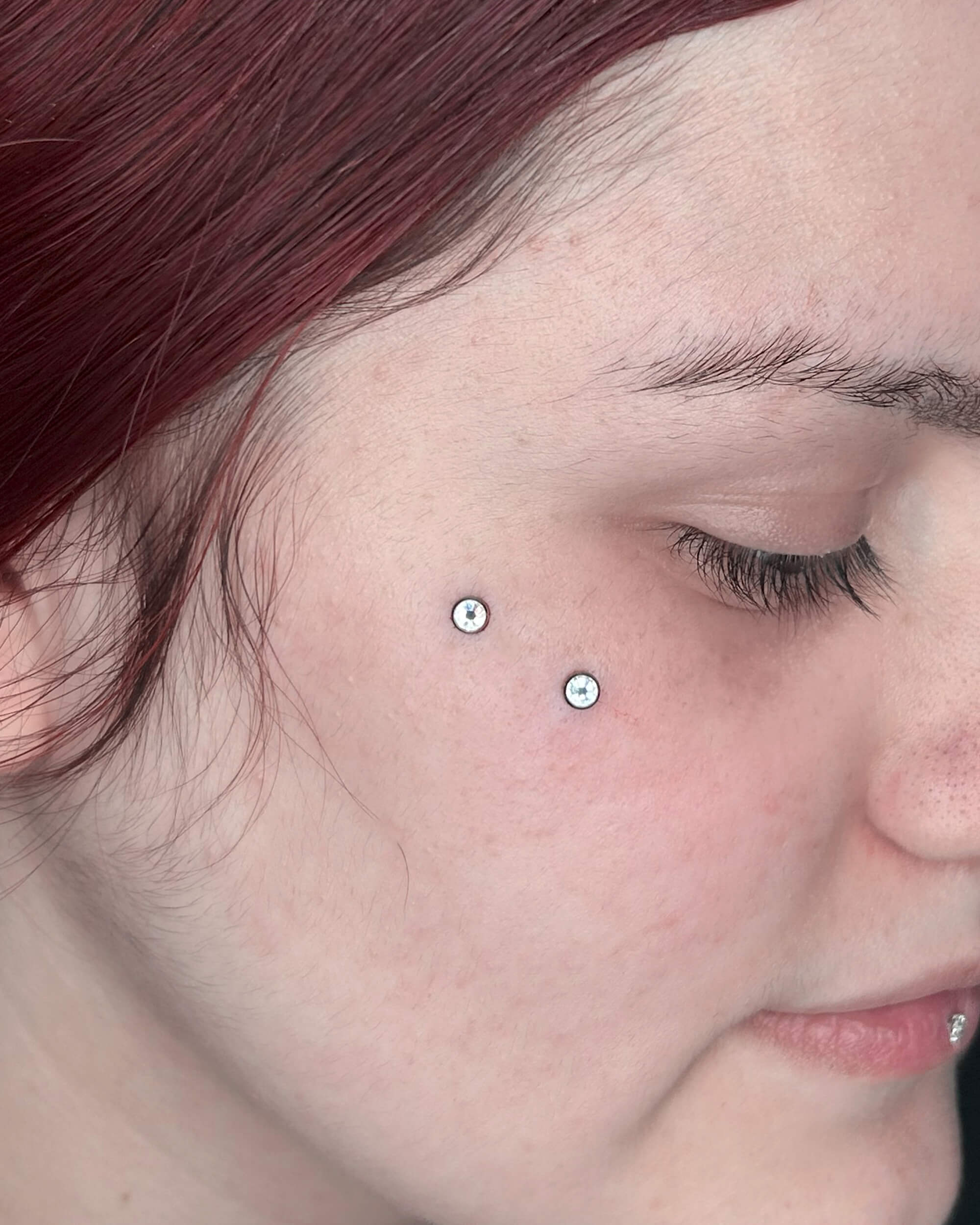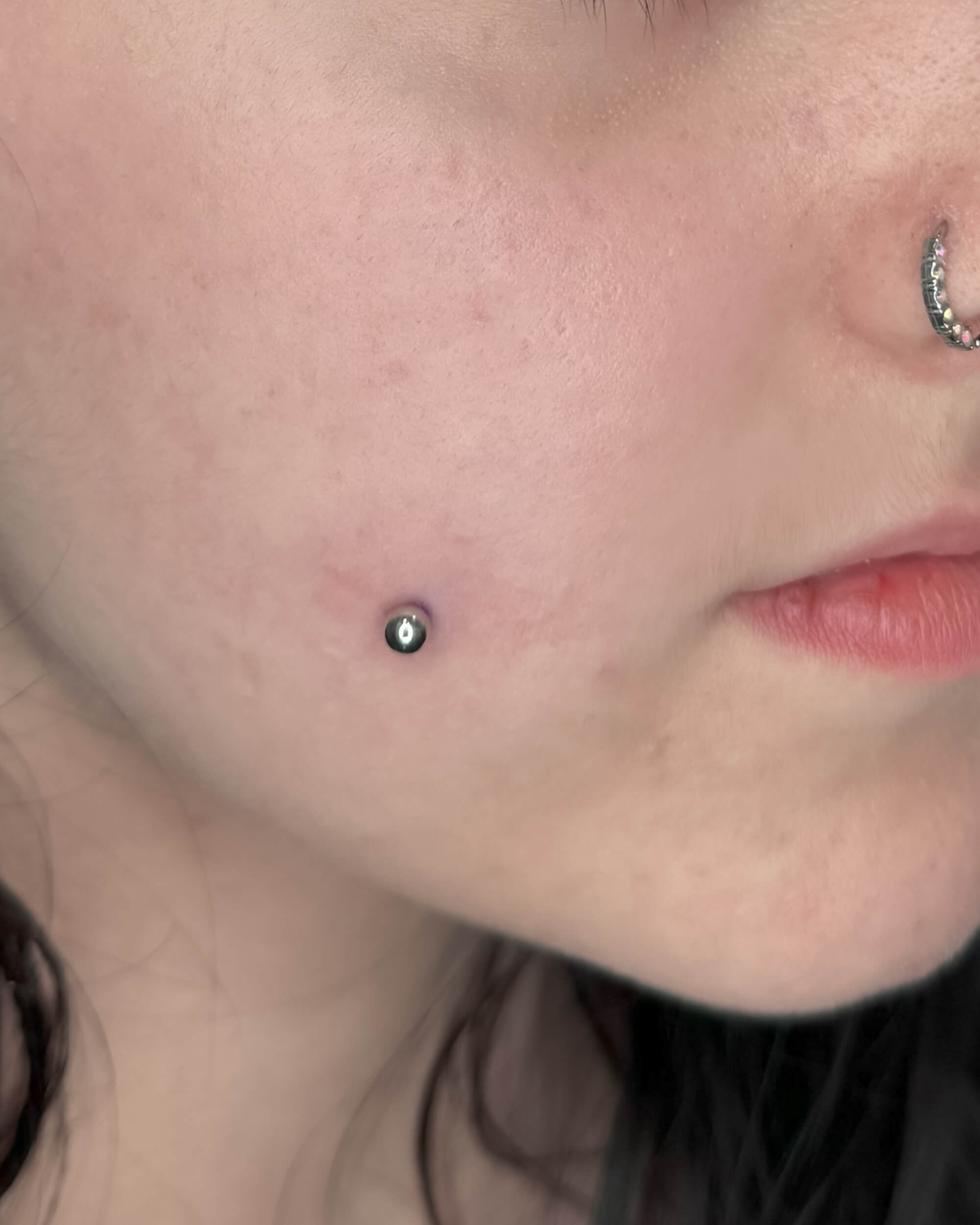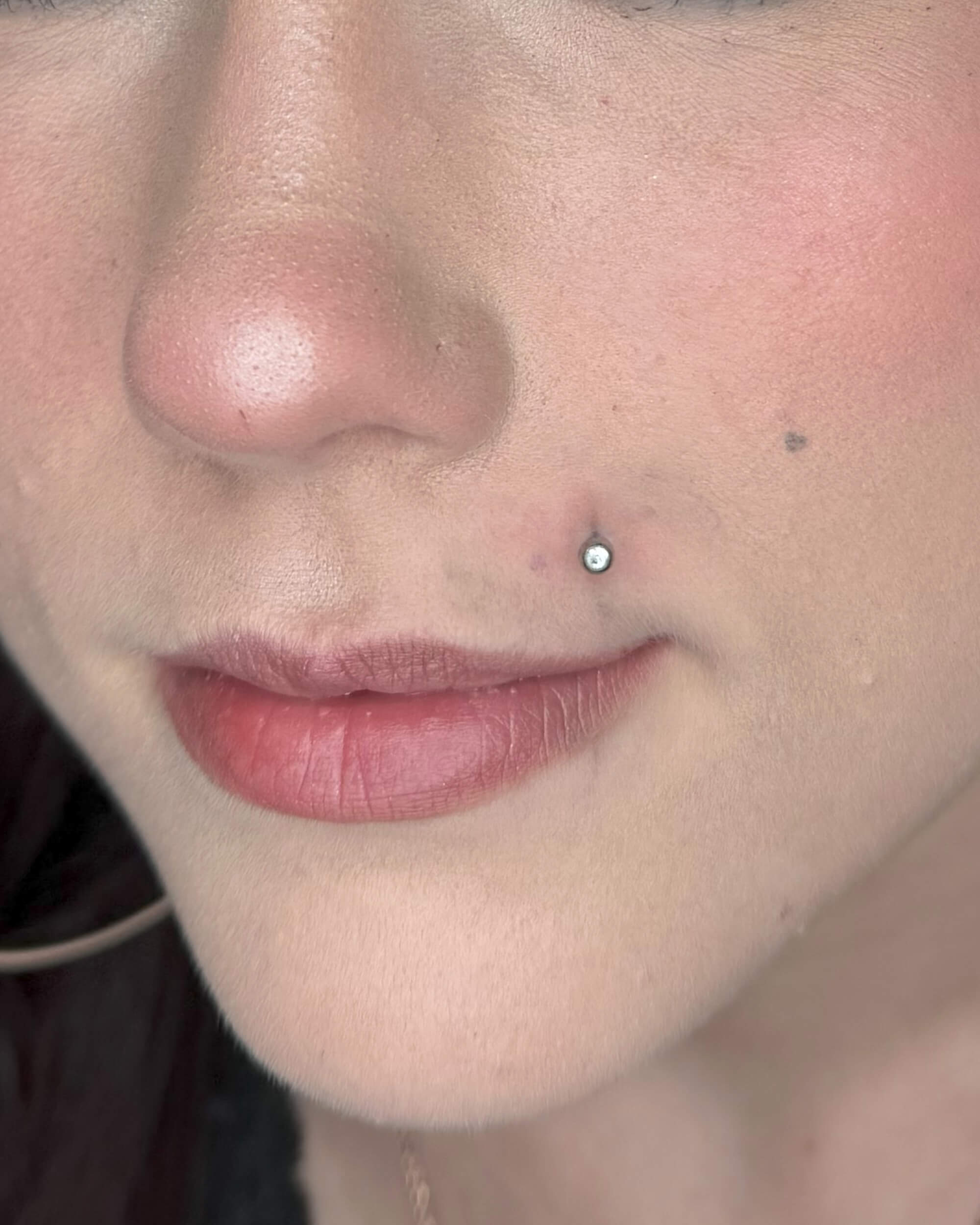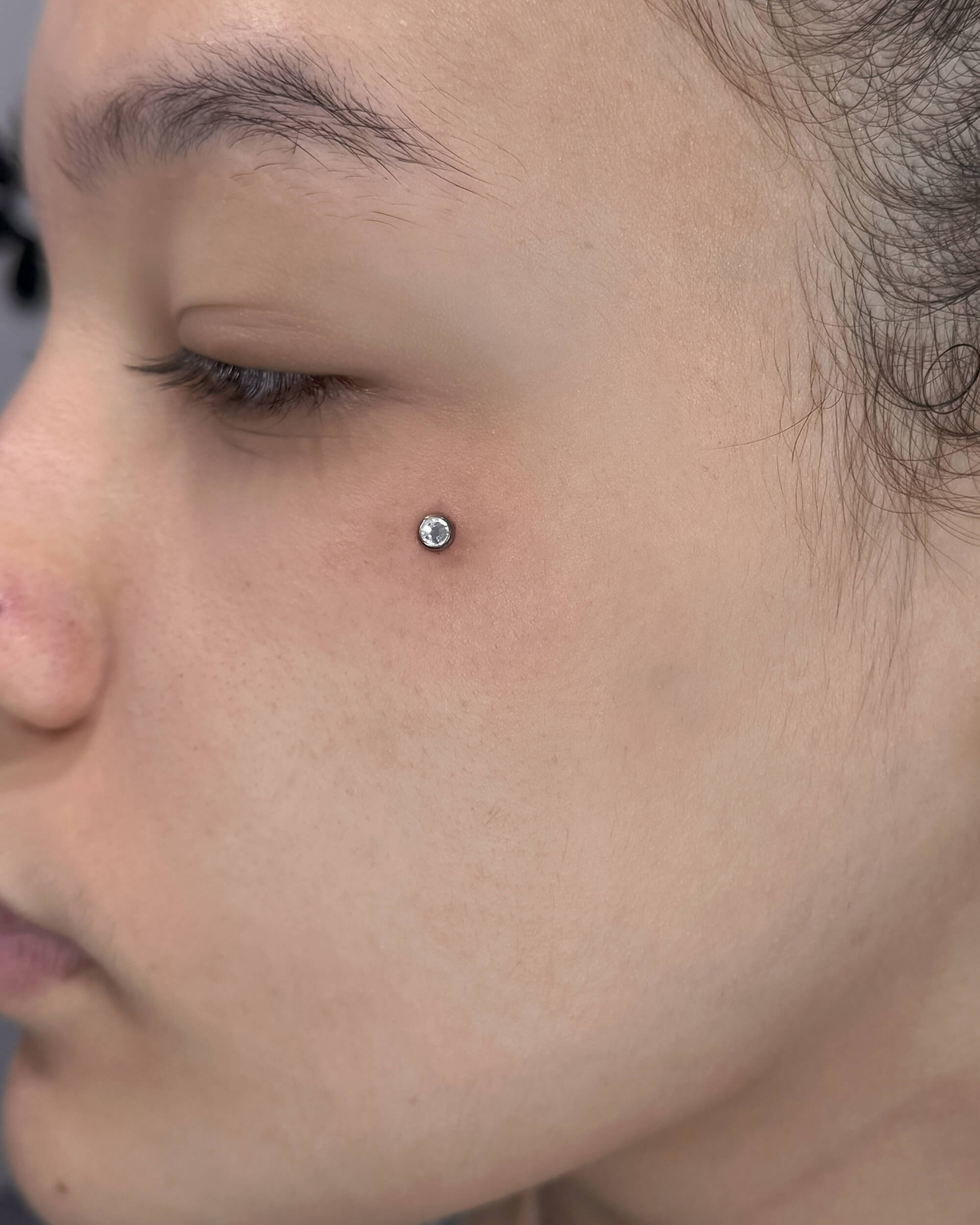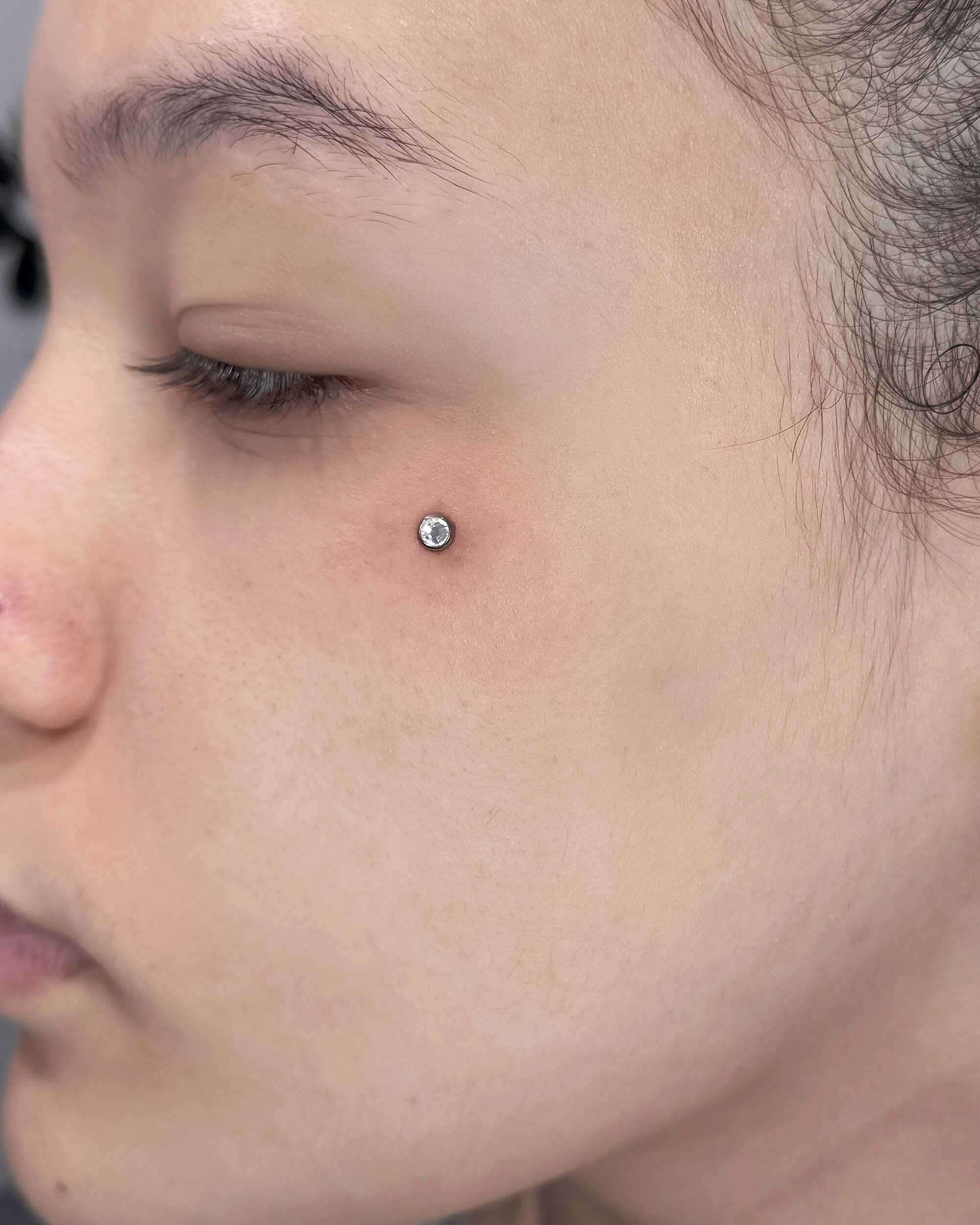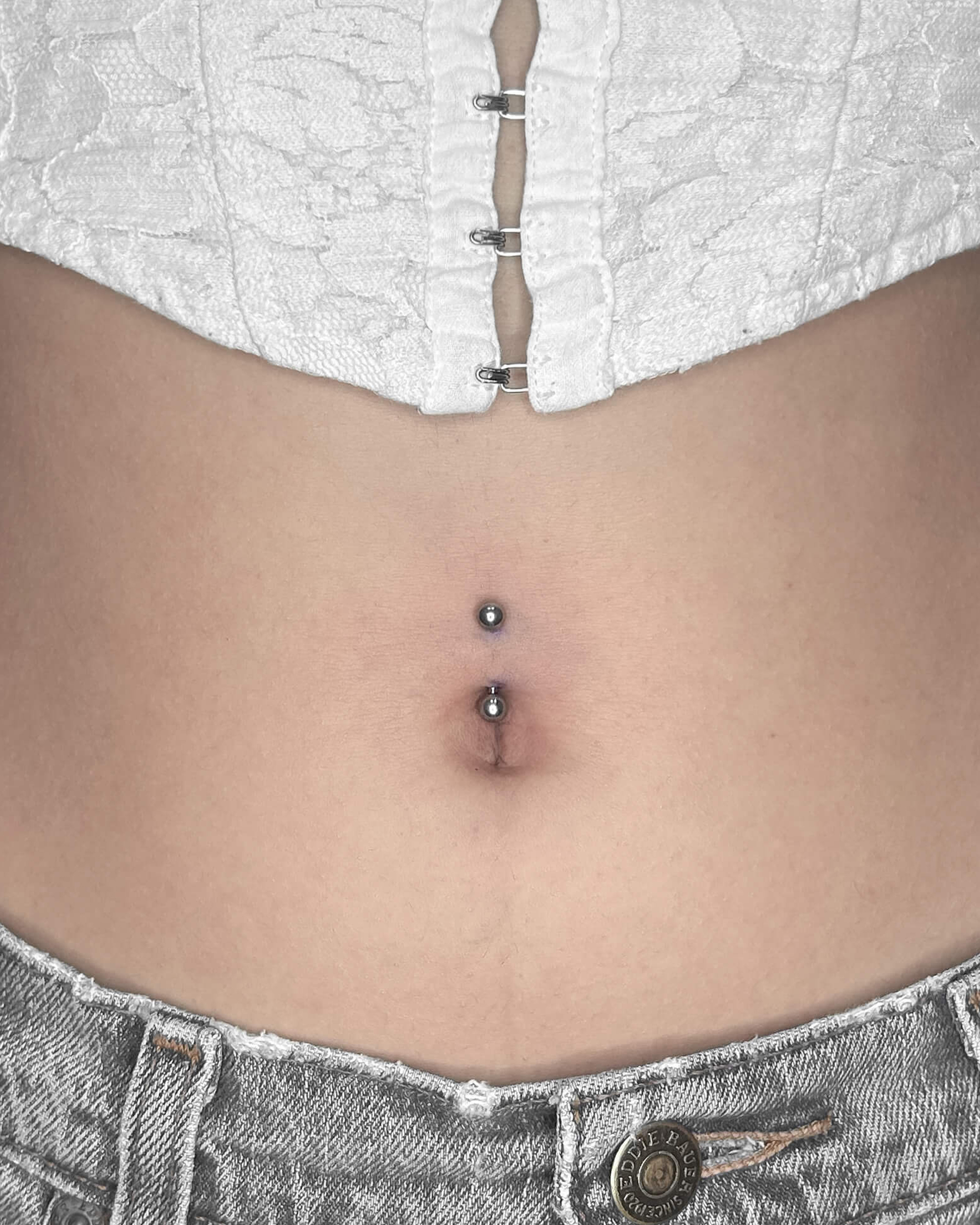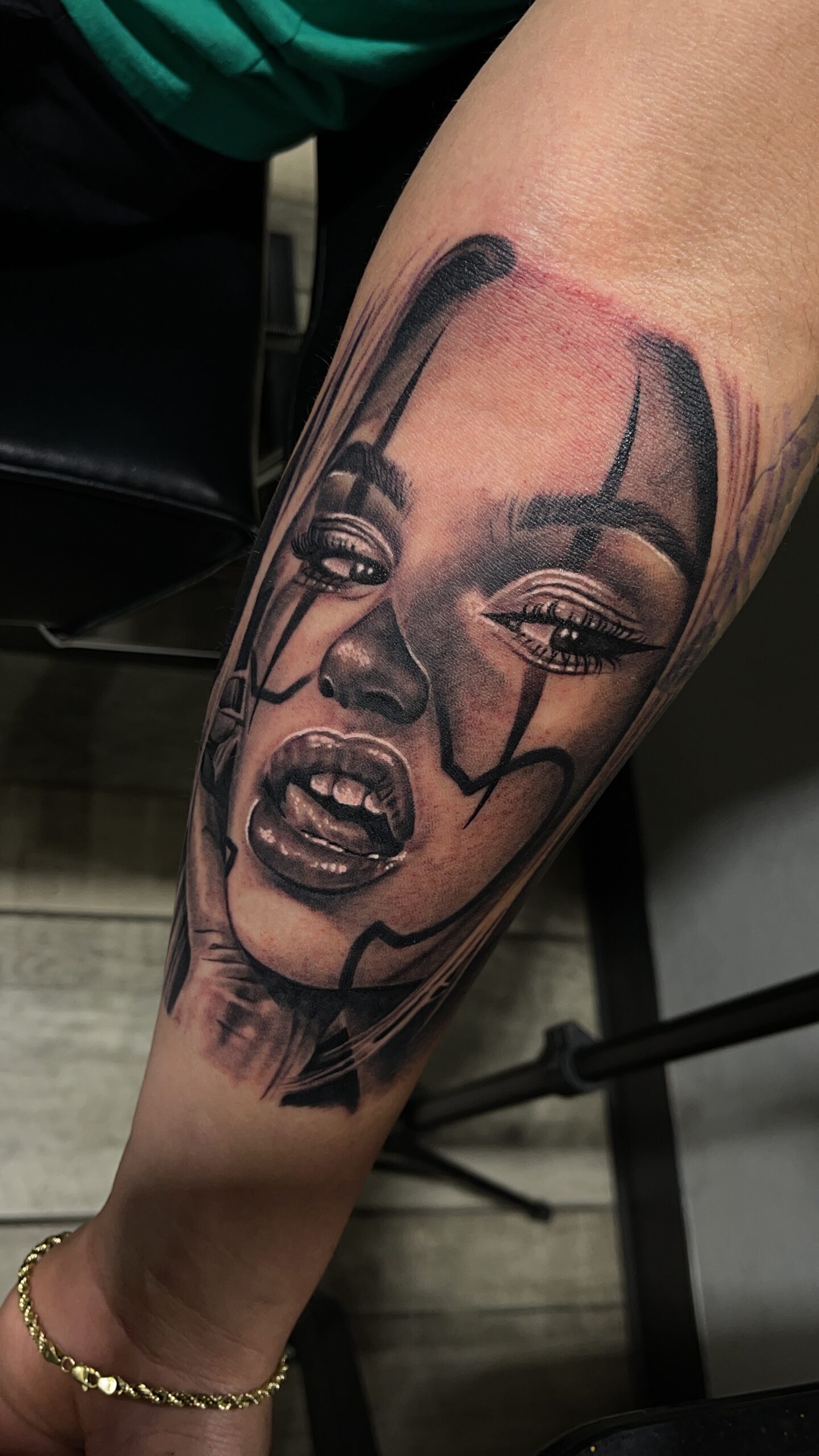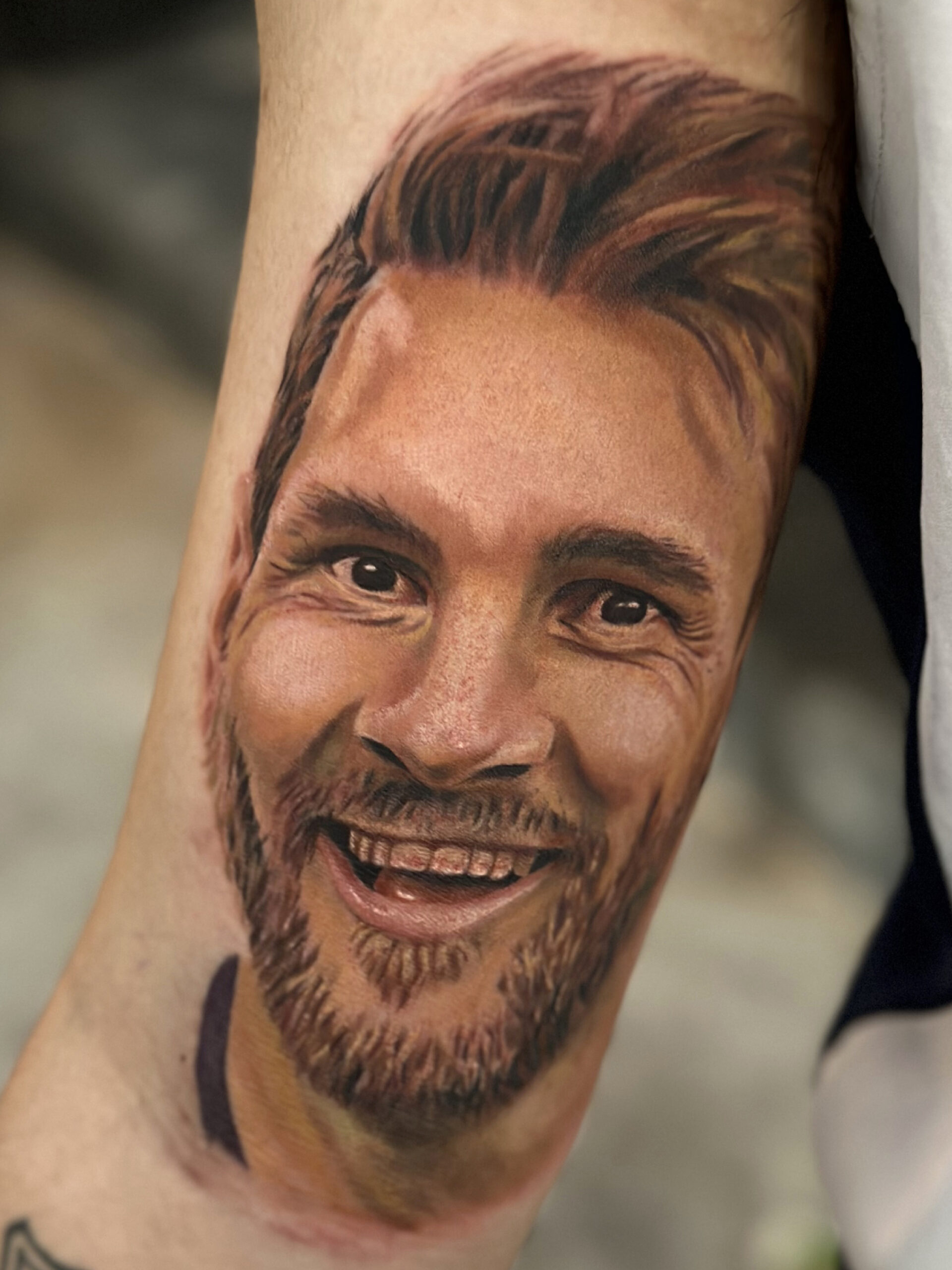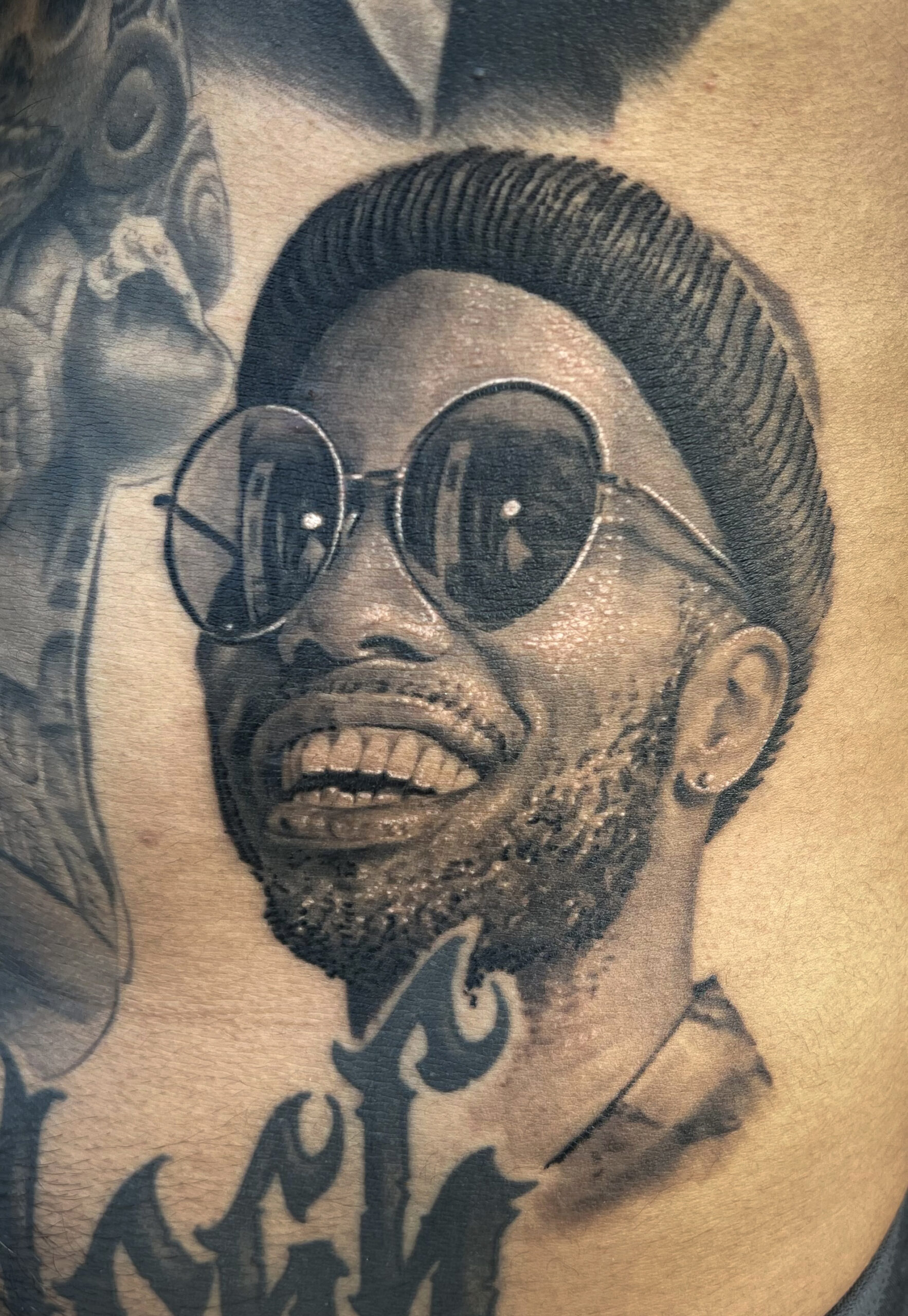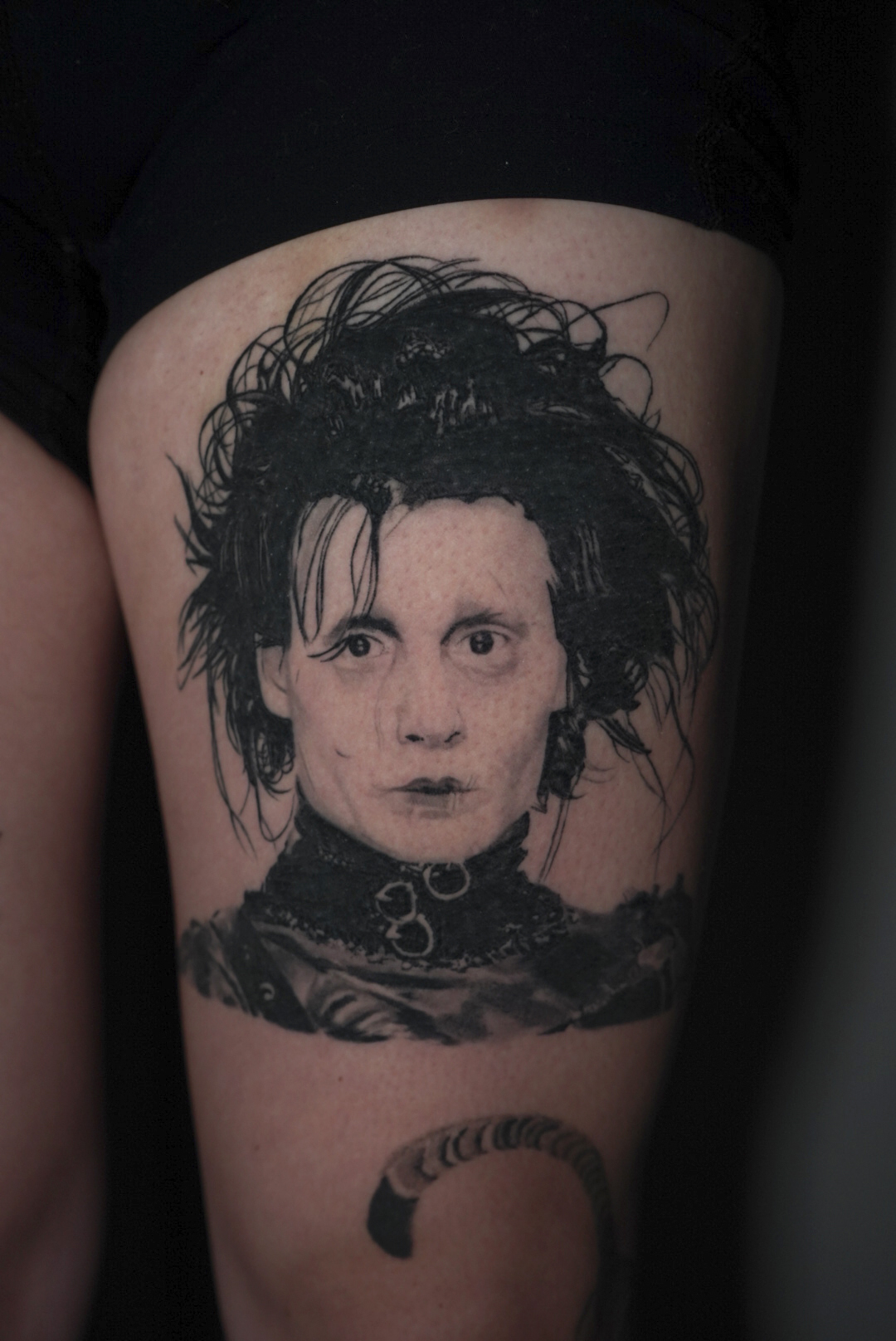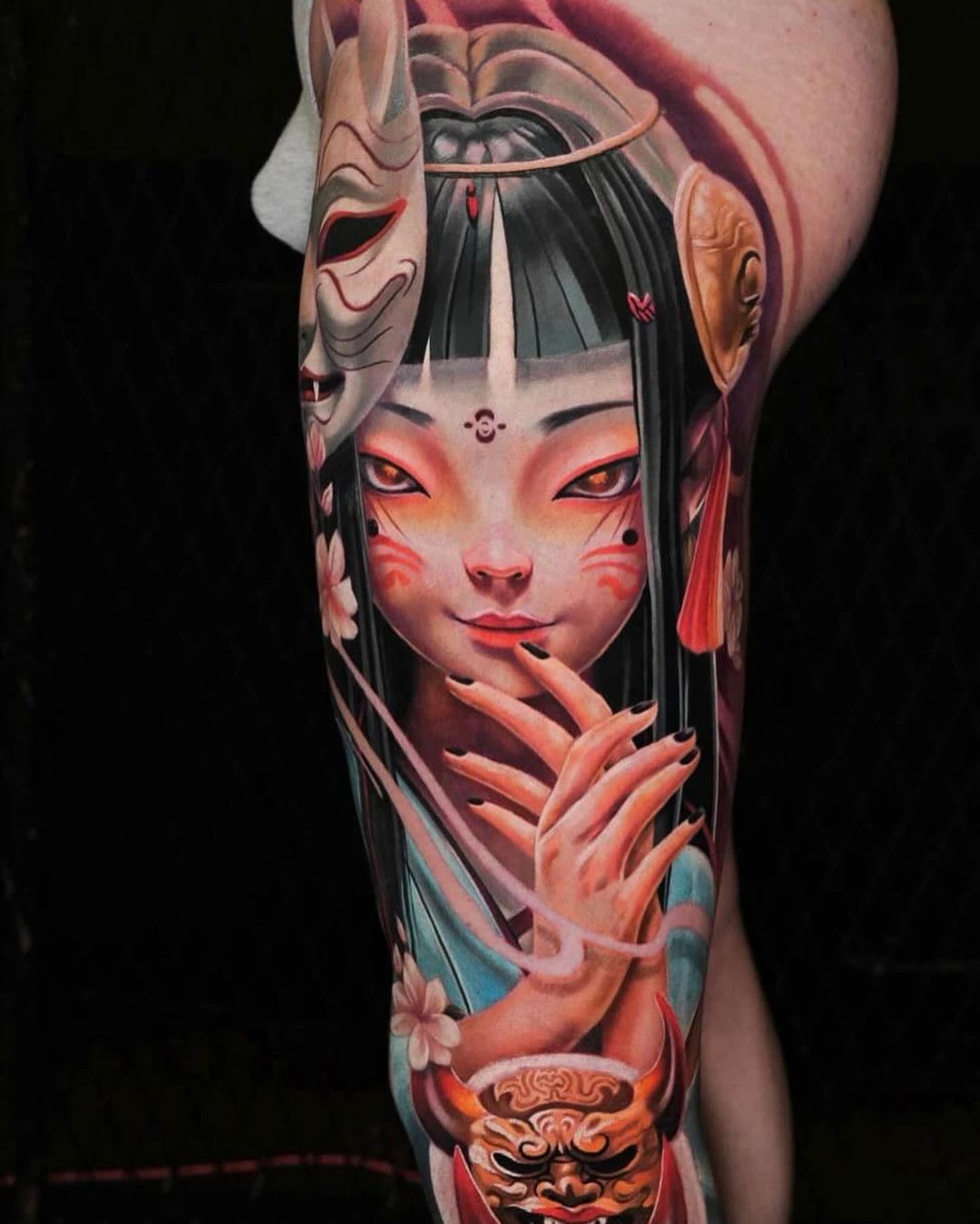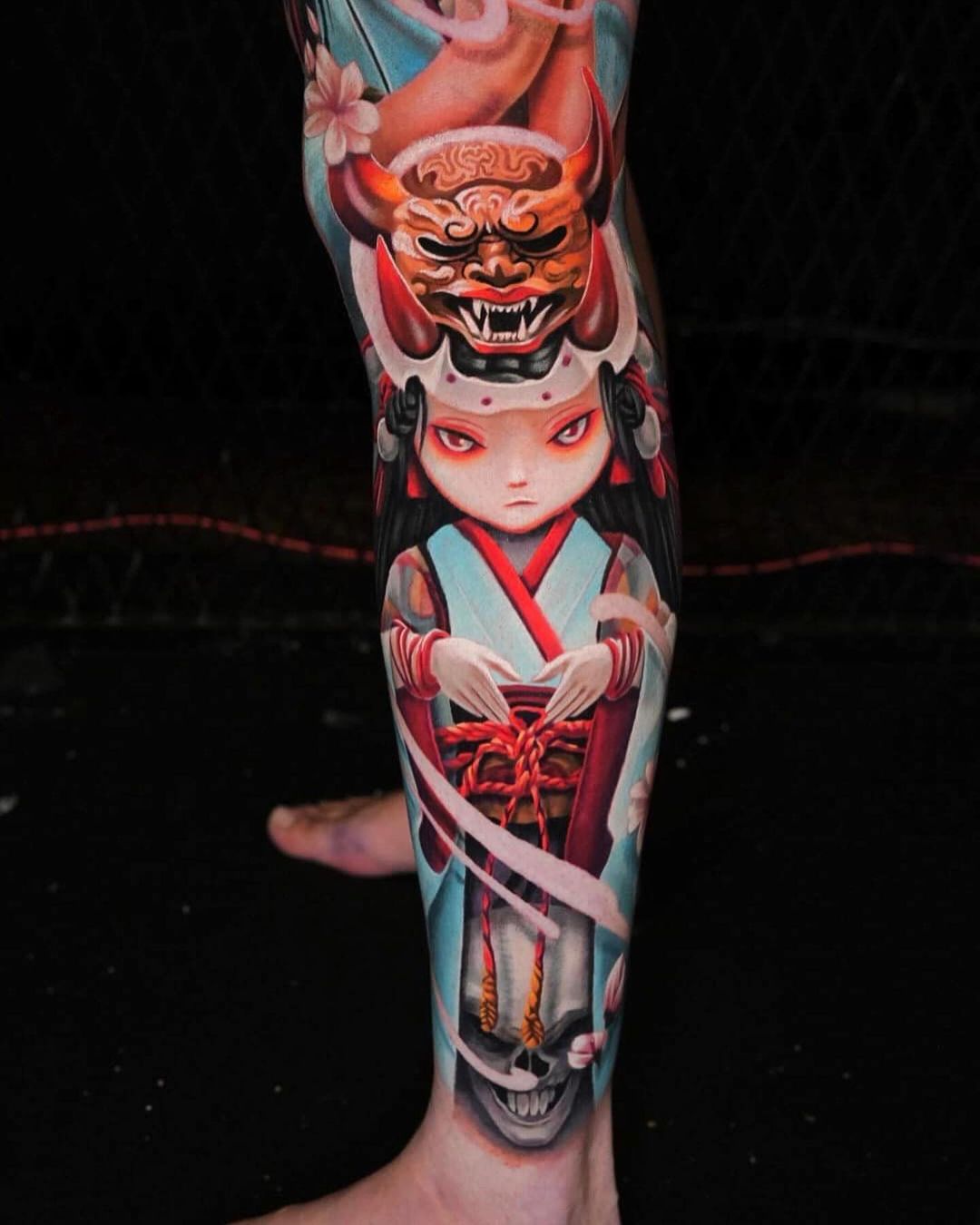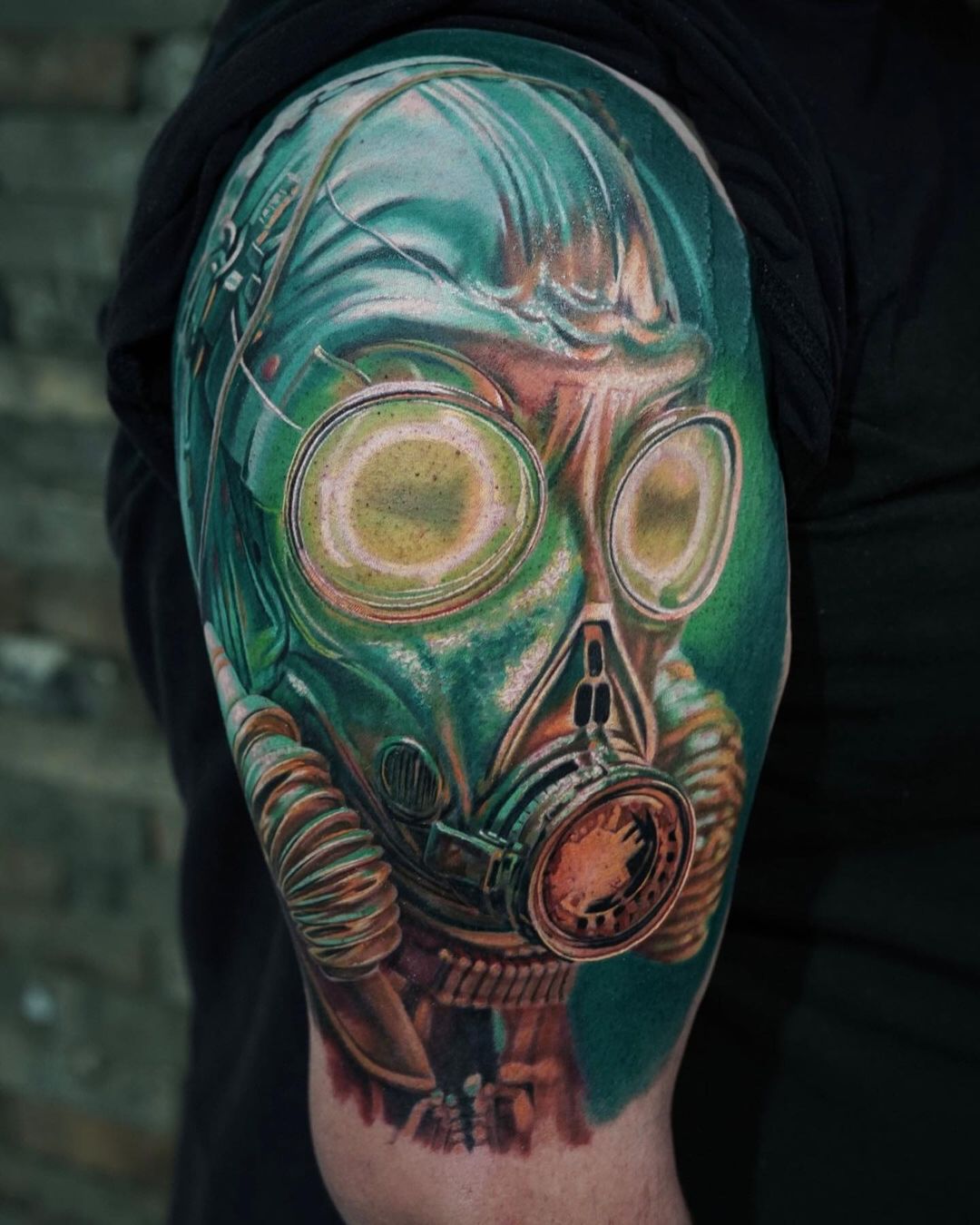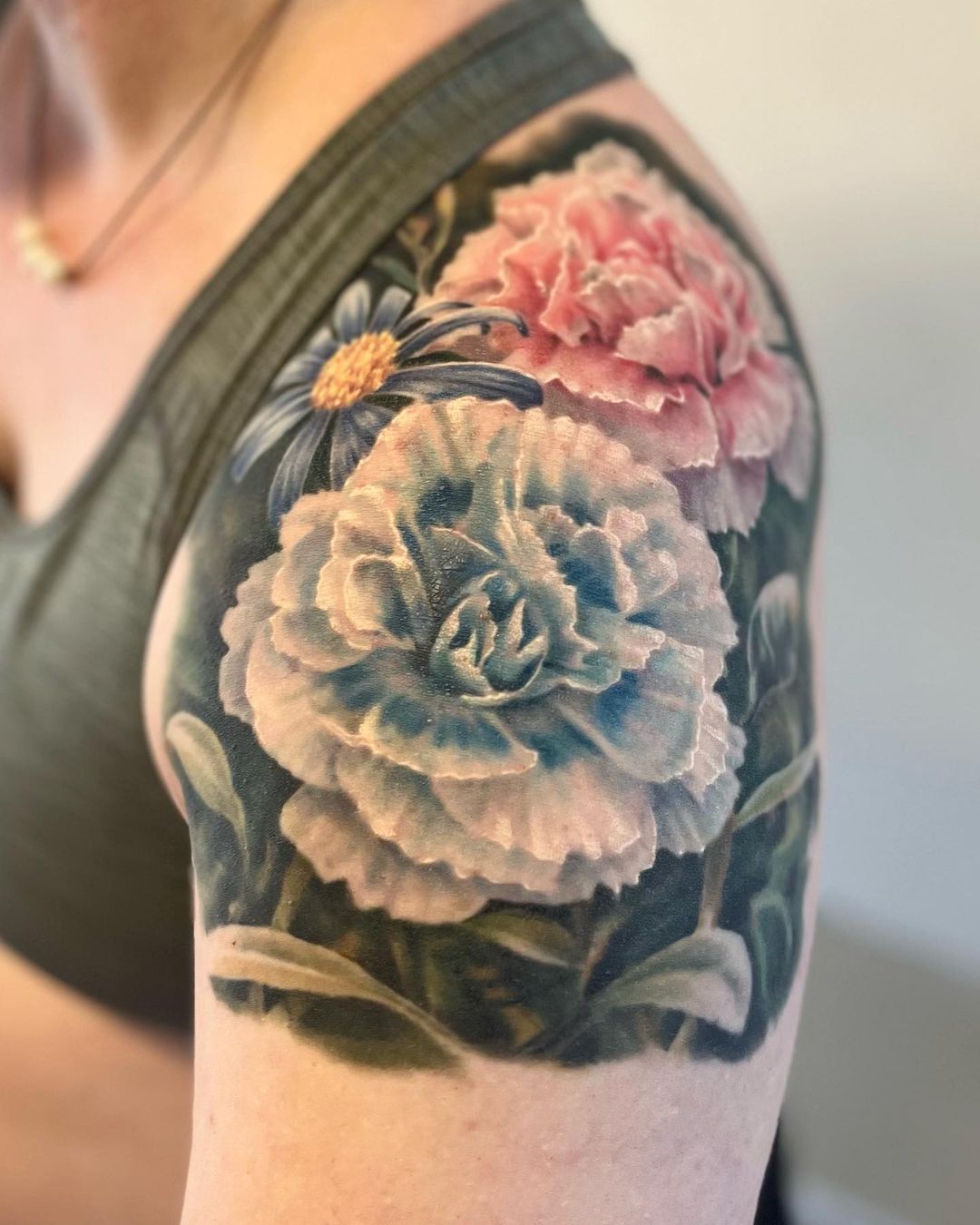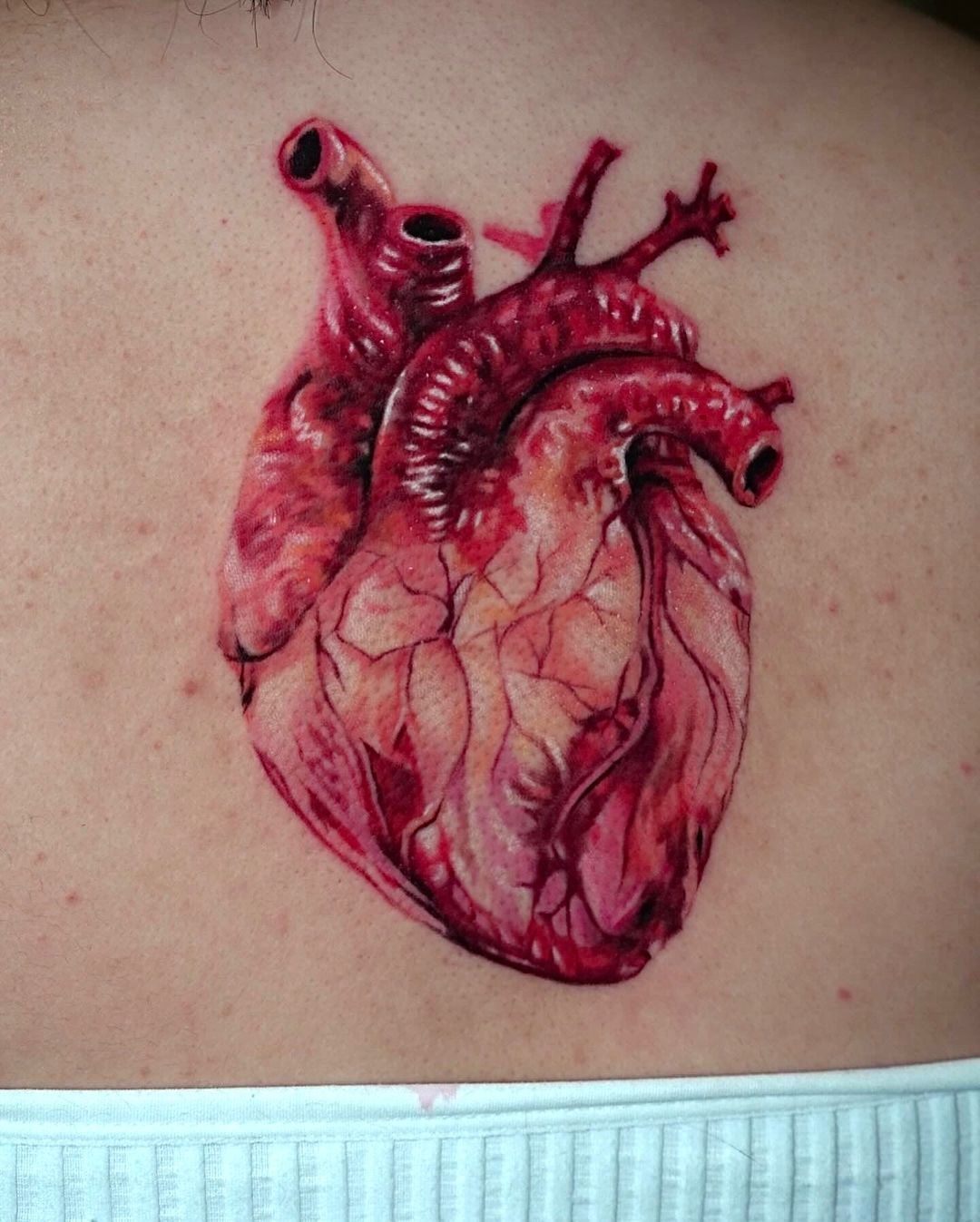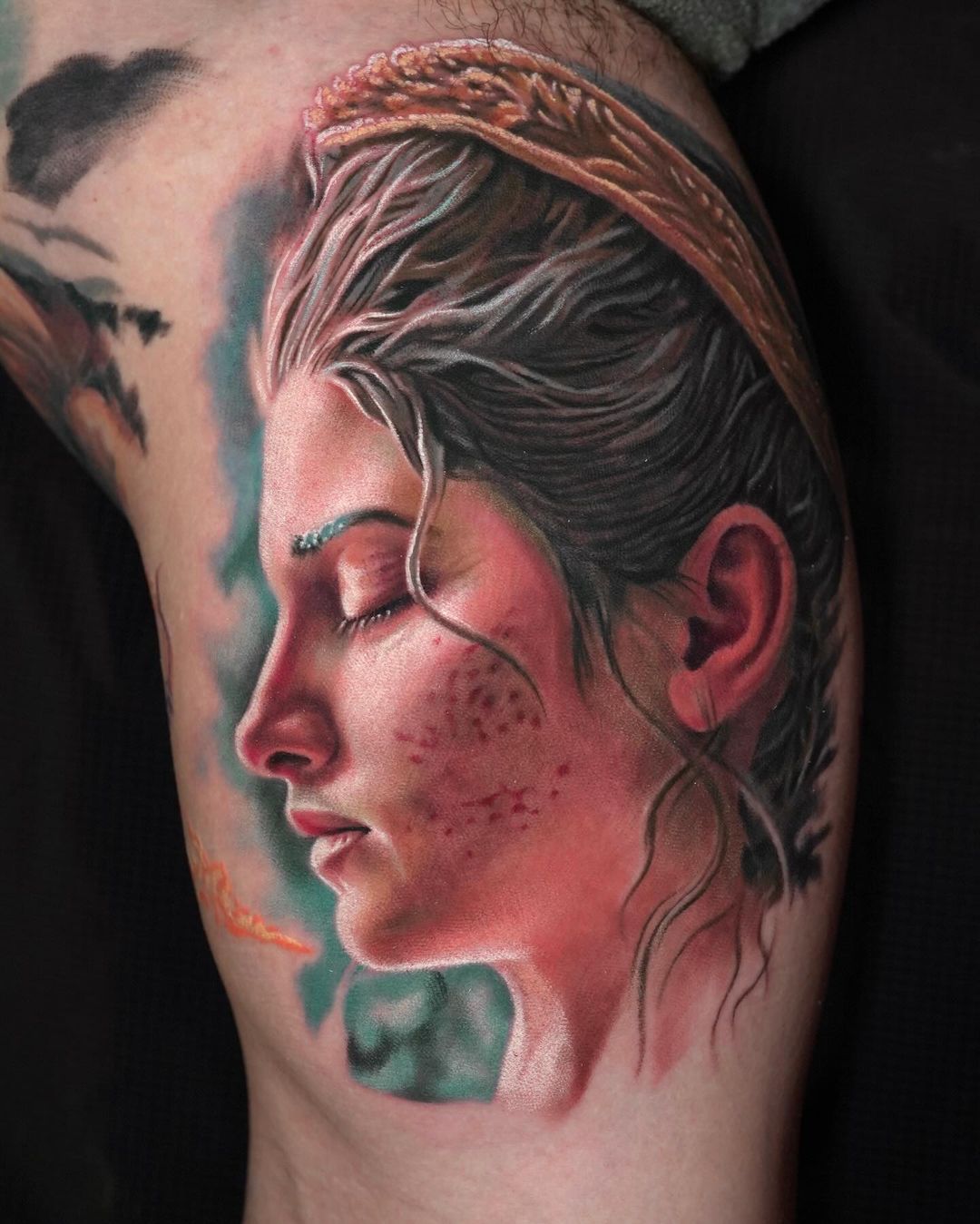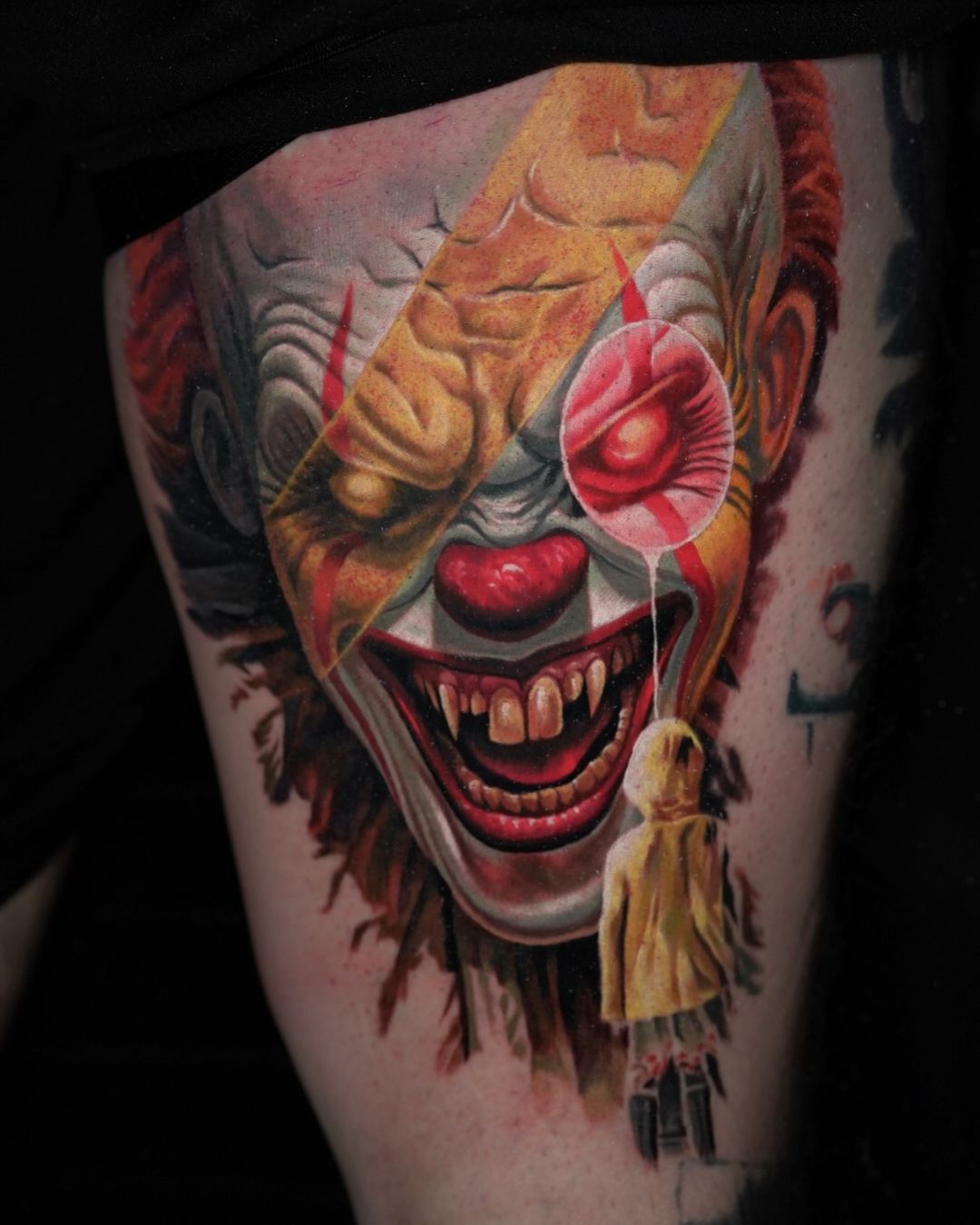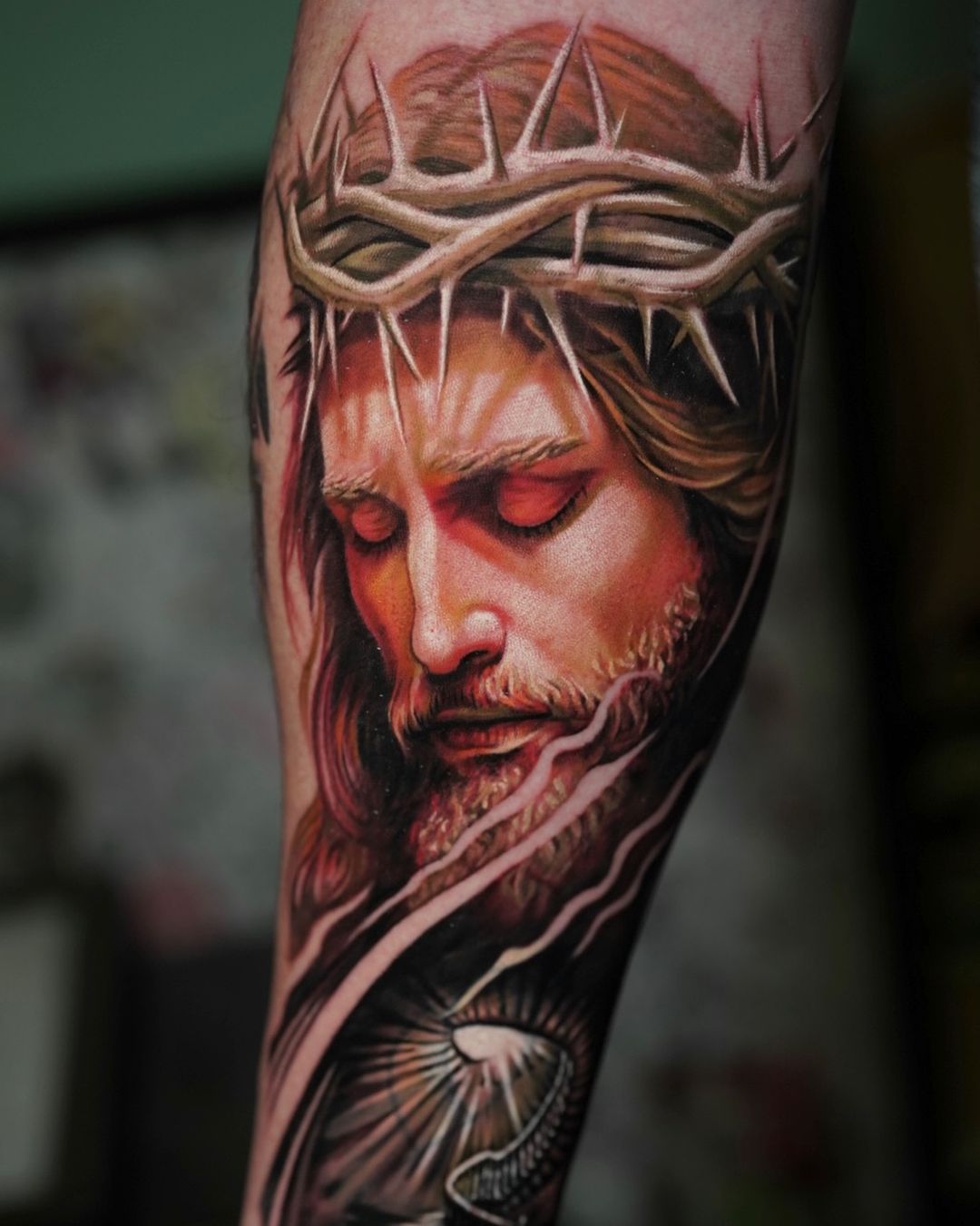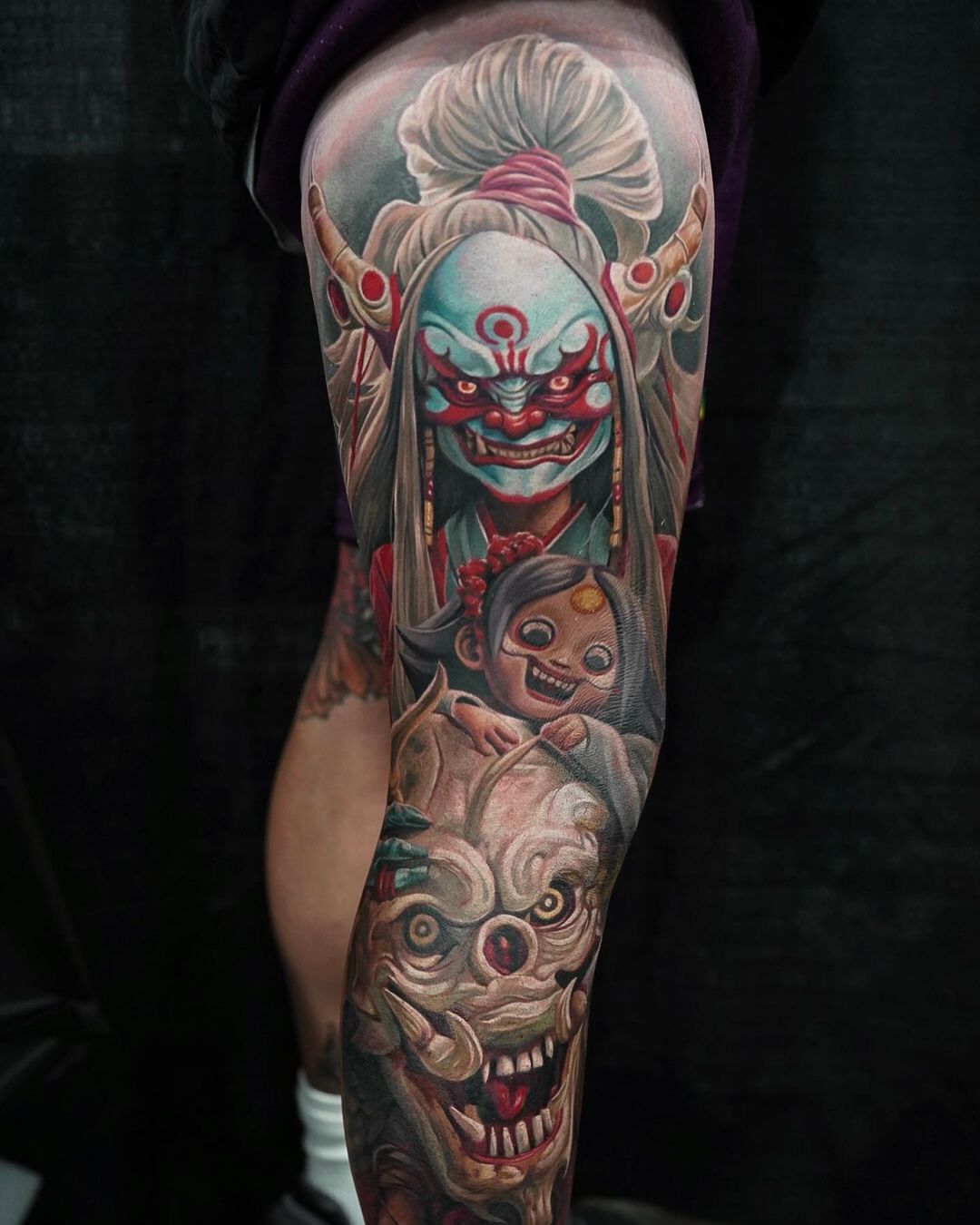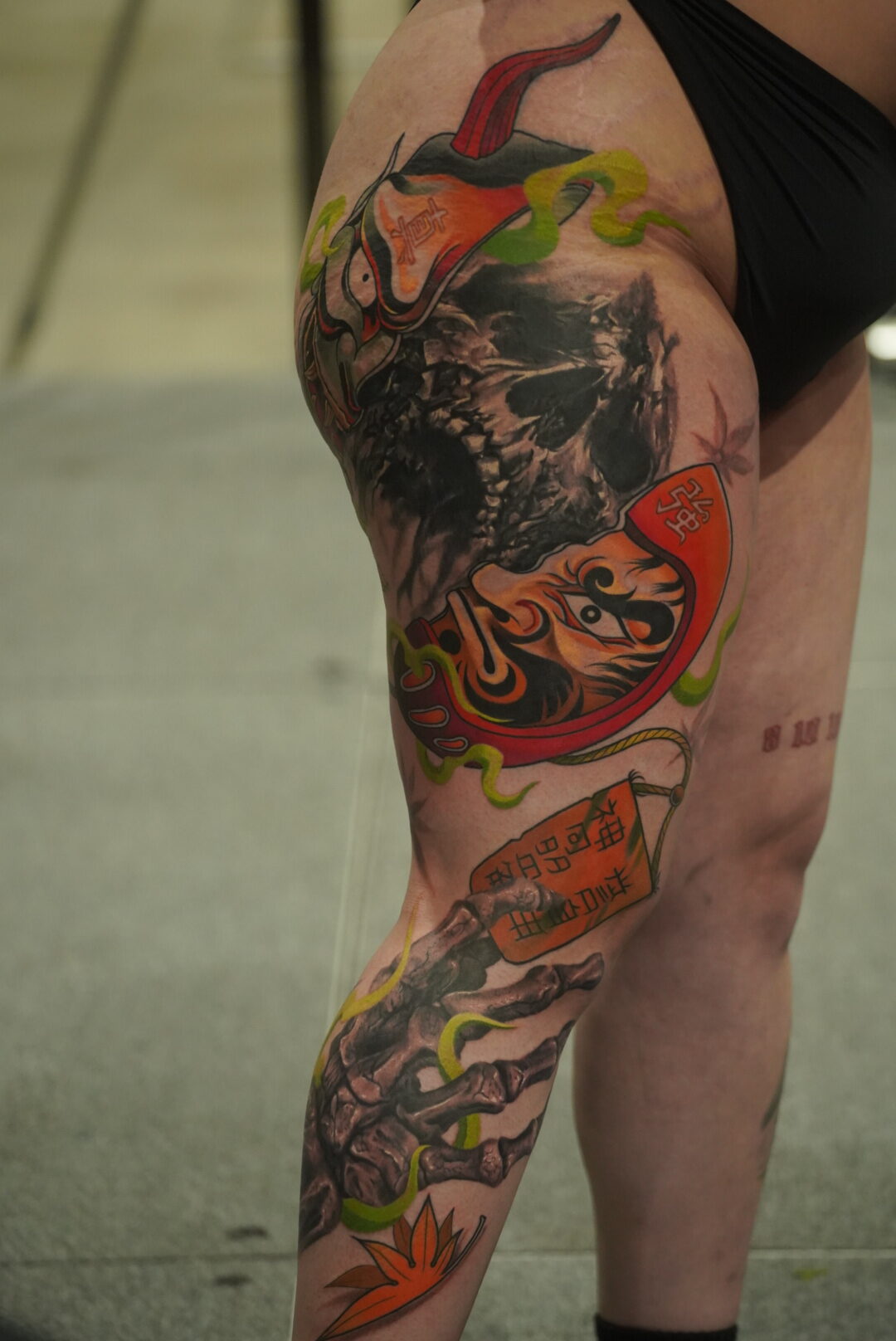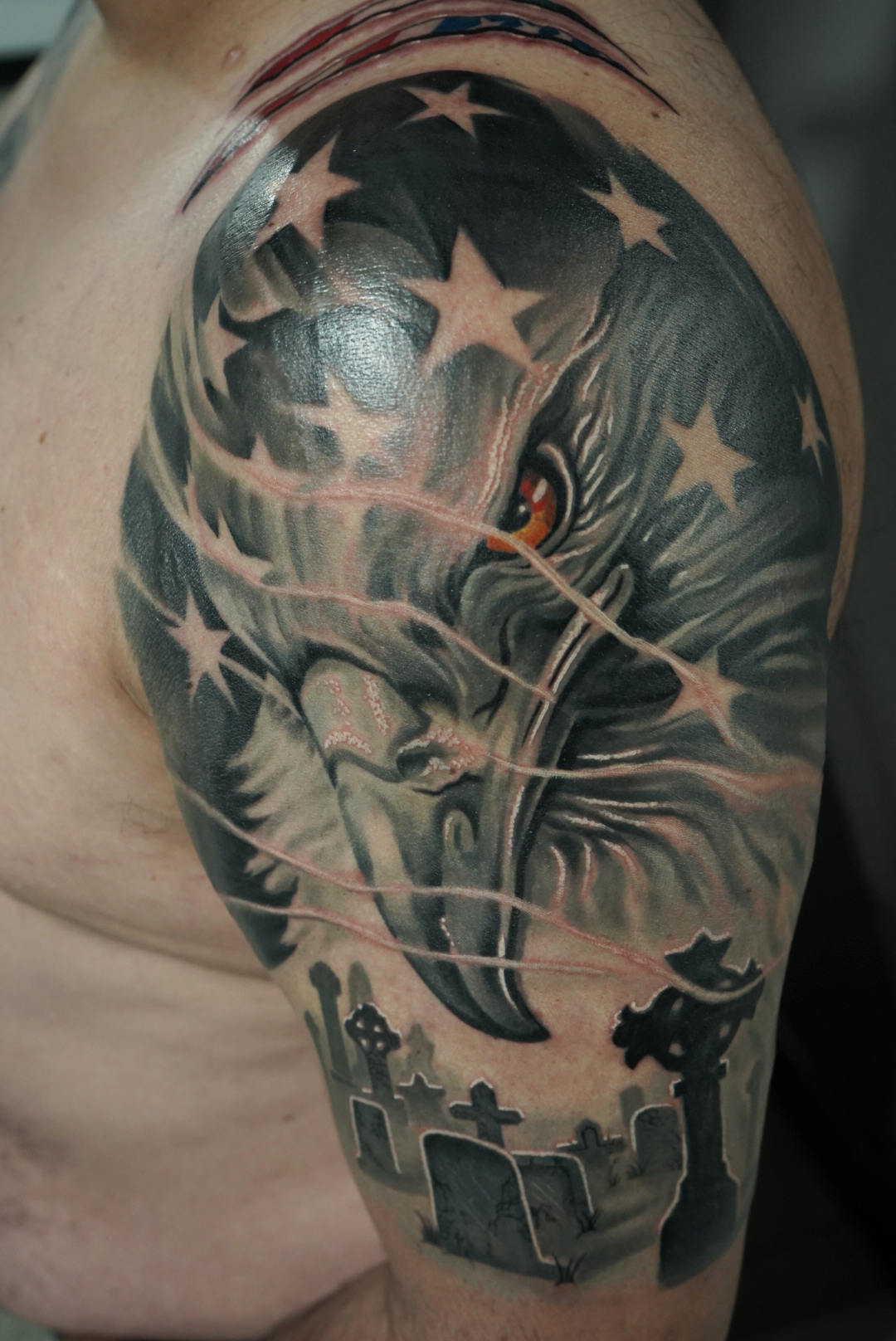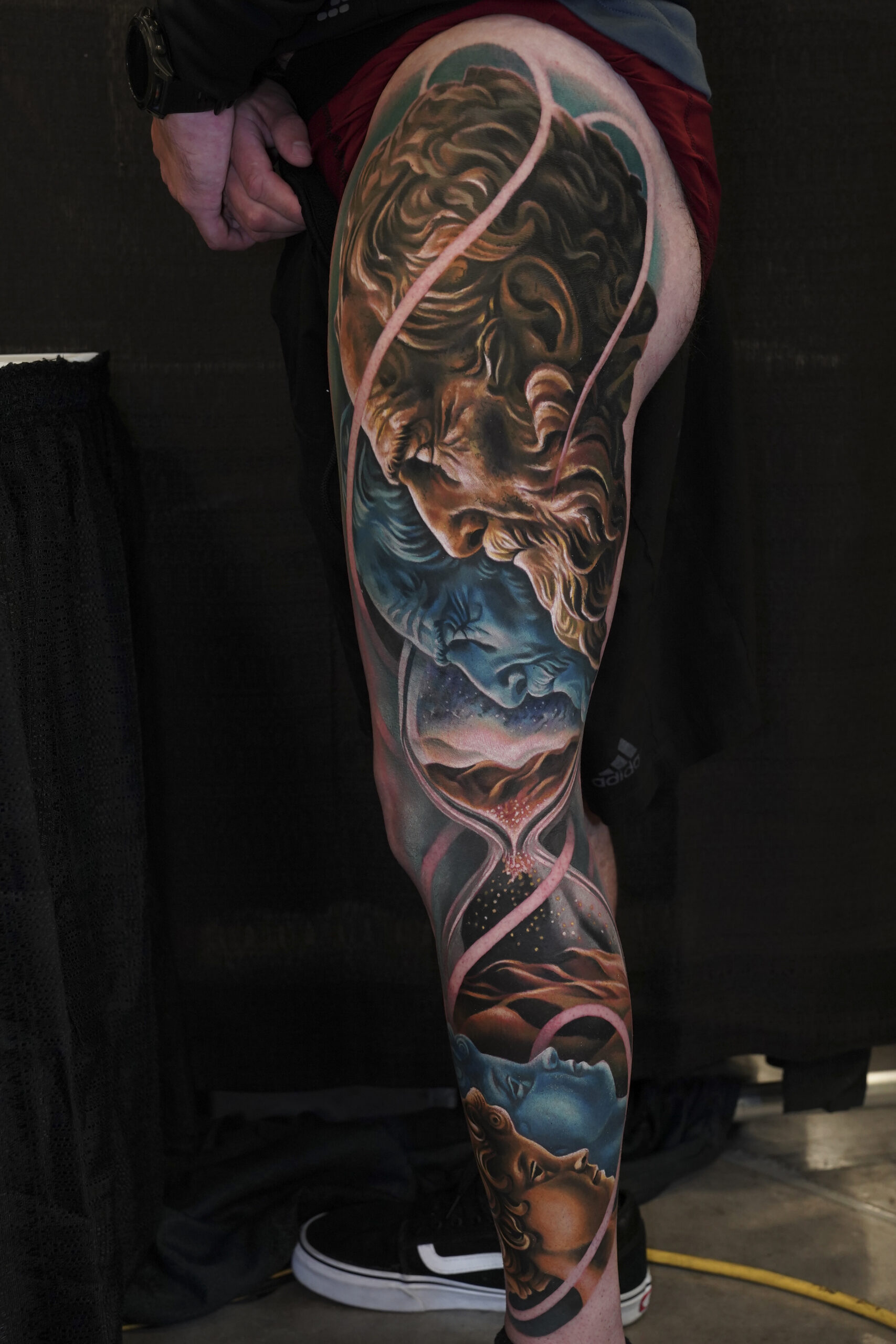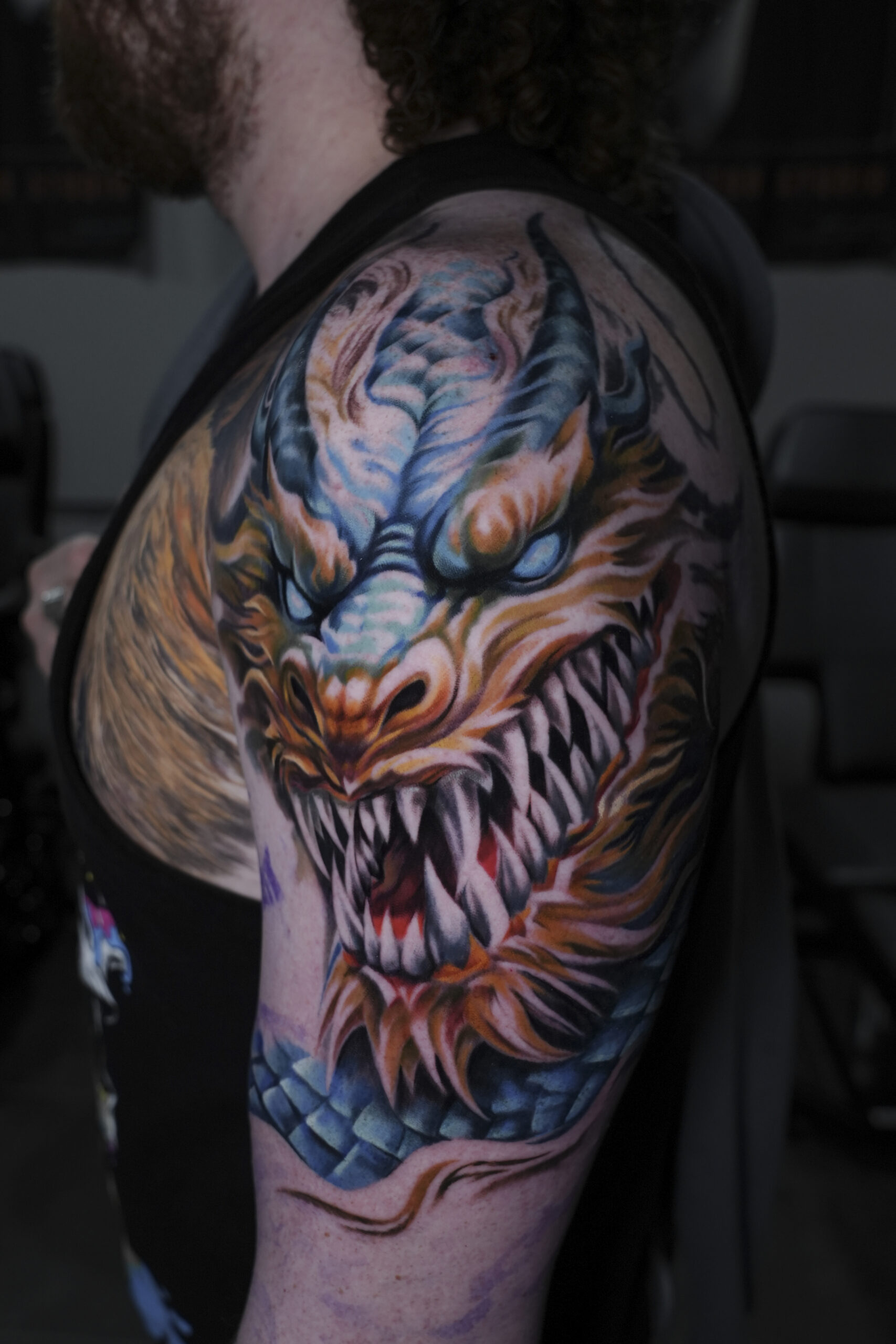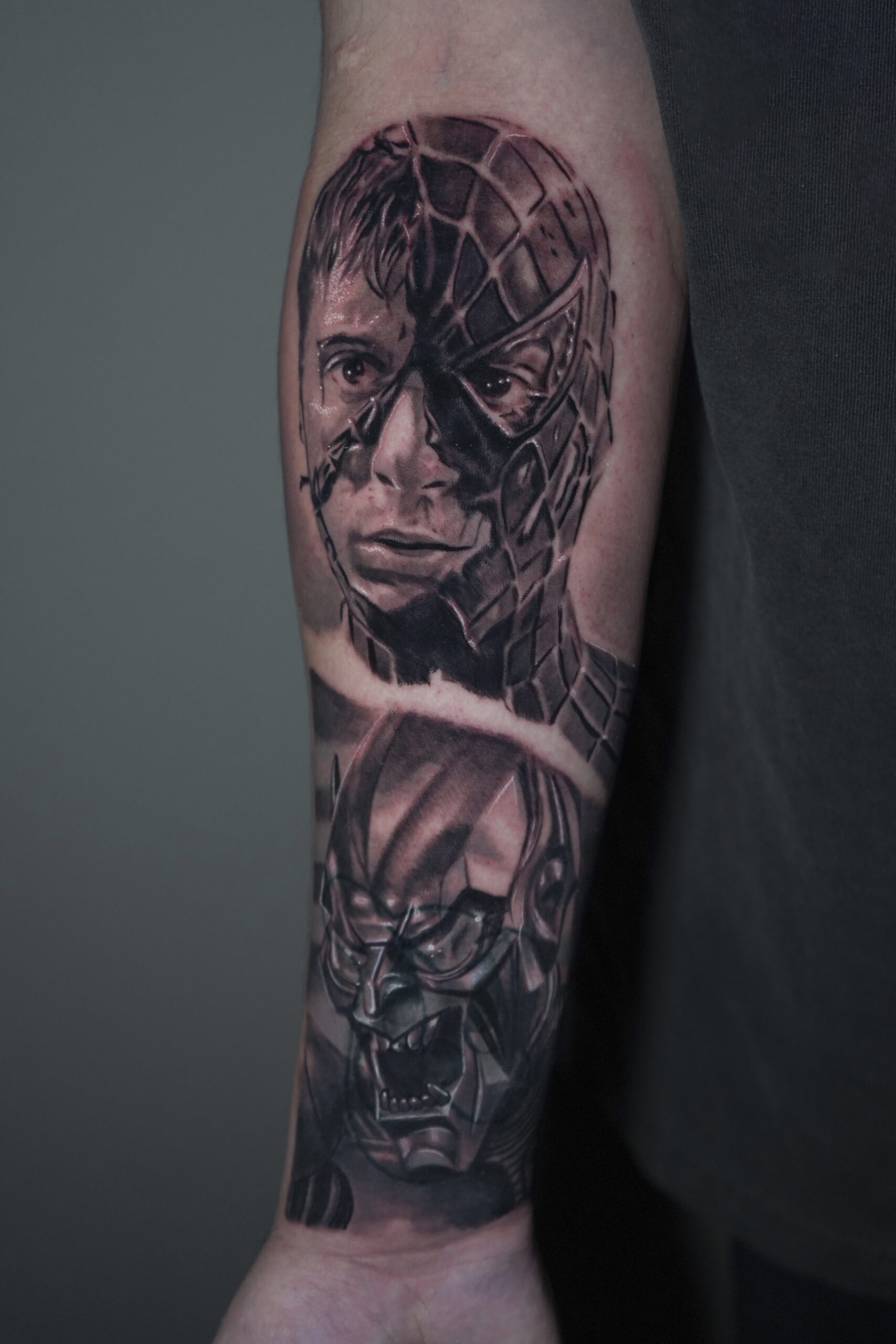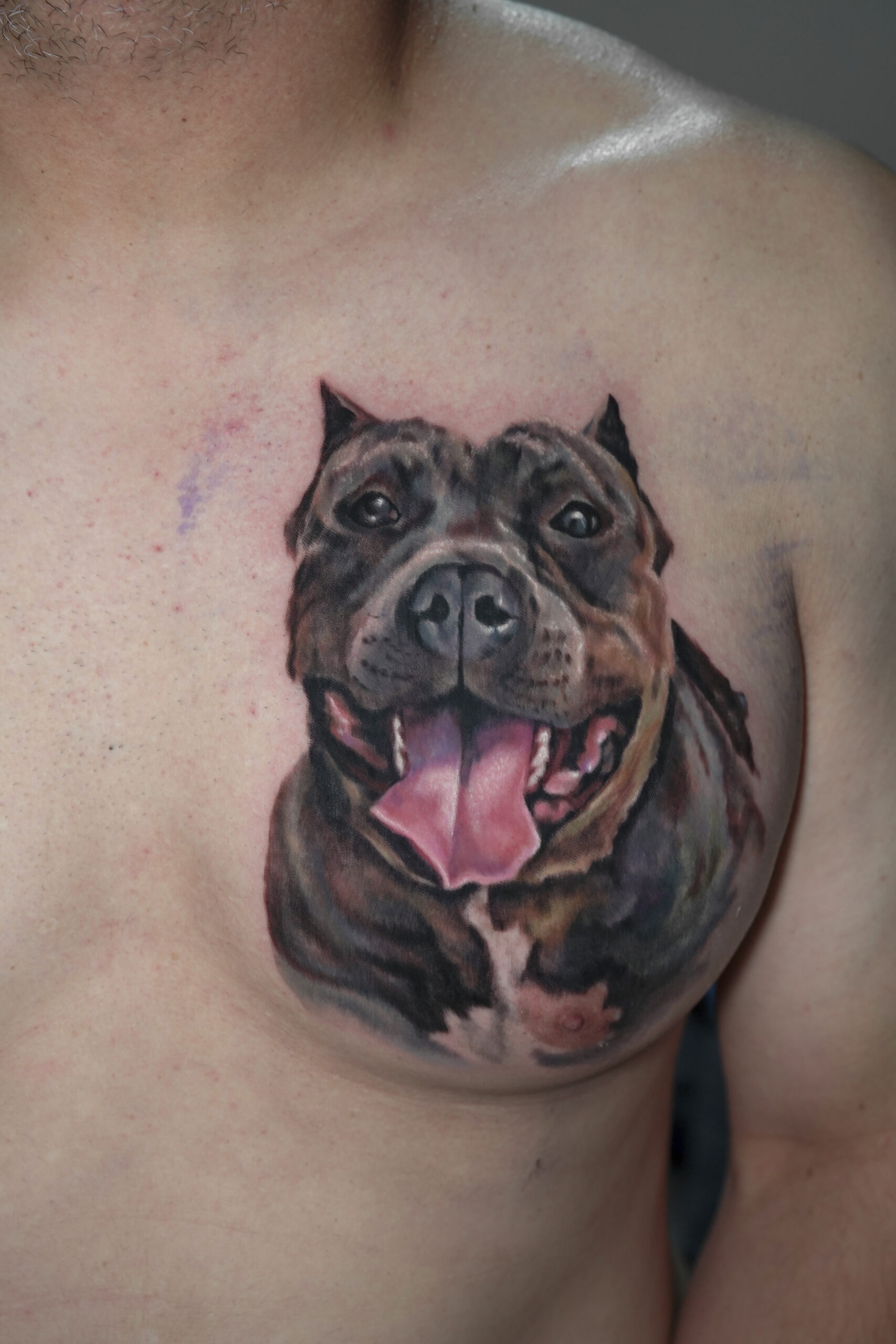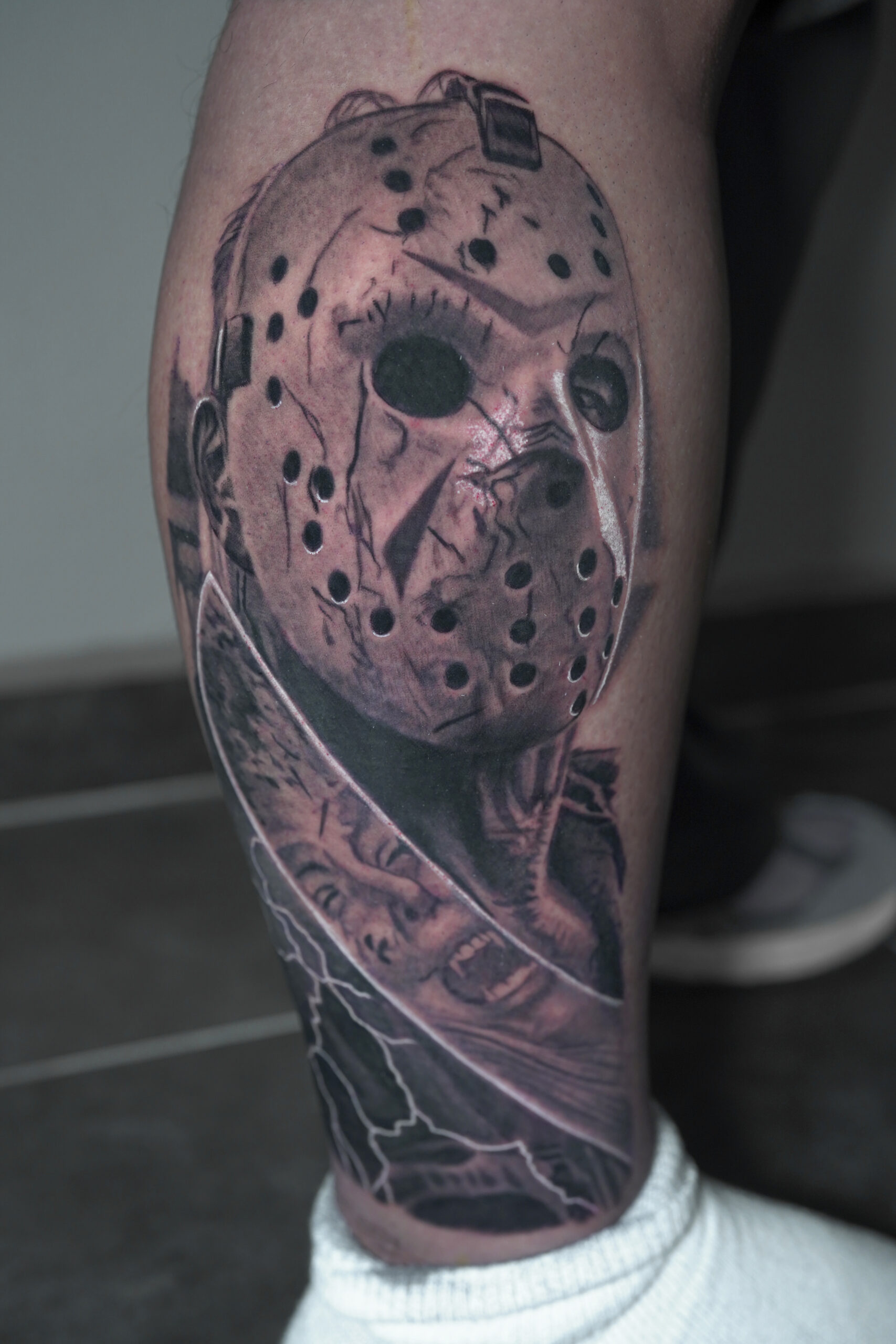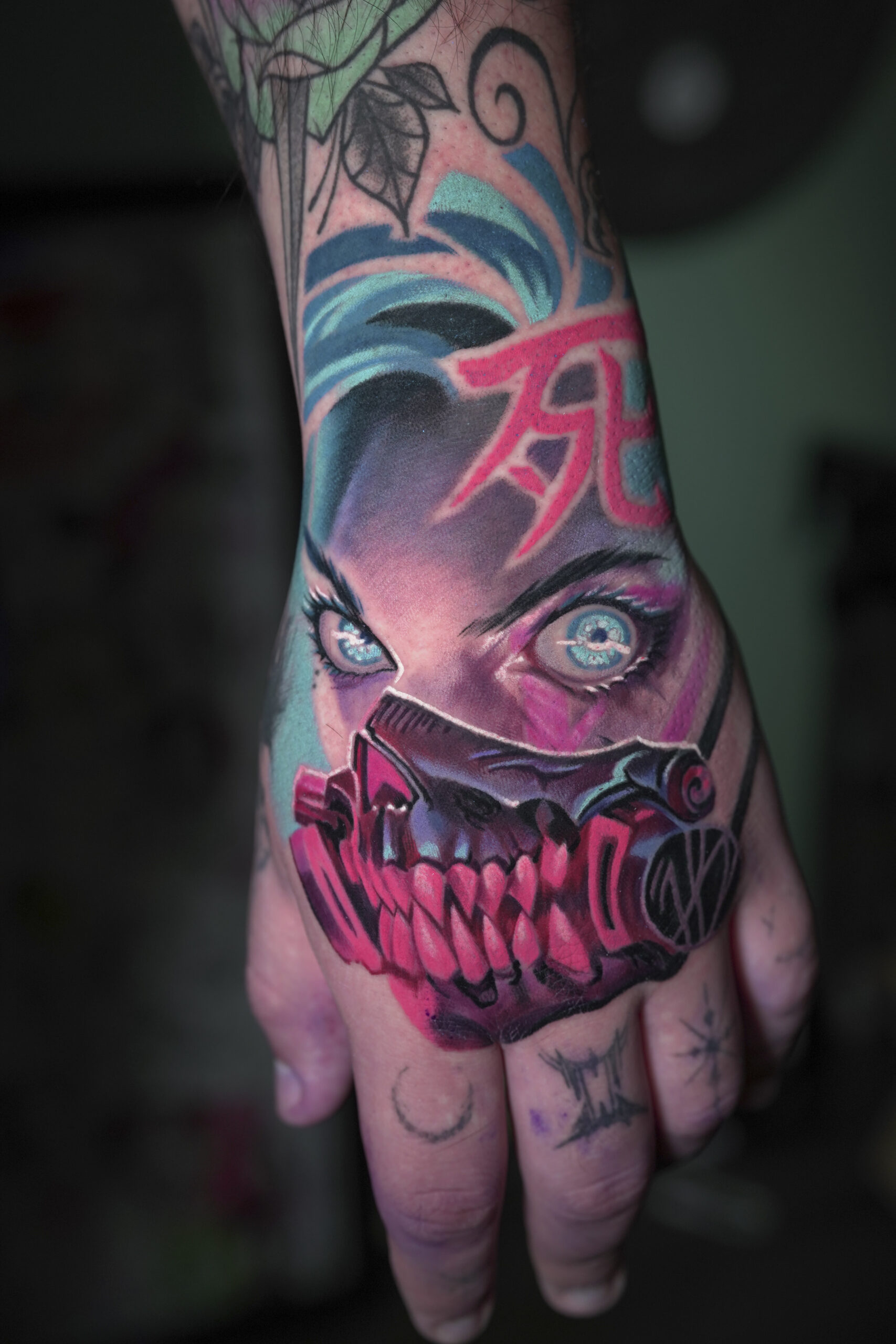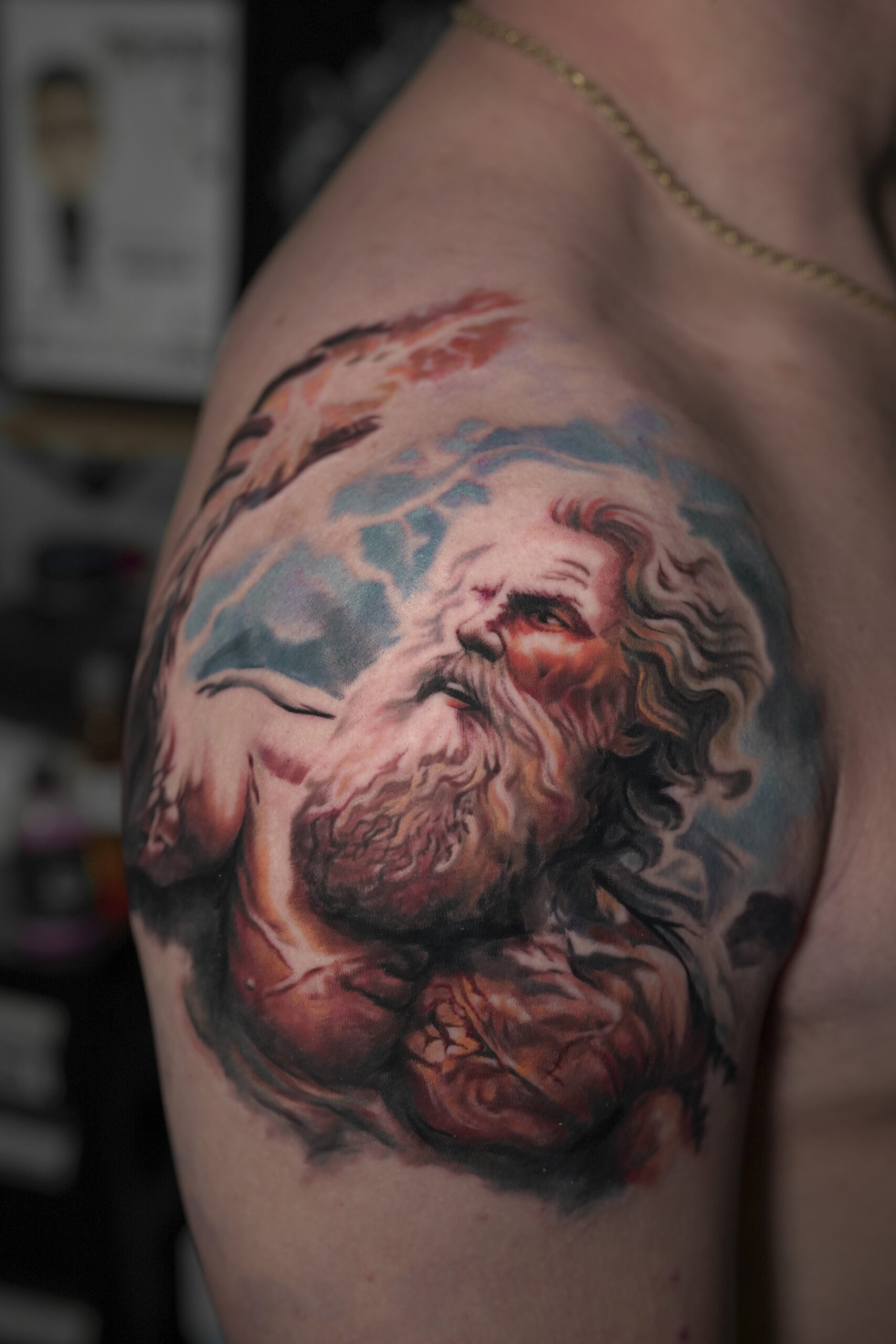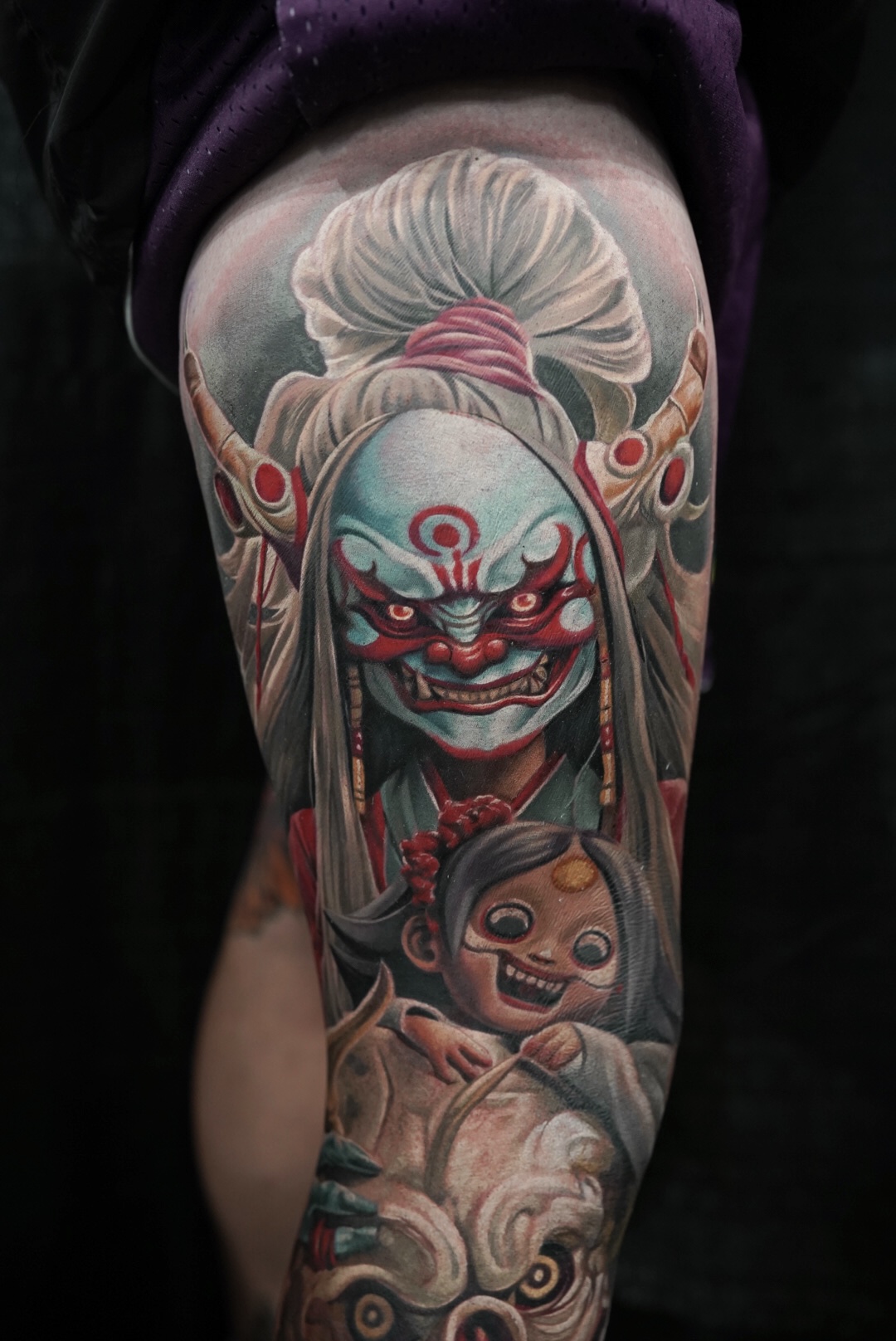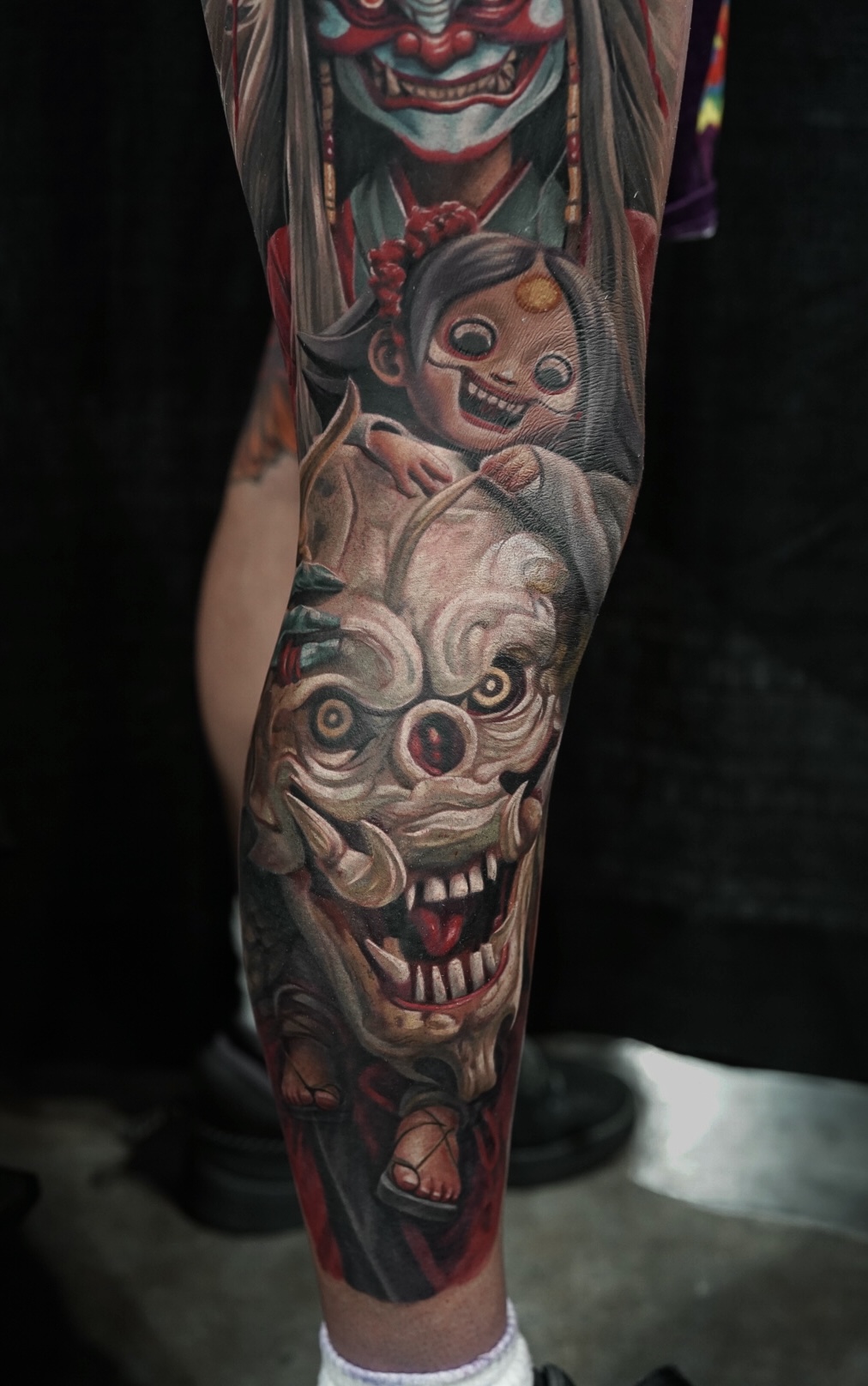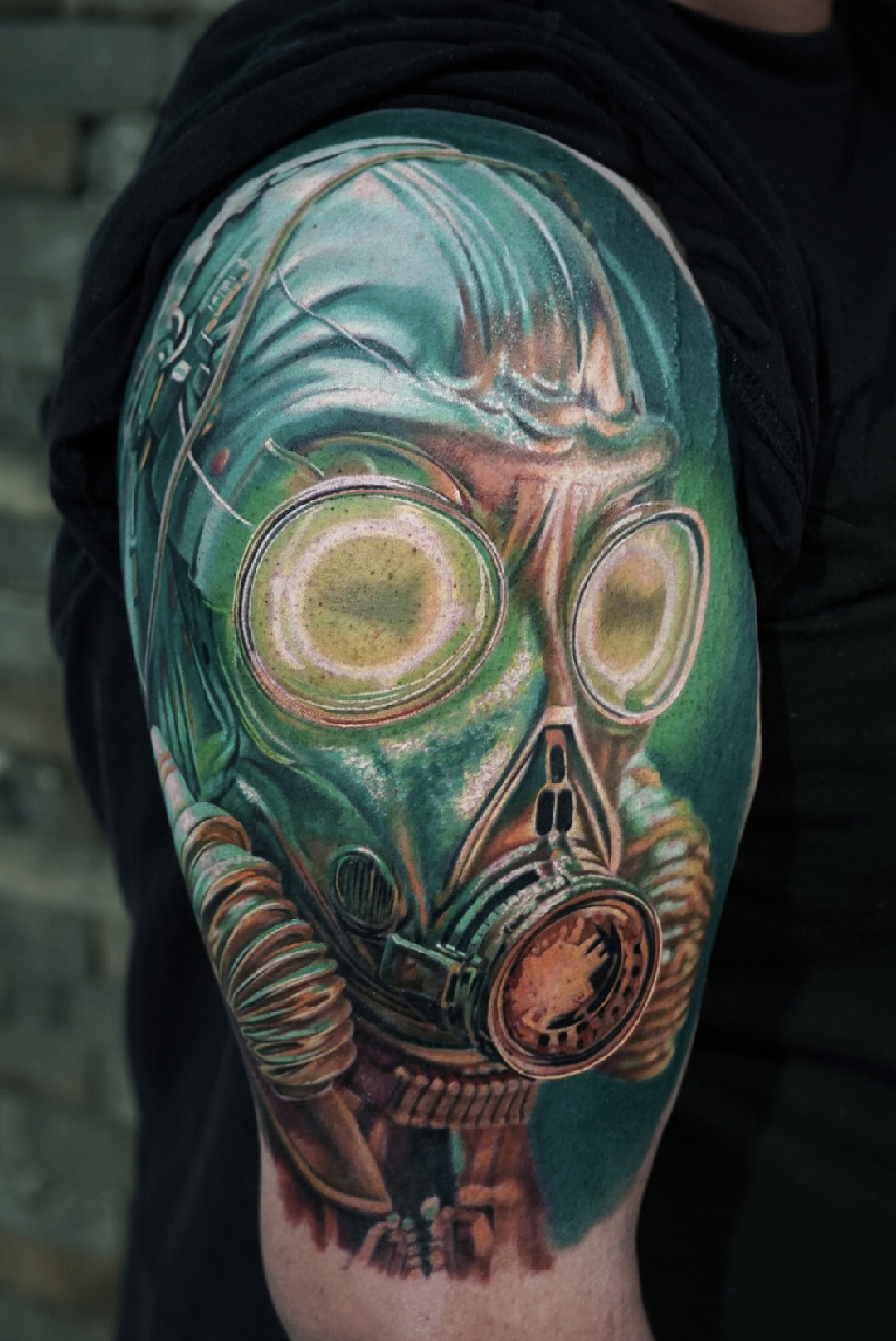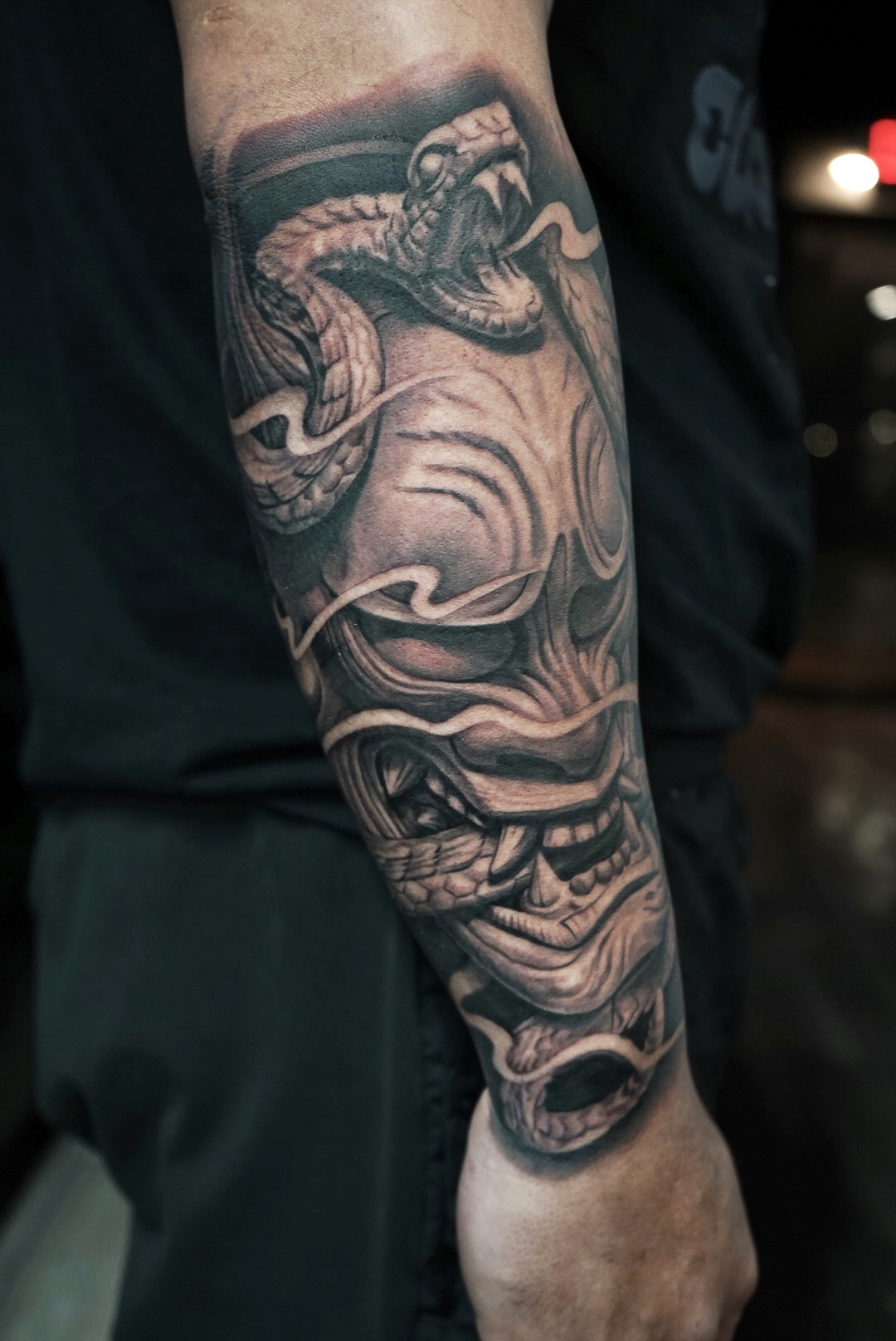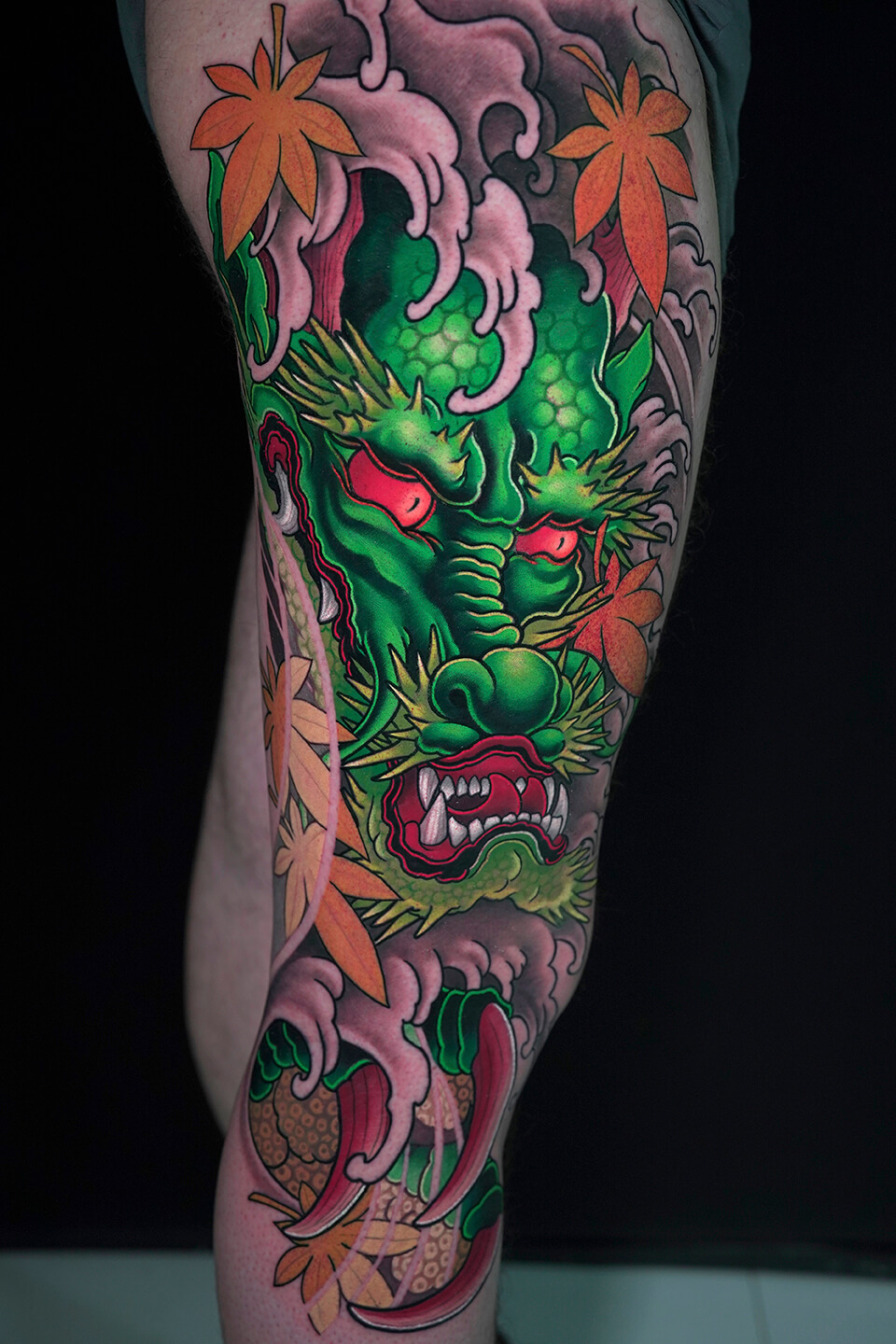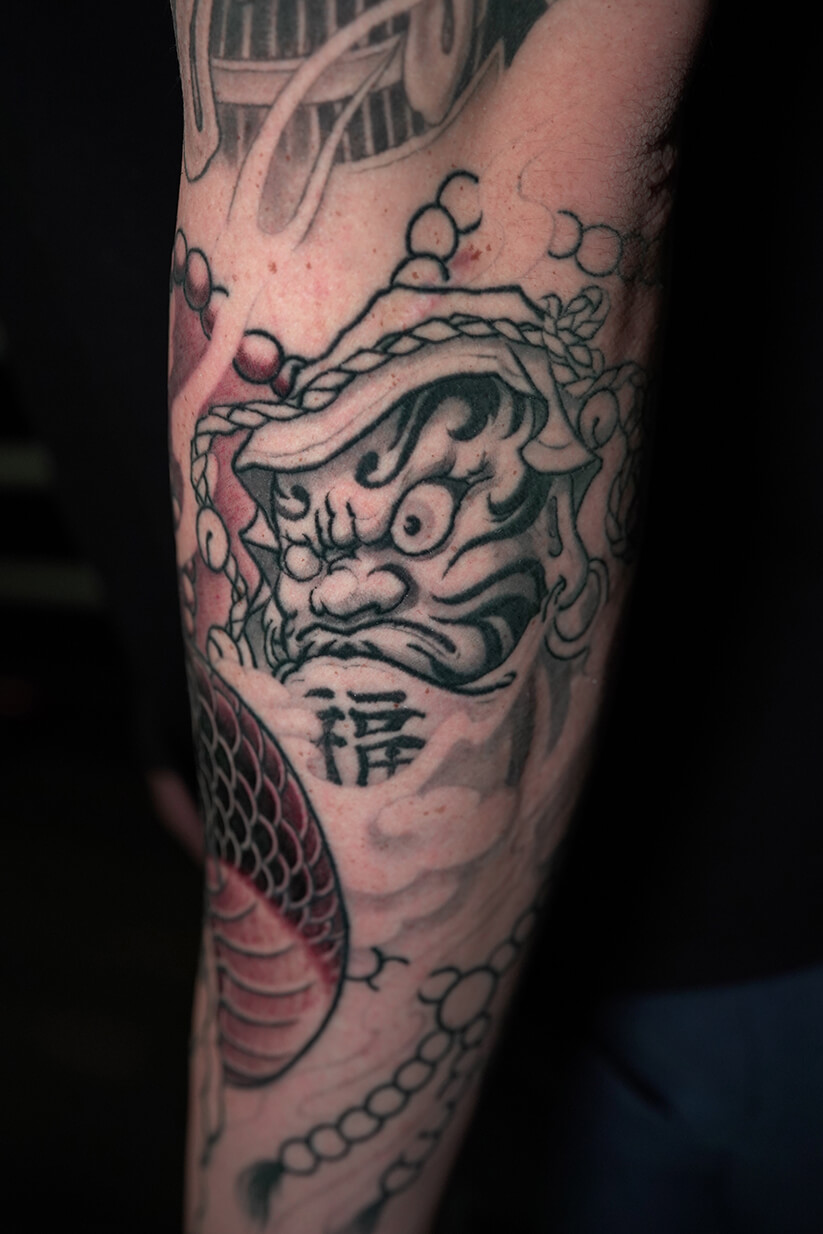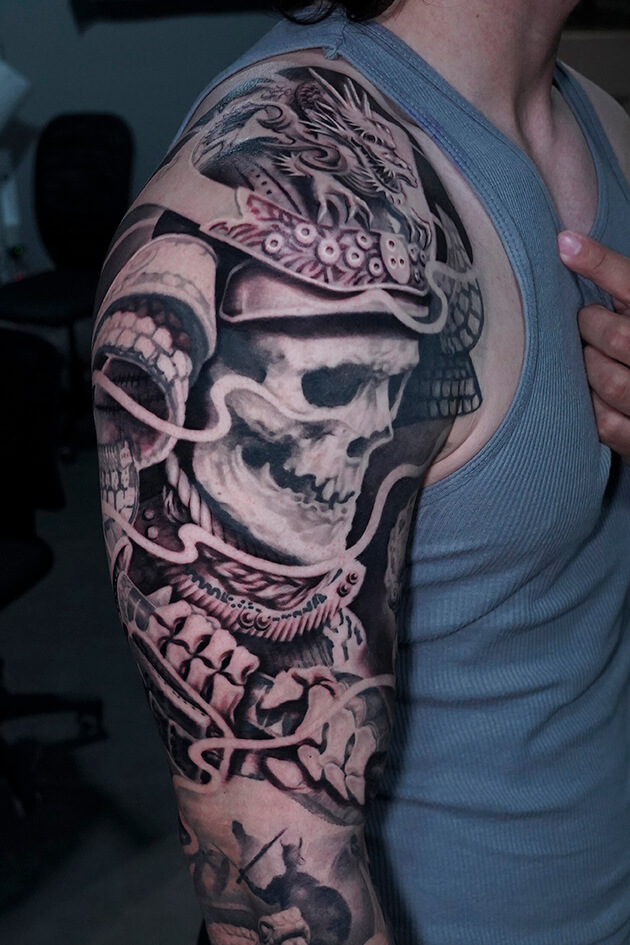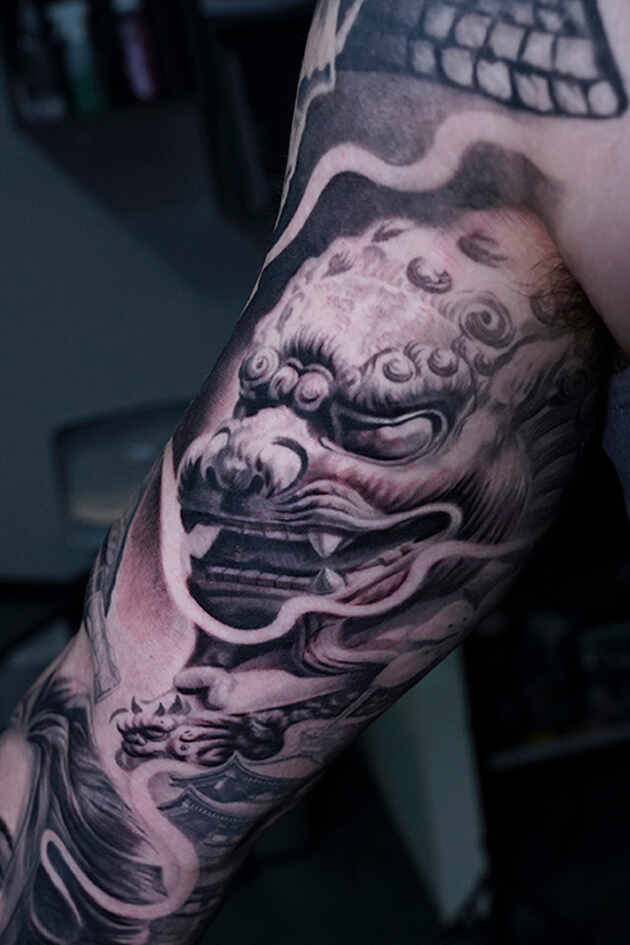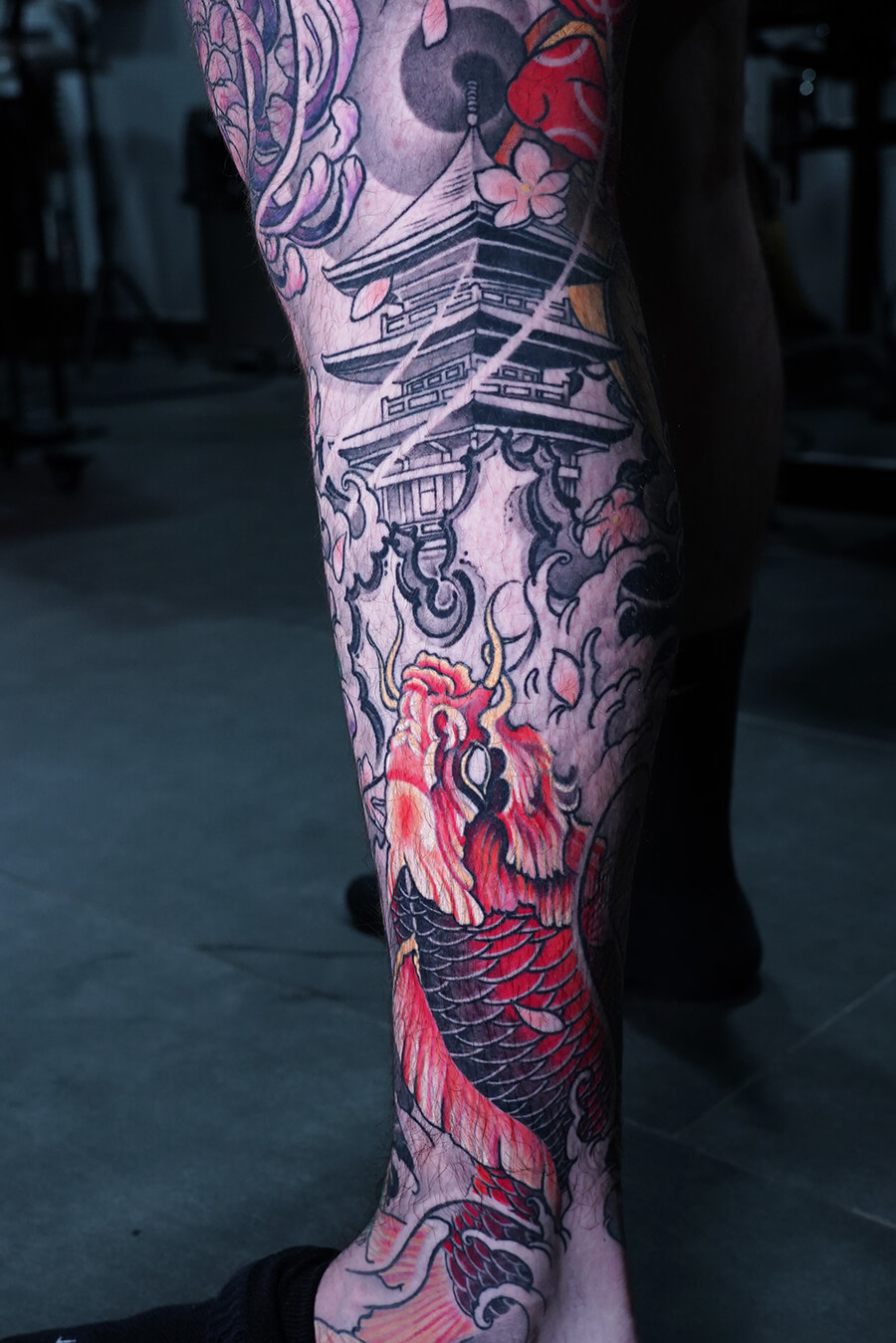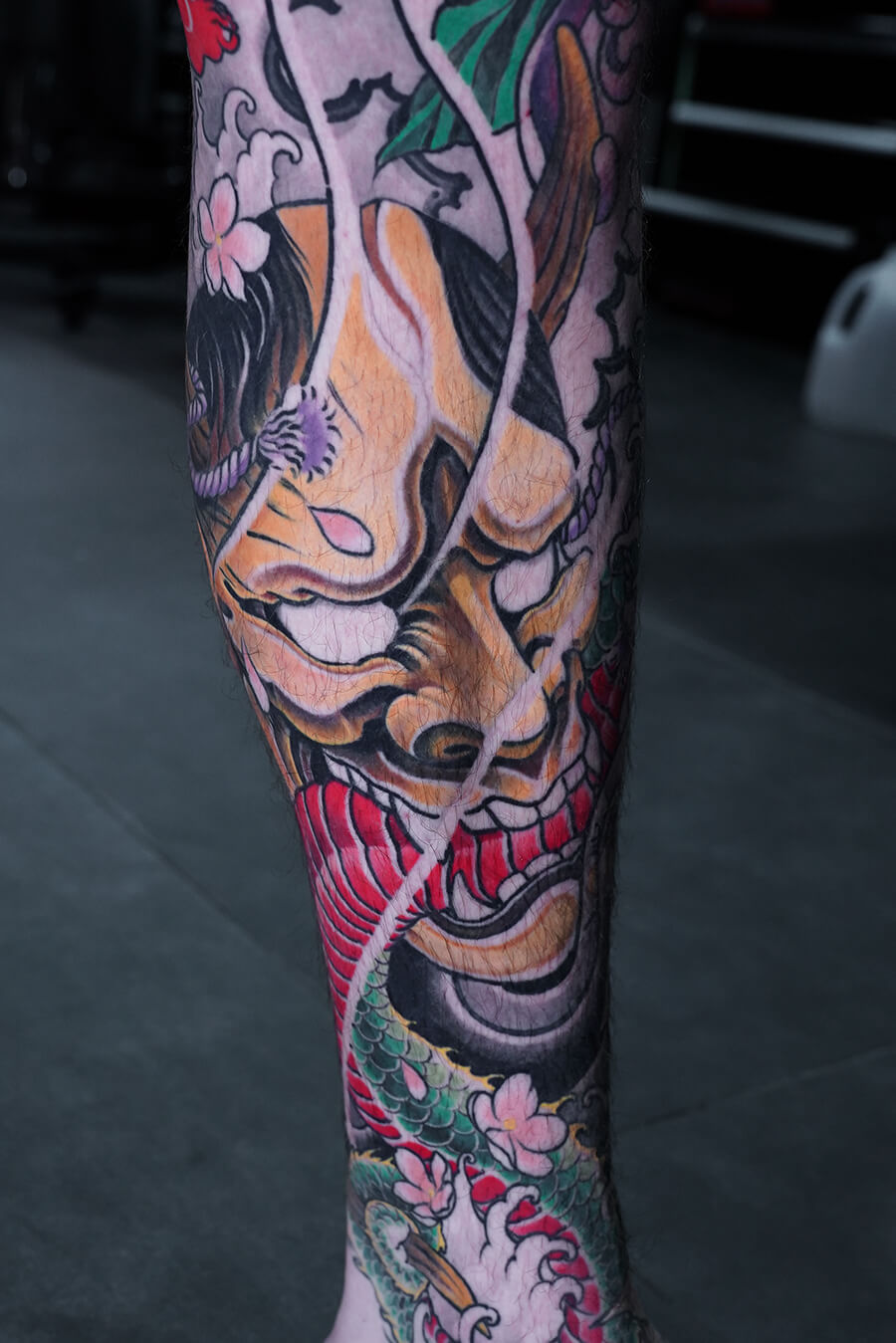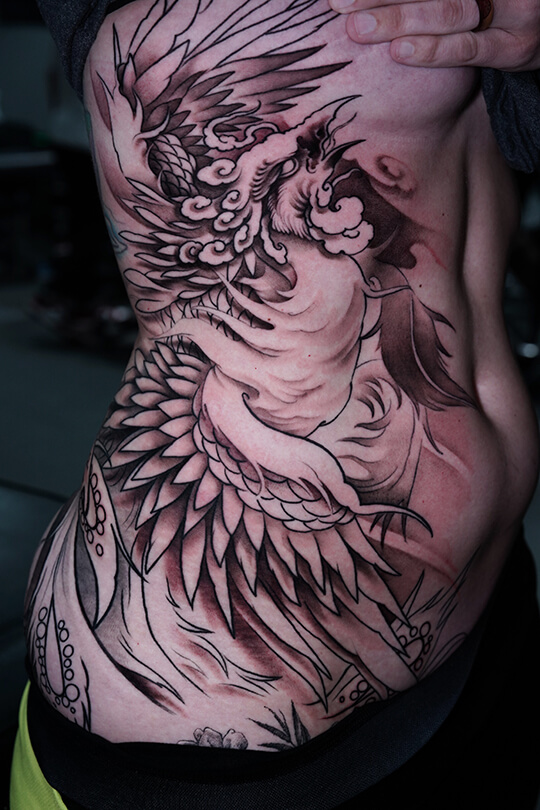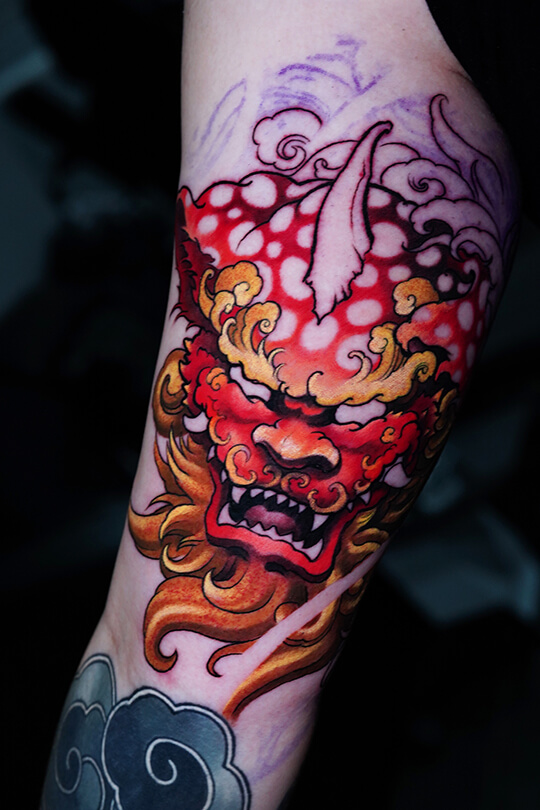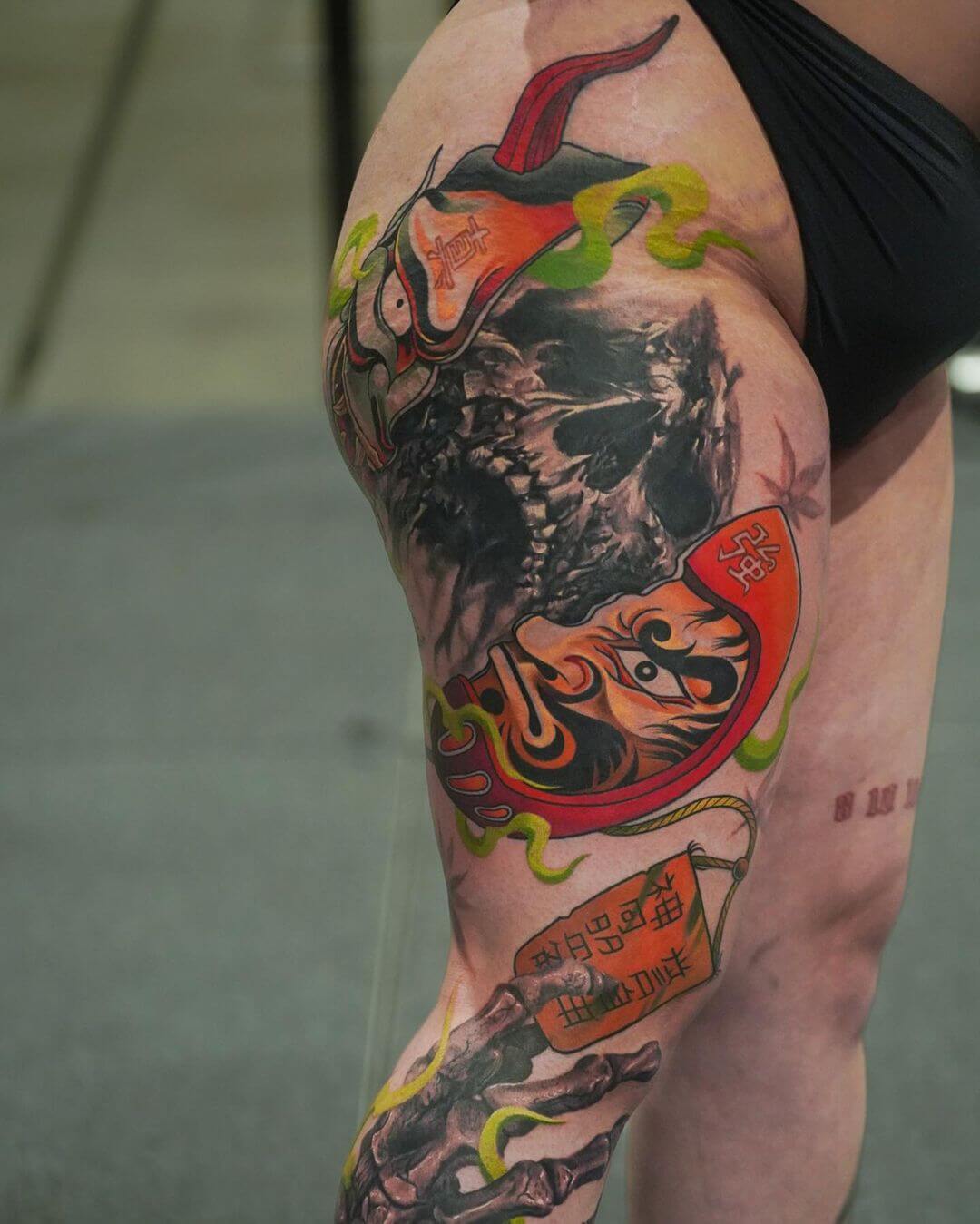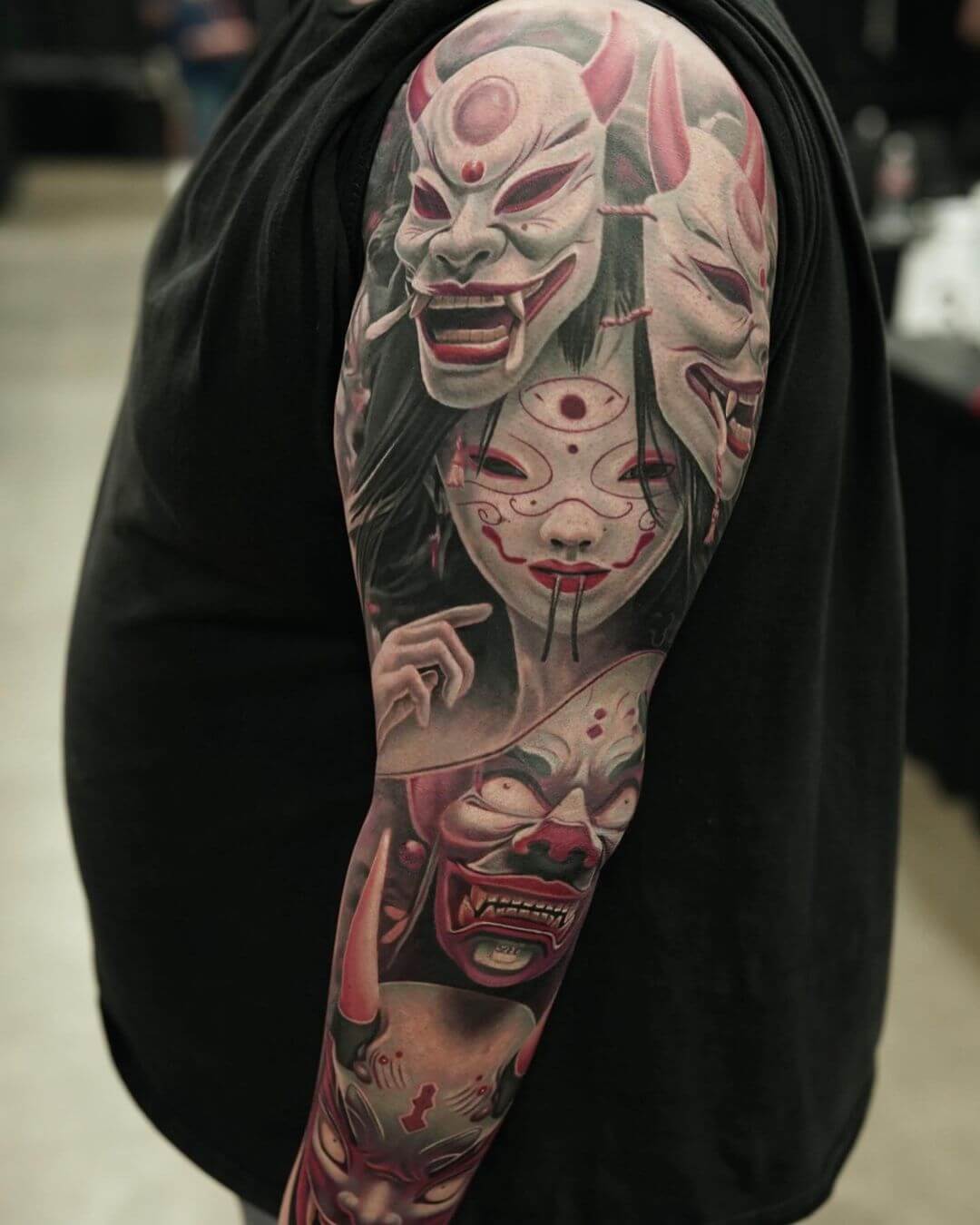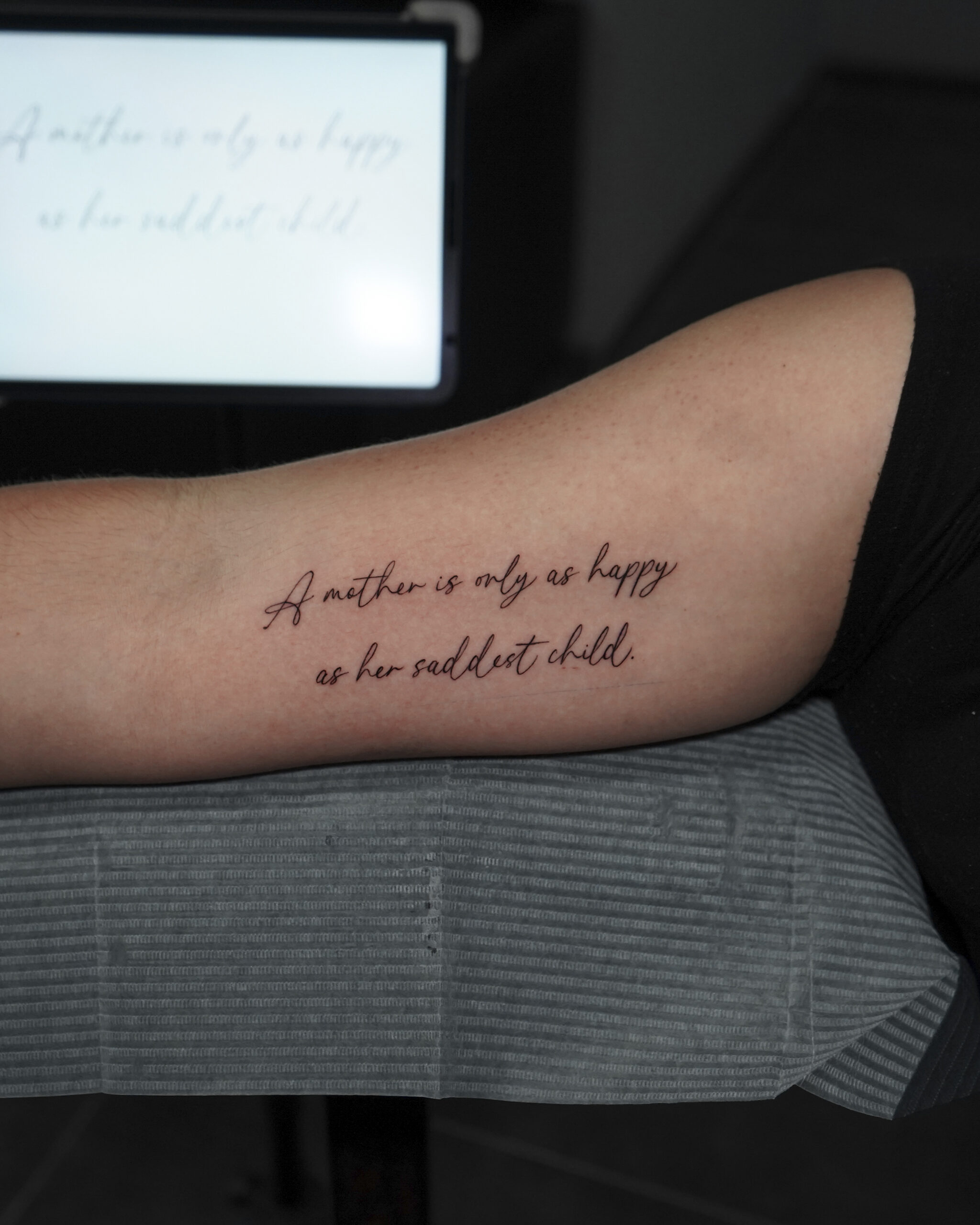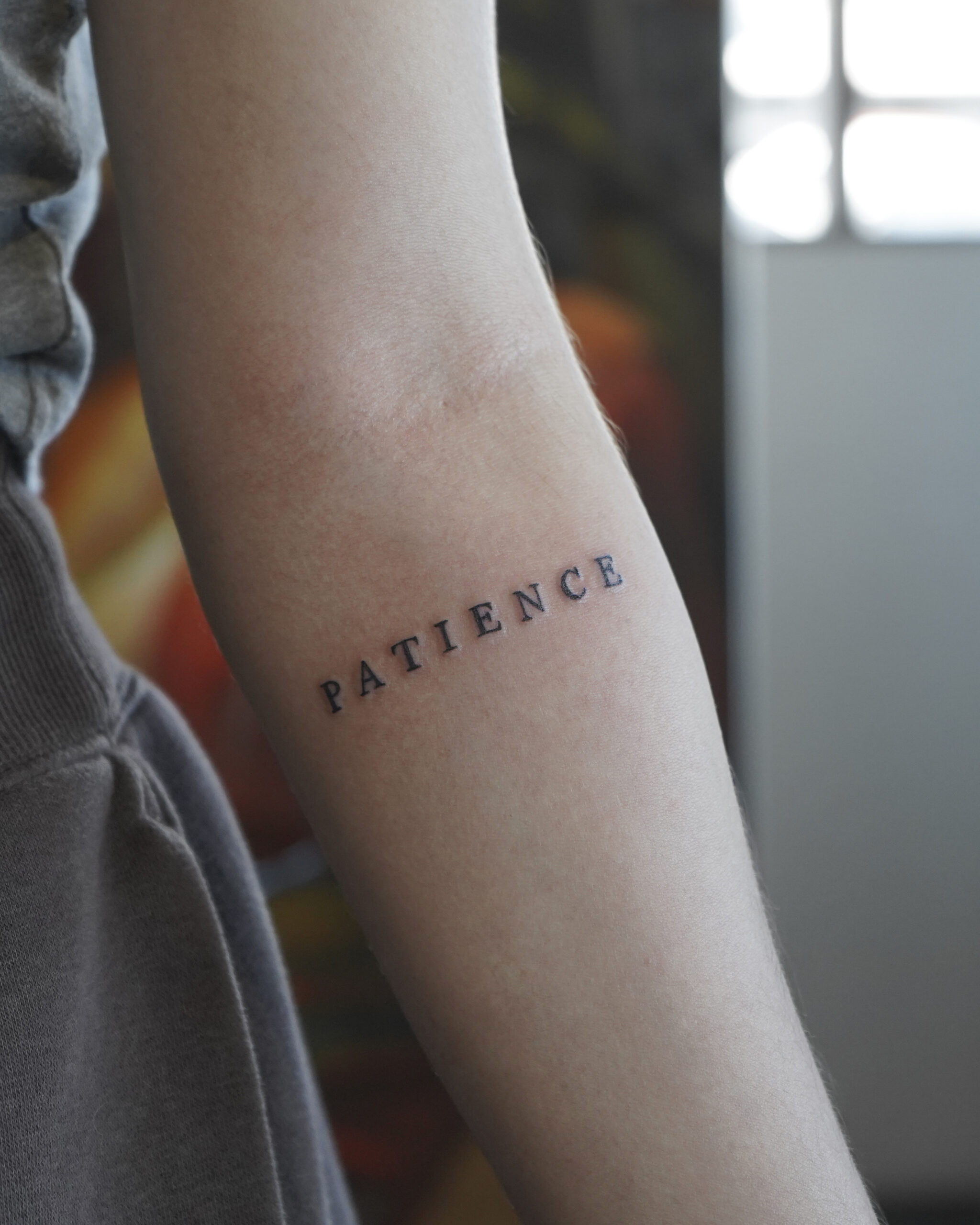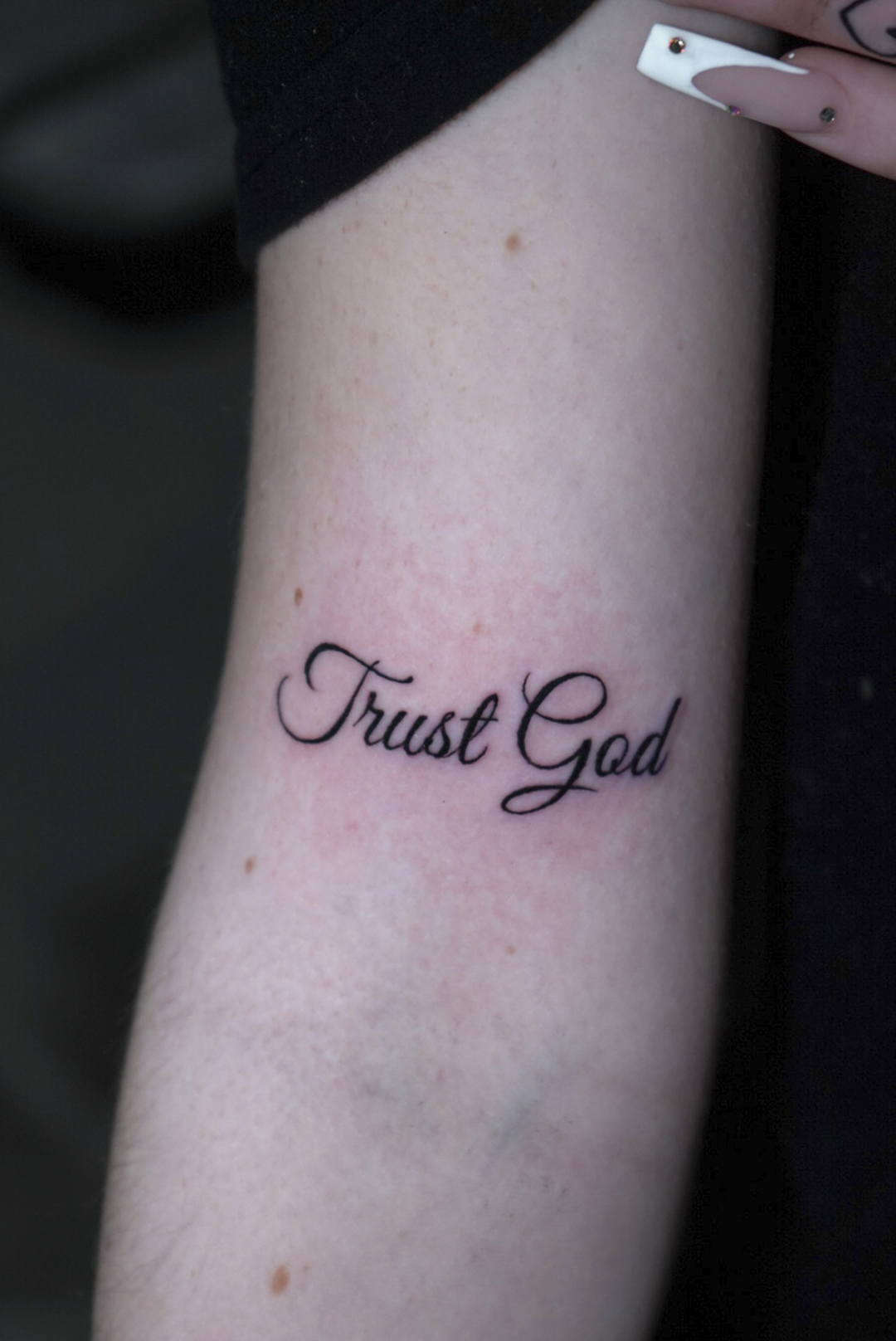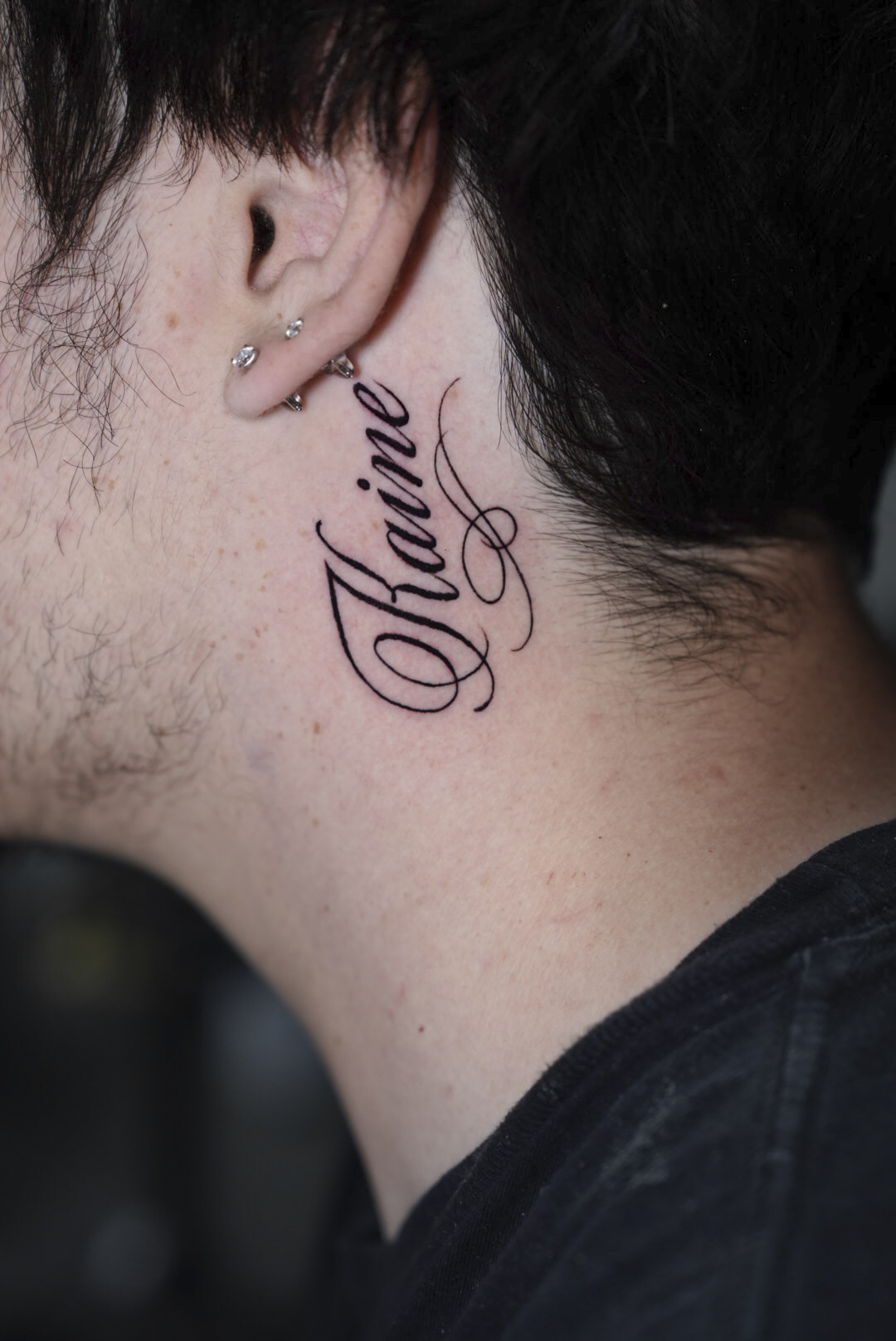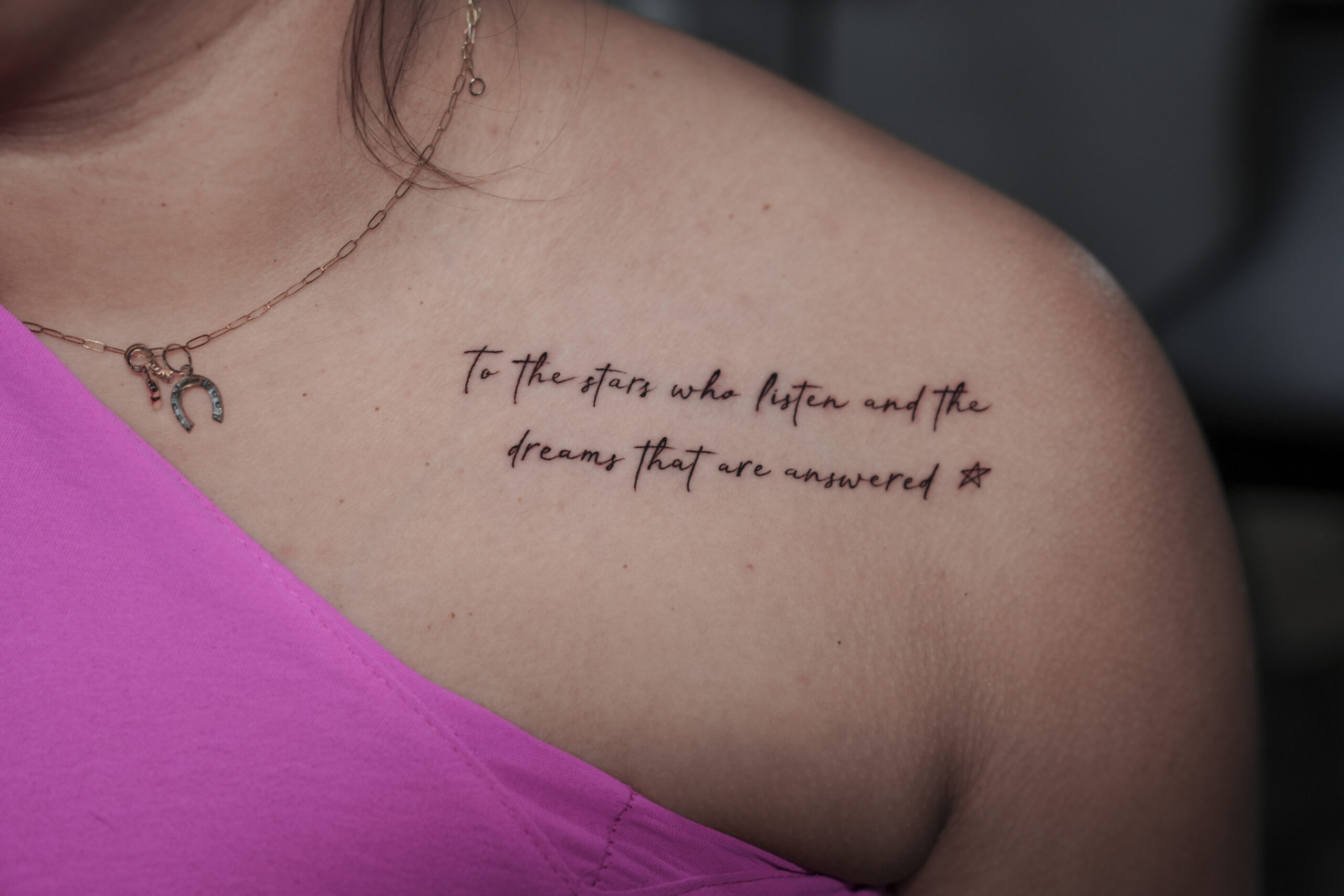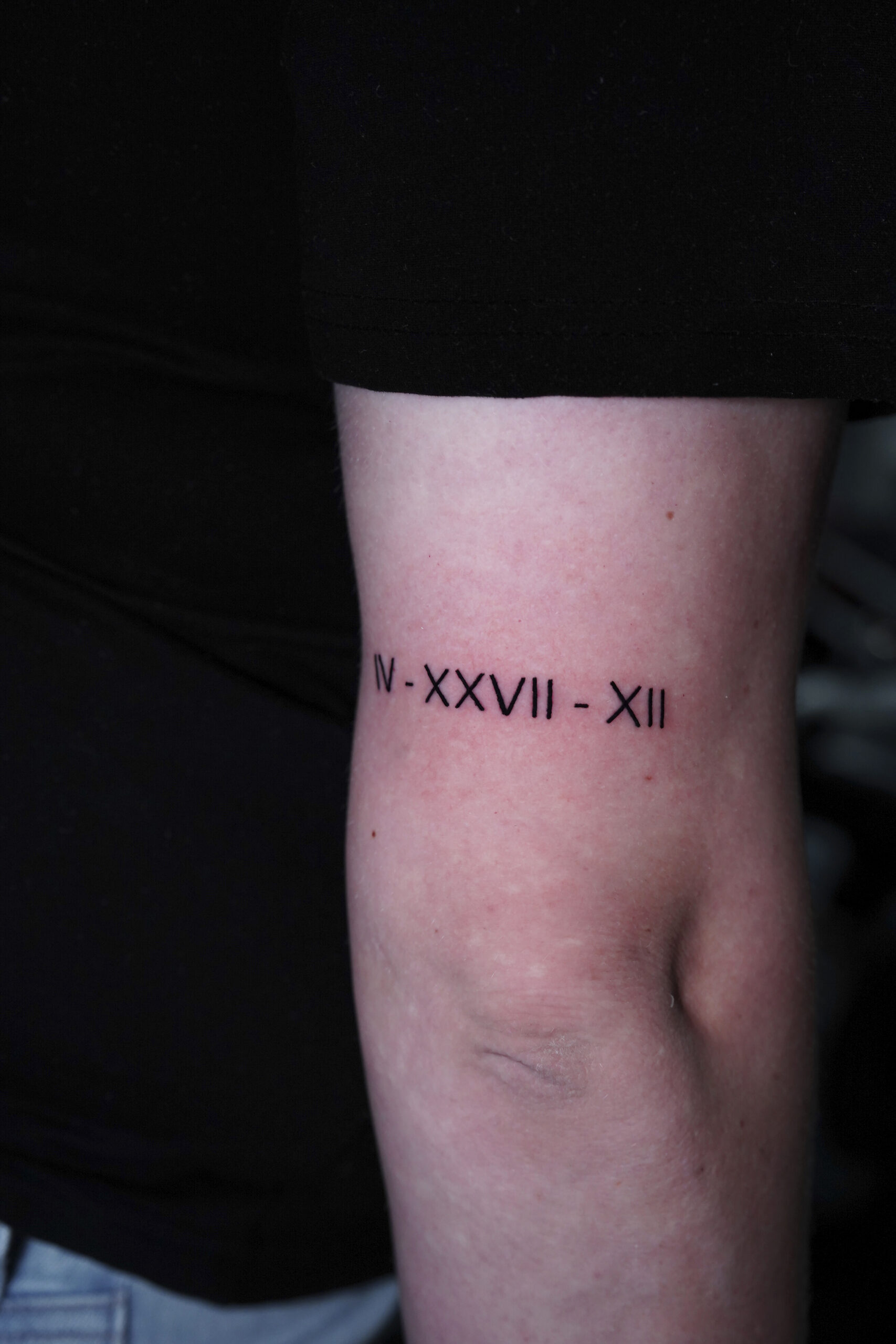A tattoo is permanent body art created by injecting ink into the skin’s dermal layer using needles. For those considering their first tattoo, the journey can be filled with excitement but also uncertainty. First-timers often face common hurdles, such as anxiety about pain levels, indecision over a design that will remain meaningful for life, and the overwhelming task of finding a trustworthy artist who can bring their vision to reality. Many also have questions about the process itself, from cost and aftercare to long-term maintenance.
Knowing what to expect and preparing properly transforms your first tattoo from a stressful gamble into a confident, informed choice. When you understand the process, research your options, and follow preparation guidelines, you avoid costly mistakes and painful regrets. Proper preparation also helps you relax during the session, communicate better with your artist, and heal faster afterward.
This comprehensive guide covers everything you need to know before getting your first tattoo. We’ll walk you through the entire journey to make sure your first tattoo is one you’ll love for a lifetime.

Are You Truly Ready for Your First Tattoo?
Before you even think about designs or artists, the first step is a personal one. You need to assess if you are genuinely prepared for the commitment, cost, and physical experience of getting a tattoo.
Understanding the Permanence of Tattoo
The single most important thing to understand is that a tattoo is permanent. While tattoo removal technologies exist, they are expensive, painful, and may not completely erase the ink. Before you commit, be certain that the design and placement you choose are something you can see yourself happily living with for the rest of your life. This decision should not be rushed or taken lightly; it’s a commitment to a piece of art that will be with you through all of life’s changes.
How much does the tattoo cost?
The tattoos typically cost $100-500 depending on size, complexity, and location. Small, simple designs (2-3 inches) usually run $100-200, while larger pieces can cost $300-500 or more. Factors affecting price include the artist’s experience level, shop location, design detail, and time required. Most artists charge either a flat rate for small pieces or an hourly rate of $100-200. Remember that quality costs more upfront but saves money on potential touch-ups or cover-ups later..
What is the least or most painful location?
Pain is subjective and varies from person to person, but the location of your body is the biggest factor. The most painful tattoo locations for first-timers are areas with thin skin over bone, like ribs, spine, ankles, and behind the ears. The least painful spots include upper arms, forearms, calves, and thighs where you have more muscle and fat padding. Pain levels depend on your personal tolerance, the tattoo’s size and detail, and how long the session lasts. Areas with lots of nerve endings, like hands and feet, also hurt more than expected.
For your first tattoo, stick to less sensitive areas like your upper arm or forearm to build confidence before tackling more painful locations later. If you’re unsure about your pain tolerance, consider starting with the least painful spots and choosing a small or mini design. This approach lets you test your pain limits and builds confidence for future larger, more intricate, colorful designs you might want.
What you’ll also feel when getting a tattoo – besides some pain
Pain isn’t the only sensation you will experience. The feeling is often described as a constant, vibrating scratching or a hot, sharp sting. You’ll hear the distinct buzz of the tattoo machine and feel its vibration through your body, especially if the tattoo is placed over bone. It’s an unusual sensation, but most people get used to it within the first few minutes.
How does the tattoo process work?
The basic tattoo process involves five main stages from consultation to healing:
- Consultation and Design: You discuss ideas with your artist, who creates or modifies designs based on your vision, skin tone, and placement preferences. This stage includes size adjustments and color selections.
- Preparation: Your artist prepares the workspace, sterilizes equipment, and transfers the design onto your skin using stencil paper. They explain the process and answer final questions.
- Tattooing: The artist uses needles to inject ink into your skin’s dermal layer, following the stencil outline and filling in details. Sessions range from thirty minutes to several hours depending on complexity.
- Immediate Aftercare: Your artist cleans the fresh tattoo, applies healing ointment, and covers it with protective film or bandages while explaining home care instructions.
- Healing Process: Your tattoo heals over two to four weeks with proper care, including gentle washing, moisturizing, and avoiding sun exposure or submersion in water.

What to know before you head to the shop
Once you’re mentally prepared, it’s time to focus on the creative aspects. Choosing the right style, design, and artist is key to getting a tattoo you’ll love forever.
Know about Tattoo Styles
The world of tattooing is vast, with dozens of unique tattoo styles. Doing some research beforehand can help you communicate your vision to your artist. Some popular styles include:
- Traditional and Neo-Traditional: Known for bold black outlines and a limited, vibrant color palette.
- Black and Grey: Uses various shades of black ink to create depth and dimension, often used for realistic or portrait work.
- Fine-Line: Features thin, delicate lines, perfect for minimalist and detailed designs.
- Realism: Aims to create tattoos that look like a photograph or a realistic 3D object.
- Portrait Tattoos: A specialized form of realism focused on capturing a person’s likeness.
Choosing the Right Design for You
Your tattoo design should be a personal reflection of you rather than temporary trends. Don’t rush into a trend you might regret later.
For your first tattoo, choose something you’ve consistently loved for at least six months. Popular beginner-friendly options include small symbols, quotes, geometric shapes, or minimalist line art. It’s best to start with smaller, simpler designs in less visible areas. Research different artistic styles, collect reference images, and avoid copying someone else’s personal tattoo exactly.

Consider Tattoo’s Color
The color palette of your tattoo significantly influences its final appearance and how it ages over time. While the style and design often dictates the colors, your skin tone is a crucial factor, as it determines how different pigments will look once the tattoo is fully healed.
For clients with darker skin tones, darker colors such as crimson red or blue hold better than lighter hues. This does not mean lighter colors are off-limits; however, they may not appear as pigmented as they would on fairer skin. People with fair skin often display white inks more clearly, creating a high-contrast look.
Remember that all tattoo inks, including black, will naturally fade over the years. But you can keep the color lasting longer by caring for it regularly.
Consider Tattoo Size and Placement
The size of the design often dictates the ideal placement. When considering tattoo size, remember that larger, intricate pieces with significant detail require a flat, expansive area of skin like the back or thigh to be fully appreciated and to age well without distortion. A small, delicate design, on the other hand, might be perfectly suited for a more discreet location like the wrist, ankle, or behind the ear.
One of the most practical considerations is the potential professional and social impact of your tattoo placement. While many workplaces are more tolerant of tattoos than ever, others maintain a negative attitude toward them and may require them to be covered. If your career is a concern, think about choosing a placement that is easy to conceal with standard professional clothing. Beyond work, consider how a highly visible tattoo will be perceived in various social settings.
Beyond the public eye, you should also consider the tattoo’s personal visibility and meaning. Ask yourself: do you want this tattoo for you to see, or for others to see? Many people get tattoos with deep personal meaning and prefer to place them where they can easily see them every day, such as on the forearm or inner wrist, because it represents personal value and serves as a constant reminder. In contrast, a tattoo on your back or the back of your neck will be seen more by others than by you.
Furthermore, the longevity of your tattoo is directly linked to its placement. The skin on your body ages differently, and areas with high friction and sun exposure—such as the hands and feet—will cause a tattoo to fade much faster. Areas that may stretch significantly over time, like the stomach, can also distort the design. A professional artist can provide crucial advice on placements that will help your tattoo look its best for decades to come.
Finally, it is crucial to address extremely visible and controversial placements. Some areas, like the face and hands, are considered “radical” placements. While face tattoos have seen an upsurge in popularity, they remain controversial and can have a significant negative impact on job opportunities. For a first-timer, it is highly inadvisable to choose such a prominent location. The face should be considered a canvas of last resort, not a starting point for your tattoo journey.

Find and Choose a Reputable Tattoo Artist/Studio
Choosing the right tattoo artist is just as crucial as choosing the perfect design. This person will be permanently marking your skin, so it’s essential to find a professional whose work you admire and who you feel comfortable with. Look for artists whose style genuinely excites you and aligns with the design you have in mind. Remember, not every artist is a master of all styles; one might specialize in vibrant watercolor designs, while another excels in black and gray realism. More importantly, look for photos of healed tattoos, as this demonstrates how their work holds up over time.
Beyond artistry, verifying the studio’s health and safety standards is non-negotiable. A professional studio must use an autoclave, a medical-grade steam sterilizer, for any non-disposable equipment. During a consultation, you can and should ask to see their most recent spore test results, which serve as verifiable proof that their autoclave is functioning correctly. Furthermore, the artist must use brand new, single-use needles for every client, and they should open the needle from its sealed, sterile package in front of you at the start of your appointment. Observe the workstation for proper hygiene: all surfaces should be covered with fresh plastic barriers, ink should be poured into single-use caps, and the artist must wear disposable gloves.
How to make a tattoo appointment
Once you’ve chosen an artist, the next step is reaching out to book your appointment. From my experience, every artist has their own preferred method for handling inquiries, so it’s important to check their website or social media profile first.
Whichever method they use, being clear and specific in your first message is the key to a smooth process. It saves a lot of back-and-forth and shows the artist you are serious and prepared. Here is what you should always include in your booking request:
- Your Design Idea: Be as specific as you can about what you want. Attaching a few reference images is incredibly helpful for an artist to understand your vision. However, remember that these are for inspiration only; a reputable artist will not copy another artist’s work directly. They will use your references to create a unique, custom piece just for you.
- Size and Placement: Instead of using vague terms like “small” or “medium,” provide an estimated size in inches or centimeters. For example, “approximately 4 inches tall by 3 inches wide.” This helps the artist accurately estimate the time and cost involved. Don’t worry if you’re not exact; the final size and placement can be adjusted during your consultation.
- Your Availability: To avoid endless email chains, provide specific dates and times that work best for you. Giving the artist or their shop manager a clear idea of your schedule makes booking much faster.
- A Note on Skin Tone: Professional artists can and should be able to create beautiful designs for every skin tone. While some booking forms may ask about your complexion, an artist should work with you to see what is possible. If an artist tells you they cannot tattoo you or gives you a long list of color restrictions because of your skin tone, consider it a red flag and find someone more inclusive and knowledgeable. Many artists offer a “color test,” where they tattoo tiny dots of different inks to see how they heal on your skin before committing to a large piece. Don’t hesitate to ask for this during a consultation.
After you and the artist have agreed on the design and details, you will almost always be asked to pay a deposit. This deposit secures your appointment slot and compensates the artist for the time they spend drawing your custom design. It will be applied to the final cost of your tattoo.
Things to ask your artist before you get your first tattoo
Don’t be afraid to ask questions. A professional artist will be happy to address your concerns. Here are the key questions to ask your tattoo artist:
- How long have you been tattooing?
- Can I see your portfolio?
- Do you guarantee your work?
- Based on my idea, what placement would you recommend?
- How do you sterilize your equipment?
- What brand of ink do you use, and do you have options for allergies?
- What is your recommended aftercare routine?
- What is the estimated cost and how long will it take?
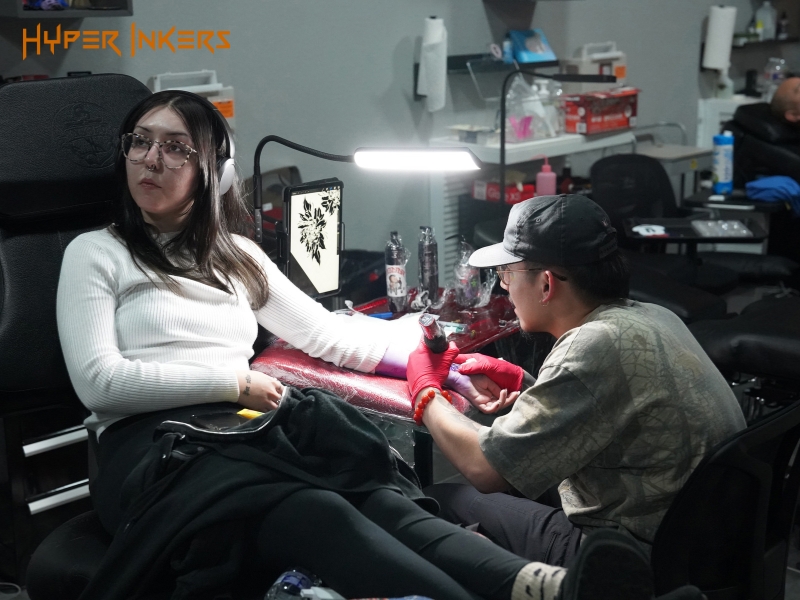
How to prepare for your tattoo appointment
Properly preparing for your tattoo appointment is crucial, as it directly impacts your comfort and the quality of the final artwork. For a first-timer, knowing the things to do before your first tattoo can turn nervousness into confidence. Follow these essential tips to ensure your session is a success.
- Protect Your Skin: In the weeks leading up to your appointment, avoid getting a sunburn, cuts, or scrapes on the area you plan to have tattooed. Your skin must be a healthy, undamaged canvas for the artist to work on.
- Communicate About Skin Conditions: If you have any skin conditions like eczema or psoriasis, inform your artist when you book the appointment. A flare-up might require rescheduling to ensure the tattoo heals properly.
- Stay Well-Hydrated: Drink plenty of water in the 24 hours before your session. Hydrated skin is more resilient and accepts ink more evenly, which contributes to a smoother process.
- Get a Good Night’s Sleep: Arriving well-rested will improve your stamina and pain tolerance, which is especially helpful for longer tattoo sessions.
- Eat a Full Meal: Have a substantial meal 1 to 2 hours before your appointment to keep your blood sugar levels stable. Understanding what to eat before getting a tattoo is crucial—focus on protein-rich foods, complex carbohydrates, and avoid alcohol or caffeine that might affect your blood sugar. This is the best way to prevent feeling dizzy or faint.
- Avoid Alcohol and Blood Thinners: Do not consume alcohol or medications like aspirin for at least 24 hours before getting tattooed. These substances thin your blood, which can lead to excessive bleeding during the session.
- Dress for the Occasion: Wear loose, comfortable clothing that provides easy access to the tattoo area. It’s also wise to wear dark colors to avoid any accidental ink stains.
- Pack a Small Go-Bag: Remember to bring your valid, government-issued photo ID, which is required for the consent forms. Also consider packing a water bottle, a few snacks, and headphones or a book to keep you distracted and comfortable.

Tips to aftercare your first tattoo
Proper tattoo aftercare is essential to prevent infection and ensure your tattoo heals vibrantly. Always follow the specific instructions from your artist, but here are the universal key points for a successful healing process.
- Keep it clean: Gently wash your new tattoo twice daily with mild, unscented antibacterial soap and lukewarm water. Avoid soaps with heavy fragrances or harsh chemicals that can irritate healing skin. Pat dry with a clean paper towel, never rub the sensitive area.
- Moisturize properly: Apply a thin layer of unscented lotion or healing ointment as recommended by your artist. Over-moisturizing can slow healing and cause problems.
- Avoid water submersion: Skip baths, swimming pools, and hot tubs for 2-3 weeks while your tattoo heals. Quick showers are fine.
- Protect from the sun: Keep your healing tattoo out of direct sunlight and avoid tanning beds completely during the healing process.
- Don’t pick or scratch: Resist the urge to pick at scabs or peeling skin, as this can damage your tattoo and cause permanent scarring.
Tips to maintain your tattoo
Congratulations, you’ve successfully healed your first tattoo! Now, the goal shifts from short-term healing to long-term care to protect your investment and keep your art looking sharp for decades. As your skin ages and changes, so will your tattoo. However, with a few consistent habits, you can dramatically slow this process.
From my experience, these are the most impactful things you can do to maintain your tattoo’s vibrancy.
- Use Sunscreen: This is the most important rule of long-term tattoo care. The sun’s UV rays are the number one cause of tattoo fading. They penetrate the skin and break down the ink particles over time, causing bold lines to soften, blur, and colors to lose their vibrancy. Make applying a high-SPF sunscreen a daily habit for any tattoos that are exposed to the sun.
- Moisturize Regularly: Keeping your skin hydrated will help the ink look sharp and clear.
- Be Mindful of Significant Weight Changes: Your skin is an organ that stretches. Drastic weight gain or loss can stretch and distort the appearance of your tattoo, especially if it’s in an area prone to change, like the stomach or upper arms. While this is just a part of life, being aware of it can influence your initial placement decision.
- Exfoliate—But Only When Fully Healed: After your tattoo is completely healed (wait at least a month or two), you can gently exfoliate the area once a week. Why? This removes the layer of dead skin cells that can build up and make your tattoo appear dull, instantly revealing a more vibrant look. Never exfoliate a tattoo that is still in the healing process.
Why should you choose Hyper Inkers for your first tattoo?
Hyper Inkers specializes in creating exceptional first tattoo experiences with expert artists and comprehensive support throughout your journey, making it the best tattoo parlor in San Antonio. Below are the reasons why:
- Award-winning expertise: Our artists have earned 20+ world convention awards and over 40+ trophies, demonstrating exceptional skill and artistic recognition in the tattoo industry.
- 15+ years of combined experience: Our team brings over a decade and a half of professional tattooing experience, ensuring you receive expert guidance for your first tattoo.
- First-timer friendly approach: We understand the nervousness that comes with getting your first tattoo and provide patient, thorough consultations to ensure you feel comfortable and informed.
- Strict safety standards: We maintain medical-grade sterilization protocols and use only high-quality, single-use equipment to protect your health and safety.
- Comprehensive aftercare support: We provide detailed aftercare instructions and ongoing support to ensure your tattoo heals perfectly and maintains its quality over time.

FAQ
Should you tip your tattoo artist? How much is appropriate?
Understanding how much to tip tattoo artist is customary and appreciated; many clients leave around 15–20%, depending on the service quality and complexity of the tattoo.
While not mandatory, tipping your artist (typically 15–20%) is a great way to show appreciation for their skill and effort.
When should you start aftercare for a new tattoo?
You should begin your aftercare routine as soon as you remove the initial bandage, which is typically a few hours after your appointment, or as directed by your artist.
What to avoid after your first tattoo?
Avoid direct sunlight, soaking the tattoo in water (baths, swimming), and picking or scratching at the healing skin. You should also avoid tight clothing that might rub against the tattoo and cause irritation.
Can I bring a friend/family member?
Most tattoo shops allow one support person, but it’s always best to check with your artist first. Your guest must remain quiet, stay out of the workspace, and follow all shop rules to keep the environment comfortable for everyone. Some artists prefer working without spectators, especially for first-time clients who might be more nervous.
How long until my tattoo is fully healed and I can resume normal activities?
Your tattoo will surface heal in 2-4 weeks. You can return to normal activities like swimming and intense workouts after 3-4 weeks. Light exercise can resume after one week, but avoid activities that cause excessive sweating or clothing friction during the first 7-10 days to protect your healing tattoo.
What is a “Skin Check” post-tattoo and why is it important?
A skin check is a follow-up appointment where your artist examines your healed tattoo for any issues like infection, poor healing, or color loss. It typically occurs 2-4 weeks after your session and allows for touch-ups if needed. This ensures your tattoo has healed properly and maintains its intended appearance.
Getting your first tattoo becomes an exciting, positive experience when you prepare properly and choose the right professionals. Following these preparation steps – from design selection to aftercare – protects your investment and sets you up for beautiful, lasting results. At Hyper Inkers, our experienced team guides first-time clients through every step, ensuring your tattoo journey exceeds expectations from consultation to full healing.











